Places to explore in…
Madagascar
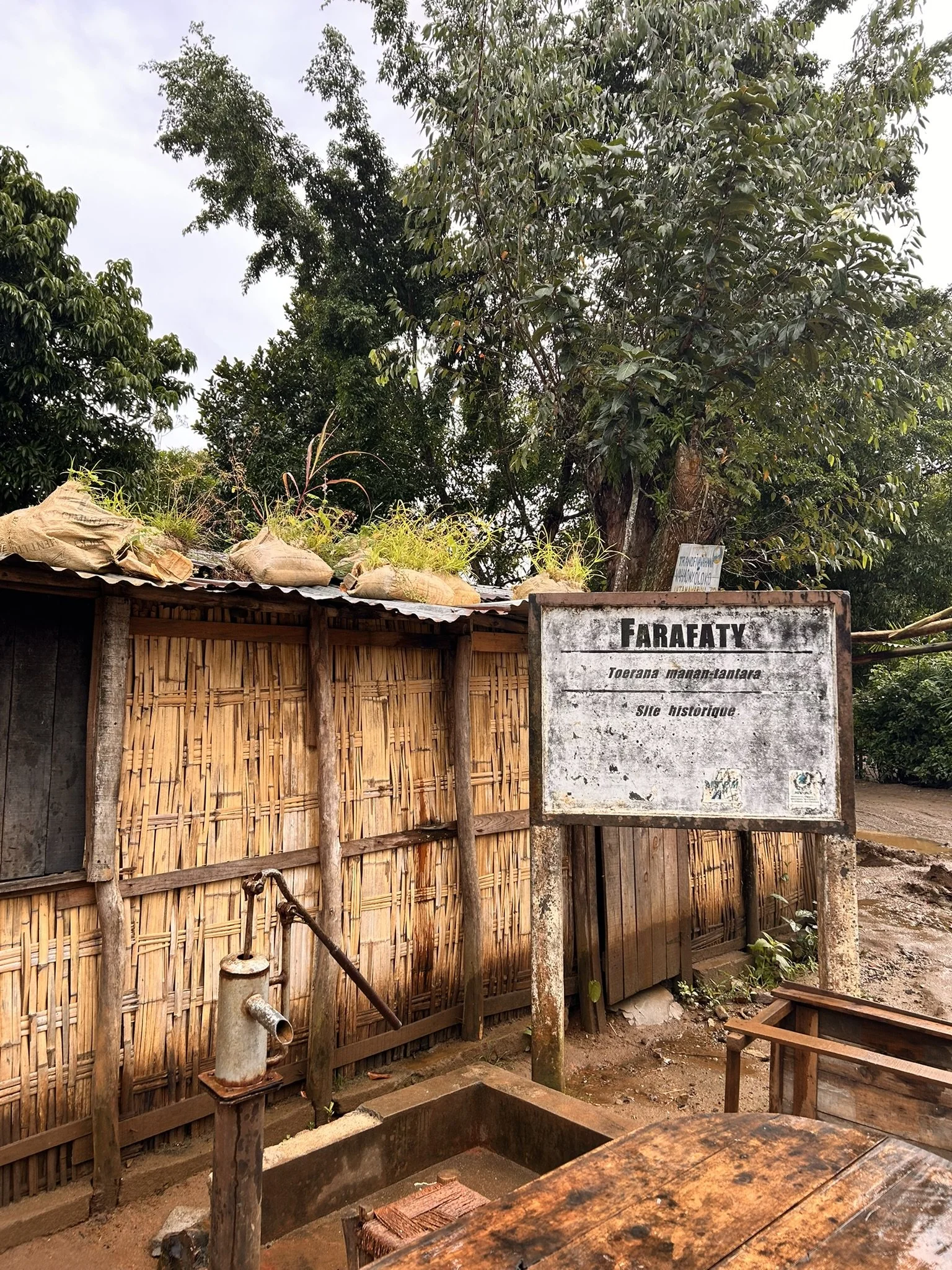
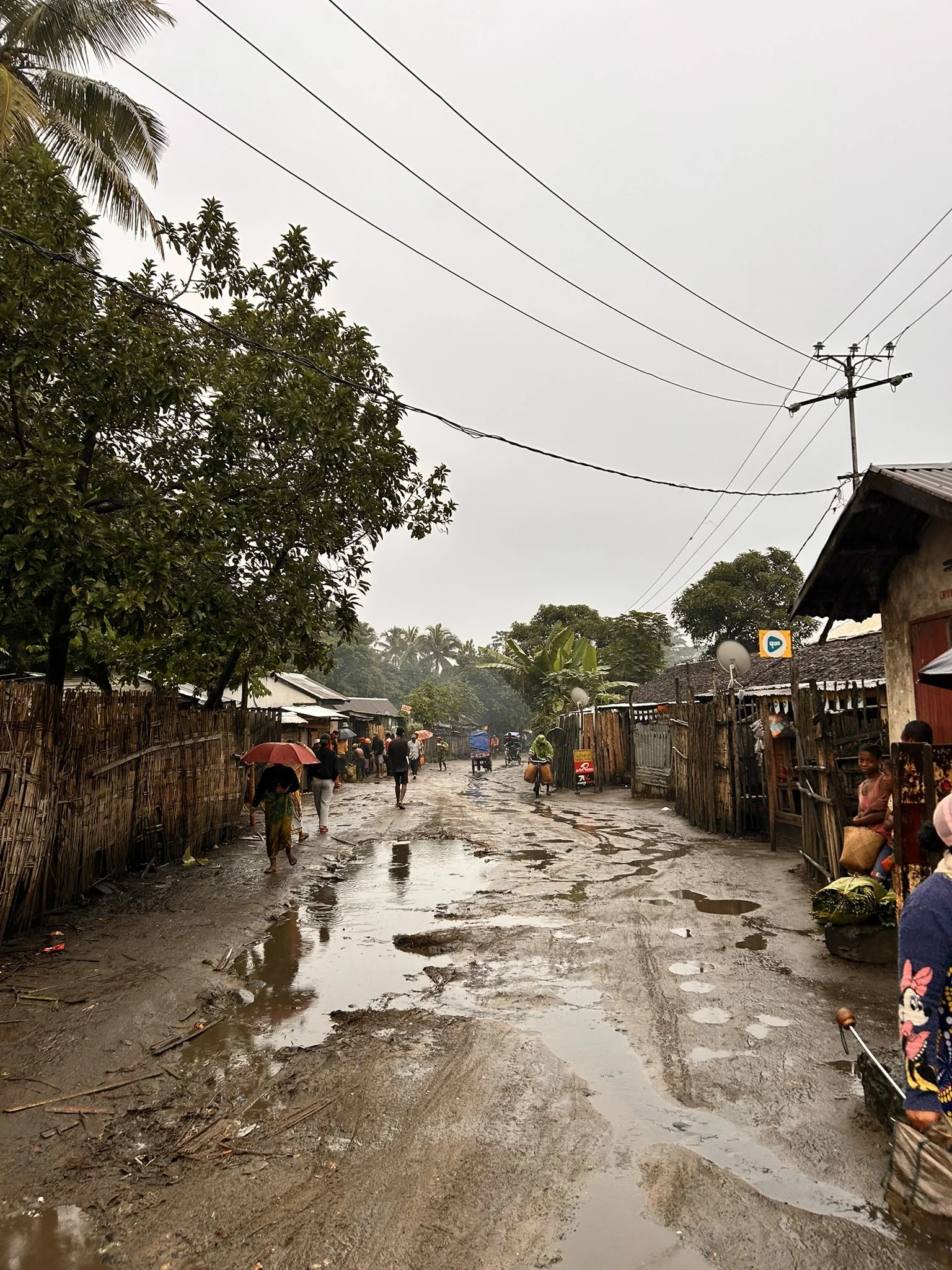
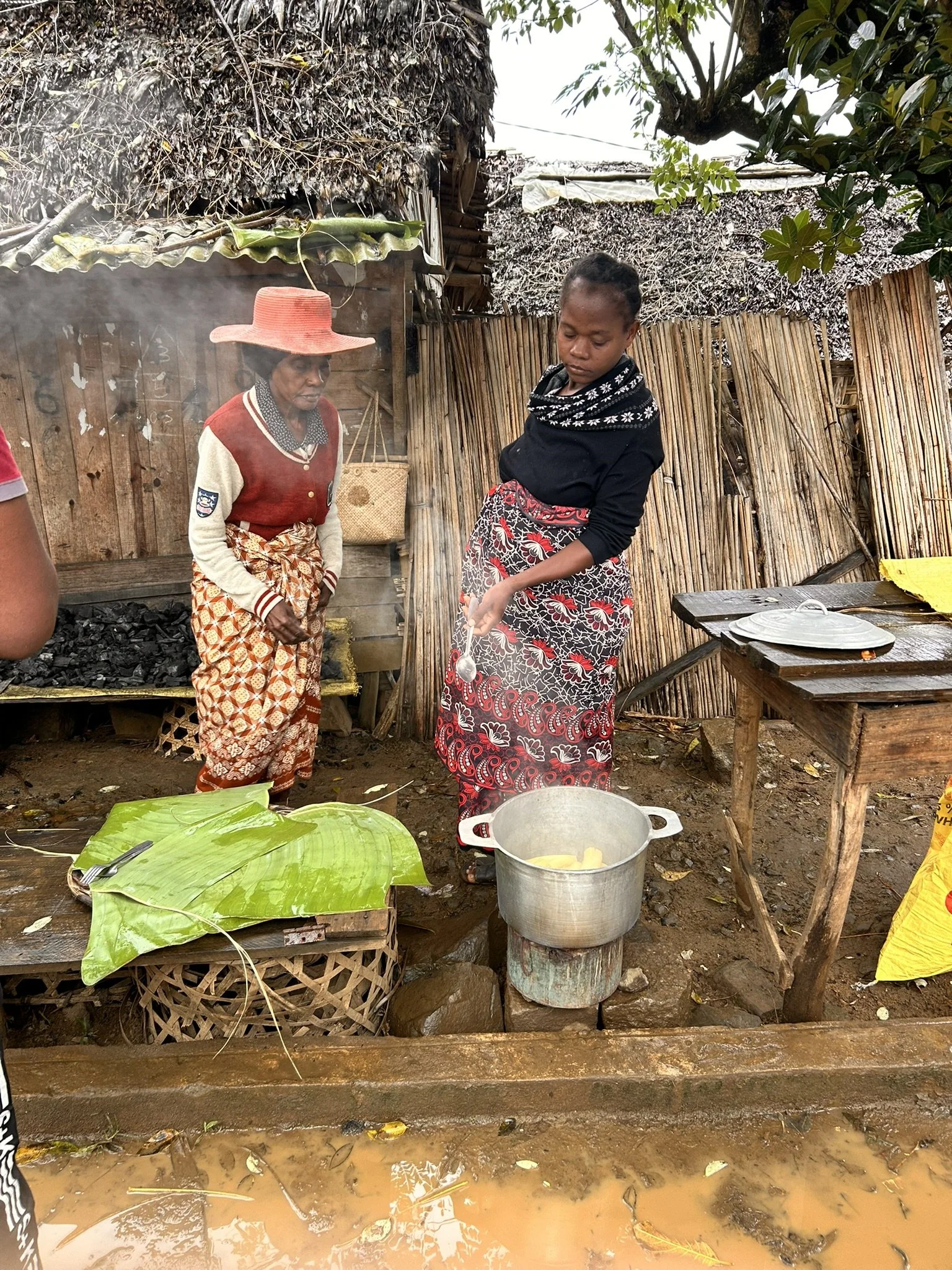
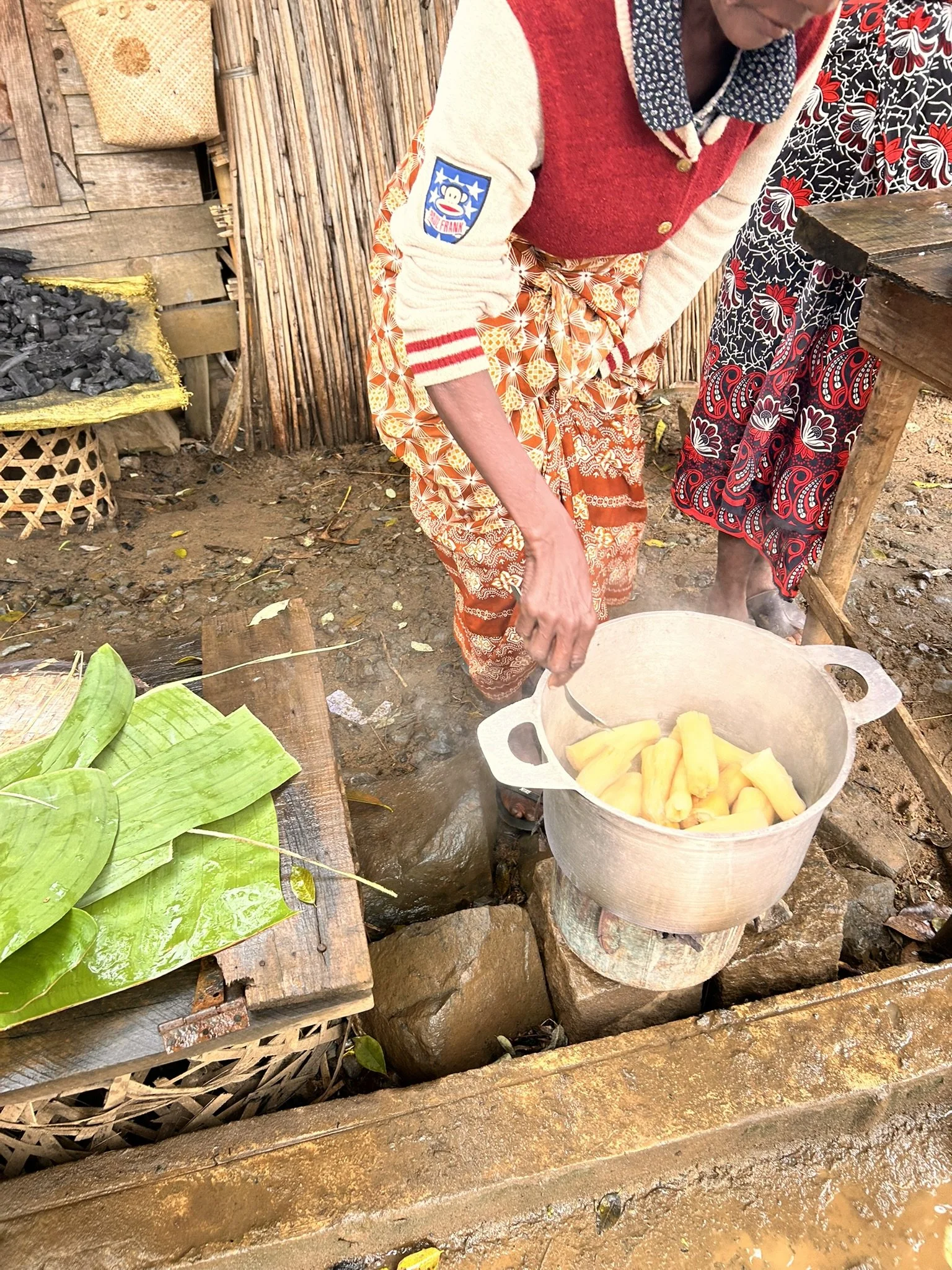
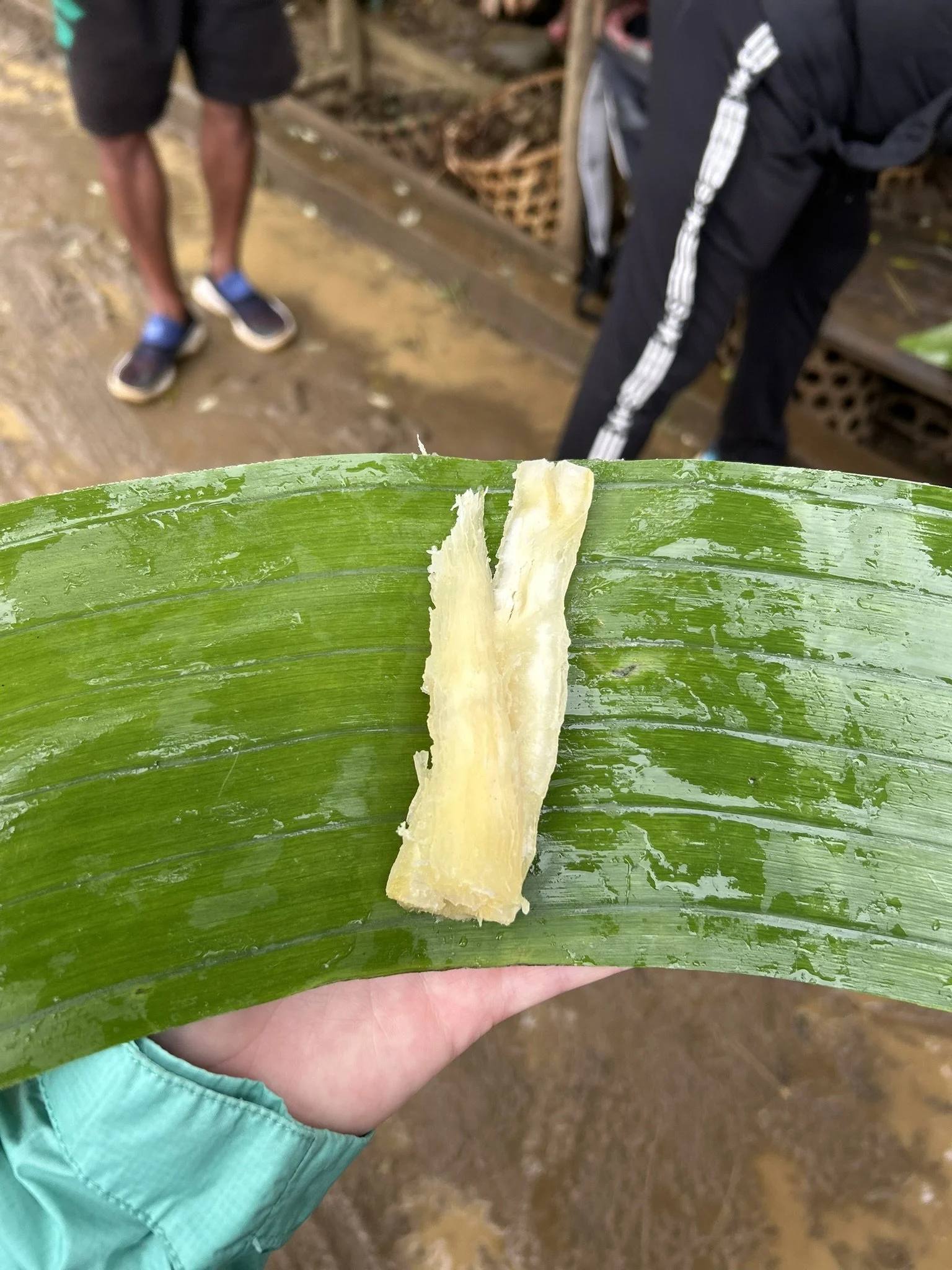
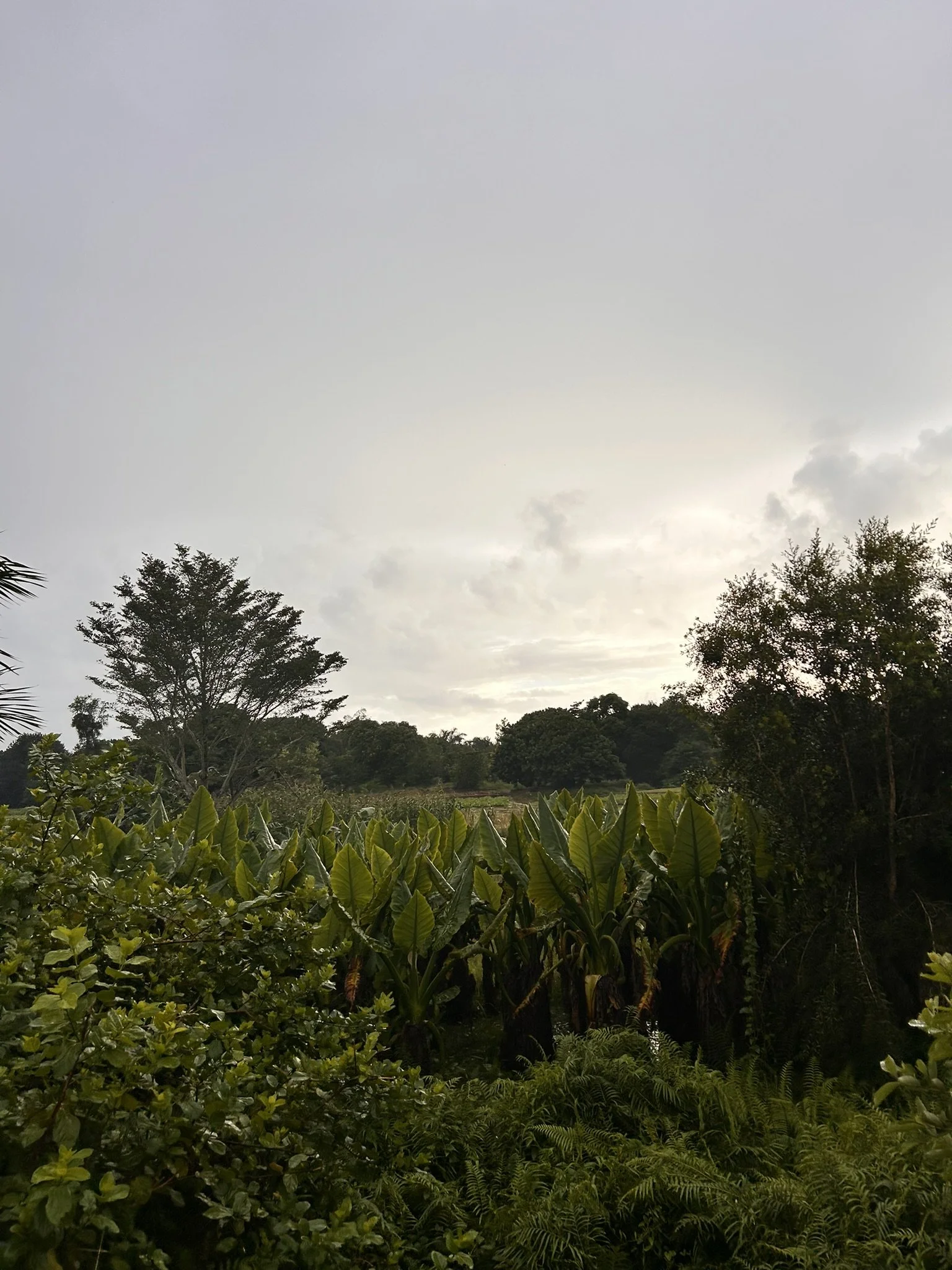
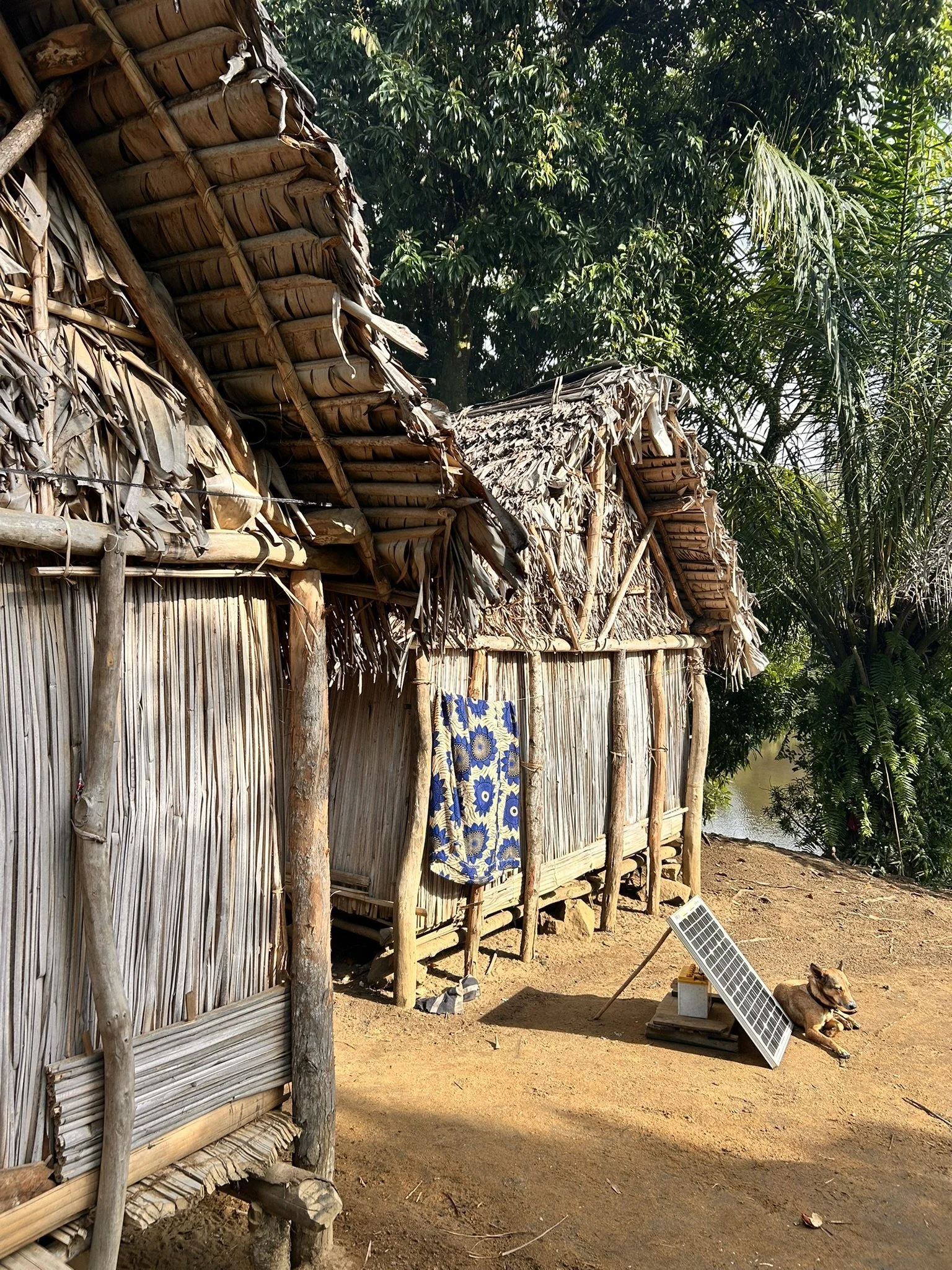
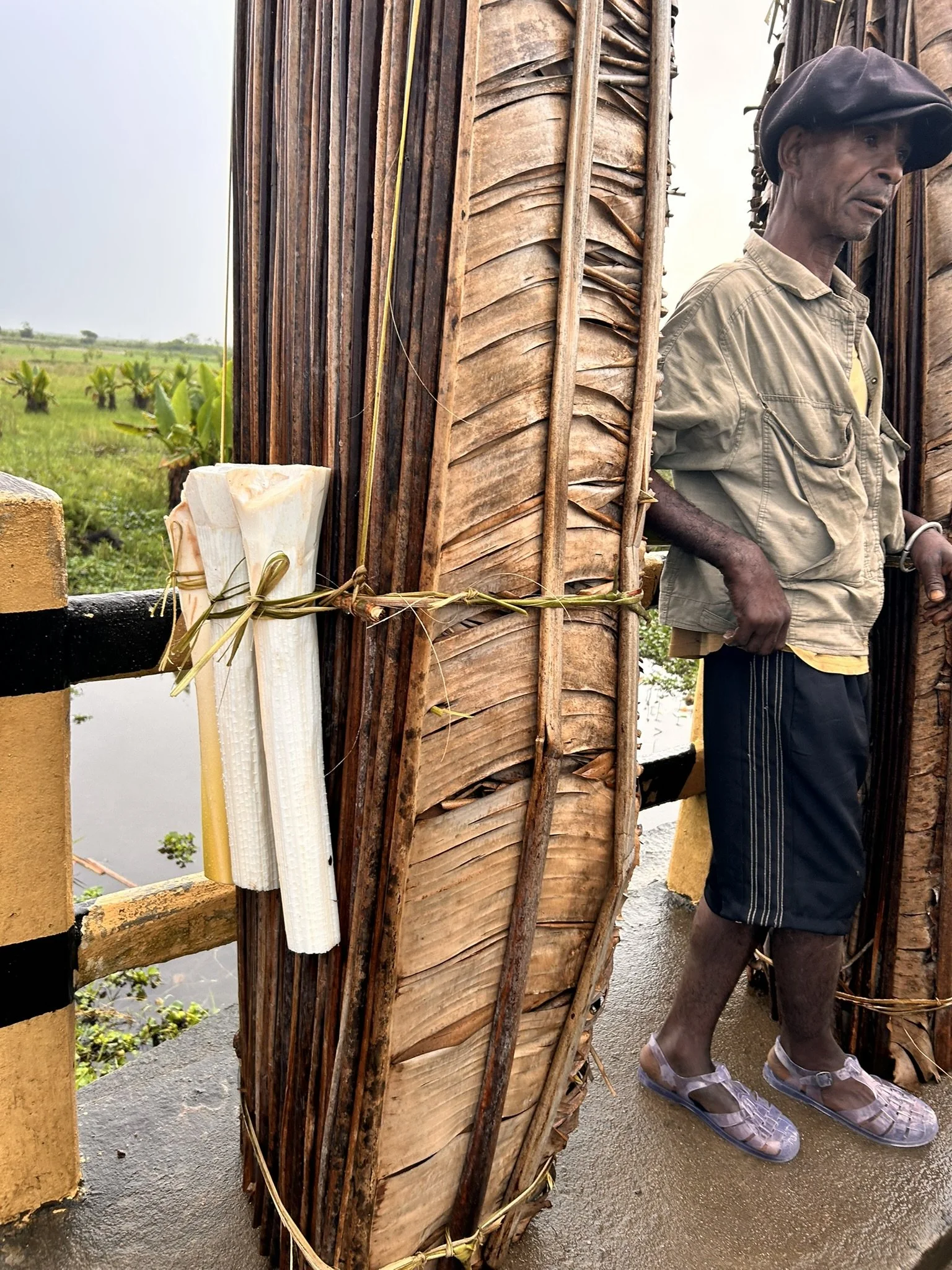
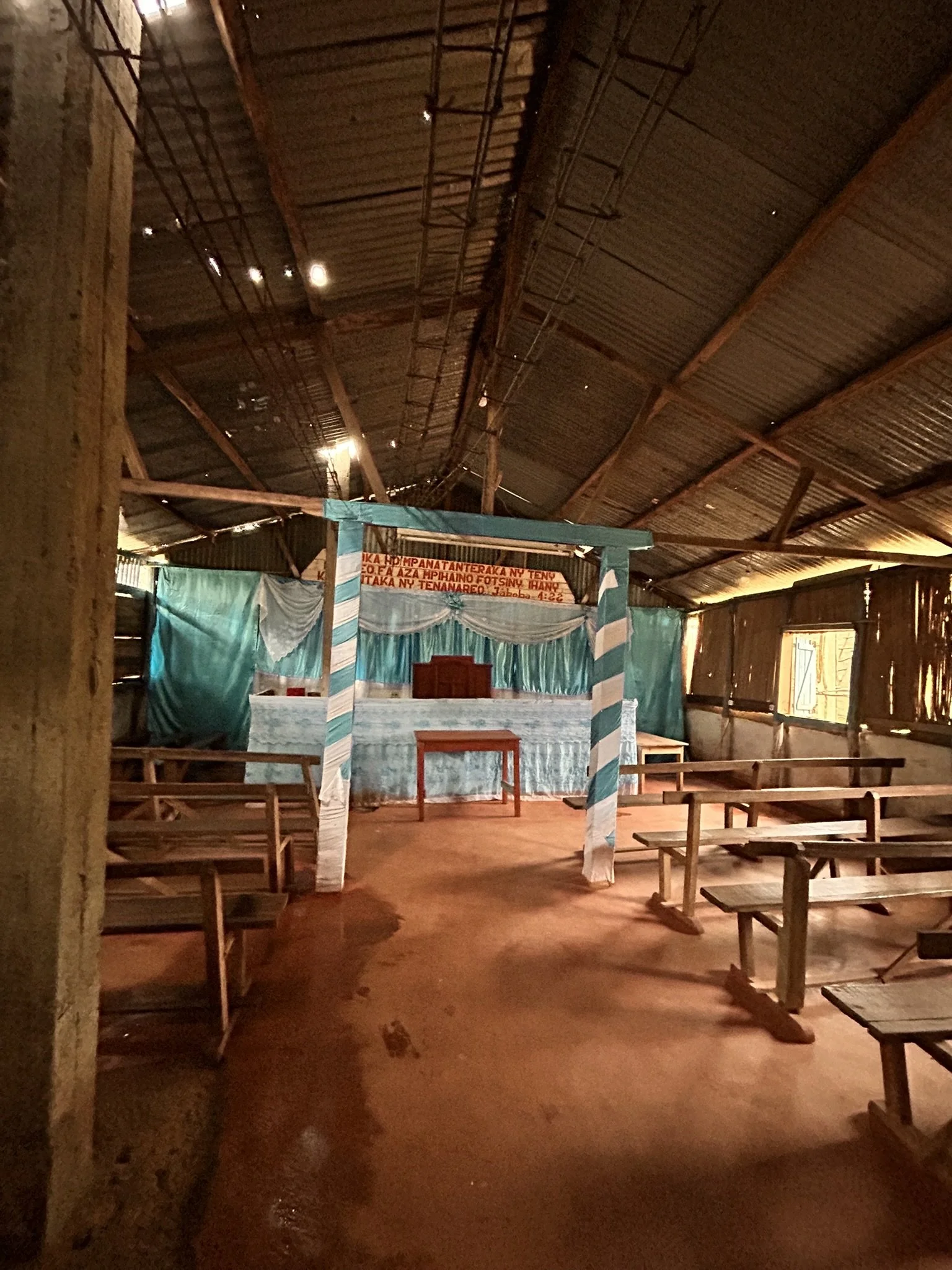
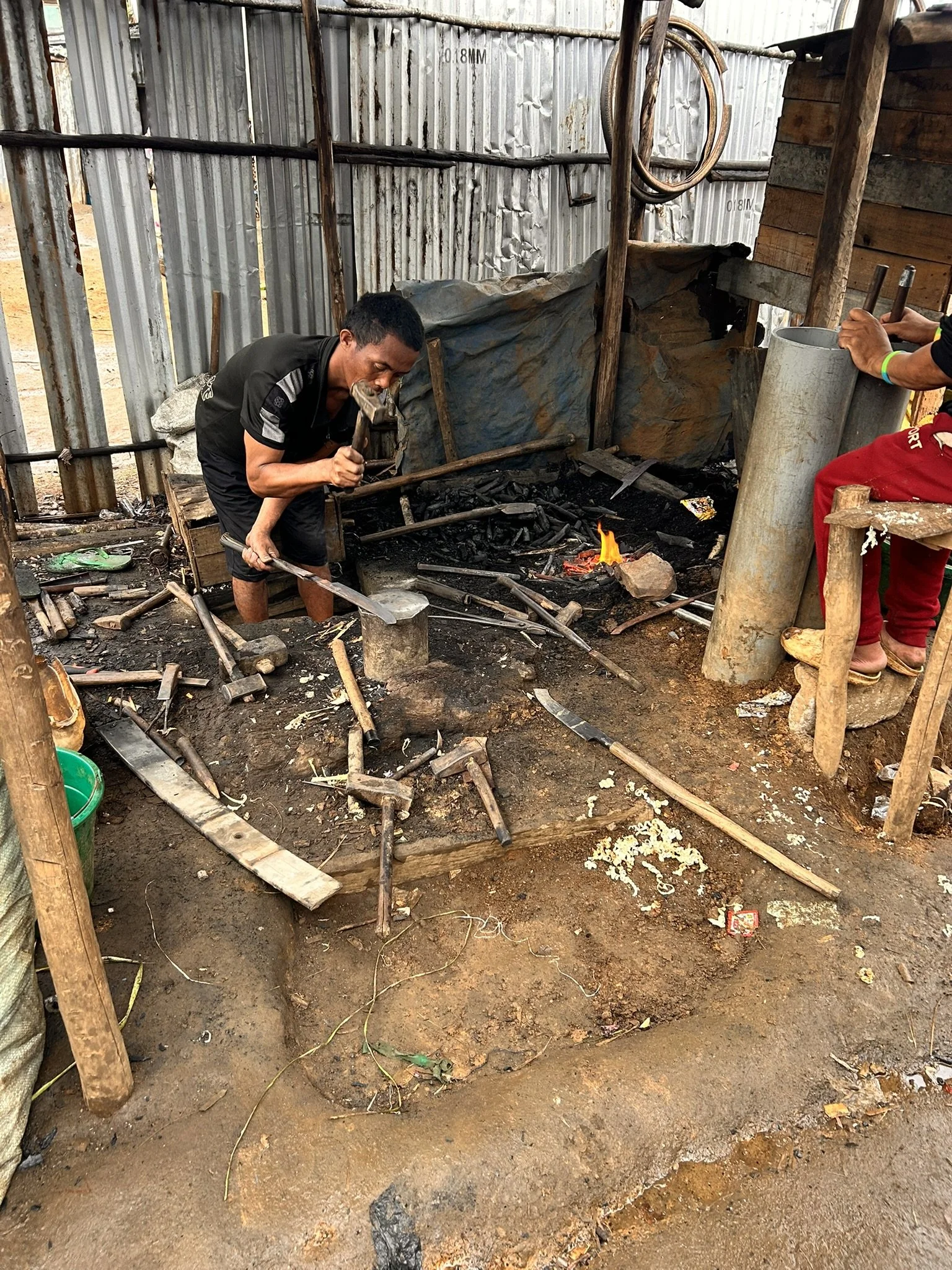
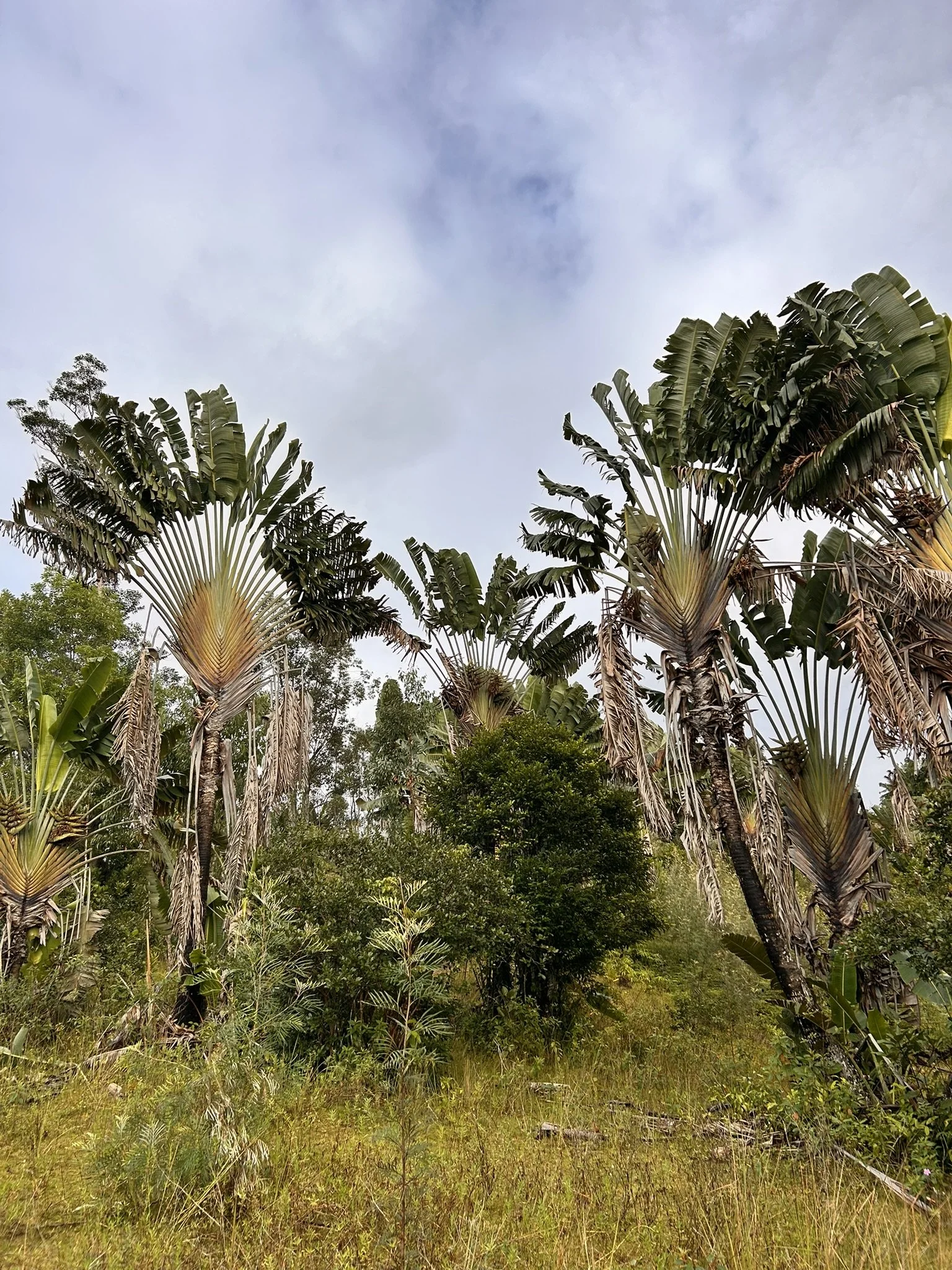
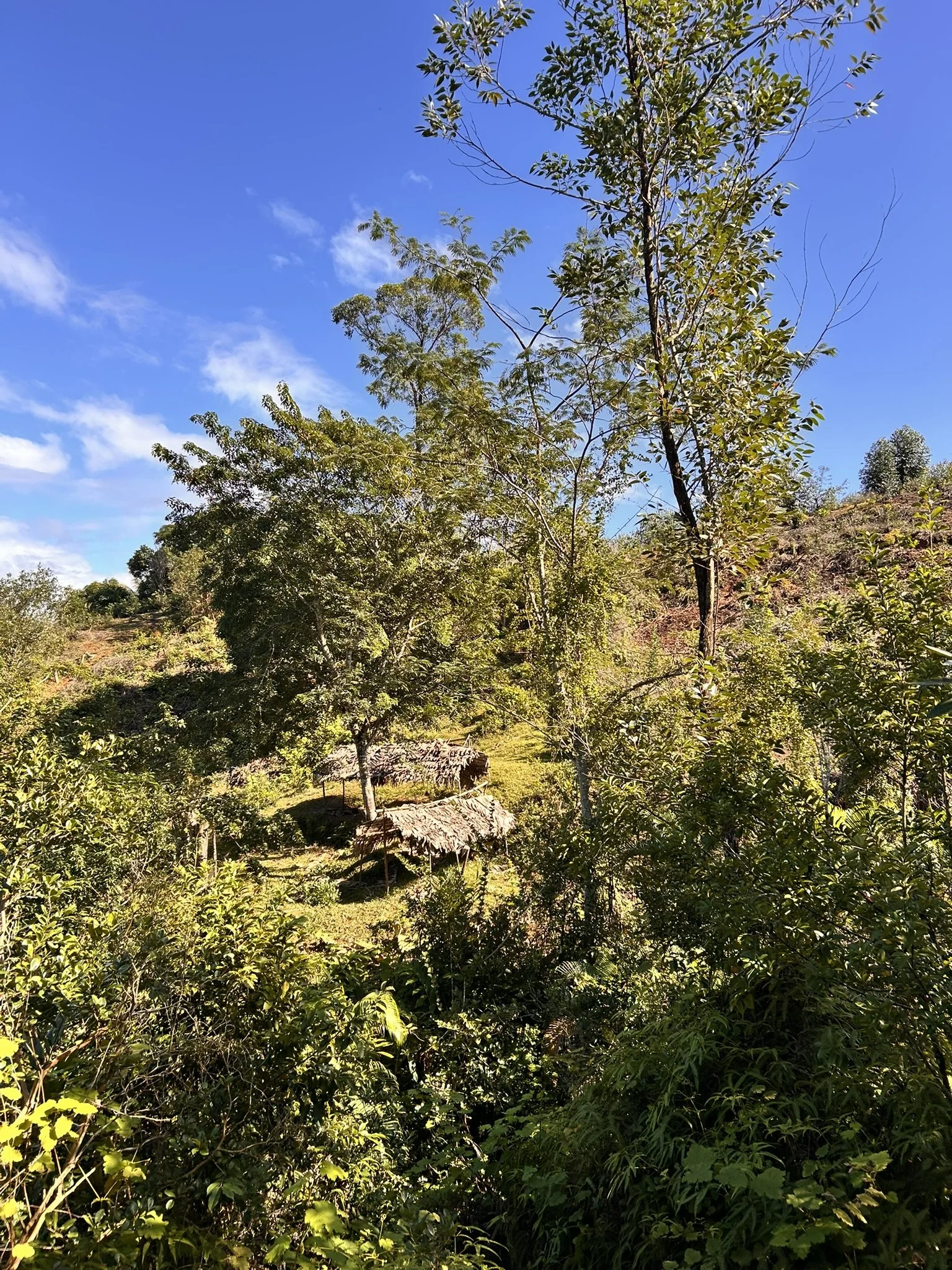
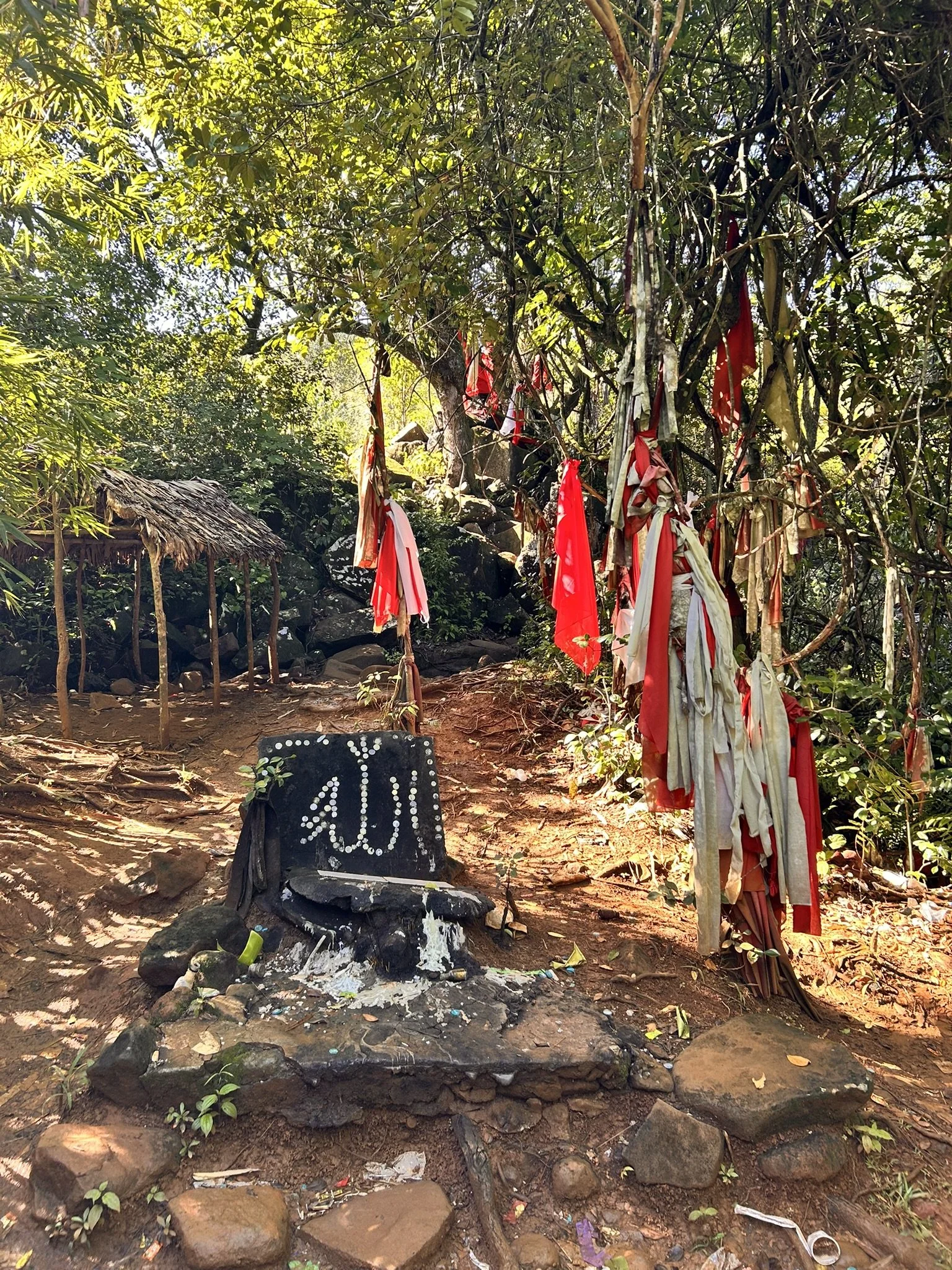
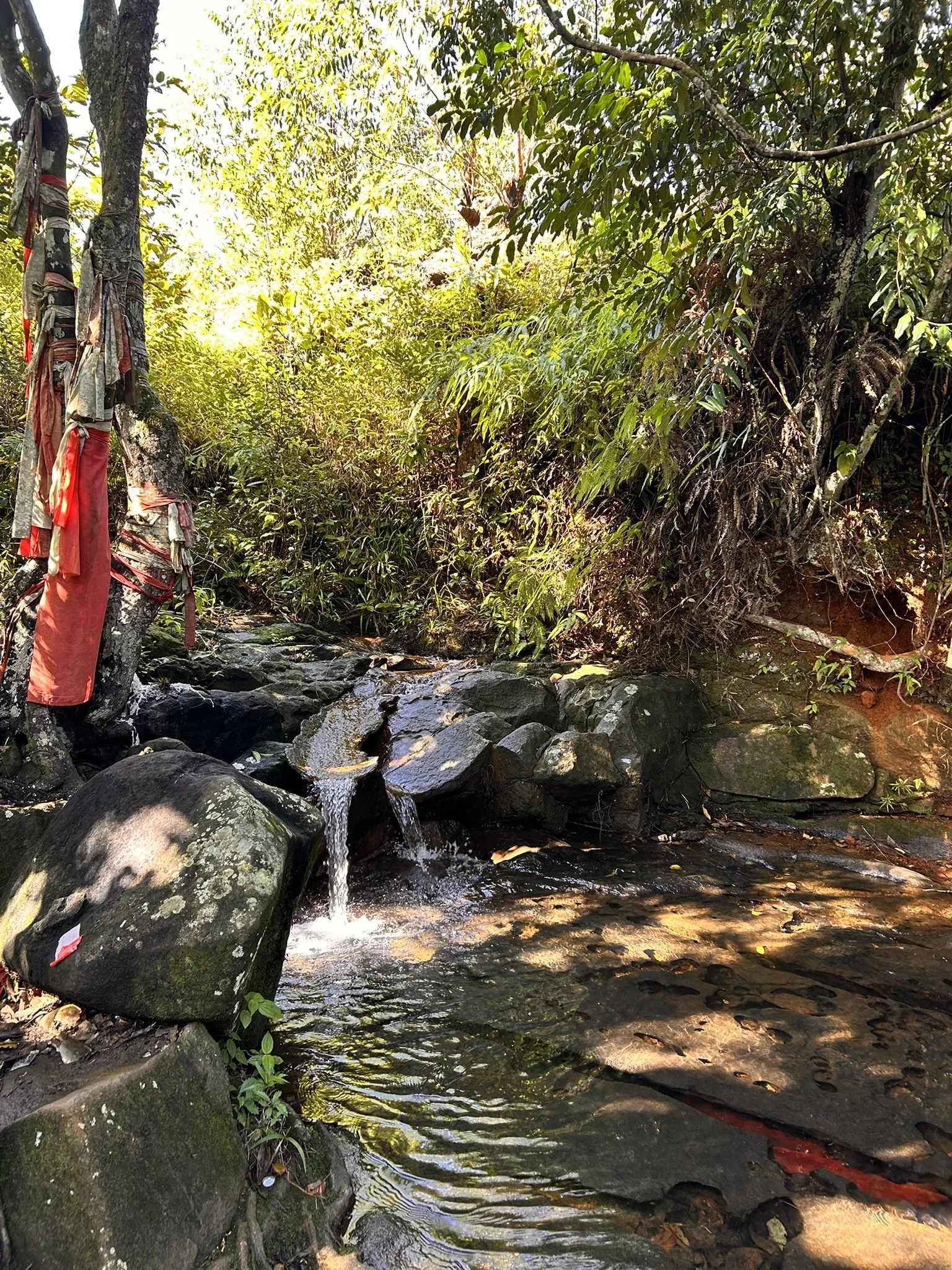
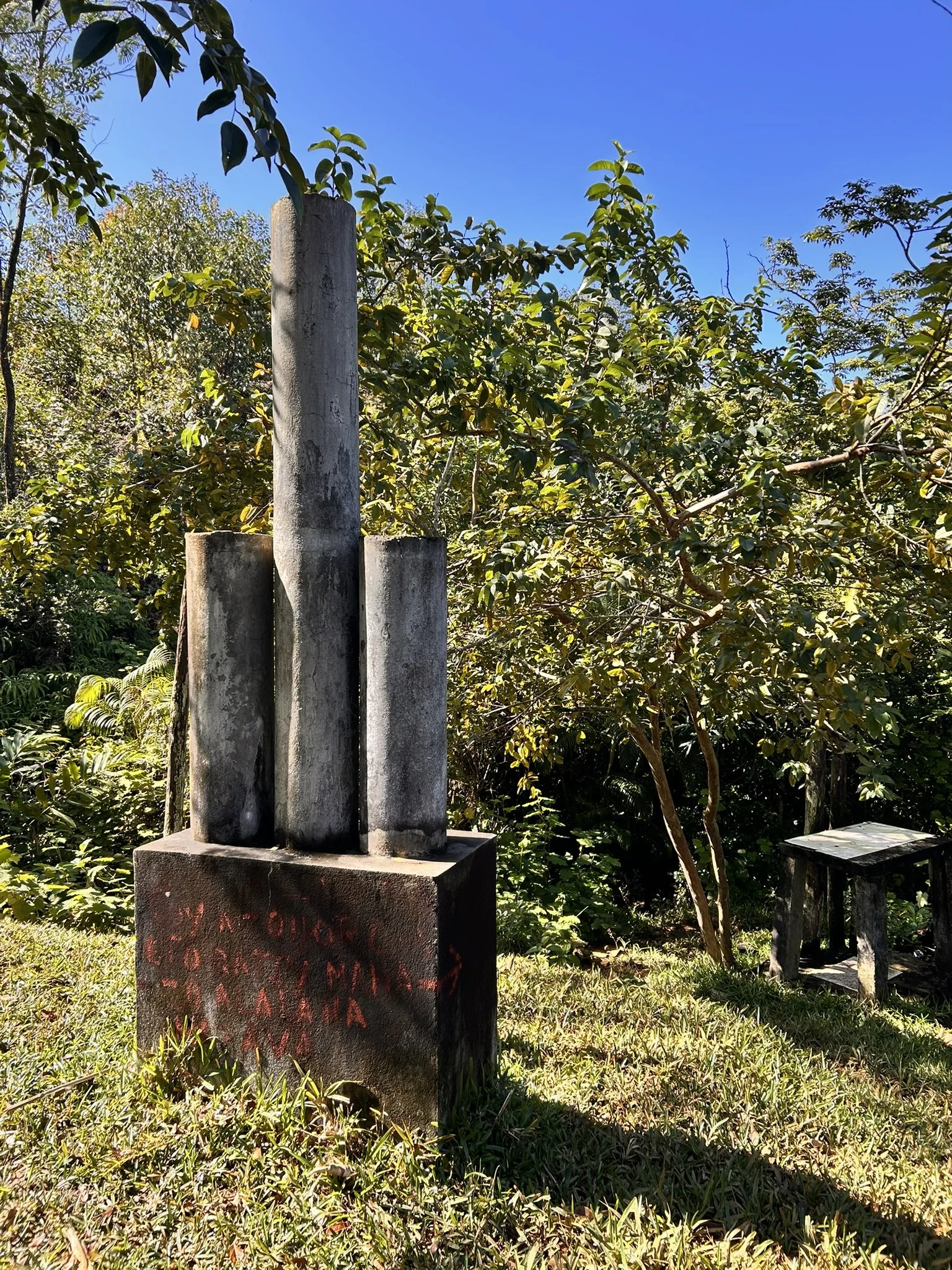
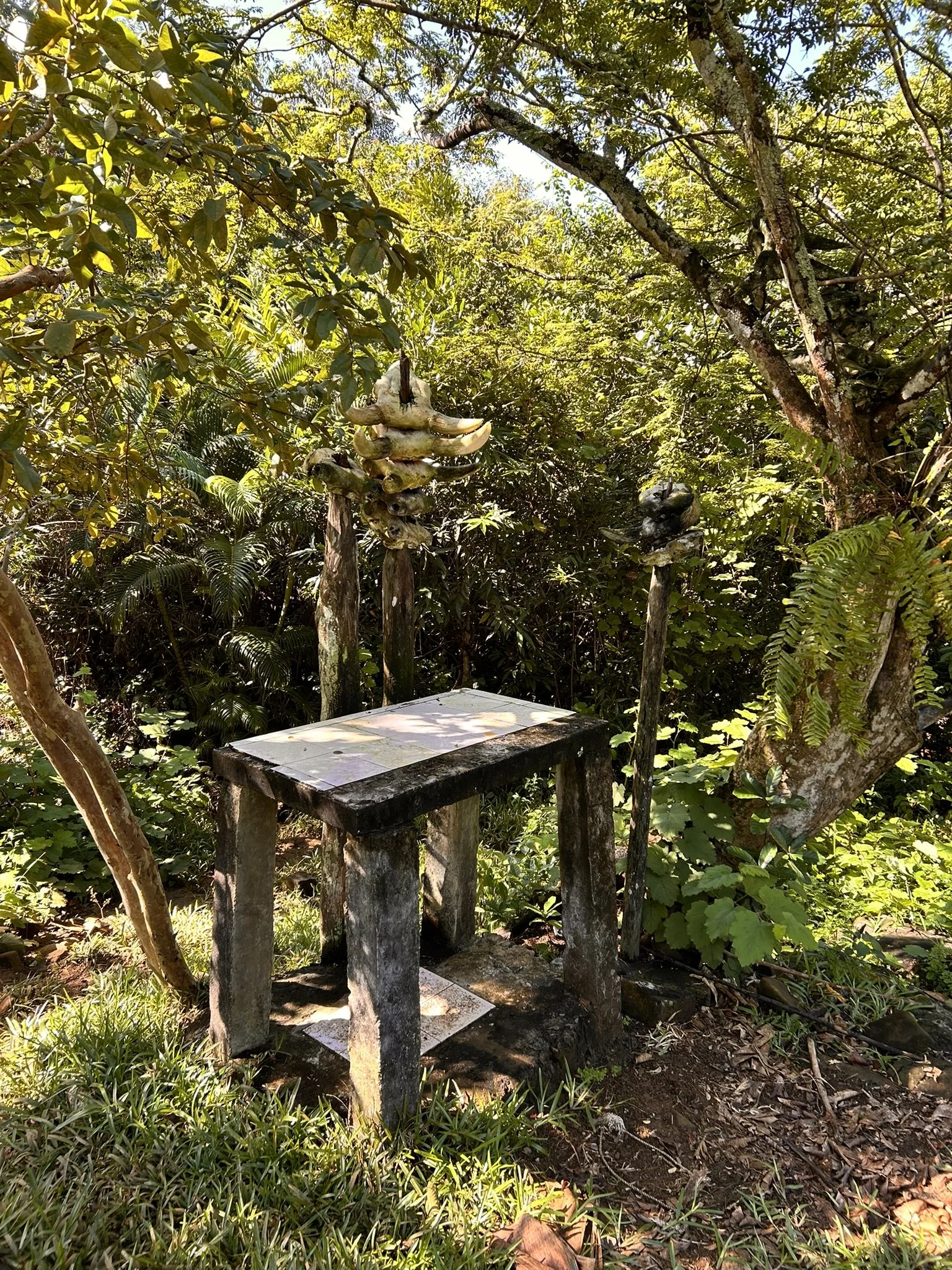
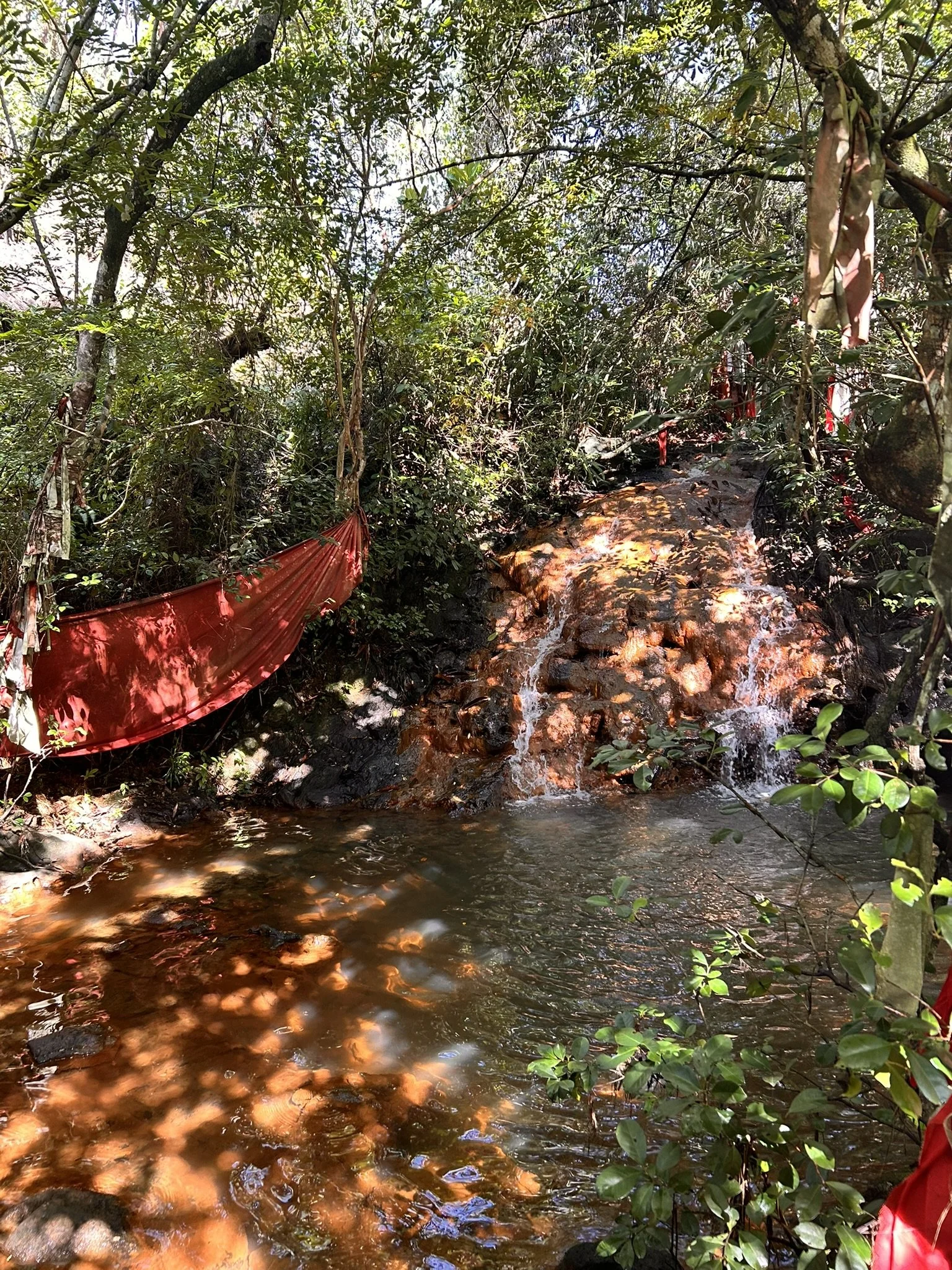
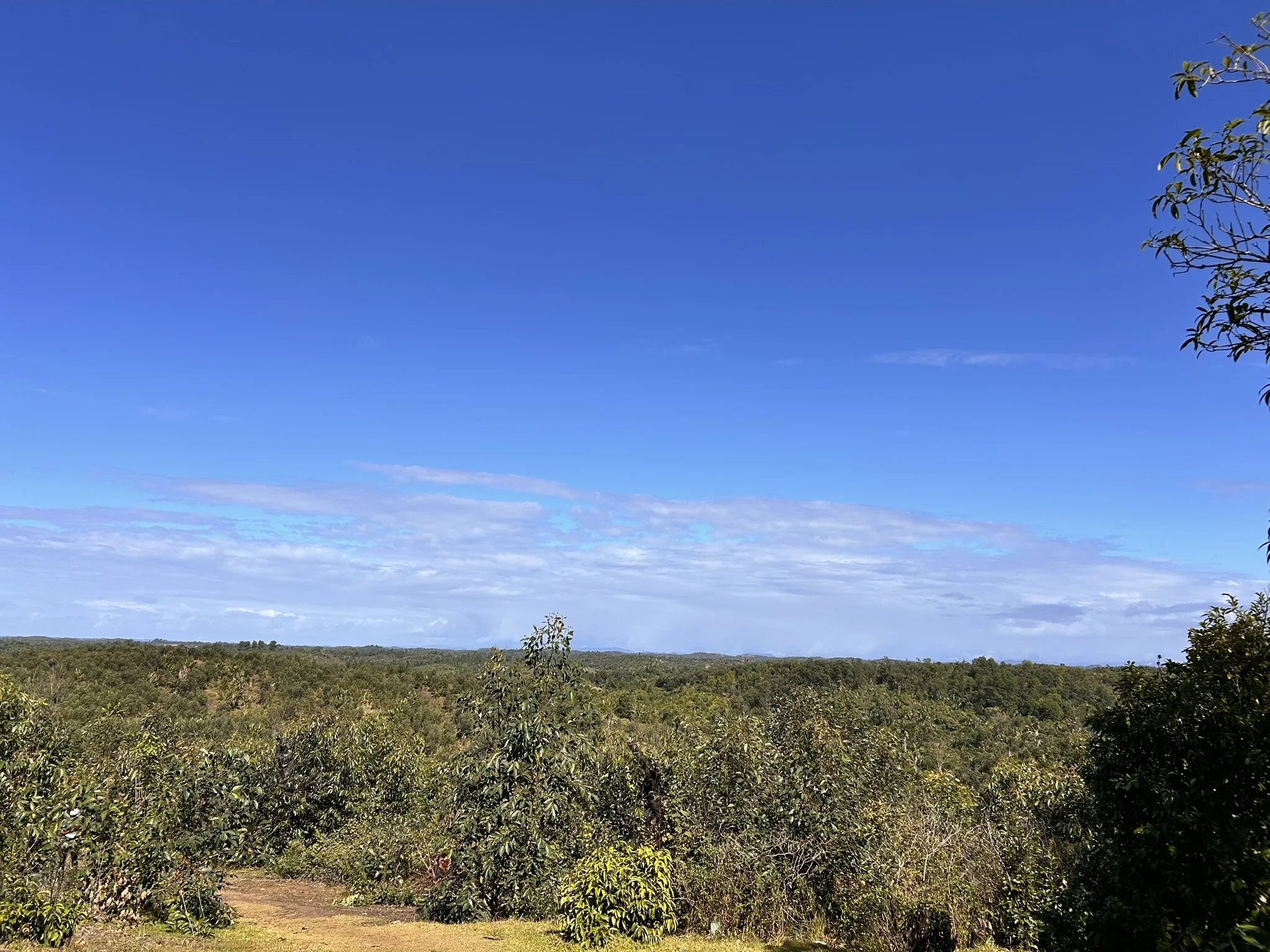
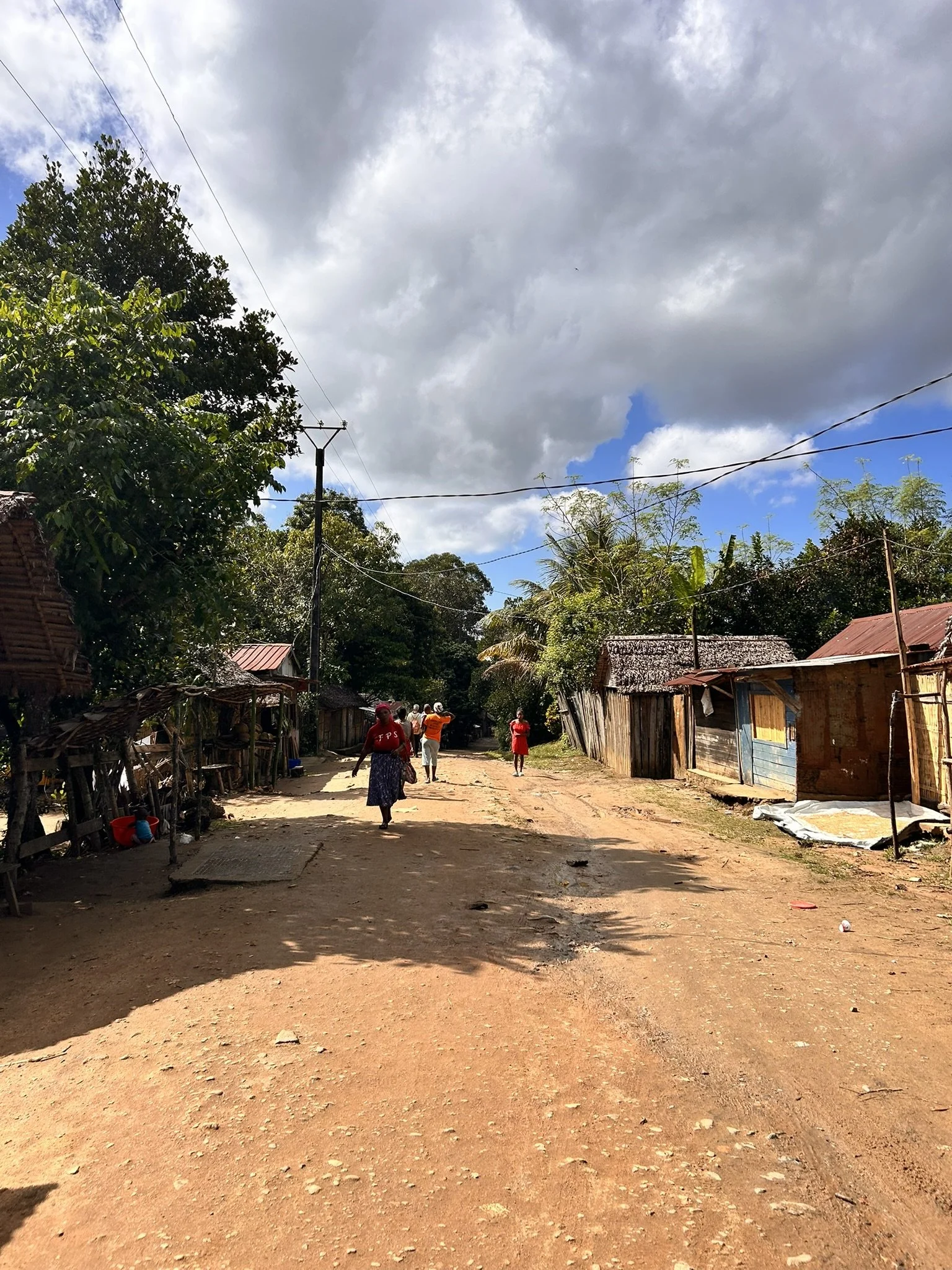
Into the Heart of Rural Toamasina
One Tuesday, we traded the ship’s steel decks for the red earth of the countryside, venturing inland with a local guide toward the village of Farafaty. At first glance, it’s a quiet community tucked between shimmering rice paddies and a glistening waterway—but its history is fierce. Farafaty was the site of the first armed conflict between the Malagasy and foreign forces, when the French attempted to advance inland. Using their intimate knowledge of the terrain and the resources around them, the Malagasy turned the landscape into a weapon, outmaneuvering the French and claiming a victory that still resonates in local memory.
The hike was a feast for the senses. We stopped to taste cassava root, its texture like a stickier potato, and Malagasy bread, a pillowy, sweet ball of dough that melted on the tongue. Along the way, we passed farmers bent over in their fields, women washing clothes in the river, and blacksmiths hammering red-hot metal into tools. Charcoal makers tended their slow-burning mounds of wood, the air scented with smoke.
Eventually, our path narrowed and disappeared beneath the jungle canopy. Our guide led us to a hidden sacred site, a place invisible to outsiders but deeply known to those who worship here. The Malagasy people, especially in rural areas, often follow a form of animism—the belief that the natural world is alive with spiritual presence, from rivers to rocks to ancestral spirits who still guide the living.
Here, rituals weave together the elements of the earth:
Wind – burning incense, its smoke curling skyward with prayers.
Earth – immersing fully in the river, connecting the body to the land.
Fire – lighting candles to carry intentions into the unseen world.
Water – offering bottles of fresh water or alcohol to the spirits.
When a prayer is answered, the believer returns to this spot with an animal for sacrifice—the size of the animal reflecting the weight of the prayer. A zebu offering is the most significant, requiring the entire community to gather and share the meat immediately in a celebration of gratitude. The sacred sites are deliberately hidden among hills and forests, as much a secret as the prayers whispered within them. It felt like stepping through a doorway into the living heart of Madagascar’s spiritual heritage.
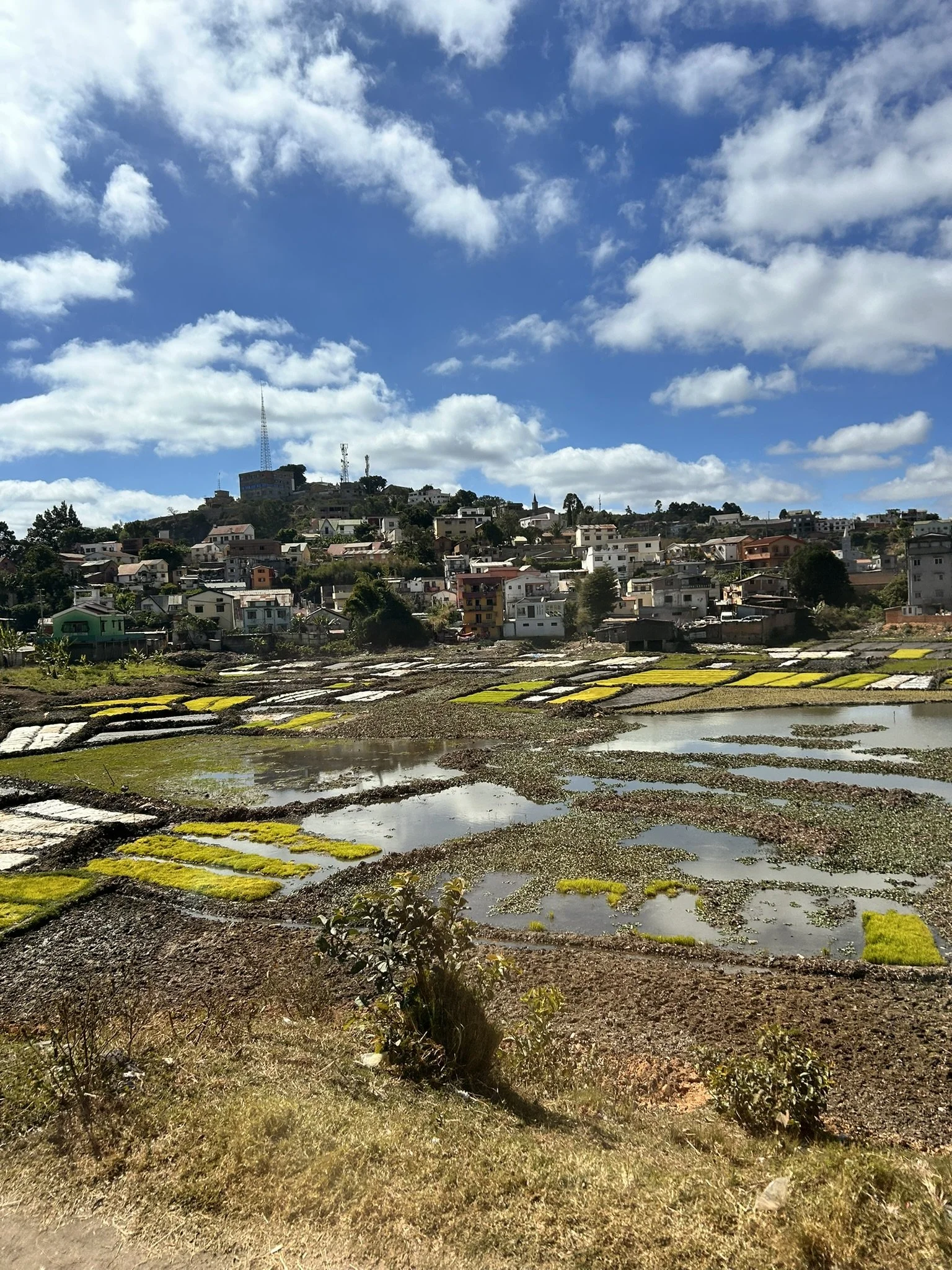
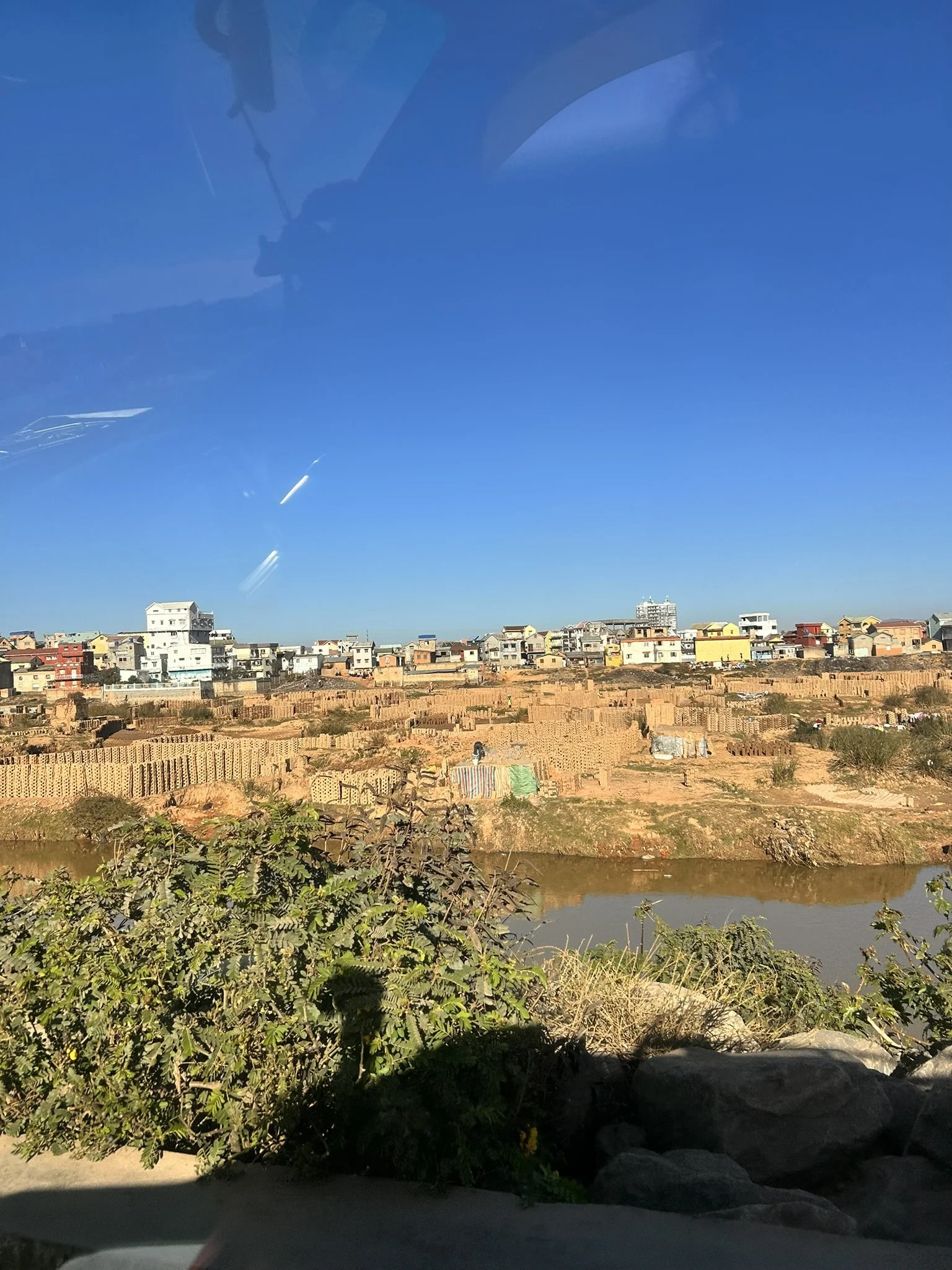
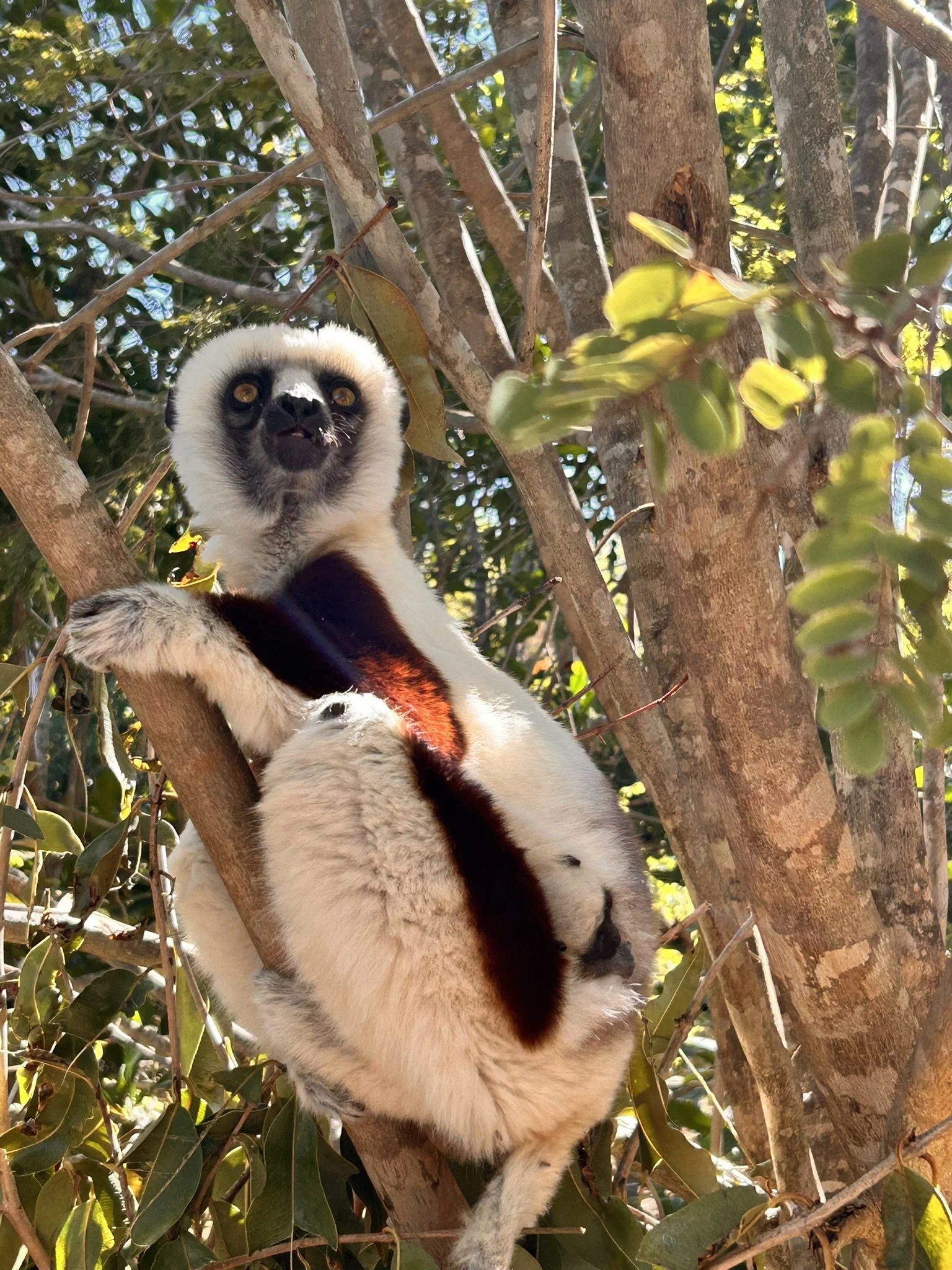
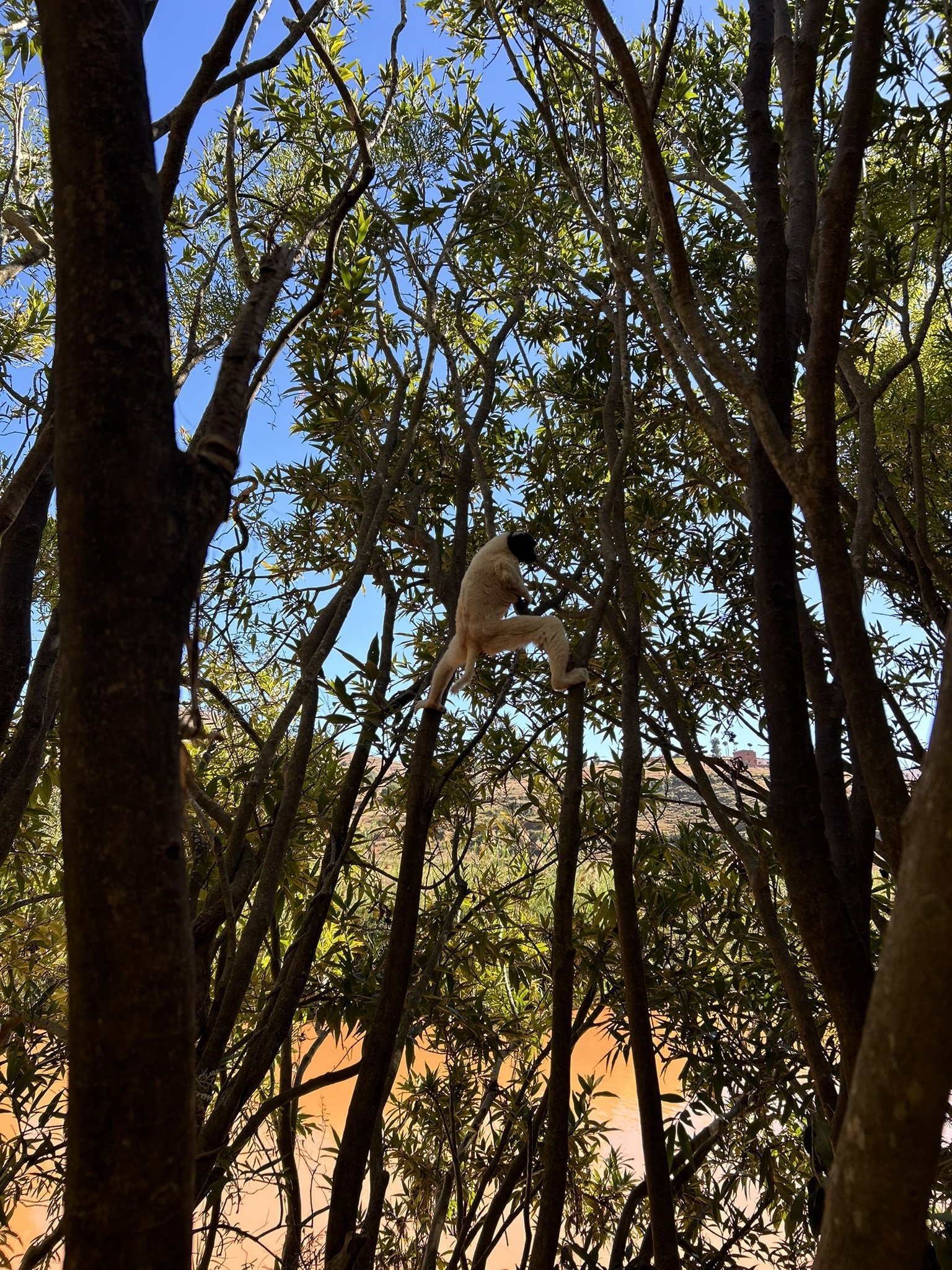
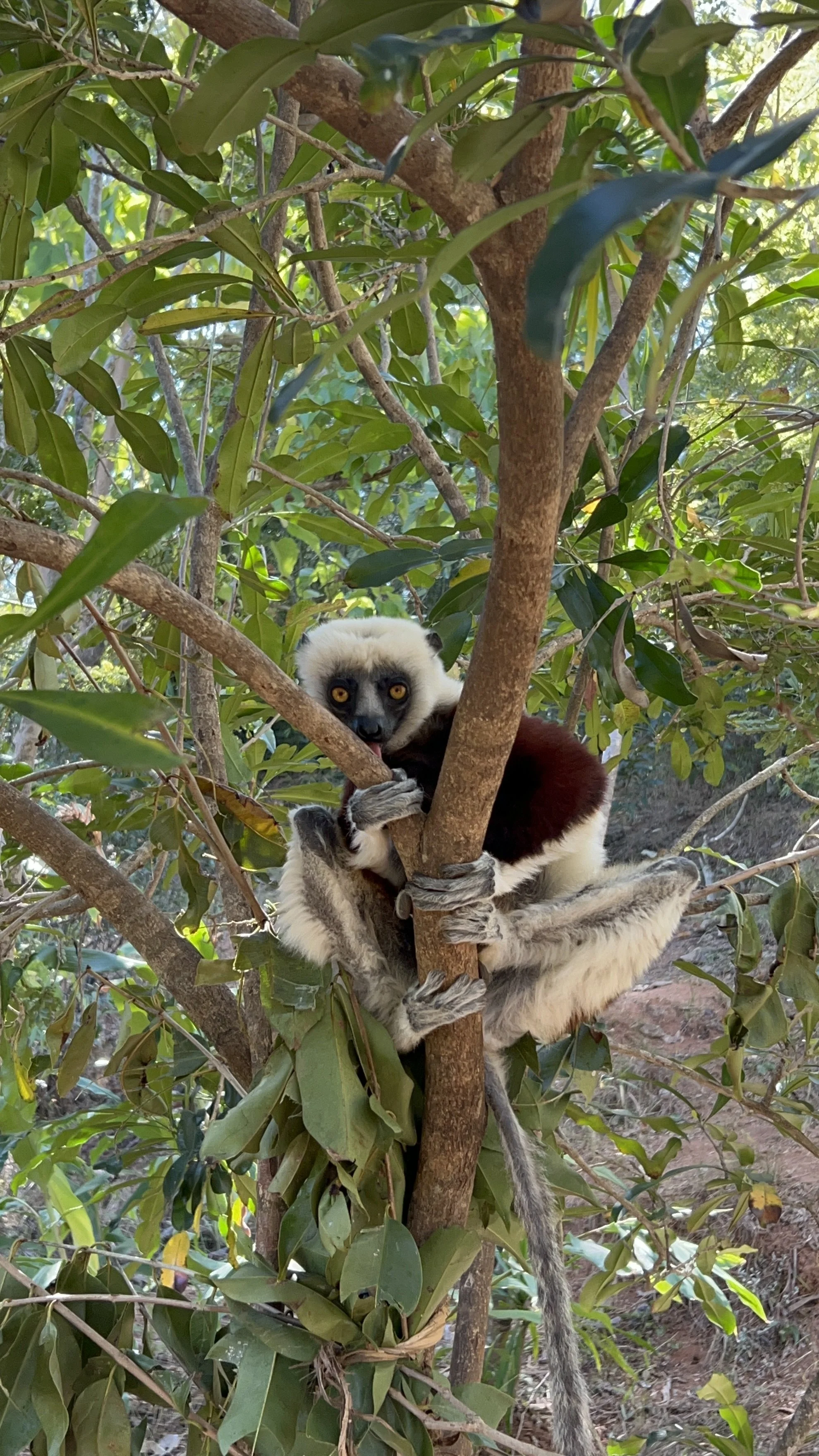
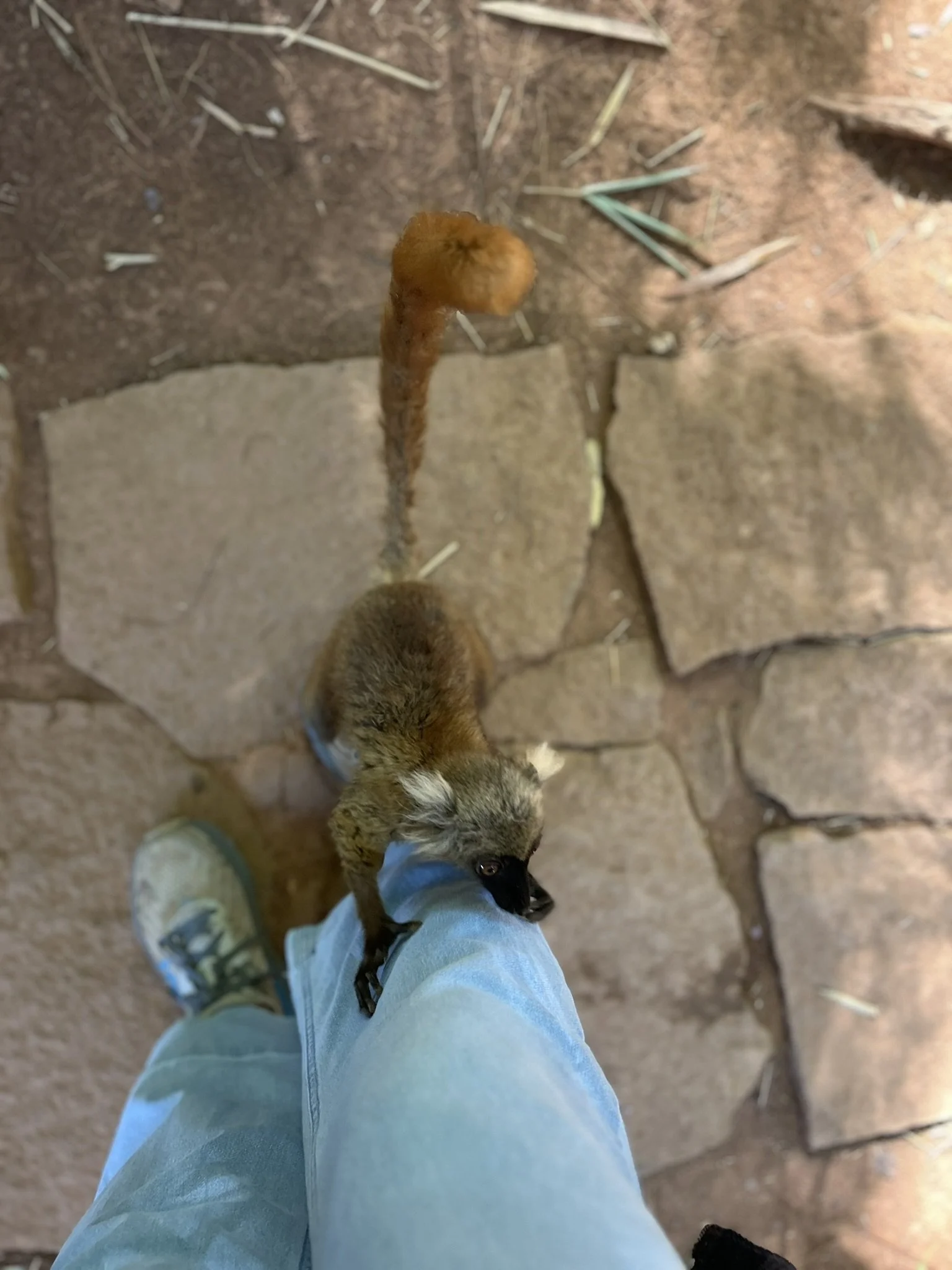
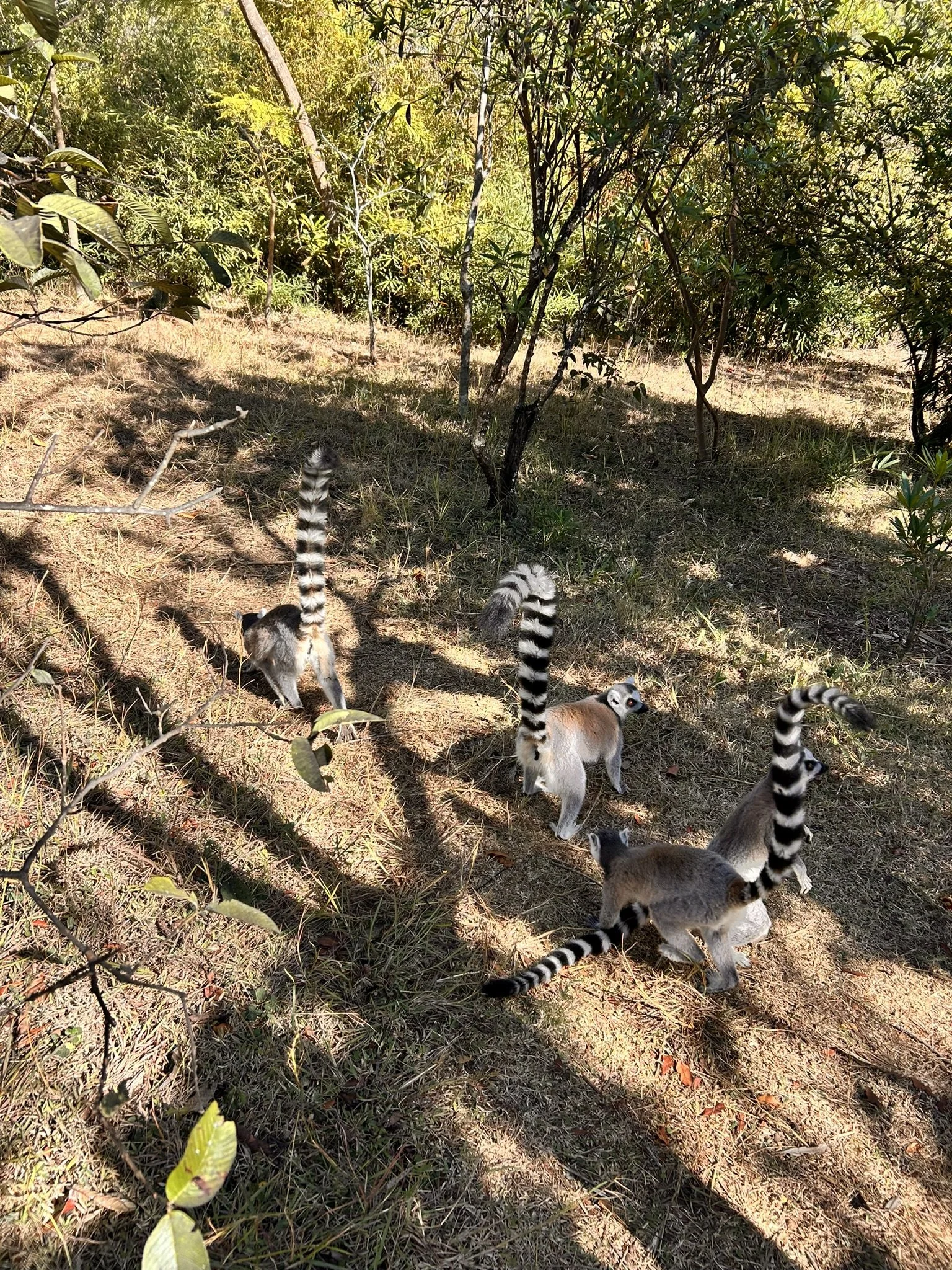
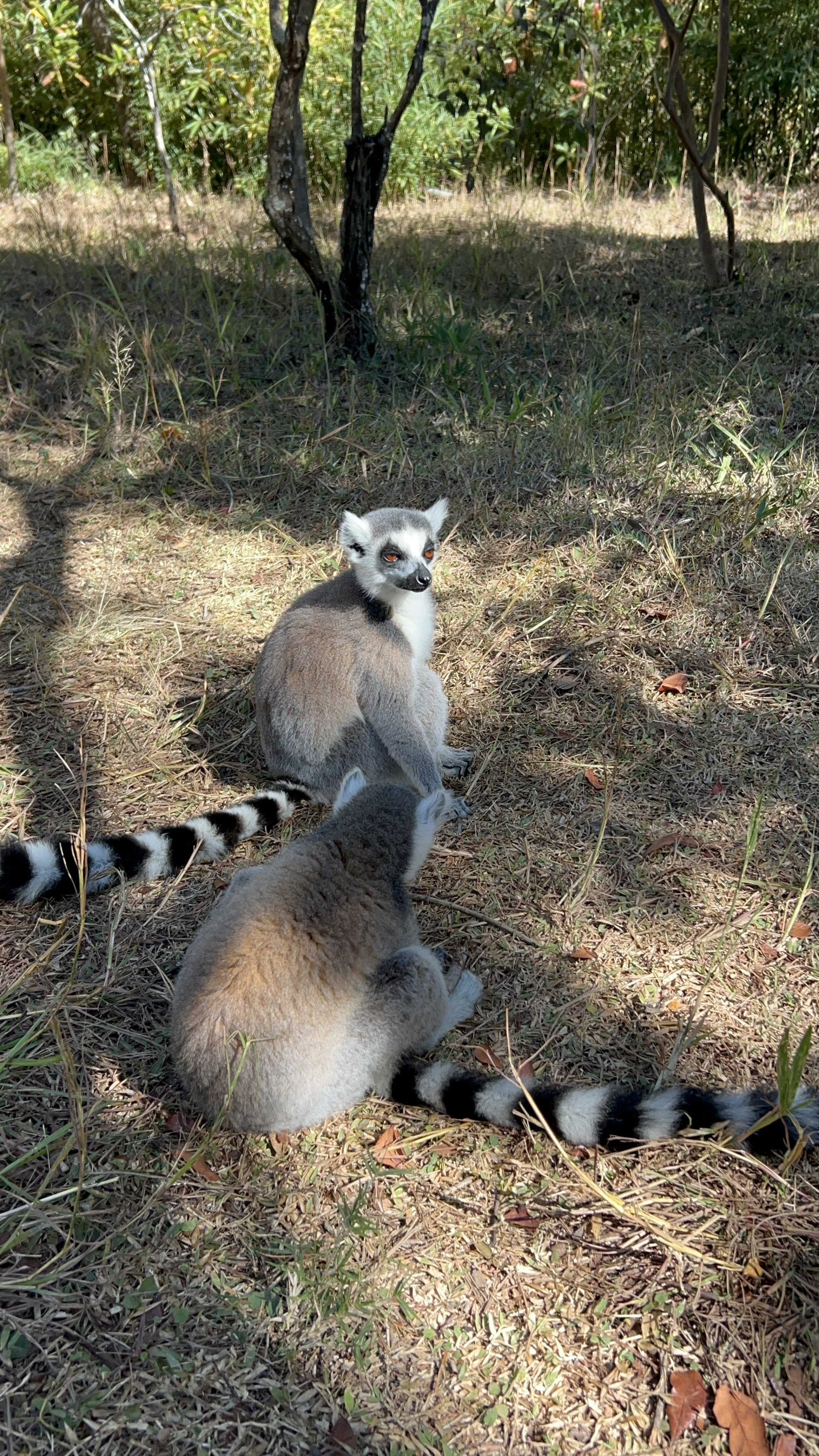
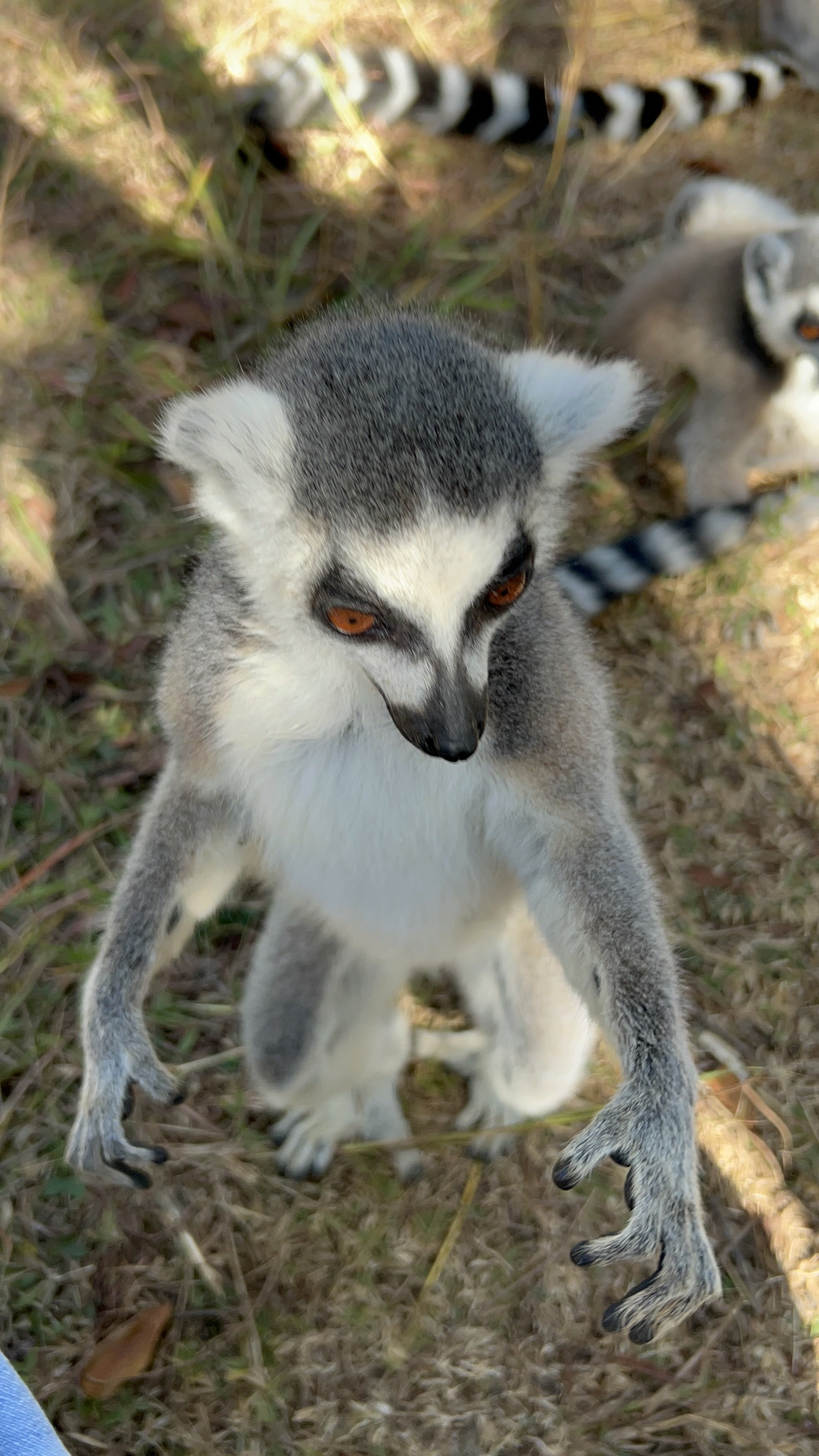
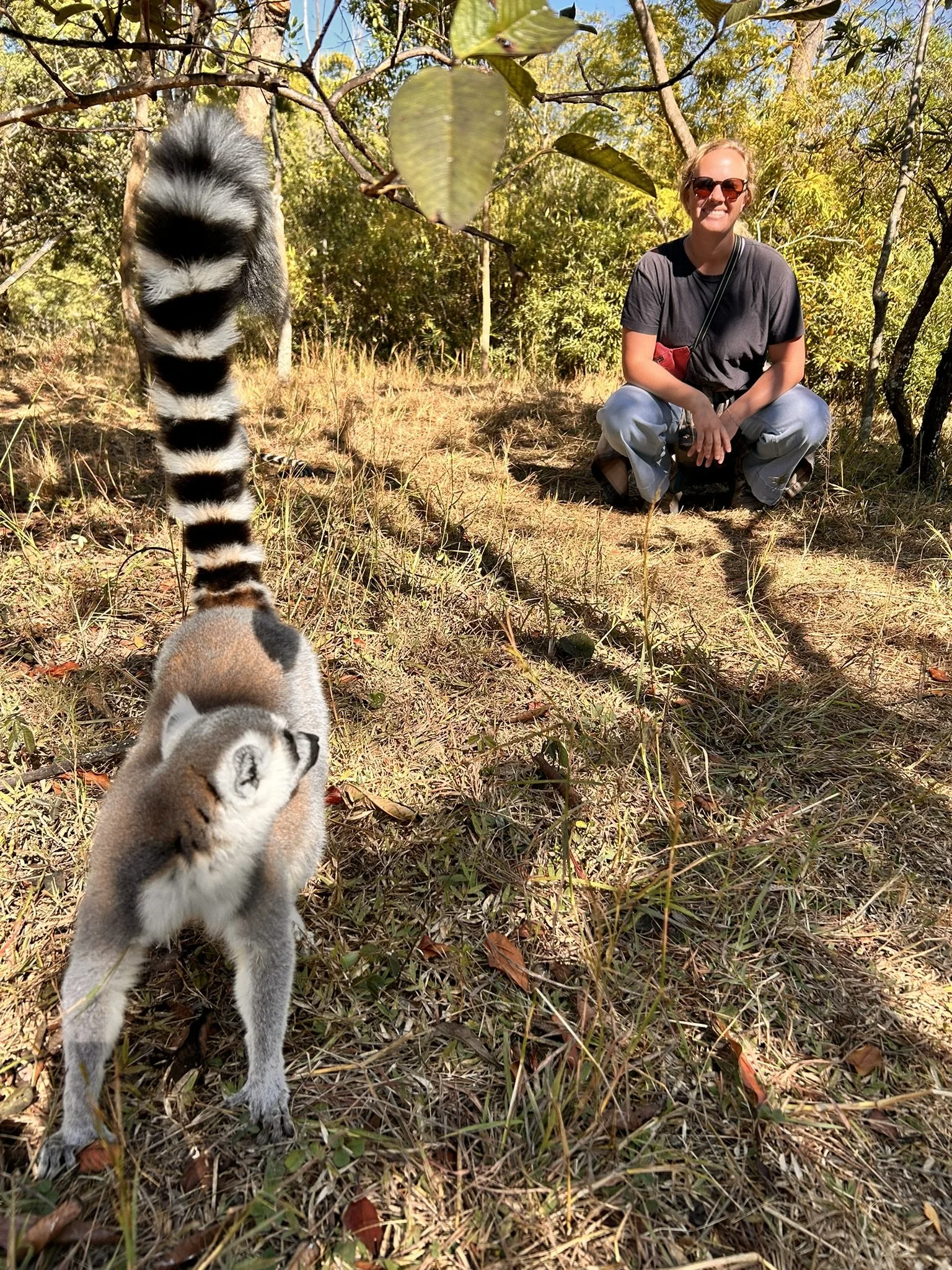
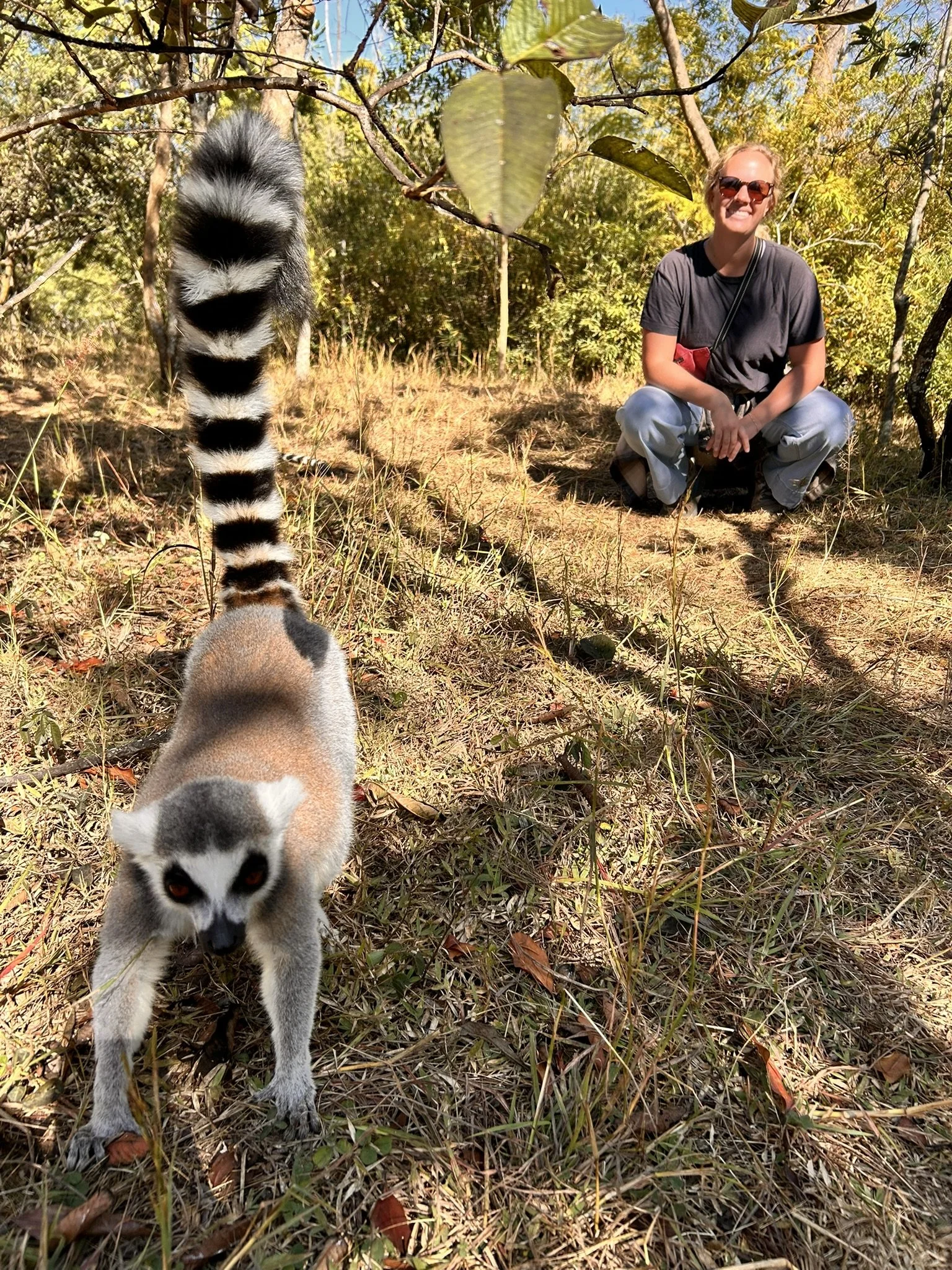
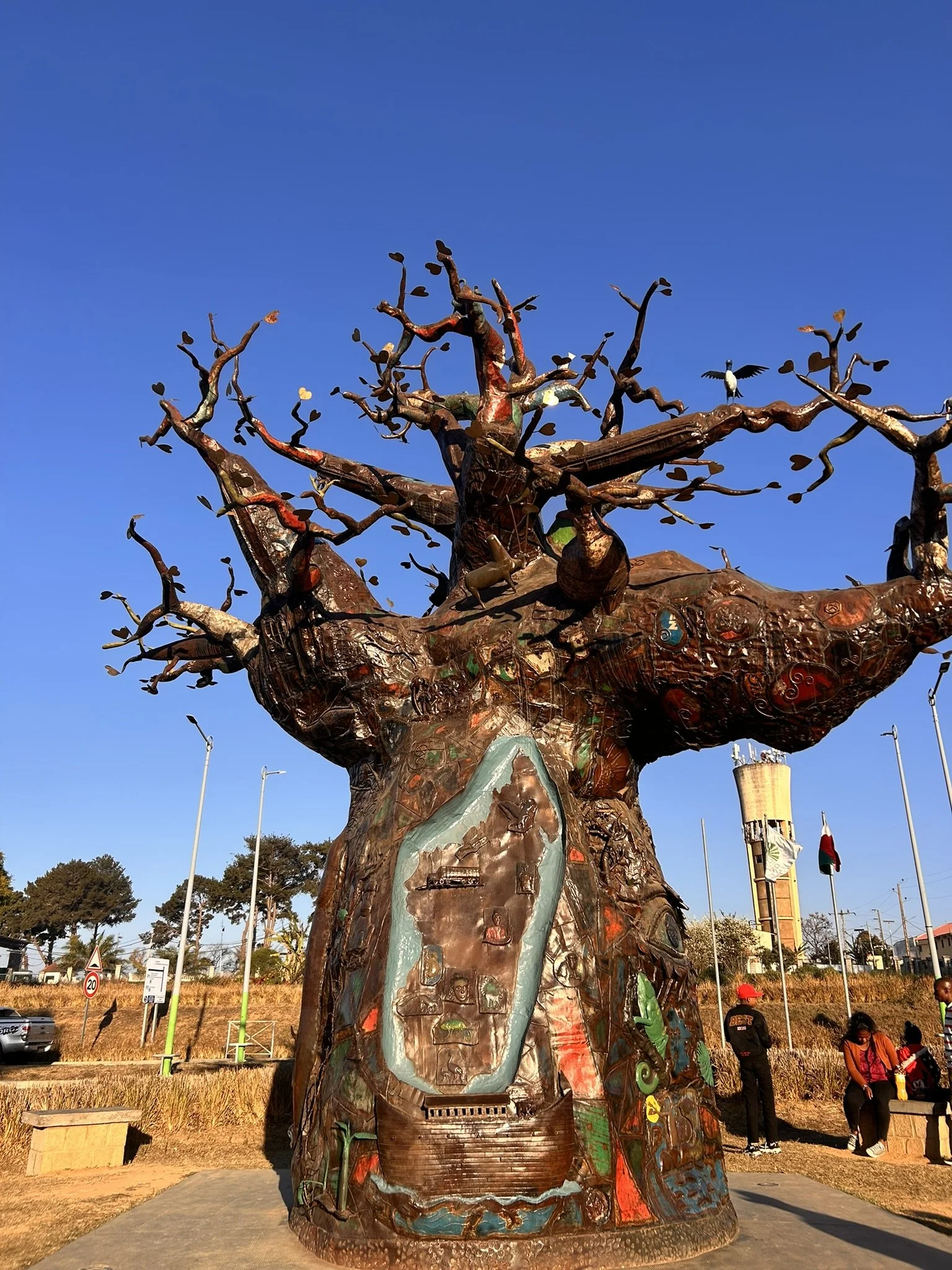
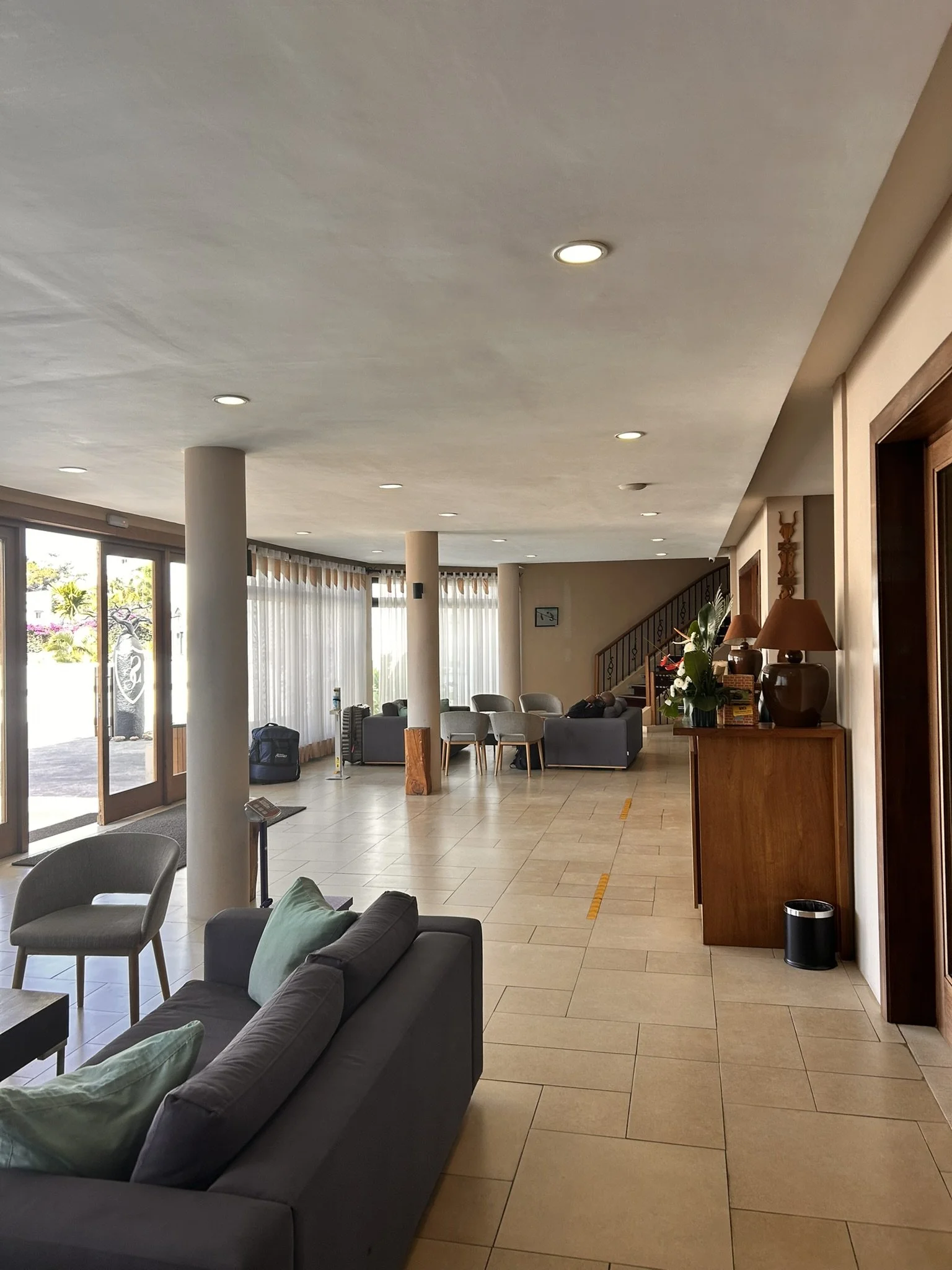
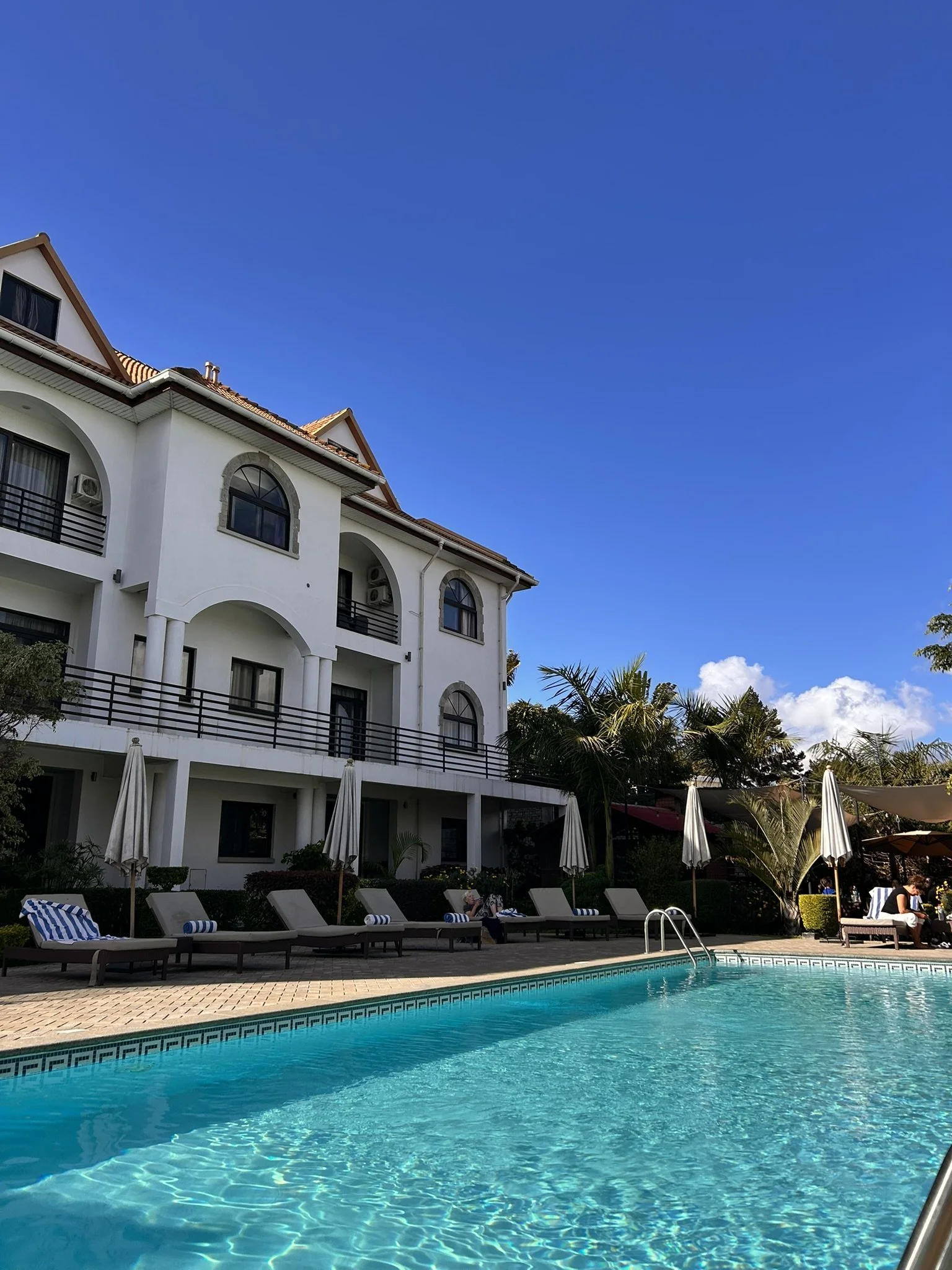
Antananarivo
My private driver, David, whisked me away on a scenic, hour-long ride from the bustling, vibrant capital city to a peaceful, rural village that houses a fascinating lemur conservation park. Along the way, he effortlessly transformed into my unofficial tour guide, weaving captivating stories of history, intriguing culture, and local insights into the tapestry of honking cars, weaving motorbikes, and the delightfully disorganized chaos that defines Madagascar’s lively streets.
Once we arrived at the park, I dove into learning how to distinguish between different species of lemurs—a handy pro tip being that it’s all about noticing the unique patterns in their tails, the shape of their toes, and the expression in their eyes! With my newfound lemur knowledge buzzing in my head, it was then time to head back to my hotel “San Cristobal”, where I enjoyed a hearty, satisfying lunch featuring zebu—a special local variety of beef from cattle that sport a distinctive hump on their backs.
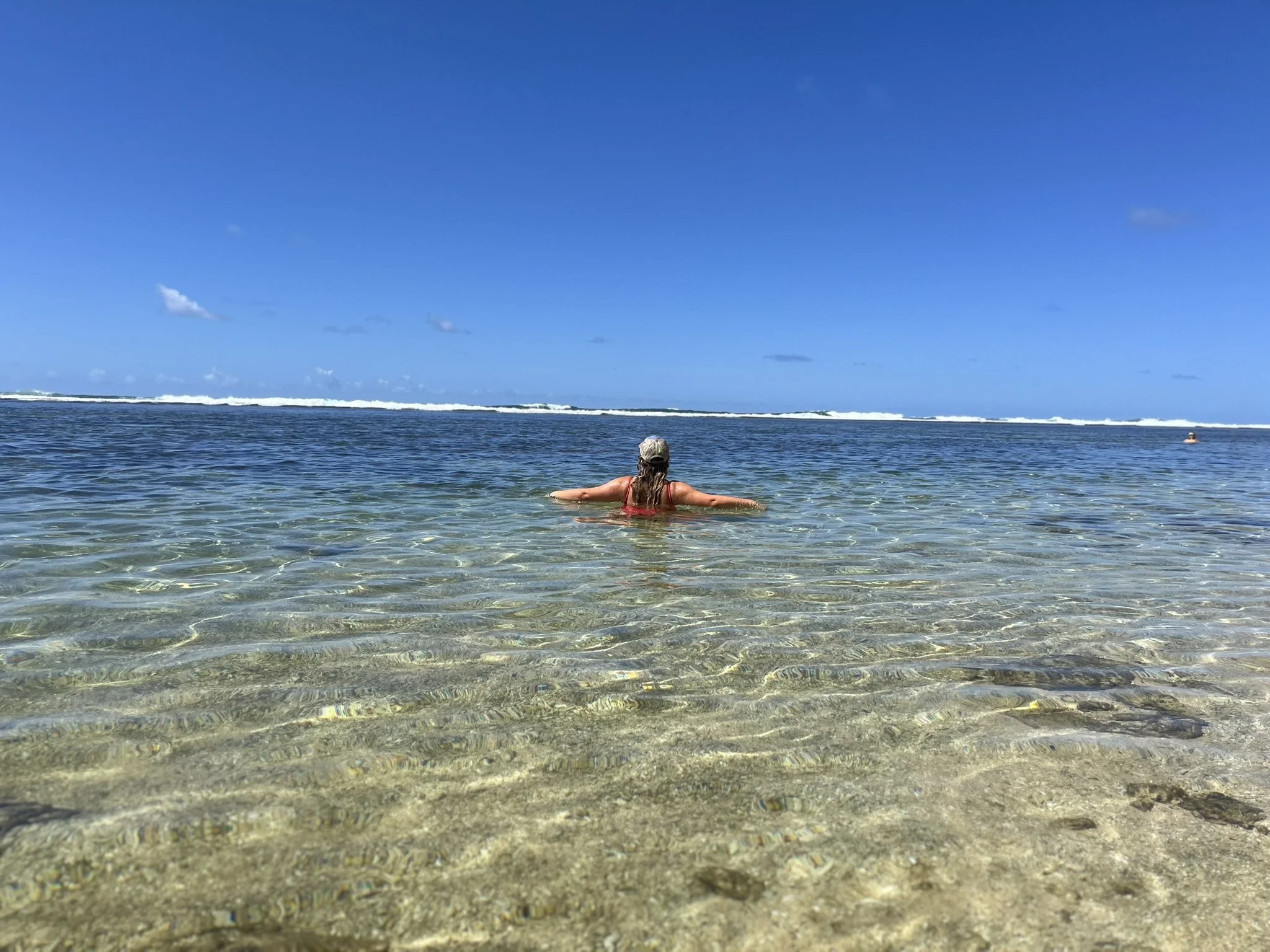
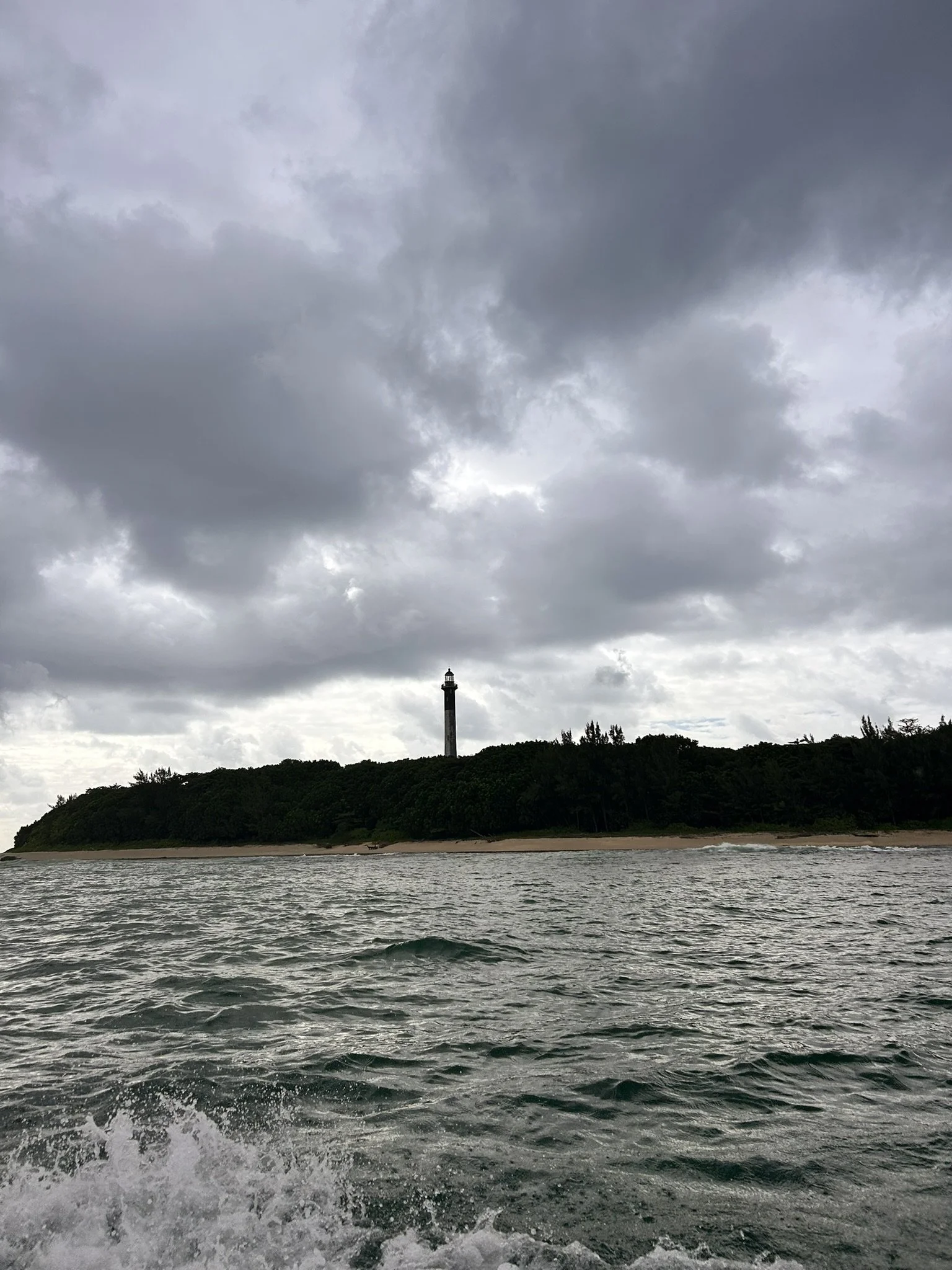
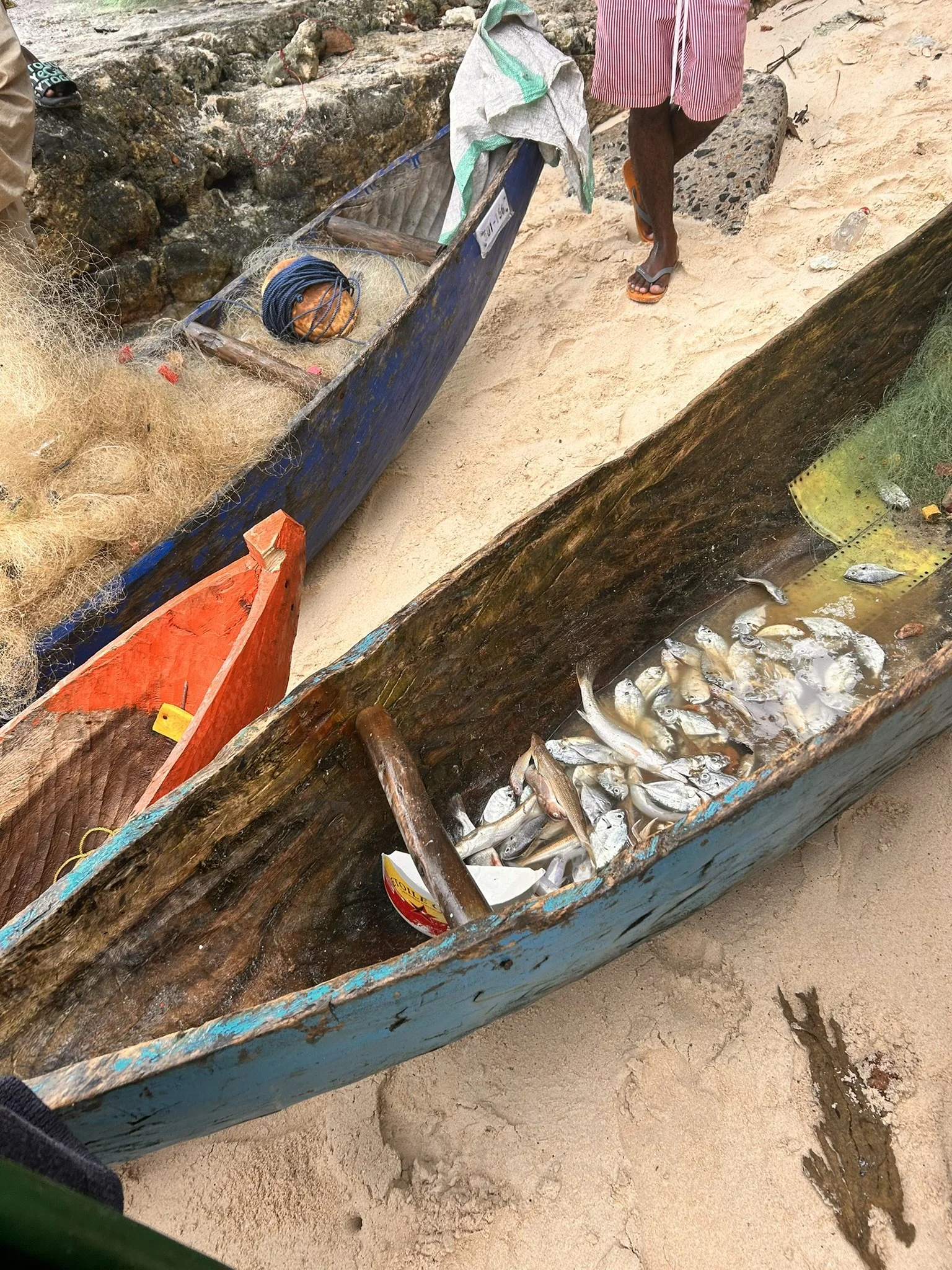
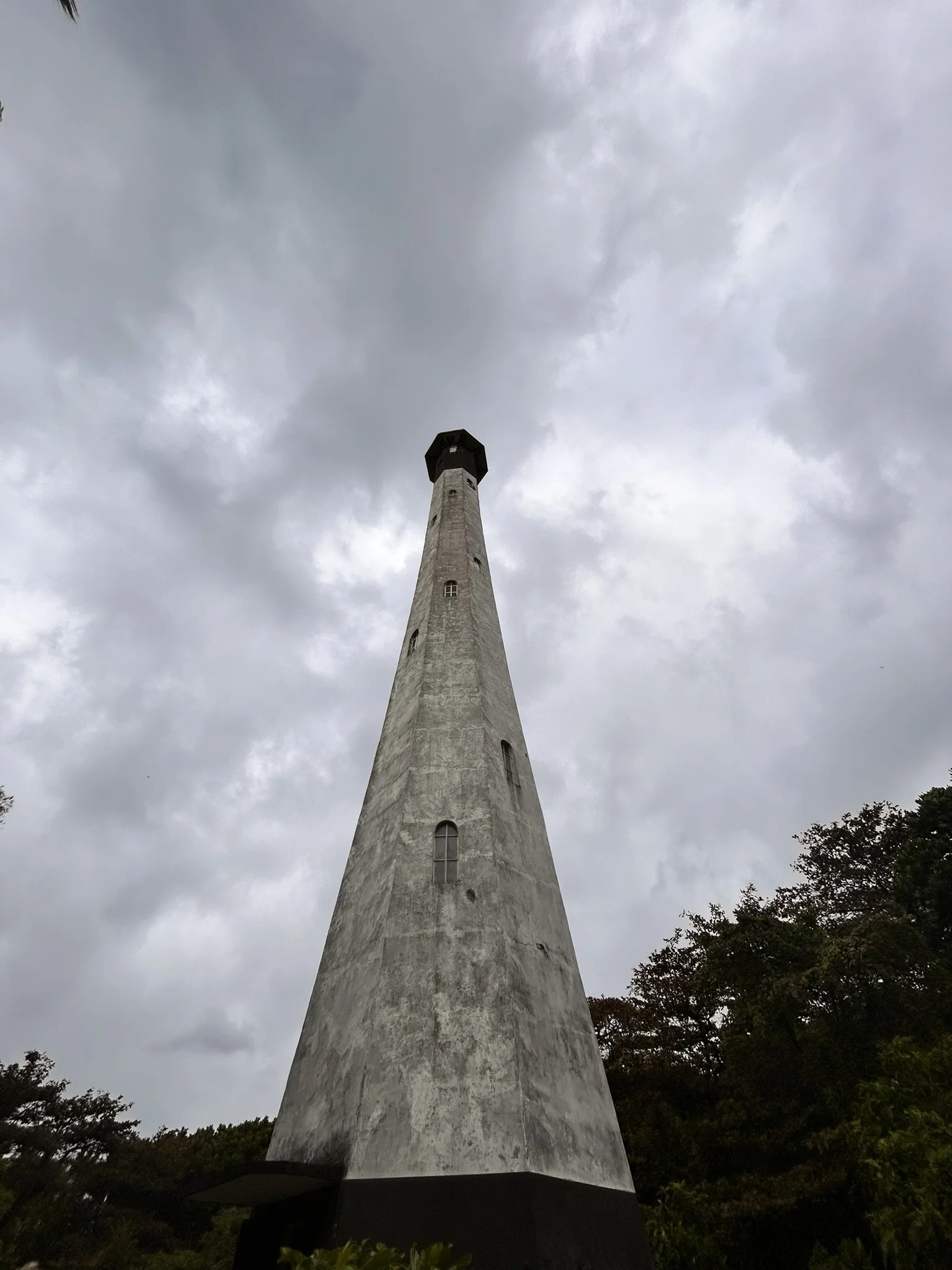
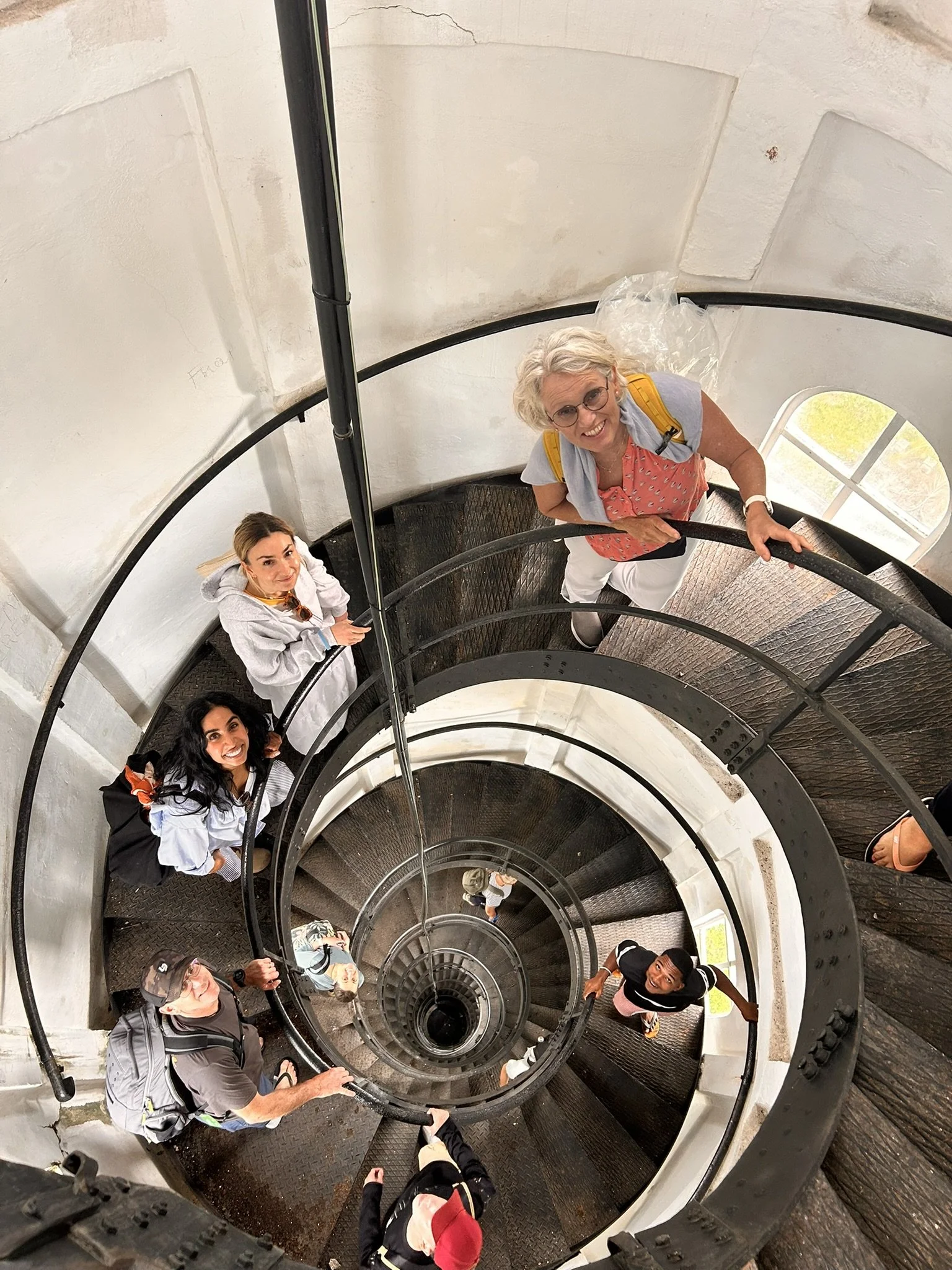
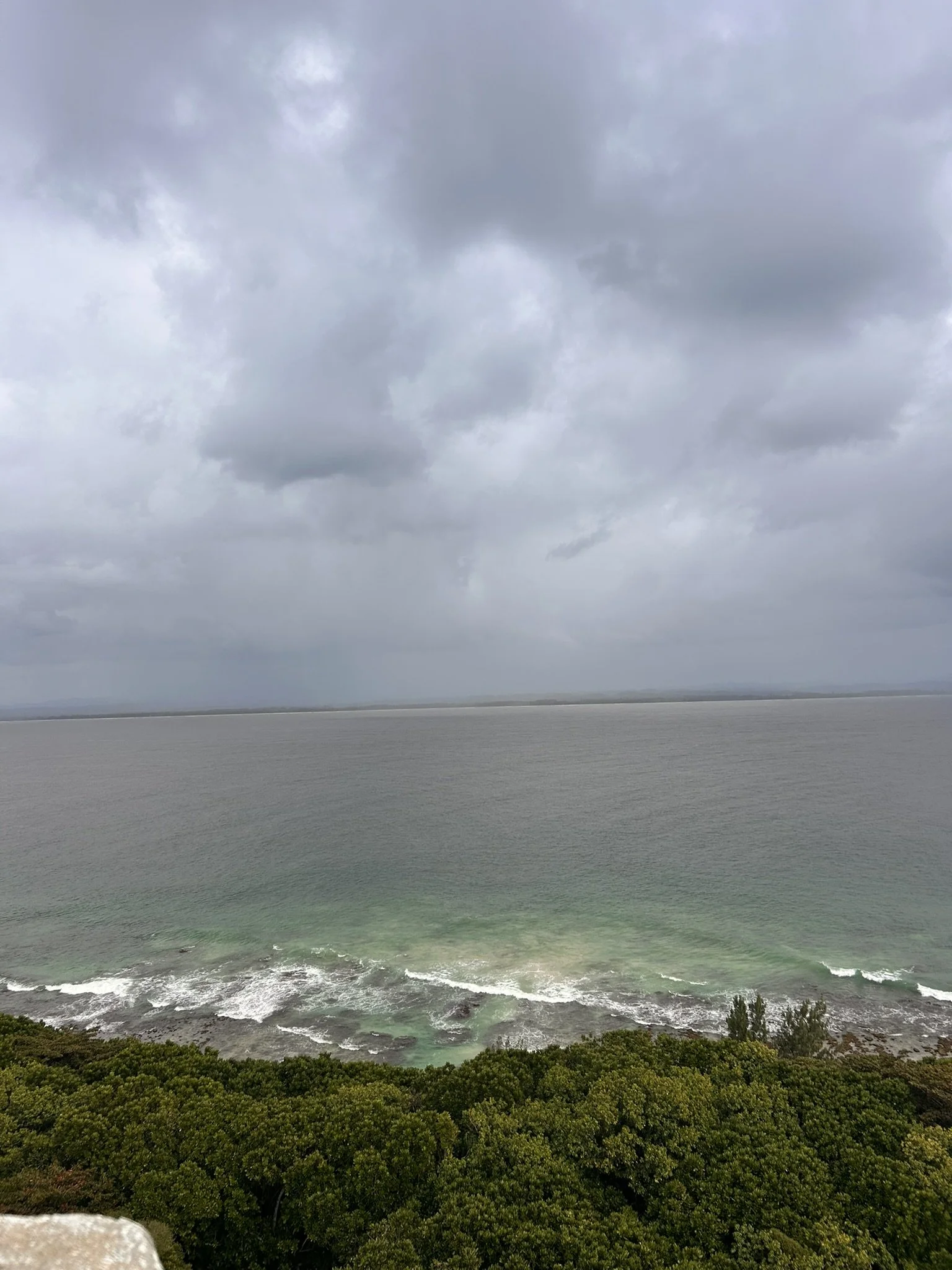
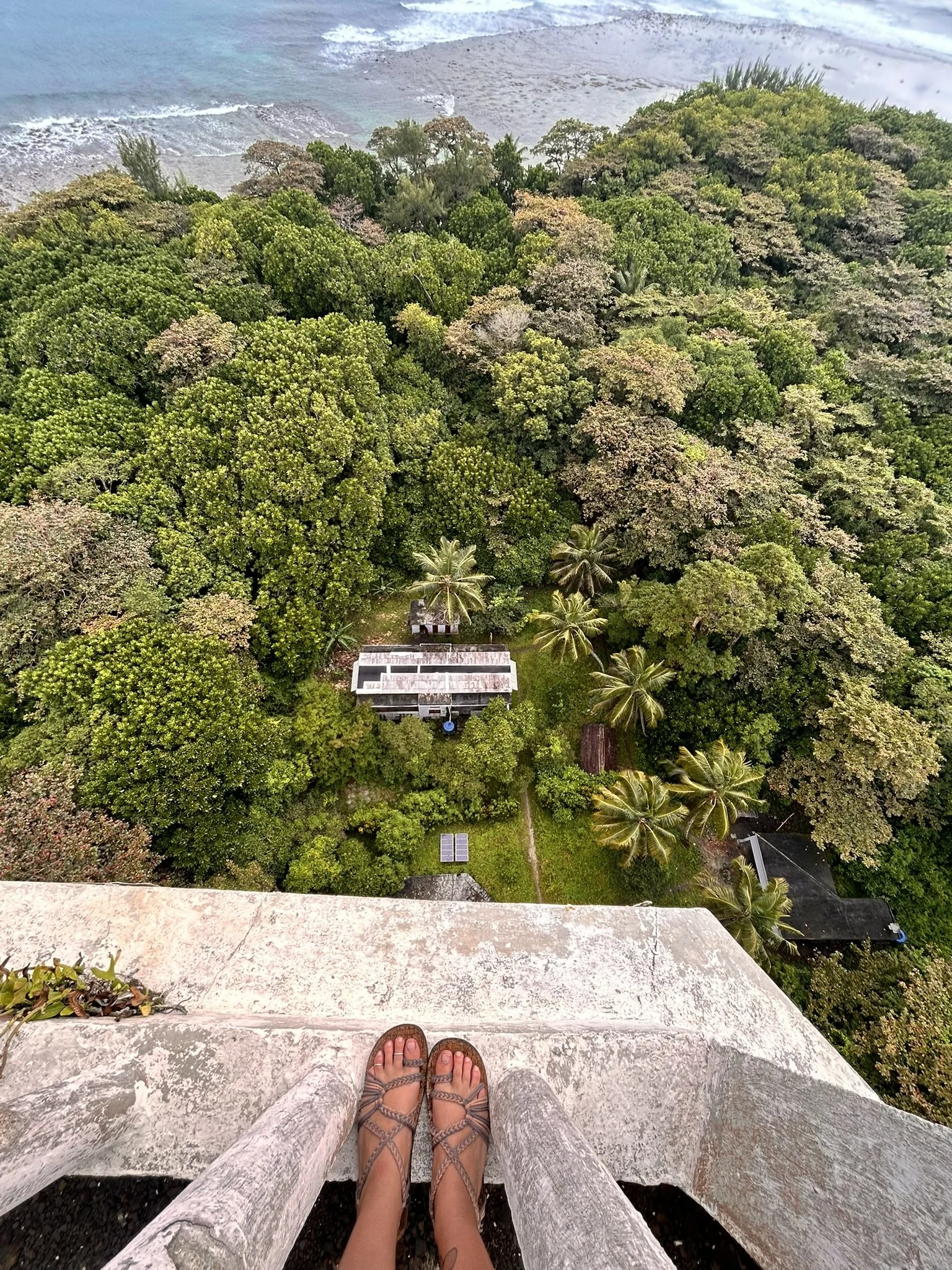
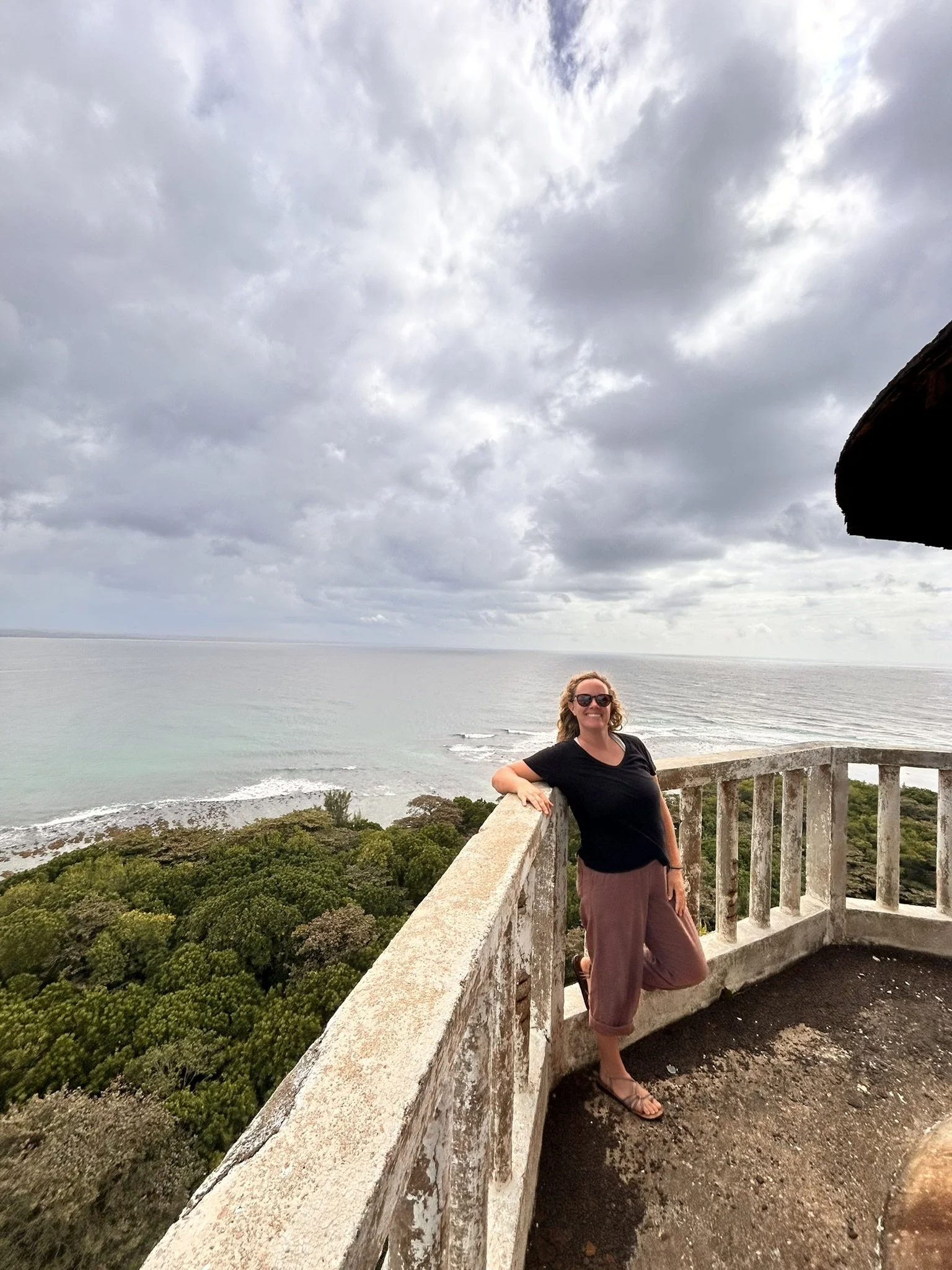
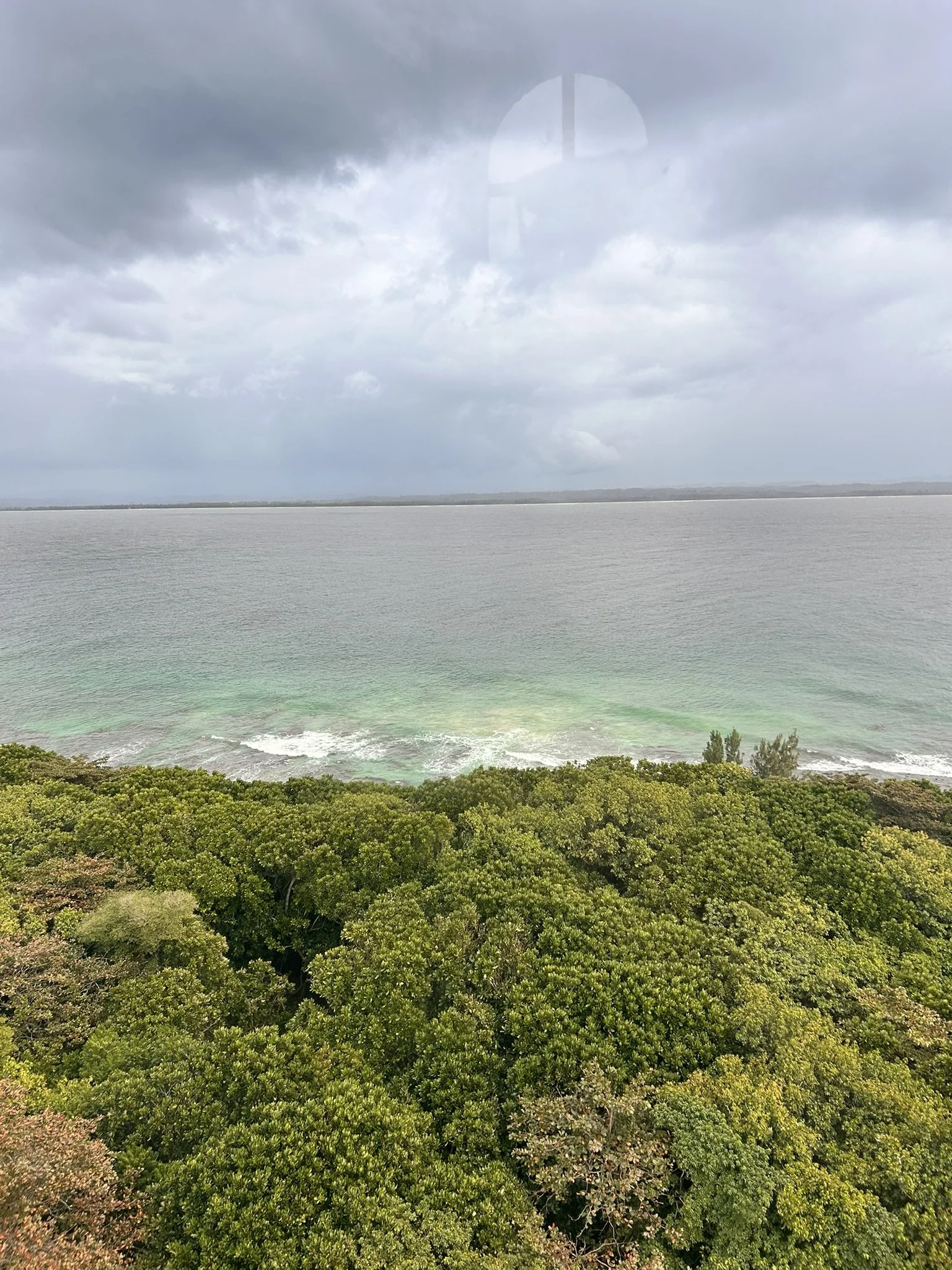
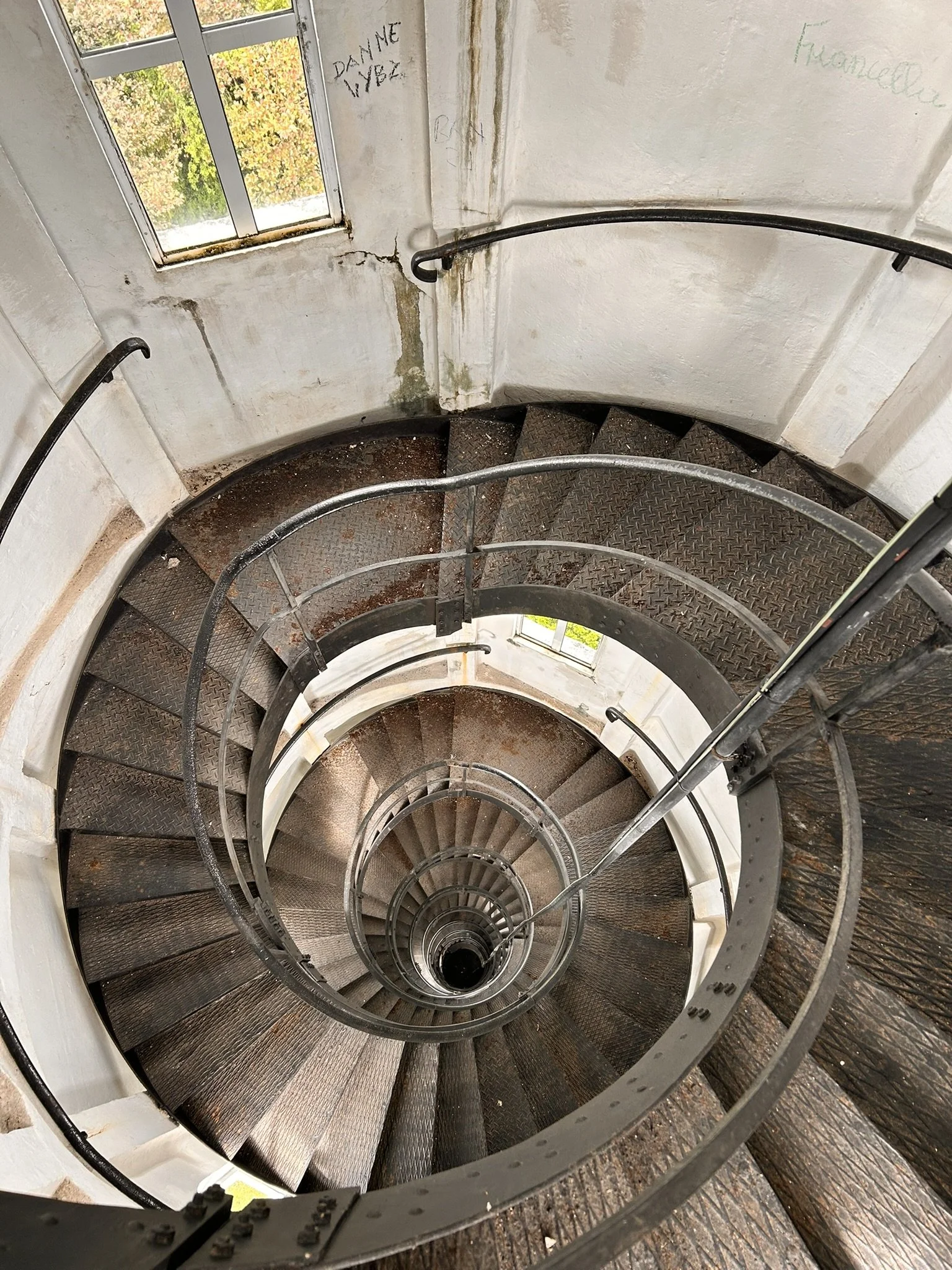
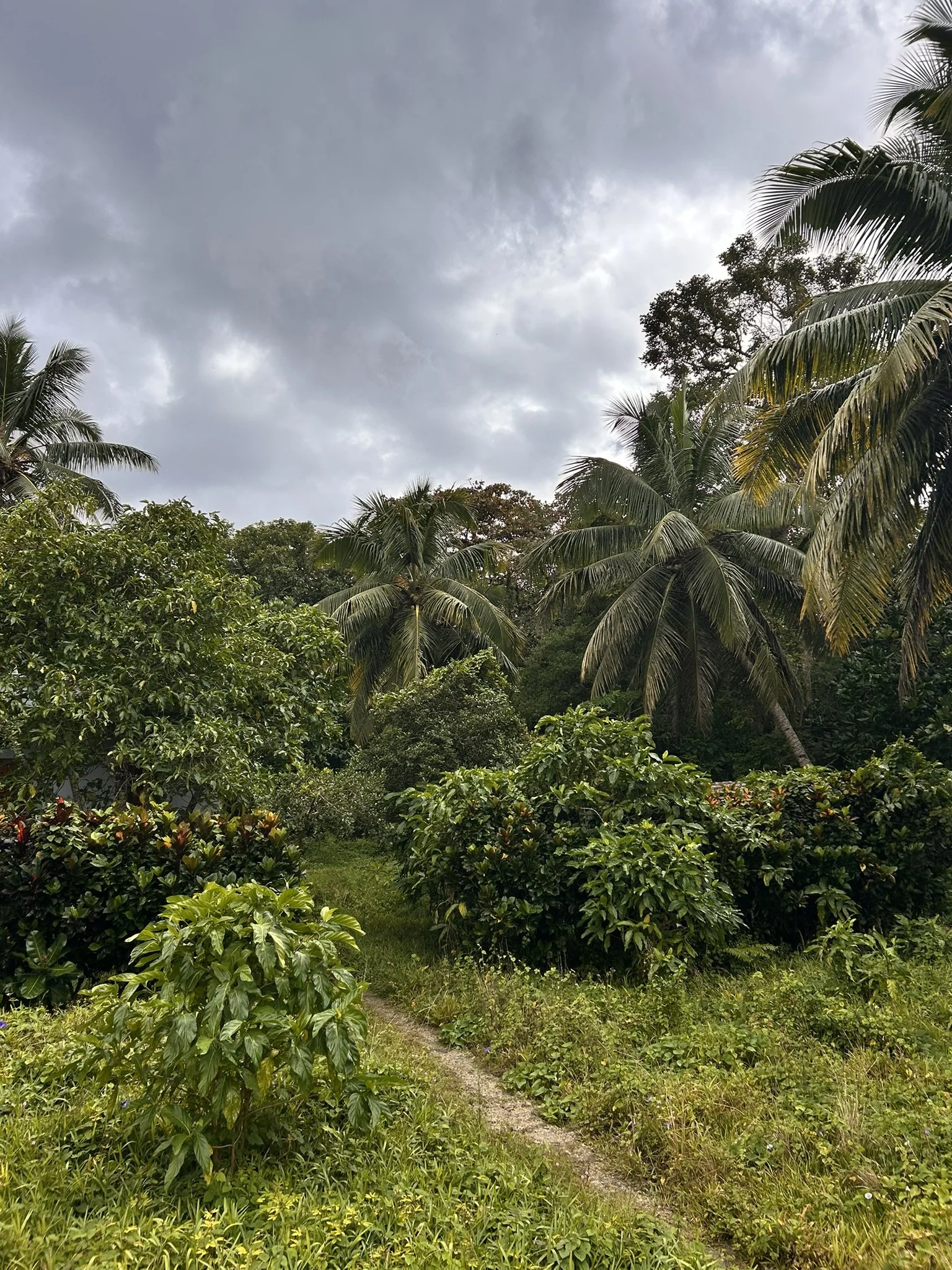
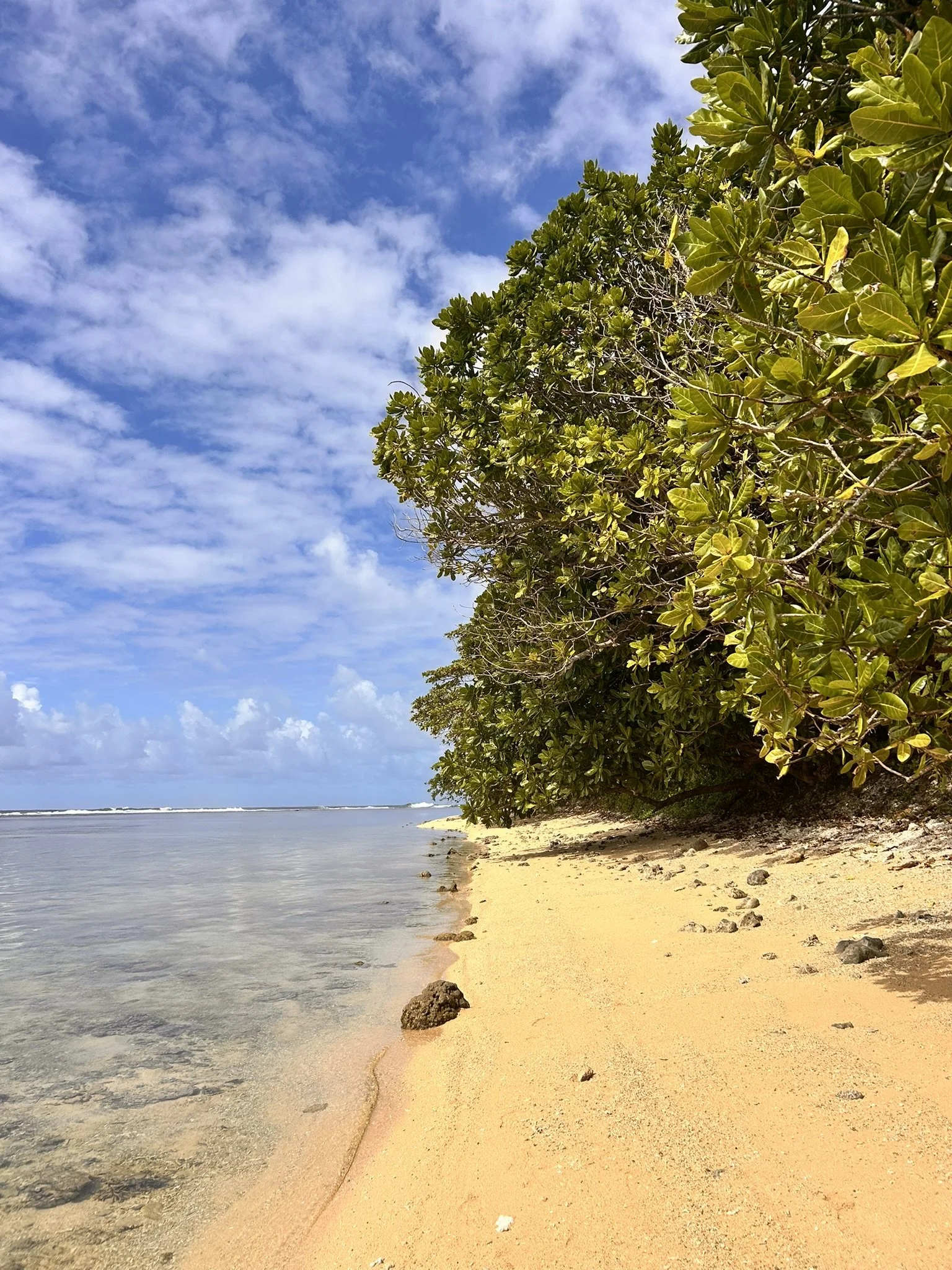
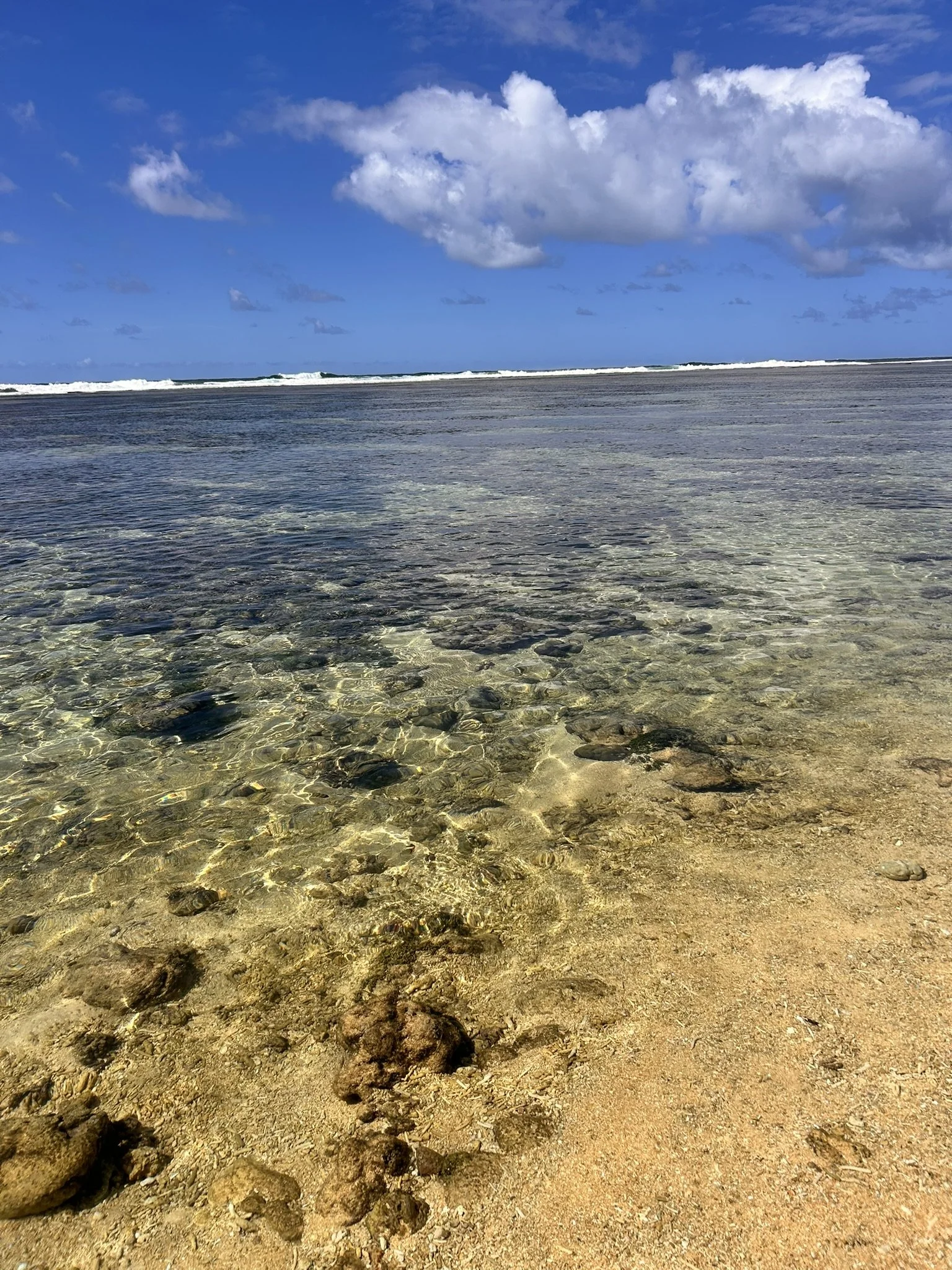
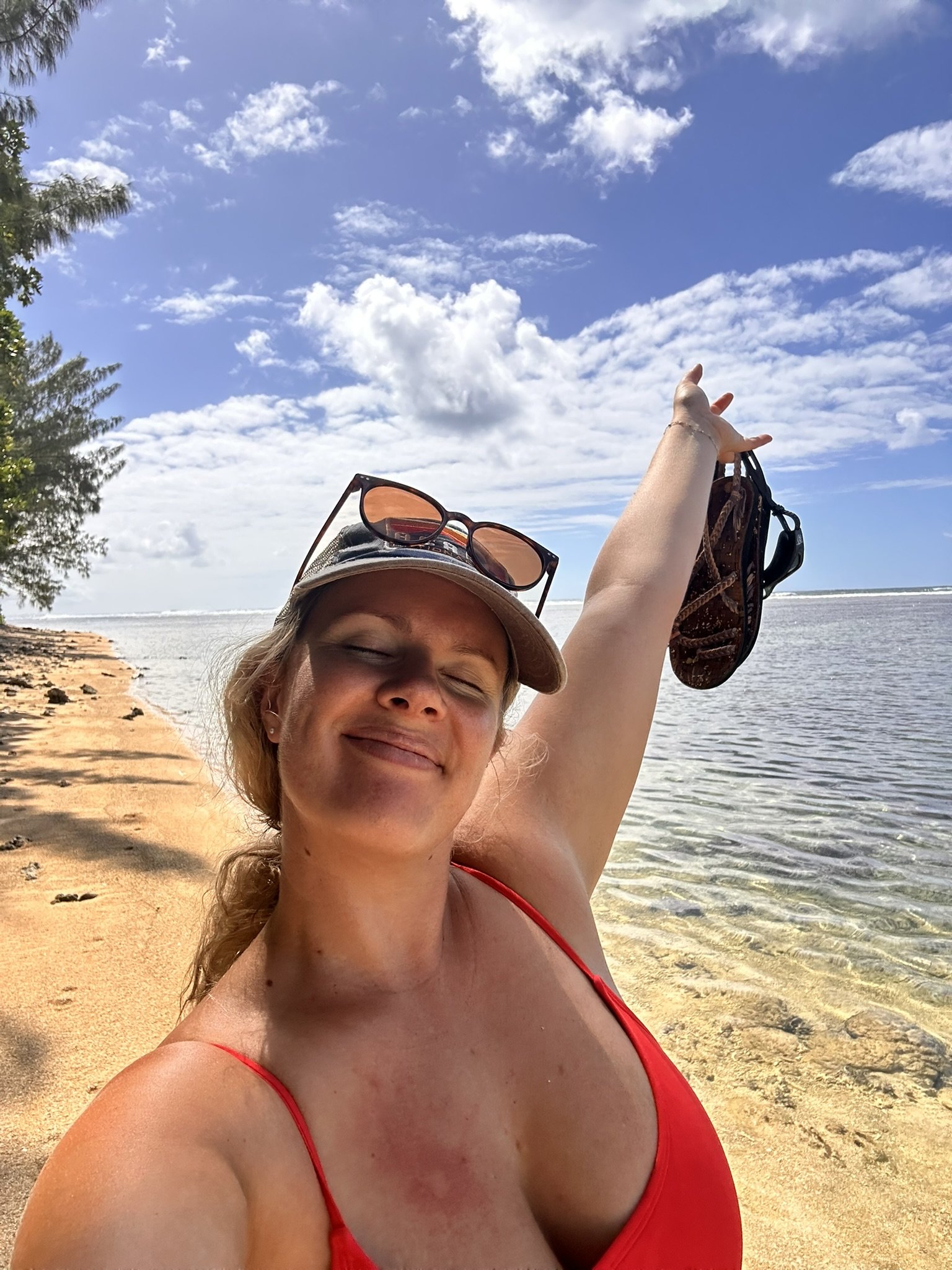
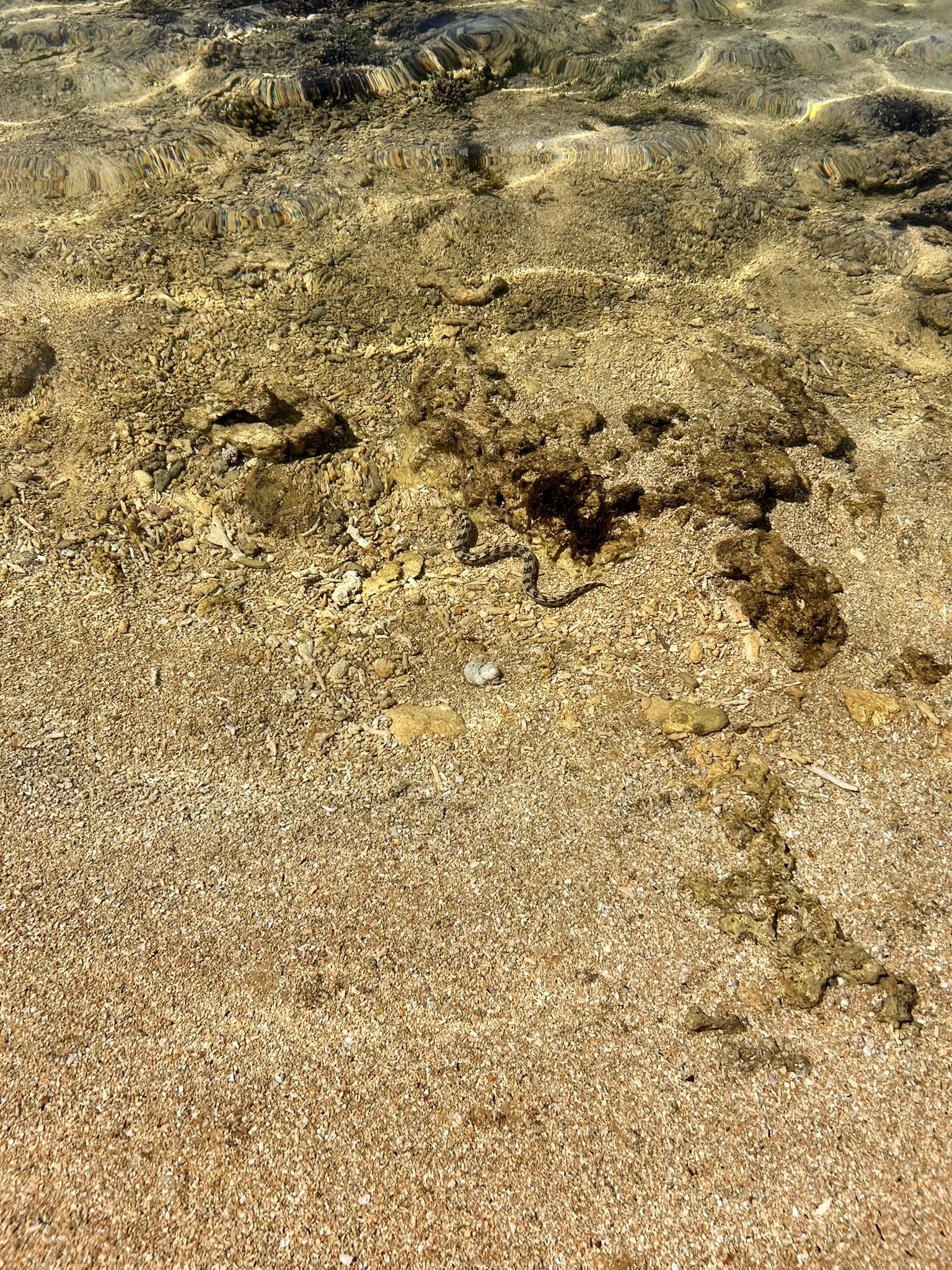
Plum Island – Home to Africa’s Tallest Lighthouse
Just an hour by boat from Toamasina, Plum Island rises from the sea like a quiet sentinel, crowned by the towering Plum Island Lighthouse—at 66 meters, it’s the tallest lighthouse on the entire African continent.
The boat ride itself was a gift. After weeks on the steady deck of the Africa Mercy, it felt exhilarating to actually move with the ocean—feeling the swell lift and drop beneath us, the spray cool against our faces. Along the way, we passed fishermen balancing in hollowed-out tree trunk canoes, paddling with patient, practiced strokes. Some travel all the way from Toamasina to the island, staying overnight to fish before making the long return trip. Watching them navigate waves that would tip most of us in seconds was humbling.
Once ashore, we climbed flight after flight of spiraling stairs to reach the lighthouse’s summit. From the top, the view spilled out in every direction—turquoise water broken by dark reef shadows, green palms swaying inland, and, in the distance, the thrilling flash of a whale’s tail and a pod of dolphins skimming the surface.
After the climb, the beach called to us. We found a sunny stretch of sand, where I swam in the clear shallows and spotted an eel sliding through the water. My Italian friend Jami and I sat half-submerged, the sun warming our faces, the gentle rhythm of the tide rocking us into a perfect stillness.
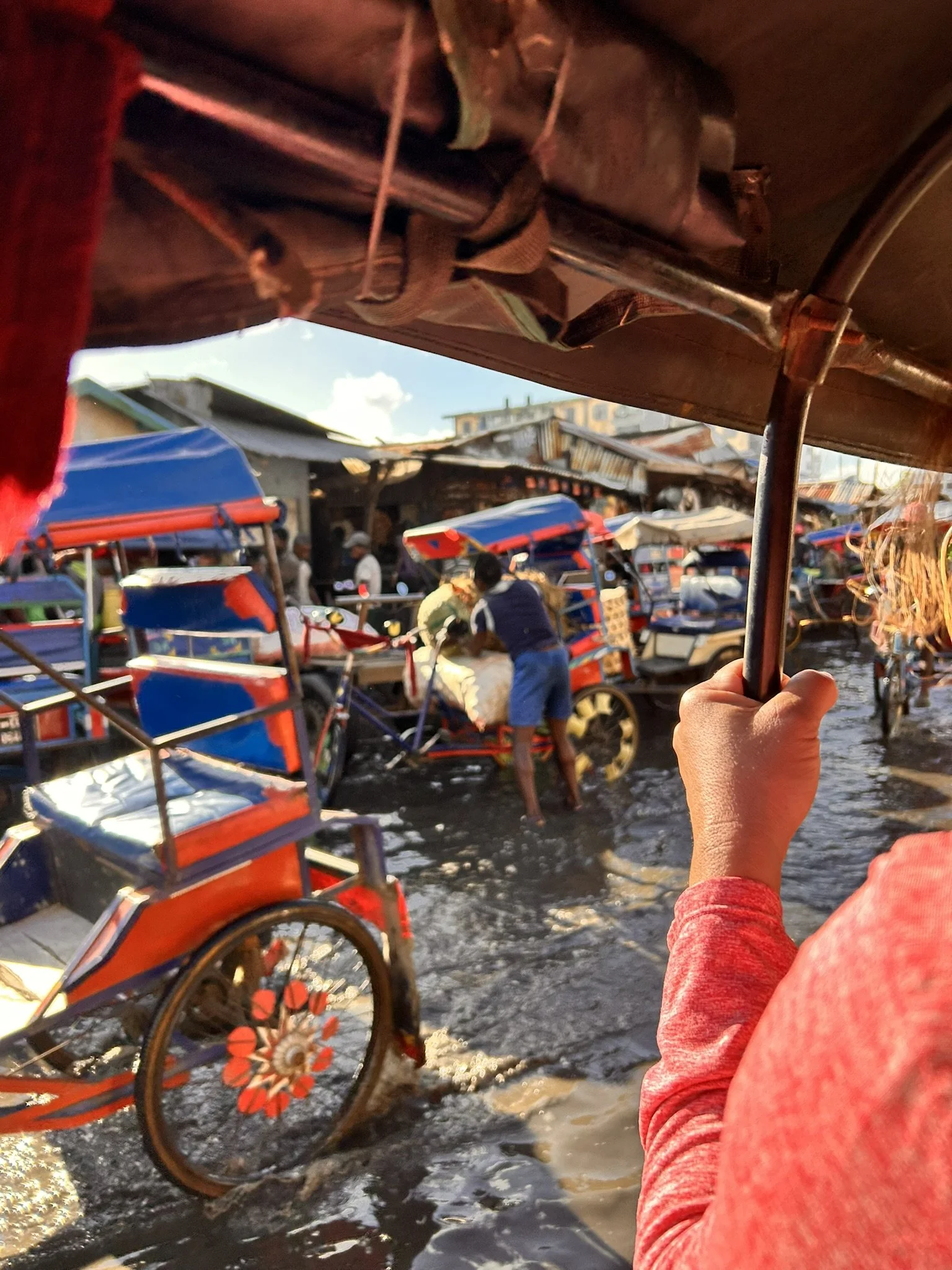
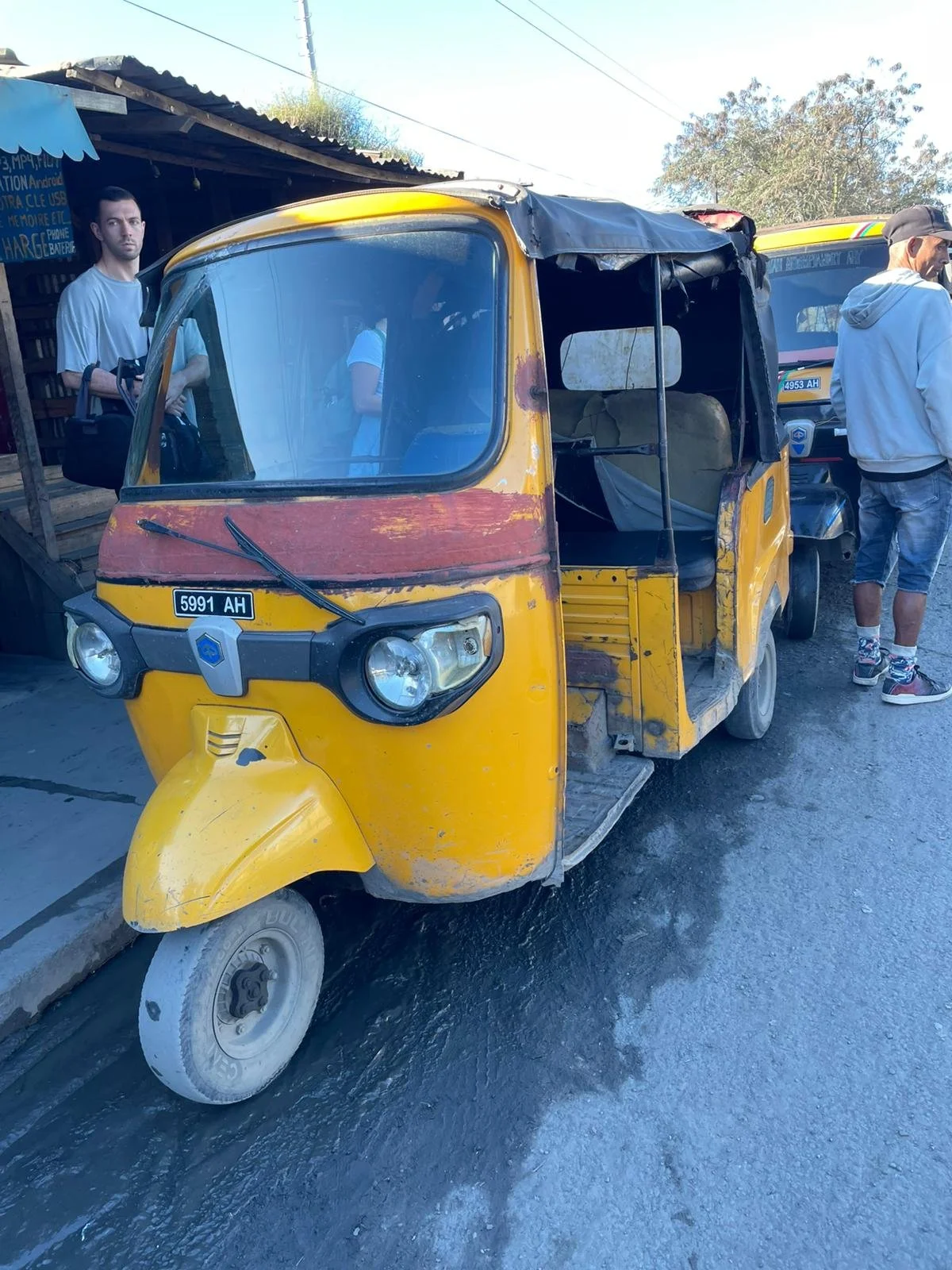
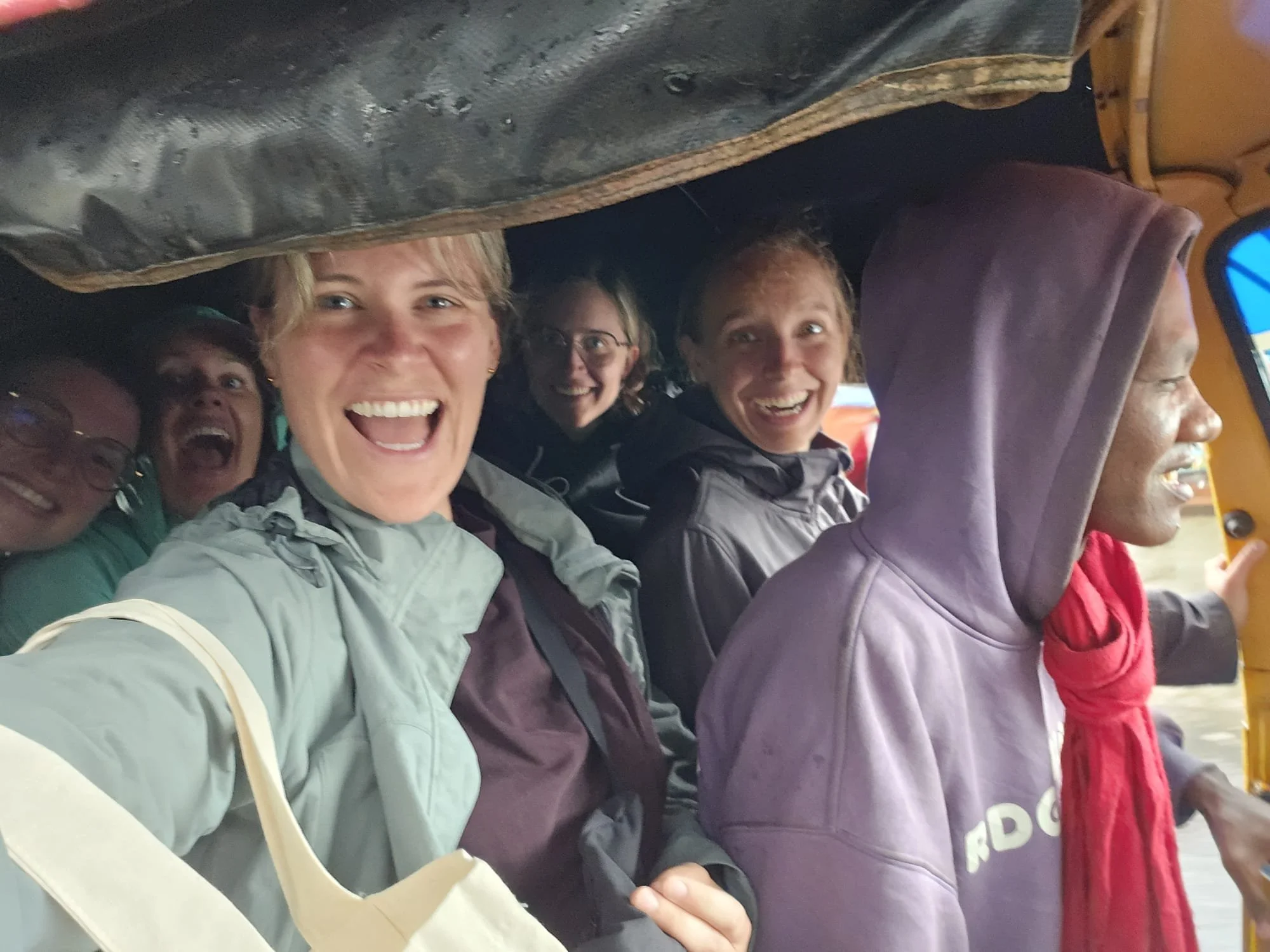
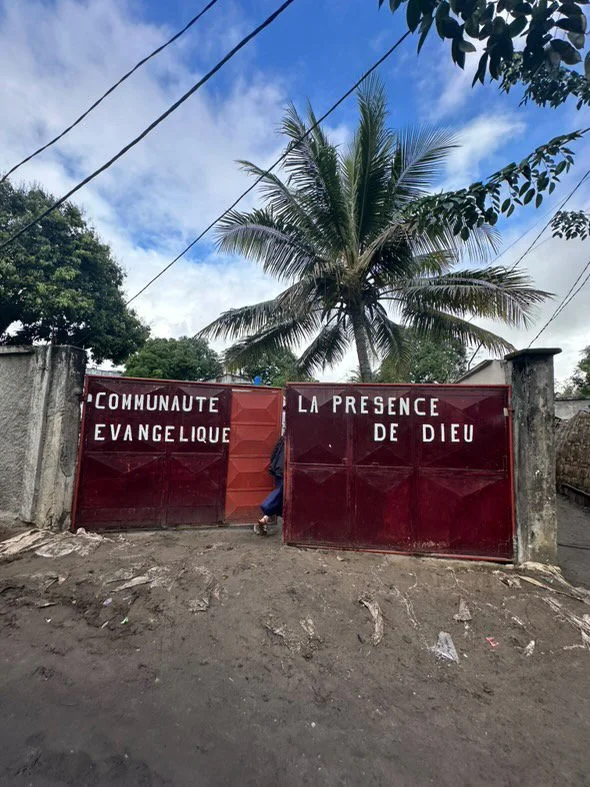
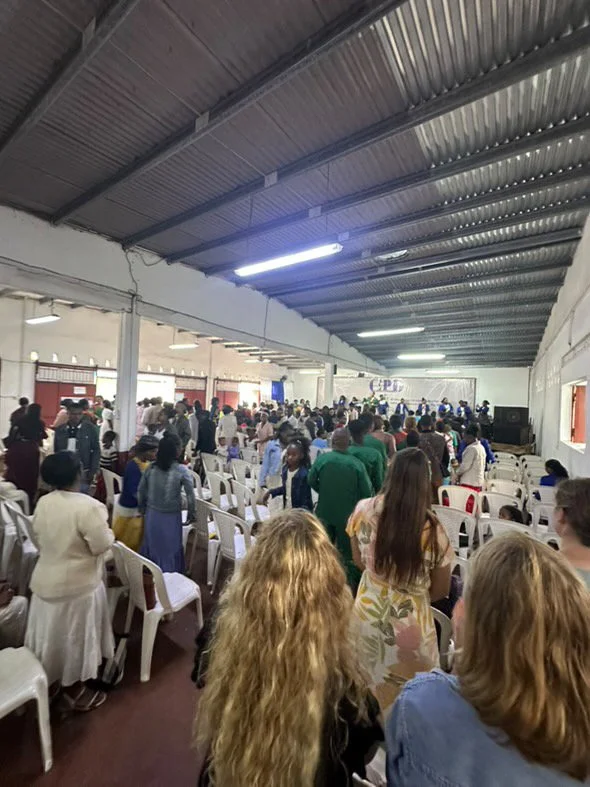
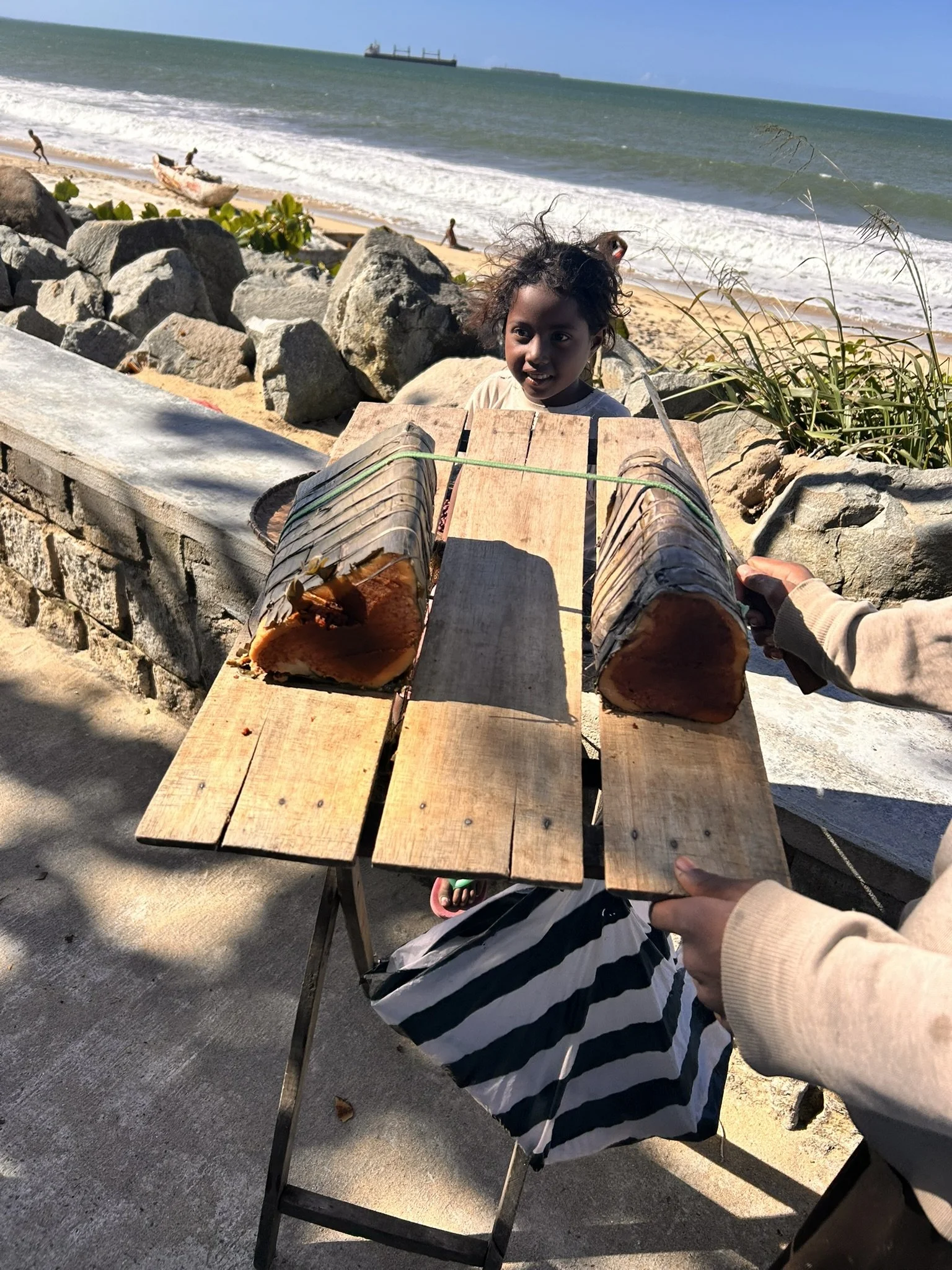
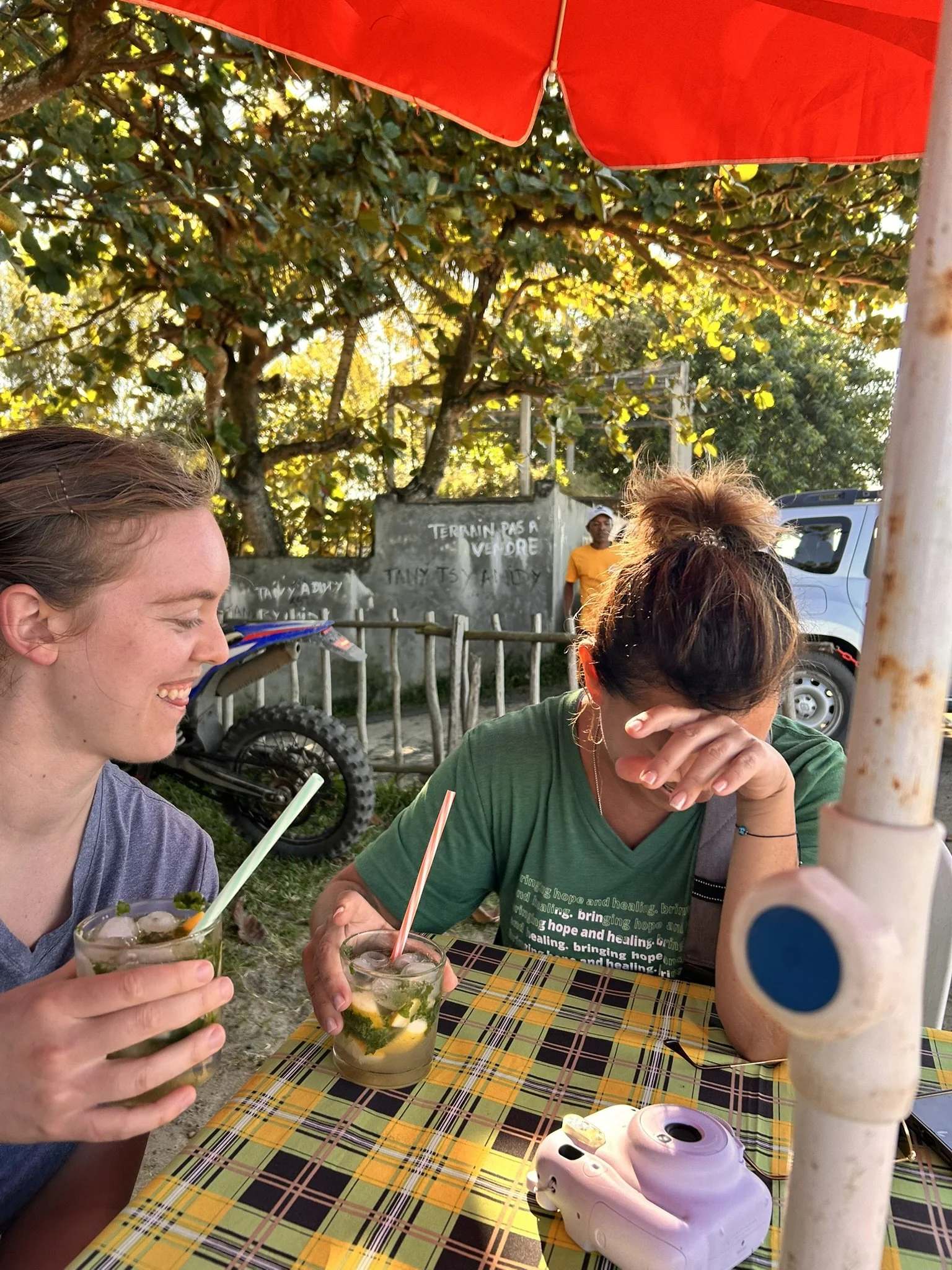
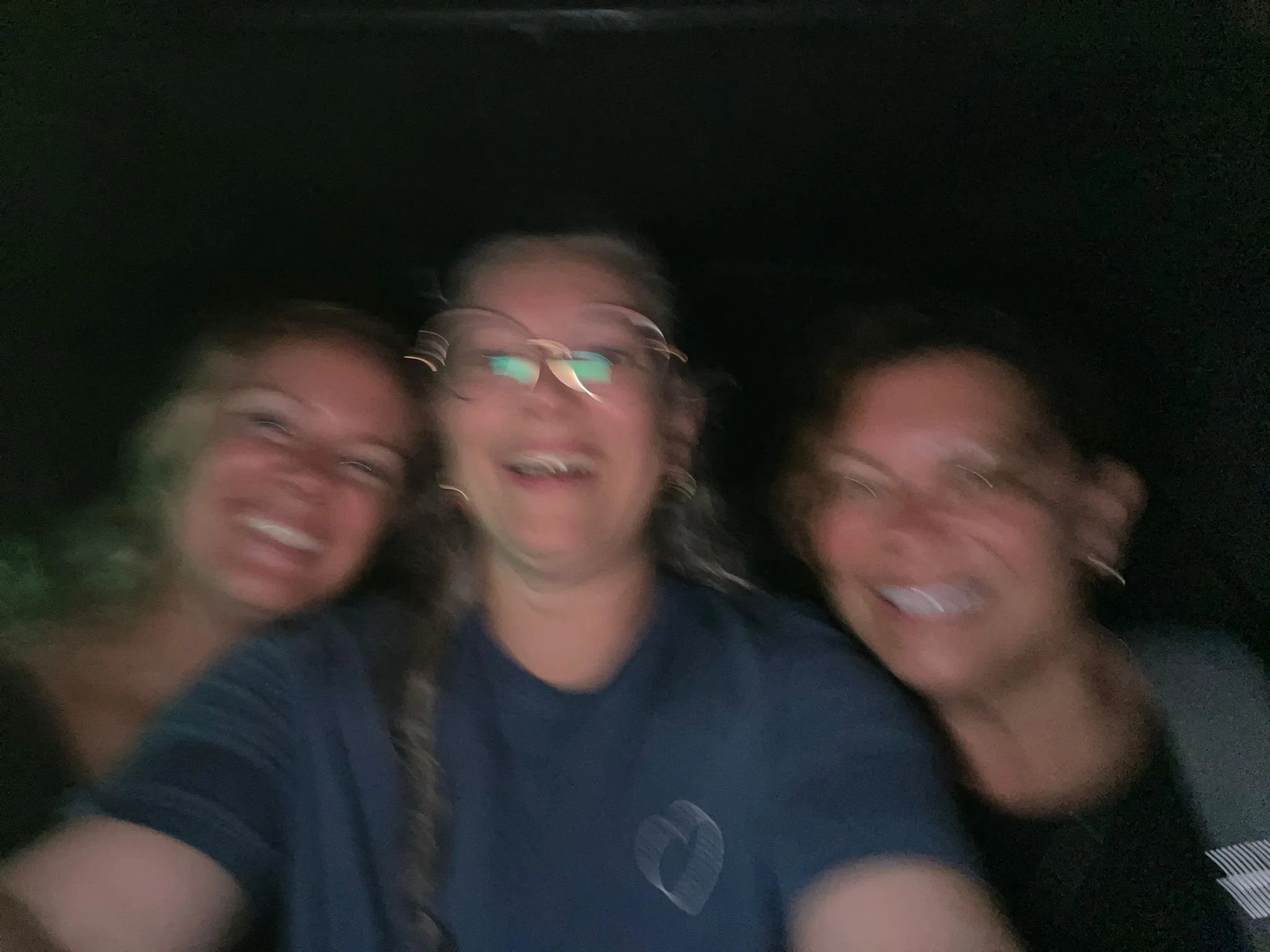
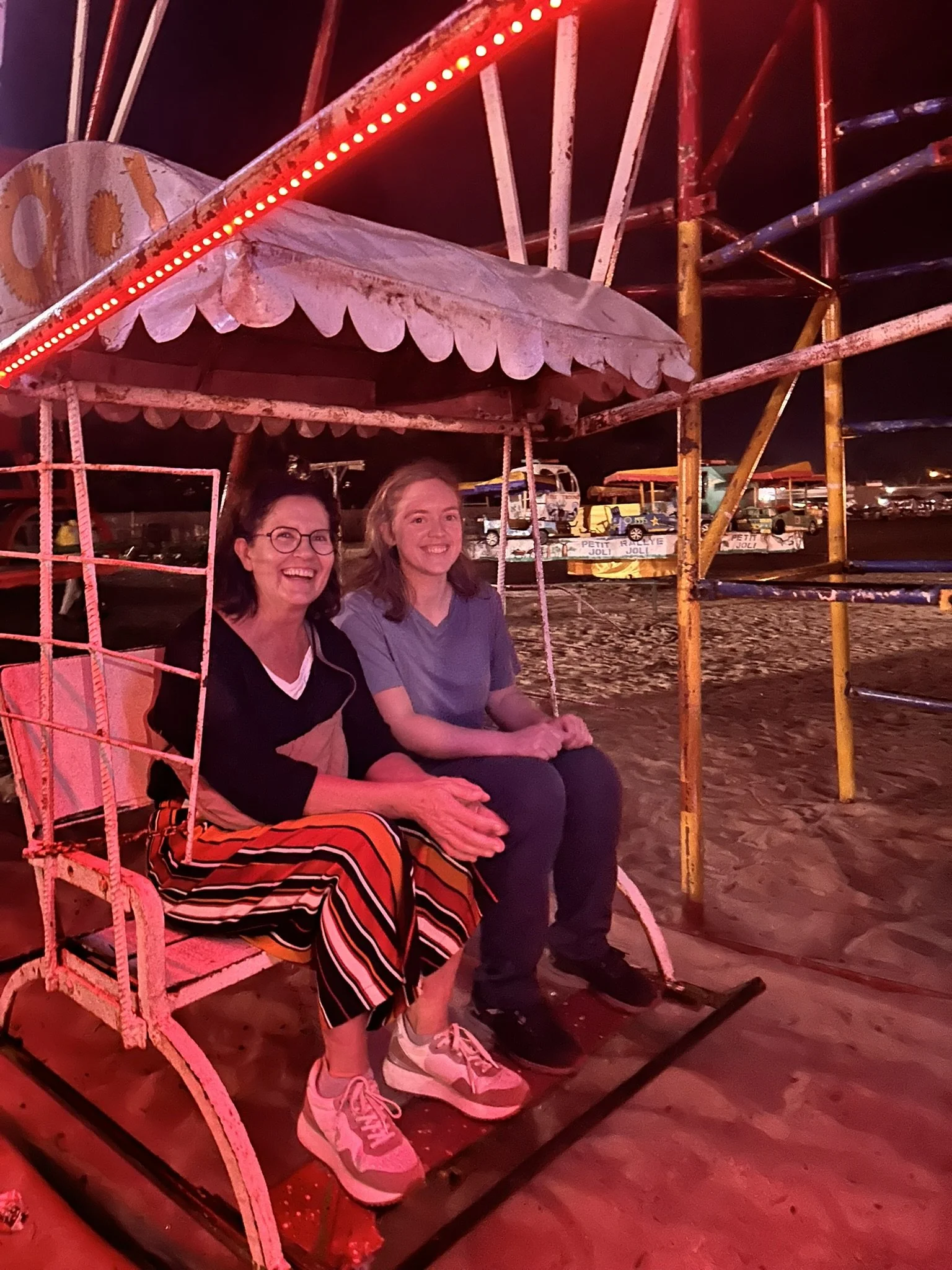
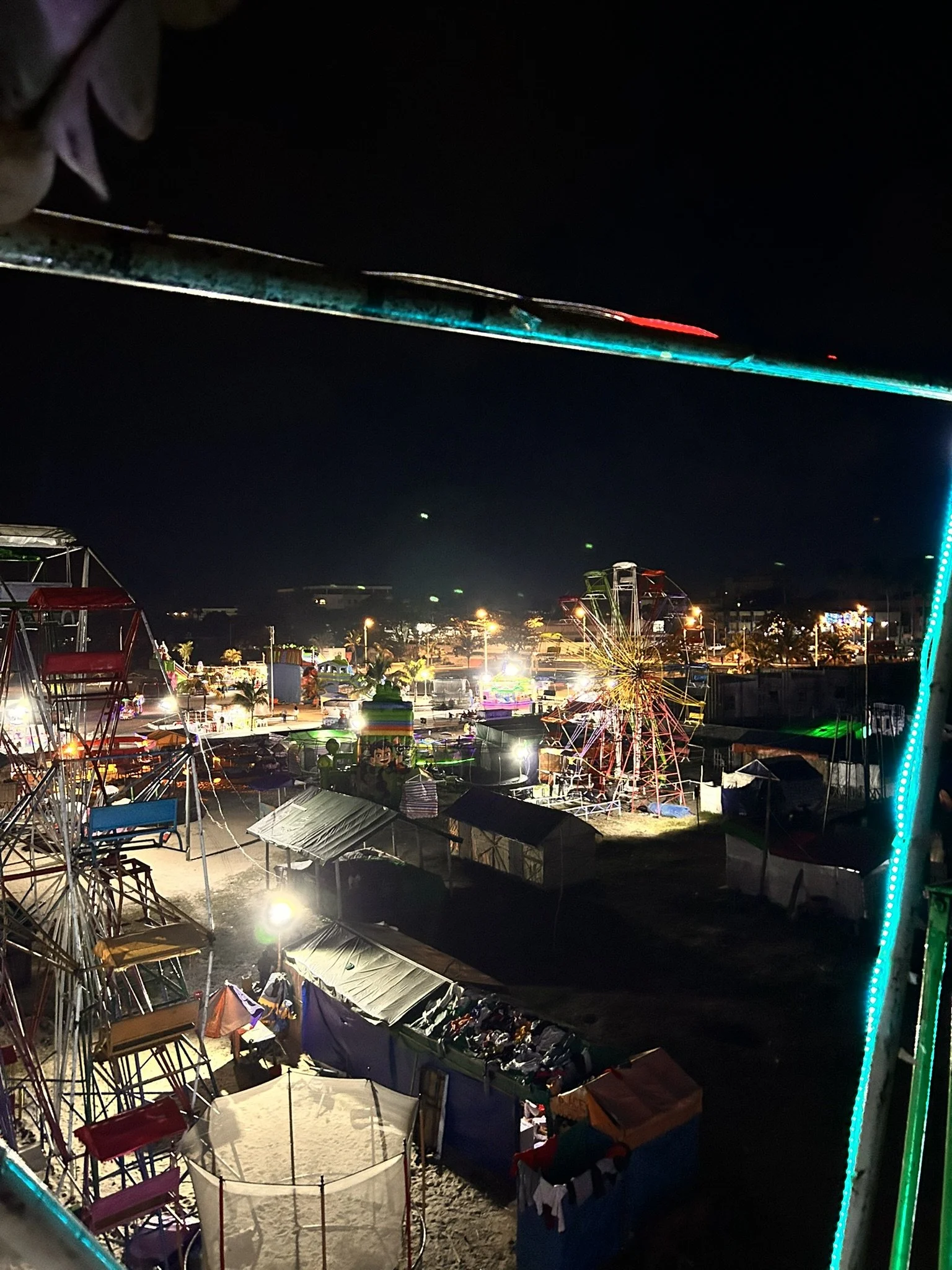
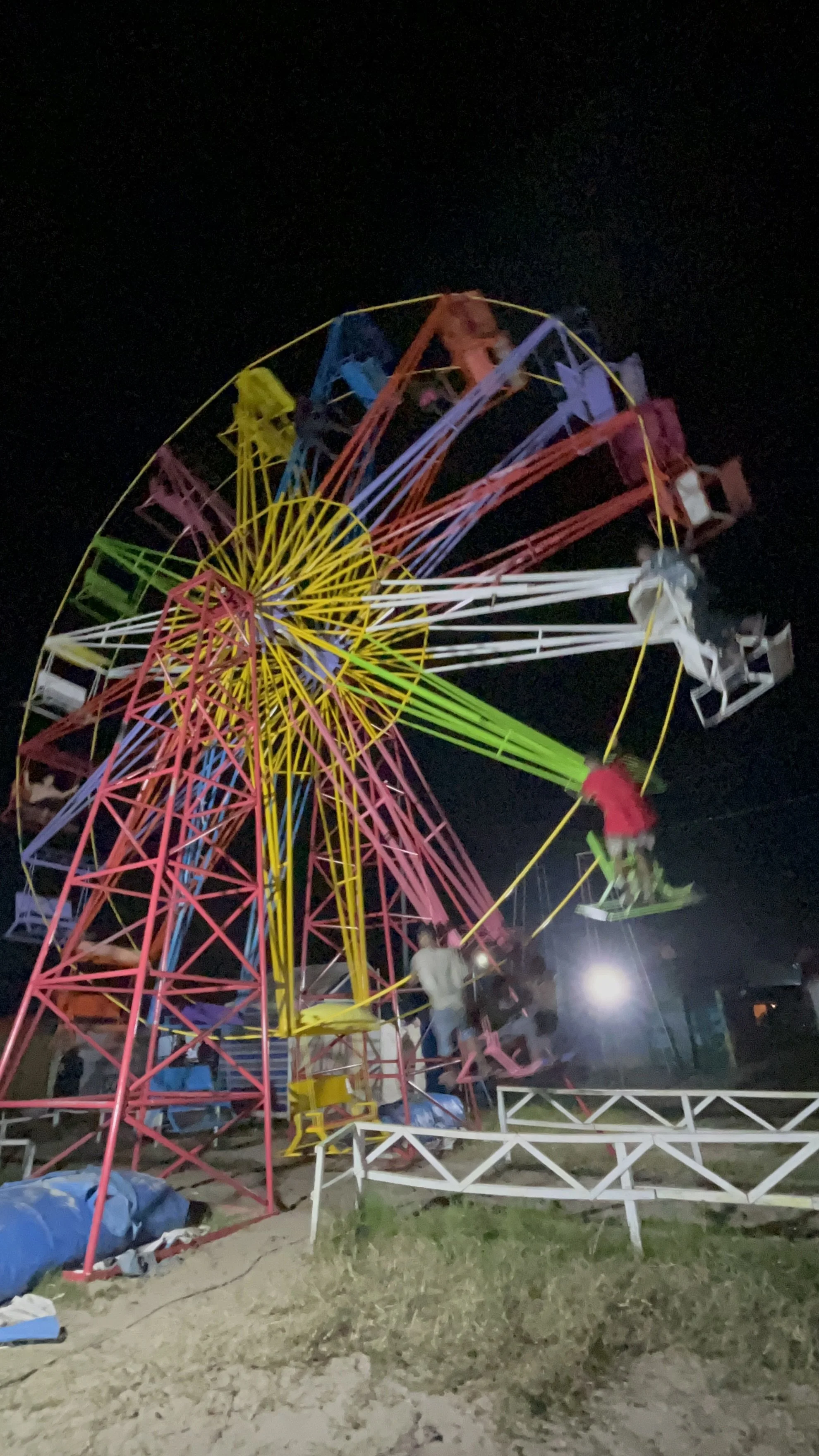
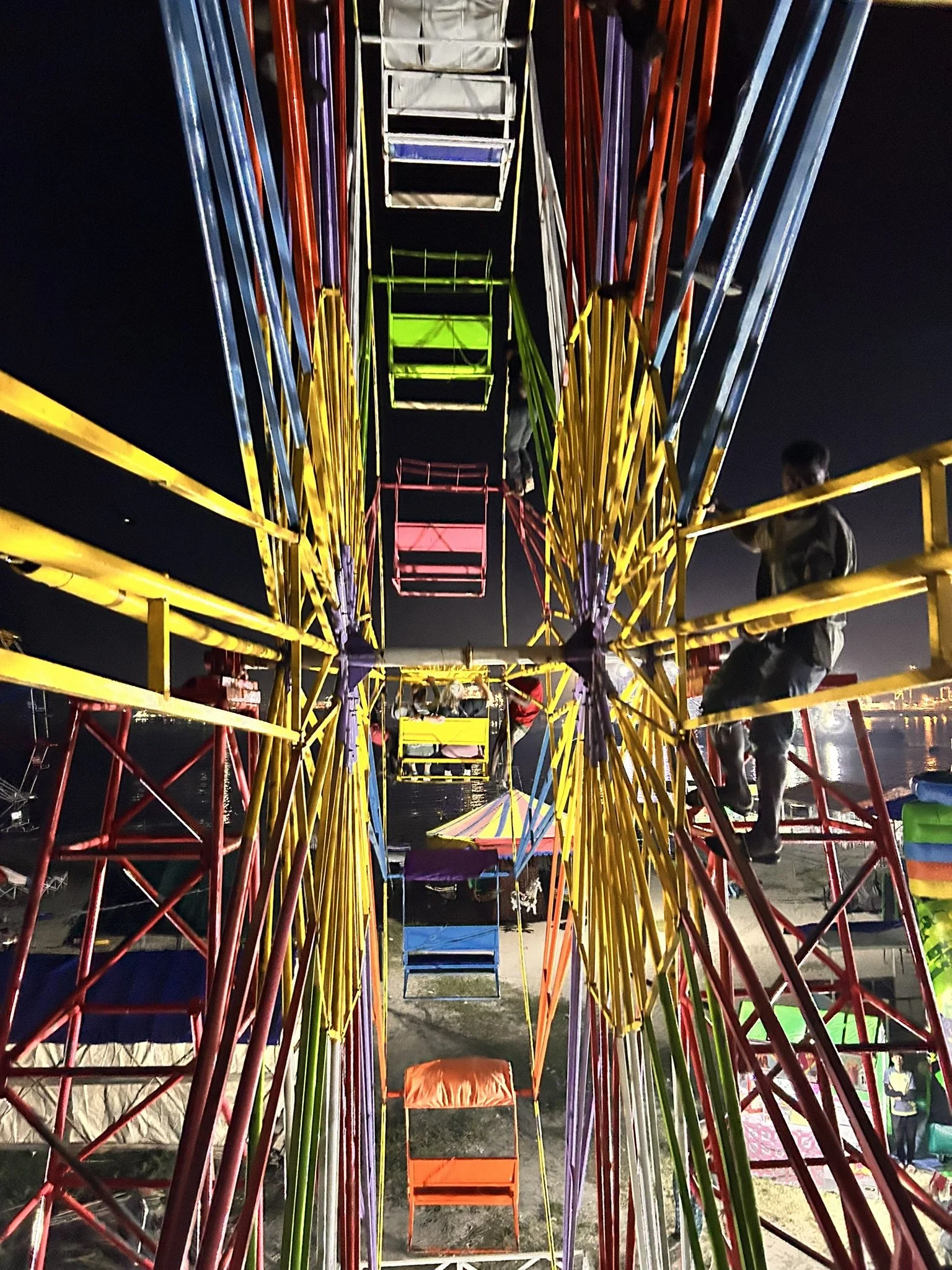
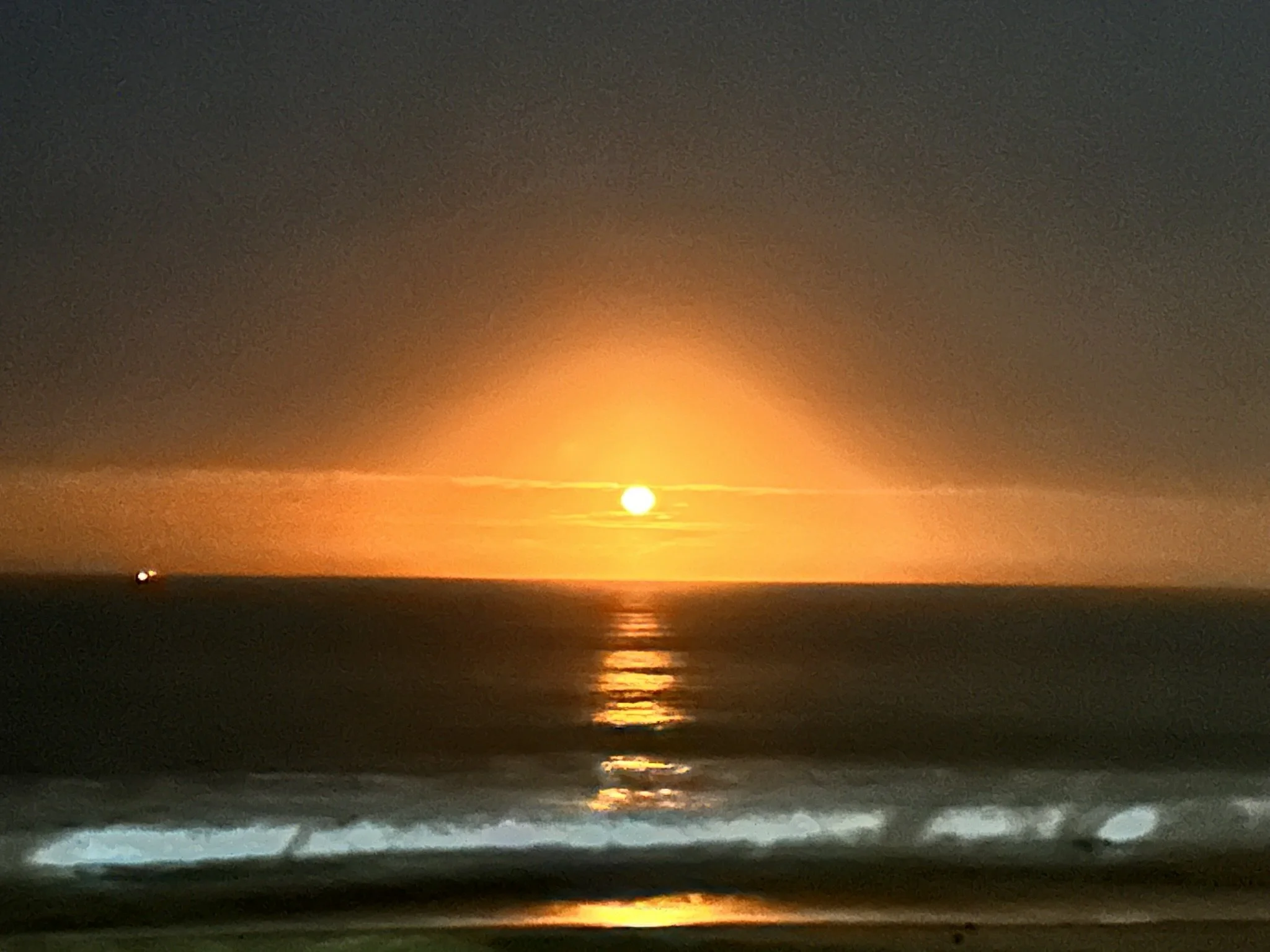
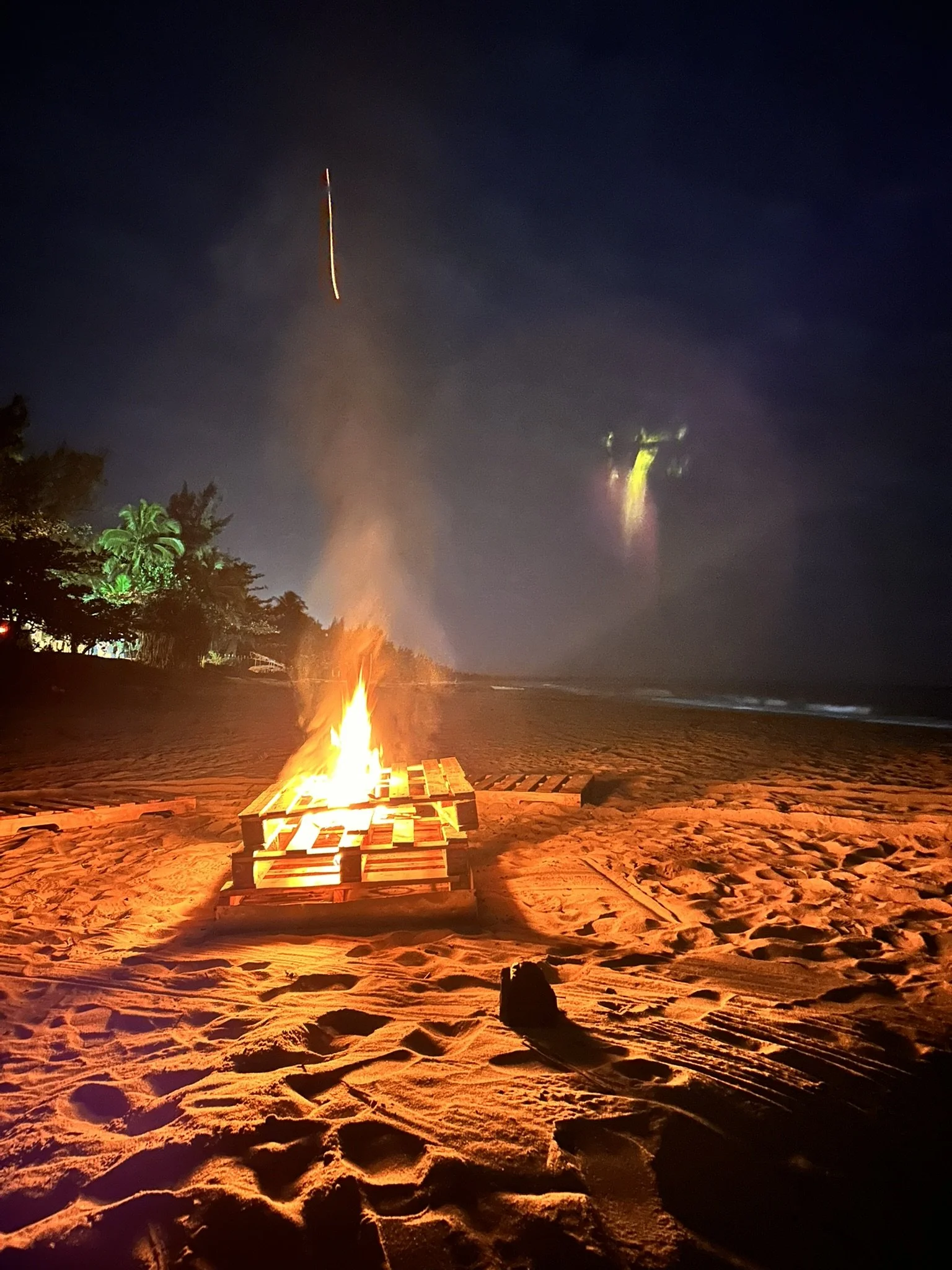
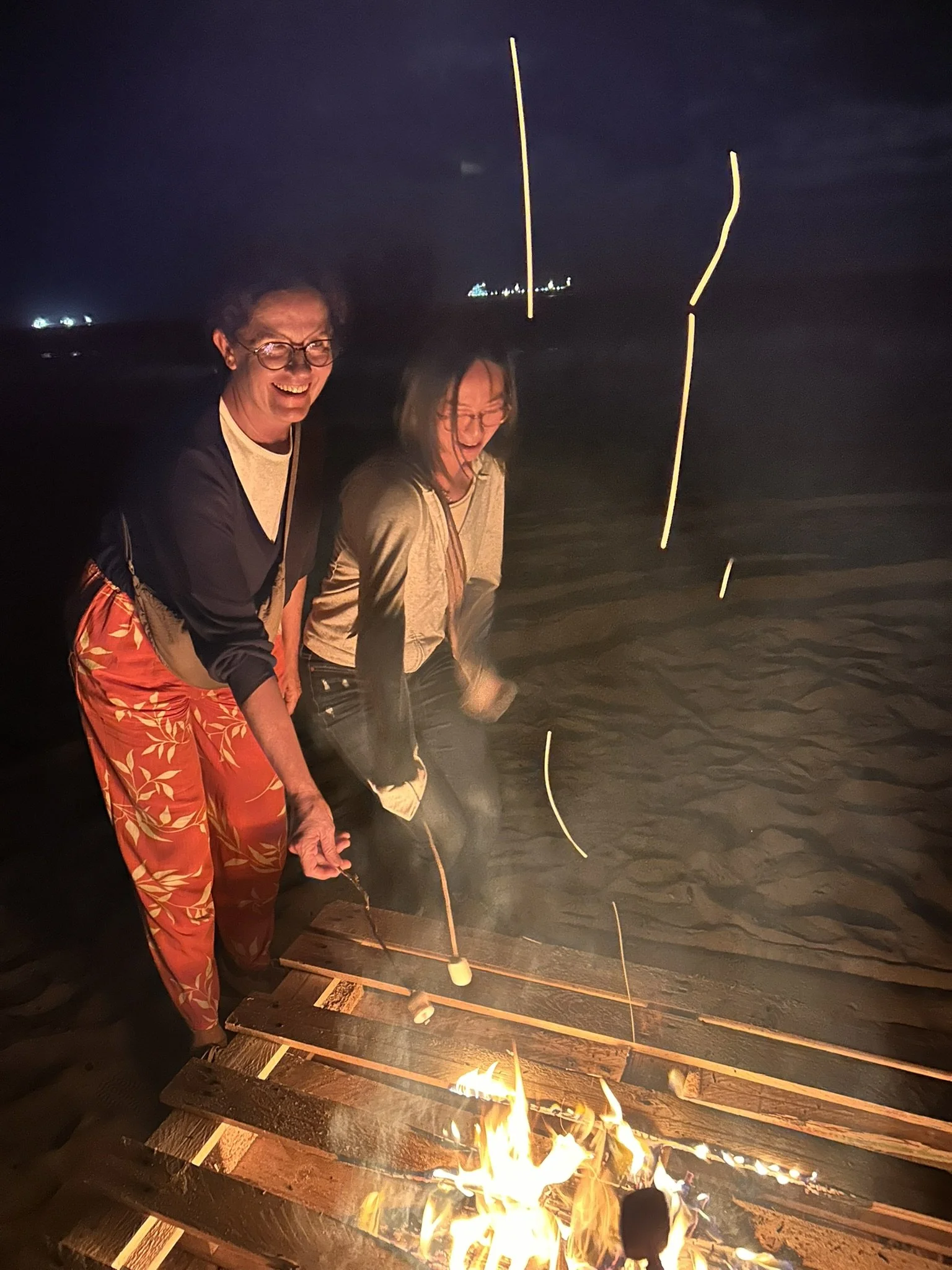
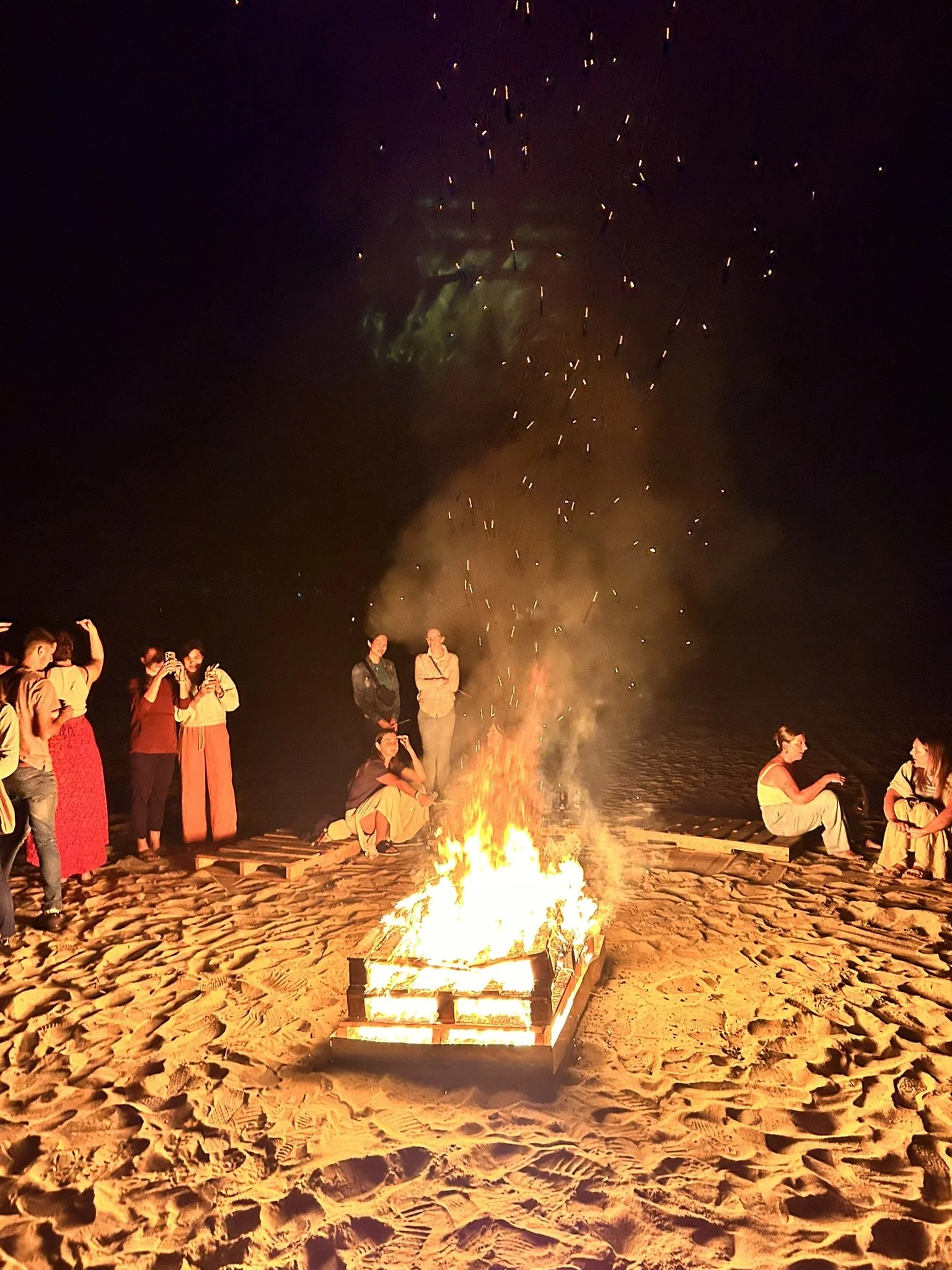
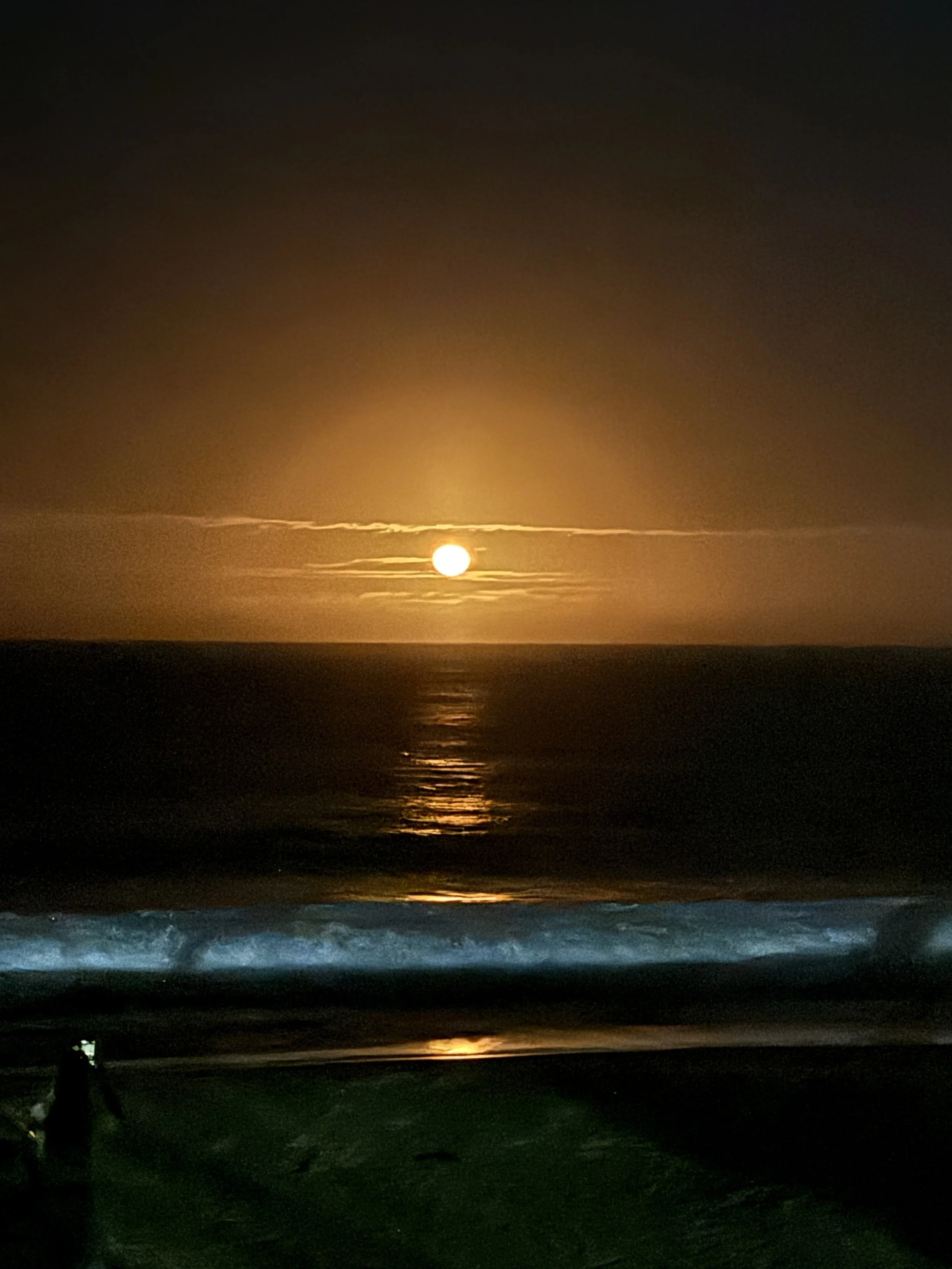
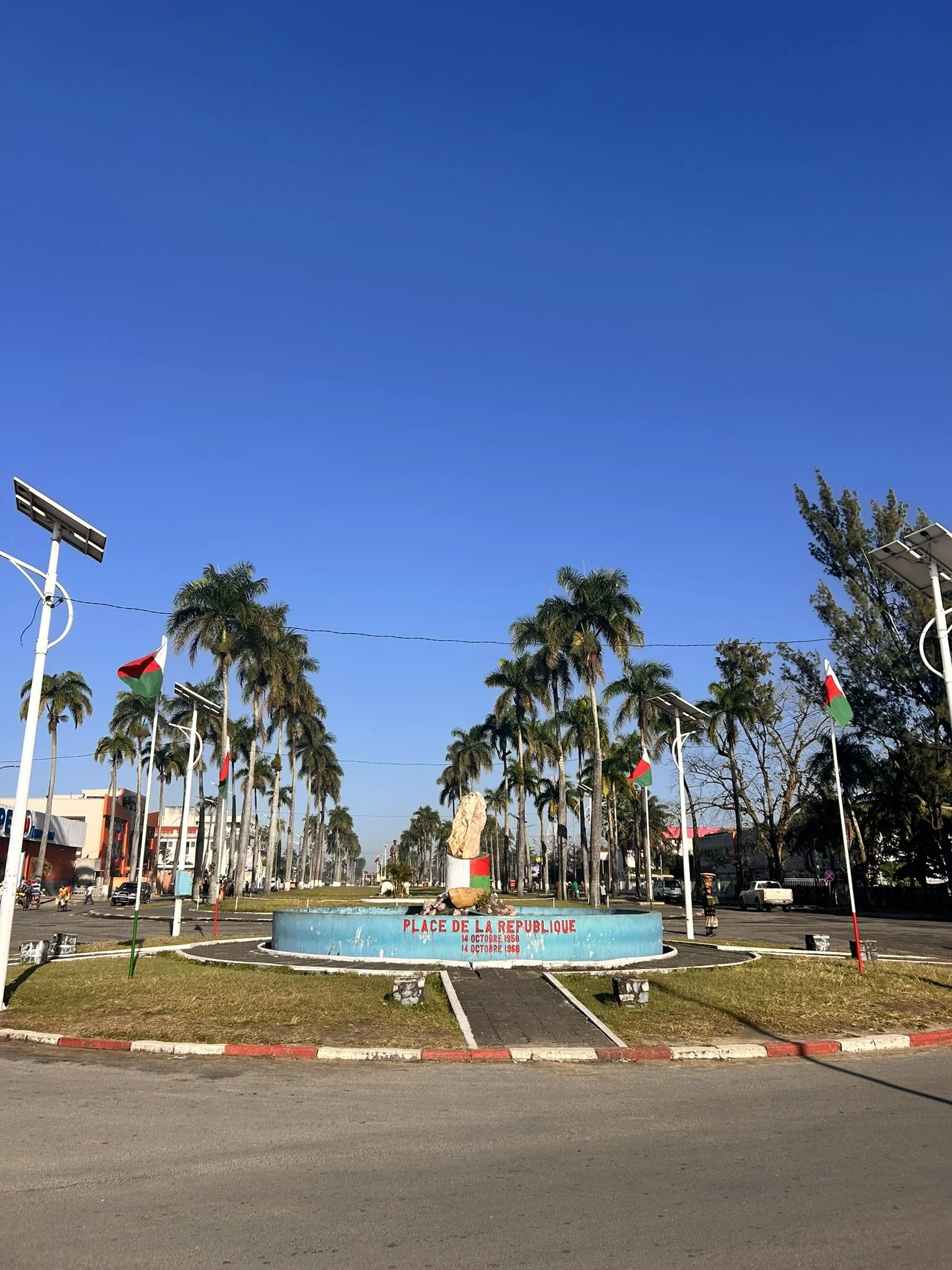
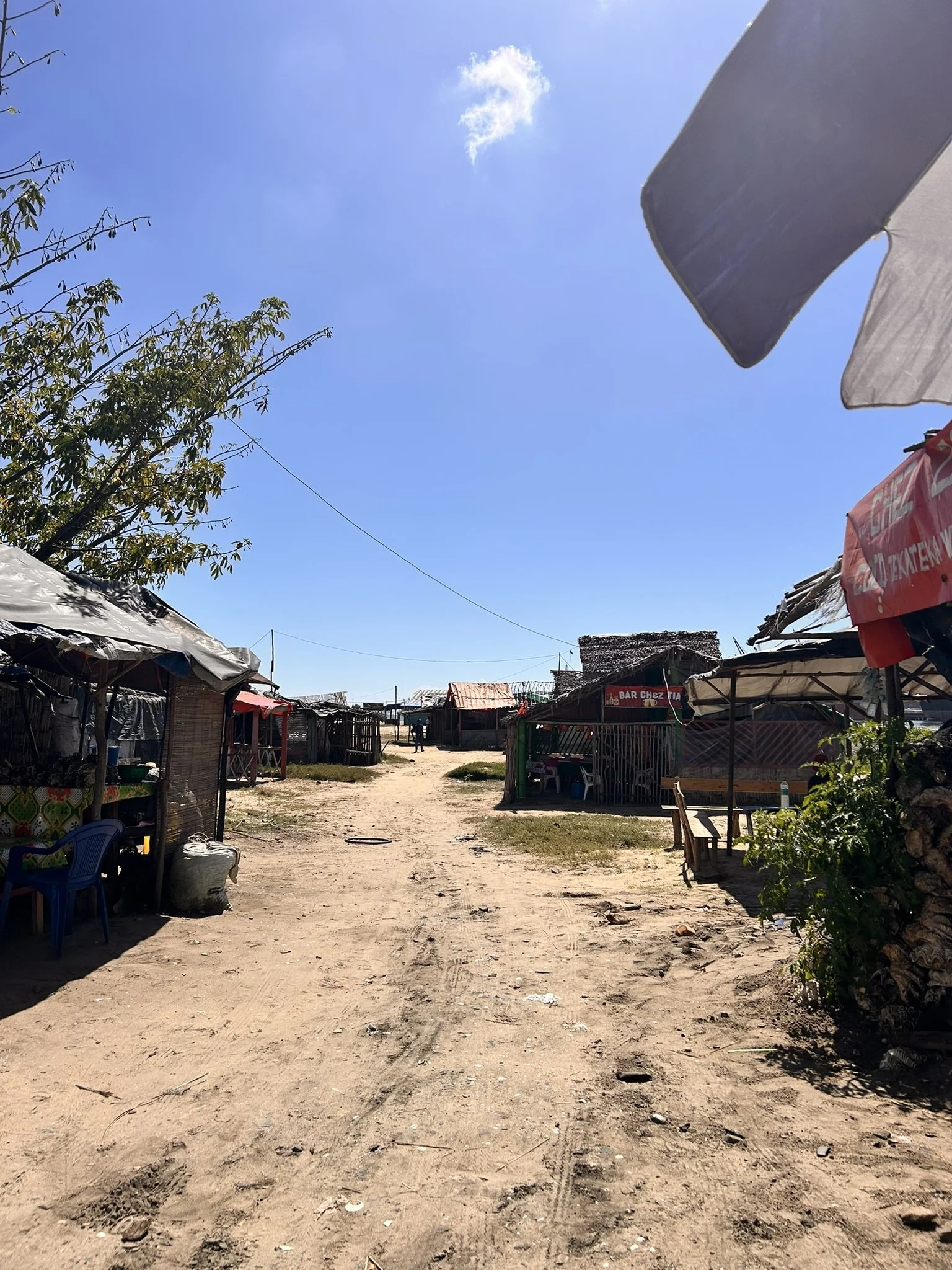
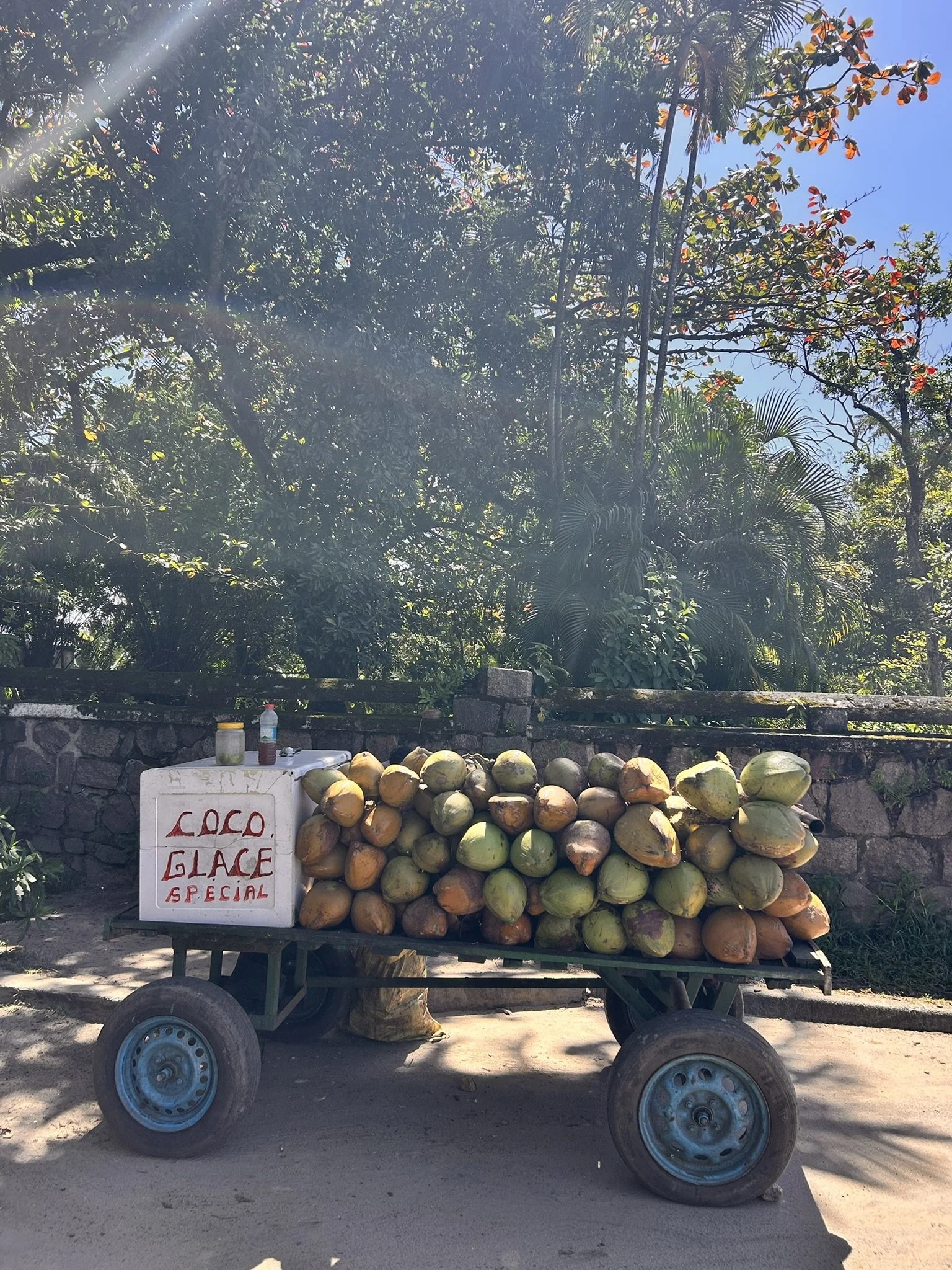
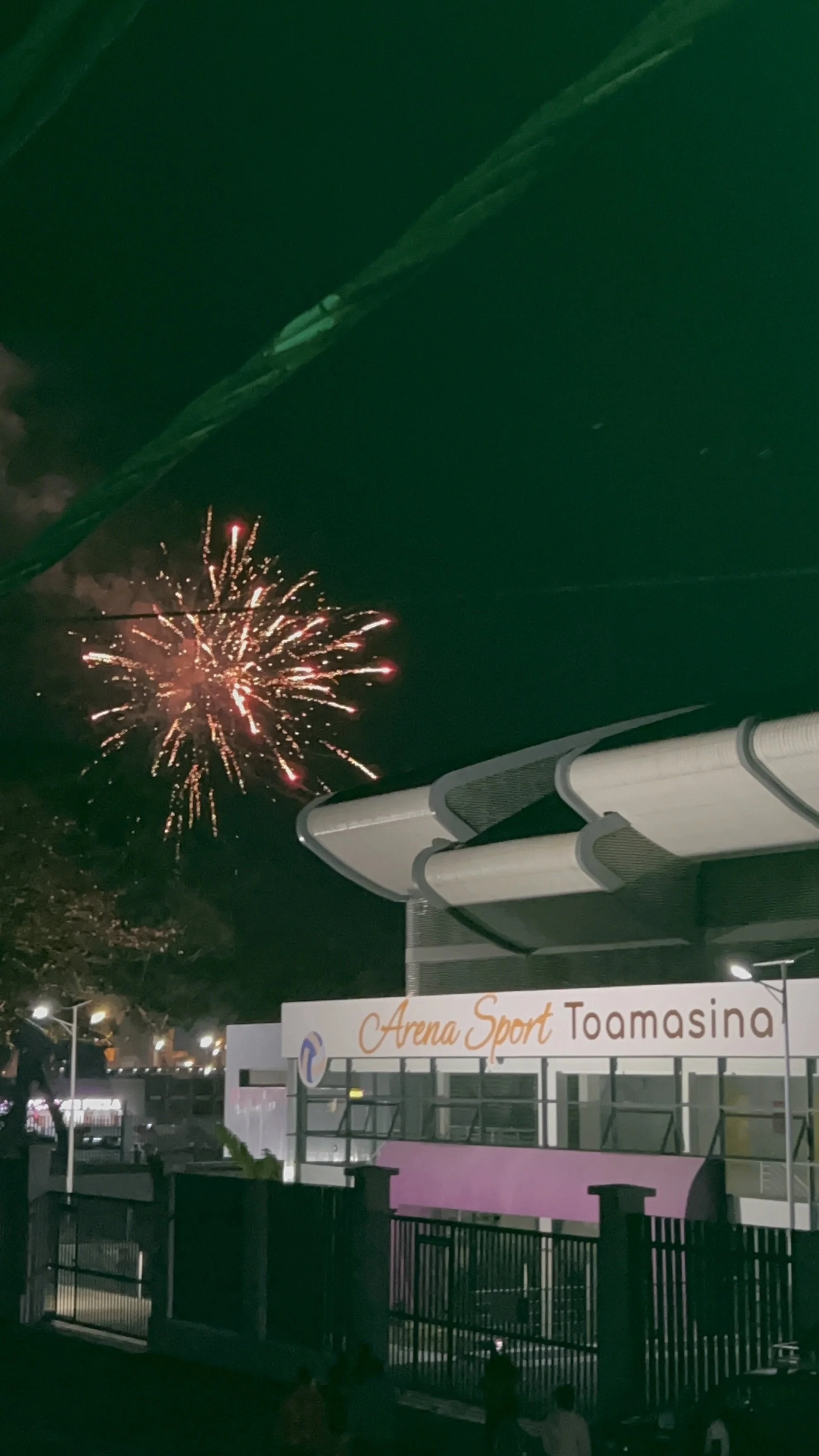
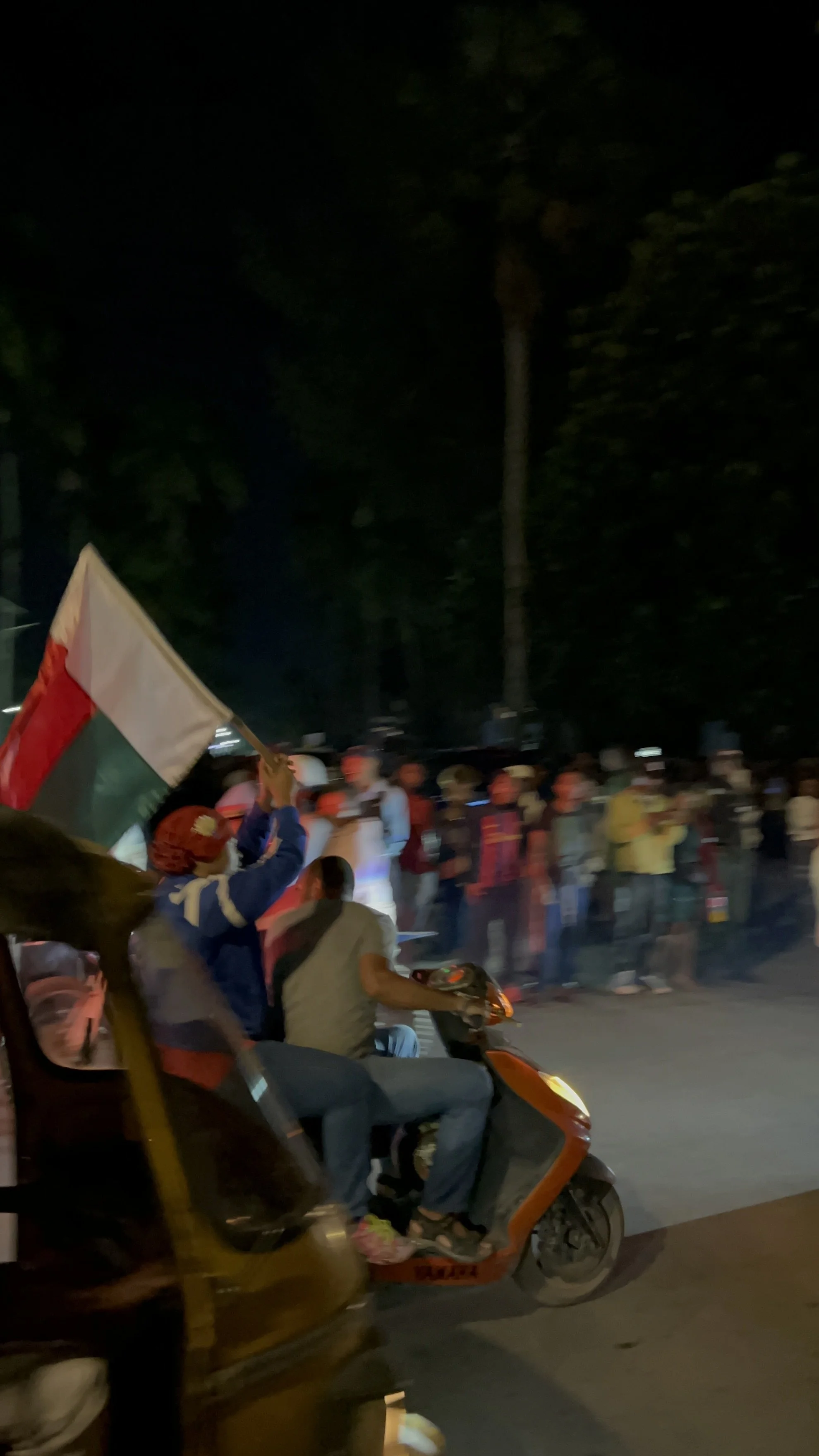
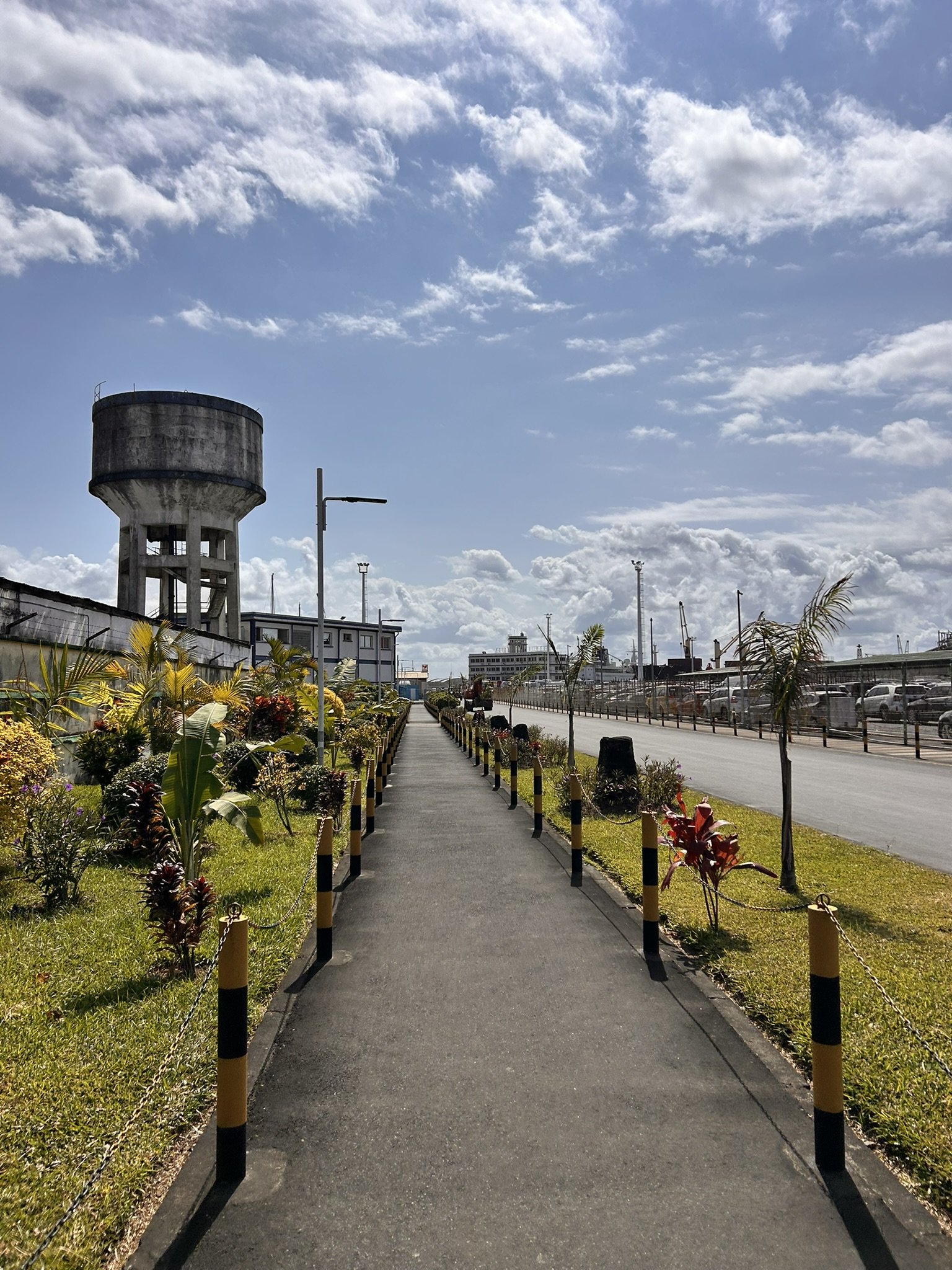
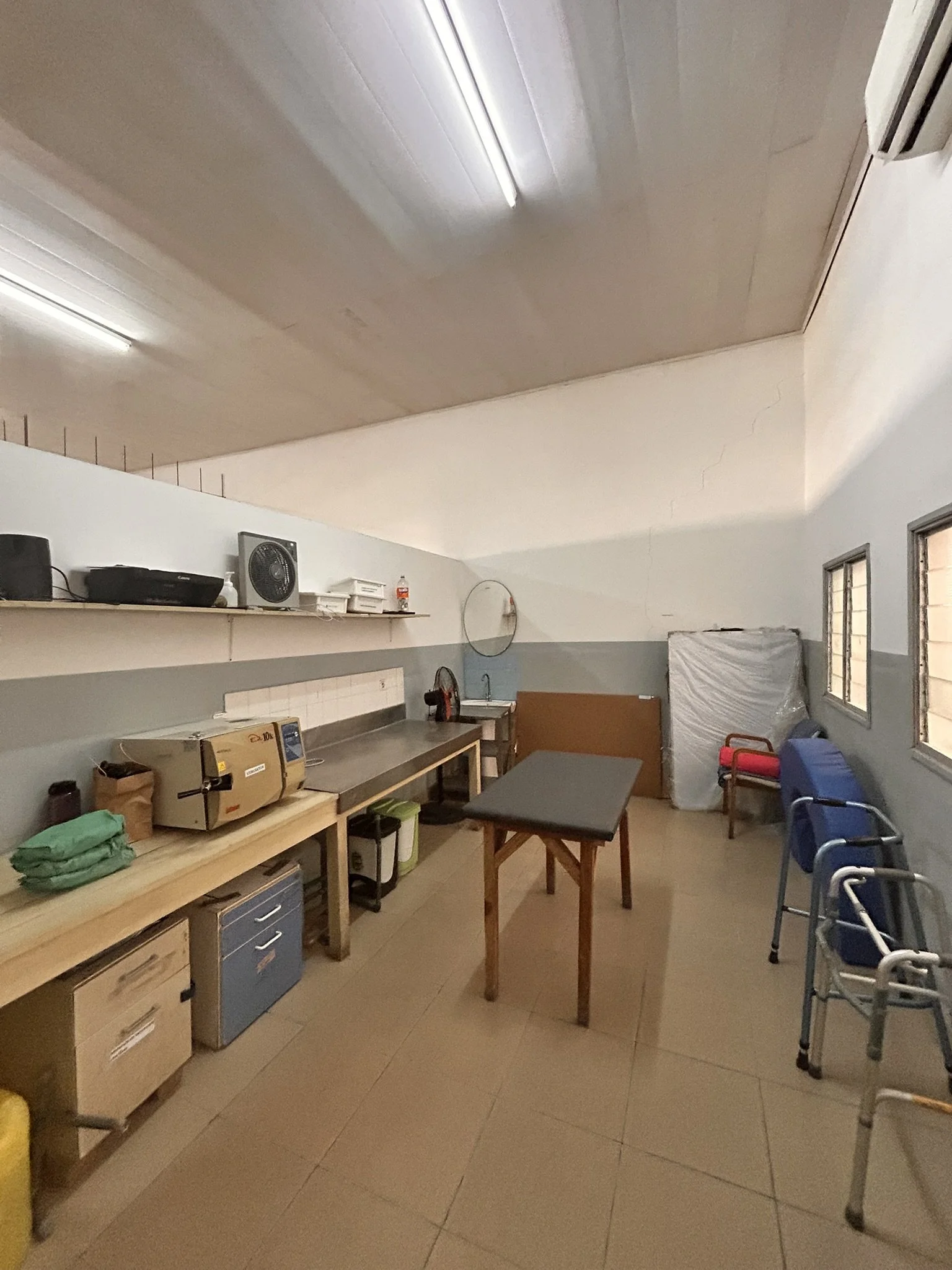
Toamasina (Tamatave)
One of the best parts of being in Toamasina is how easy it is to step off the ship and immerse yourself in the city’s vibrant energy. Within just a mile, you find yourself surrounded by bustling streets, colorful markets, and the tempting aromas of local bakeries, ice cream shops, and restaurants. One of my favorite spots is the little carnival by the water fountain, where children race around in laughter while street vendors hawk their goods. The centerpiece is a truly wild experience—a man-powered ferris wheel. Not for the faint of heart, this wheel relies entirely on 5–7 strong men climbing the metal bars and jumping from cart to cart to propel the ride. It’s equal parts terrifying and exhilarating!
The city’s boardwalk runs parallel to the coast, offering a quiet escape from the chaos. On early mornings, I love running along this stretch, feeling the sand-scented breeze and hearing only the rhythm of my own footsteps and breath. The peacefulness is a perfect contrast to the lively streets nearby.
One Sunday, we embarked on an adventurous journey in an old Land Cruiser through the winding back streets of Toamasina to visit the Malagasy church of a fellow Day Crew member, Gildo. Called the “Presence of God,” the moment we entered, we were warmly welcomed into the congregation. Worshipping alongside the locals, we were swept up in spirited singing and dancing, guided by two young men on stage who coached the congregation through choreographed moves. Everyone participated with joyful energy, and it felt like the entire church moved as one body to the music.
Evenings can be just as magical. One night, we built a bonfire on Darafiffy Beach, gathering pallets of driftwood to create a towering blaze on the sand. Marshmallows made their debut on sticks—some we found, some we brought ourselves—and it was a joy to share this simple pleasure with friends and new acquaintances. For some, it was their first time roasting a marshmallow, and for others, a nostalgic reminder of childhood beach nights. Just a small moment, but one that perfectly captures the warmth and communal spirit of life in Toamasina.
Volunteering at the Womens’ Prison
One of the most humbling ways we give back to the local community in Madagascar is by serving and teaching at the women’s prison. This facility houses women who have committed petty crimes, many of whom may spend years incarcerated even before their court dates. I spoke with a woman who had already been in the prison for two years; after her hearing, she was sentenced to five years total. She optimistically said she “only has three years left,” trying to find hope in an otherwise bleak situation.
The daily rations are minimal—just one cassava root per woman per day. If family or friends live nearby, they might receive extra food, but many women who are alone go hungry. The corruption in the system is staggering: there are stories of guards exploiting women, pregnancies resulting from abuse, and prisoners being coerced in horrifying ways. The conditions are deplorable and feel hopeless at times, yet even small acts of kindness can make a real difference.
At the prison, we teach about health and hope. We provide fabric for the women to make reusable sanitary pads—a crucial resource, as many girls are forced to skip school during menstruation due to lack of proper hygiene. The women are grateful, curious, and eager to learn, asking thoughtful questions about nutrition and self-care. Many initially believe rice is the only essential part of their diet, so we emphasize the importance of vegetables, fruits, and proteins for overall health and digestion.
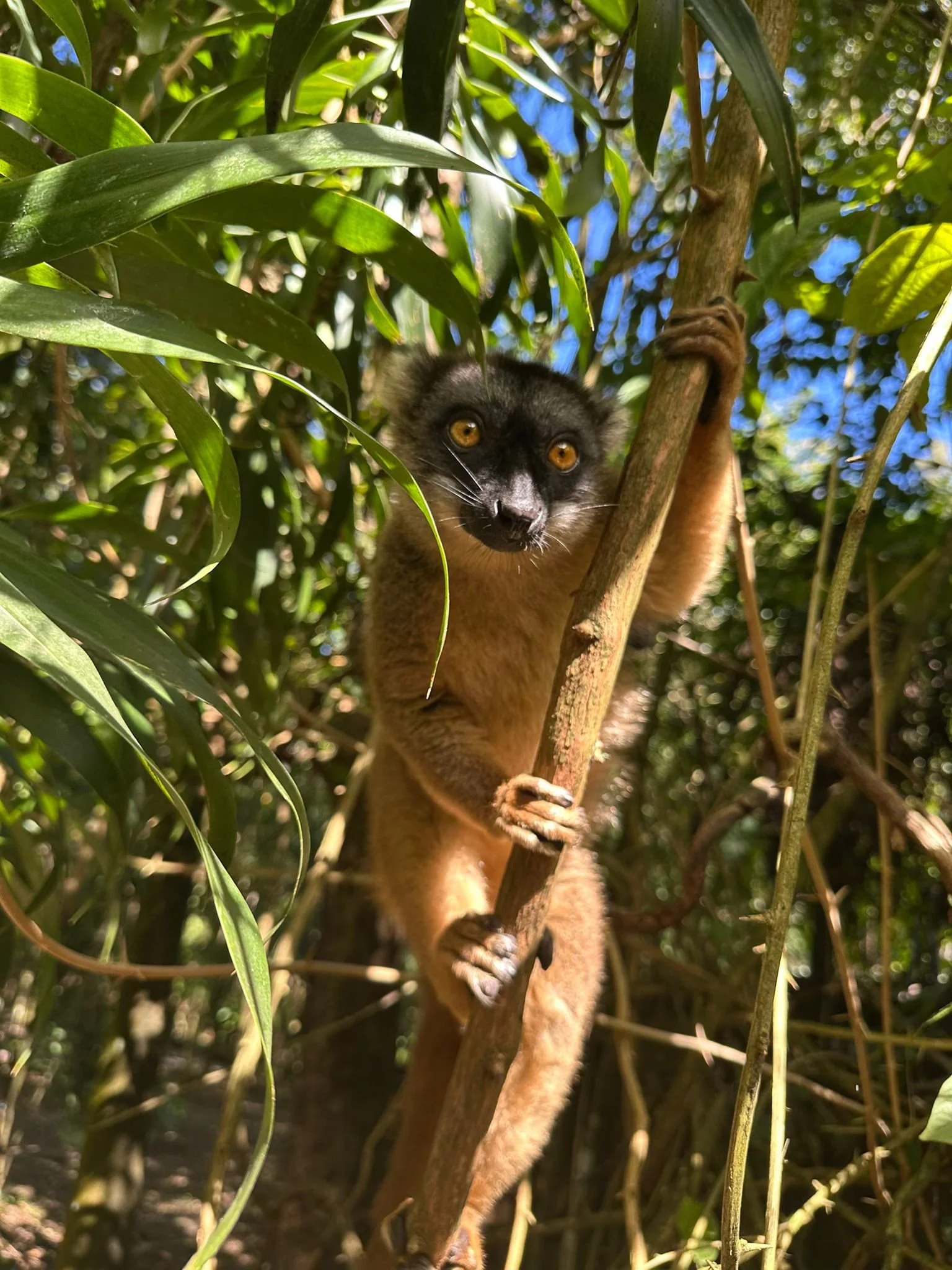
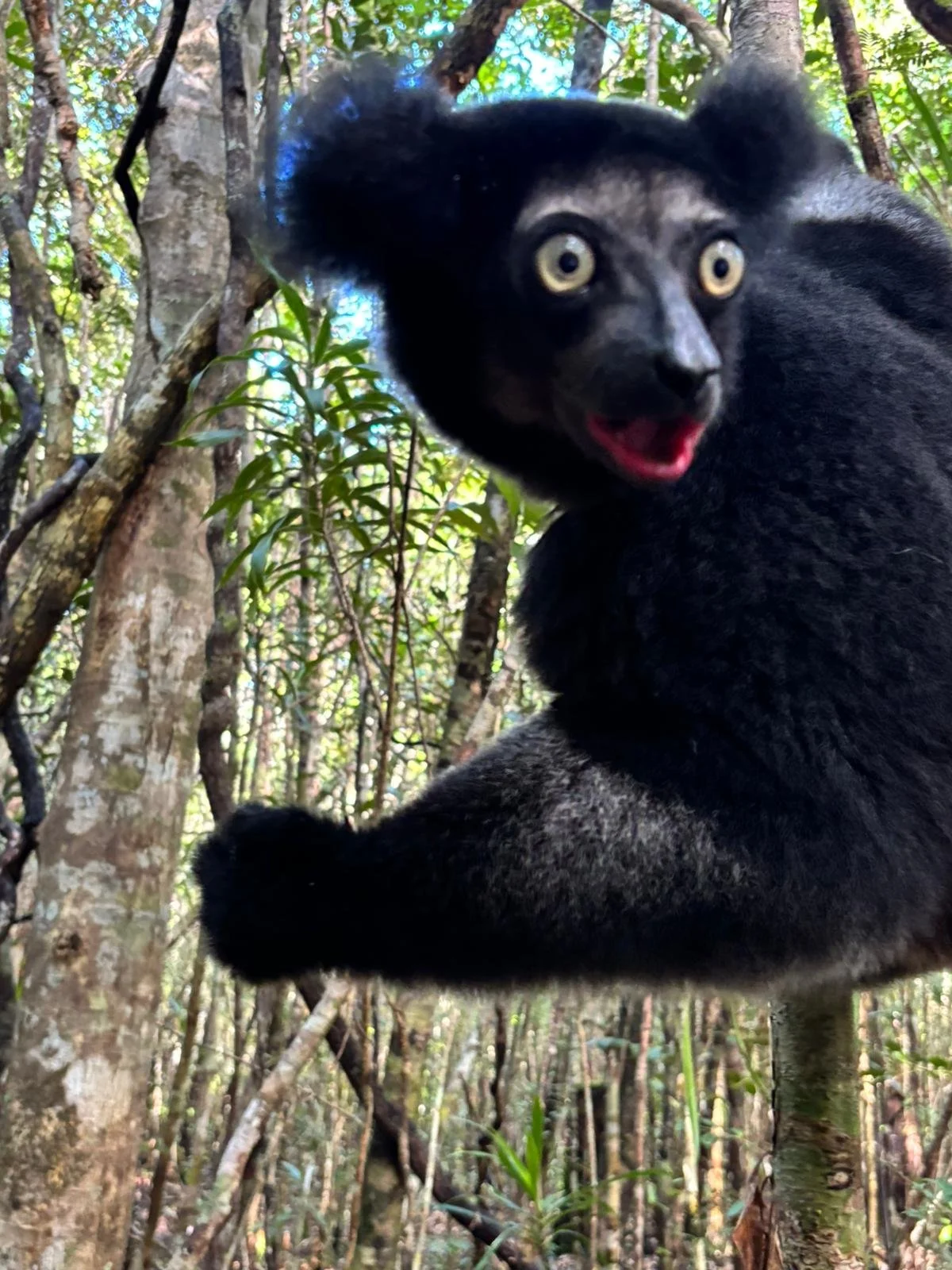
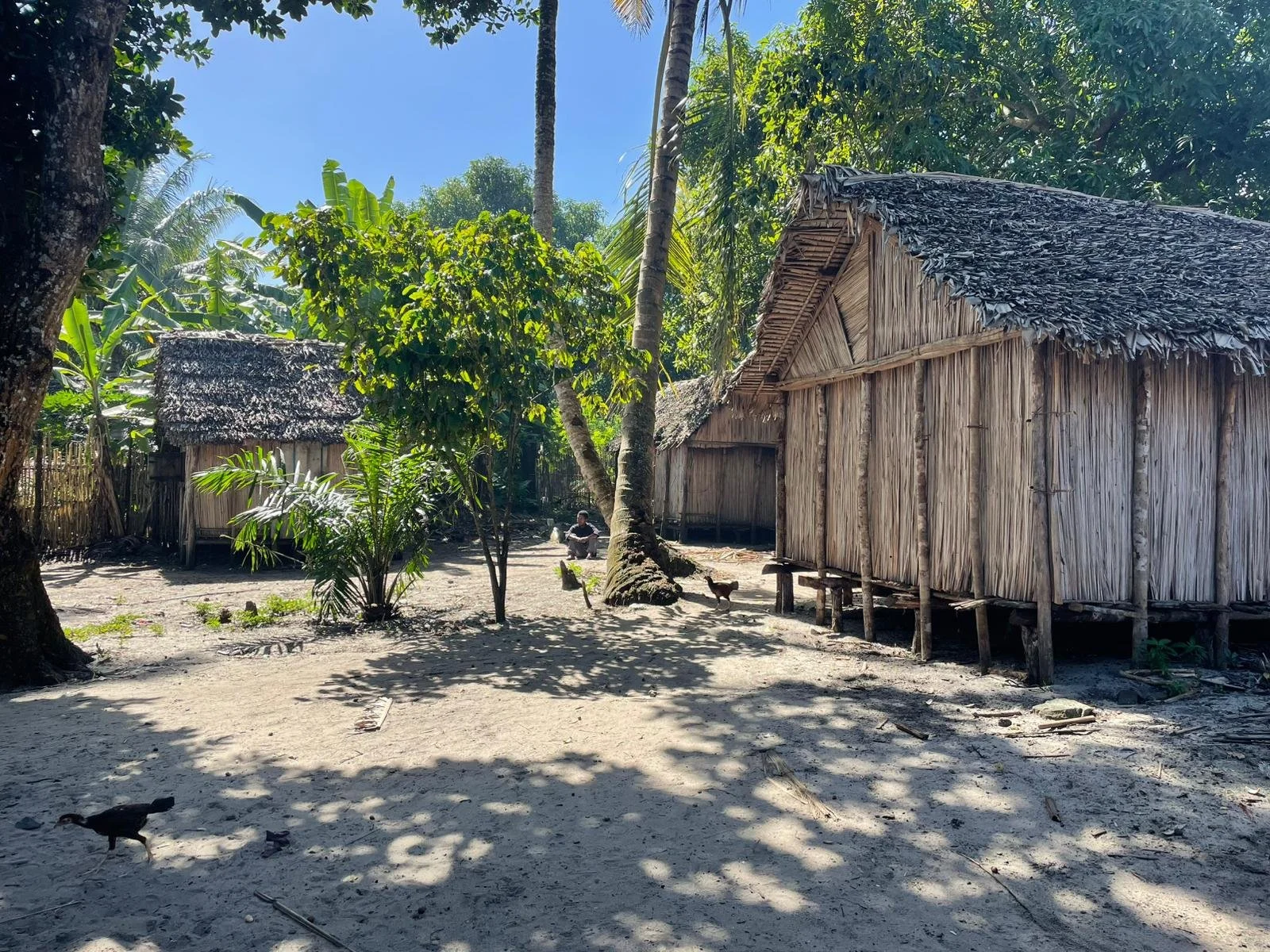
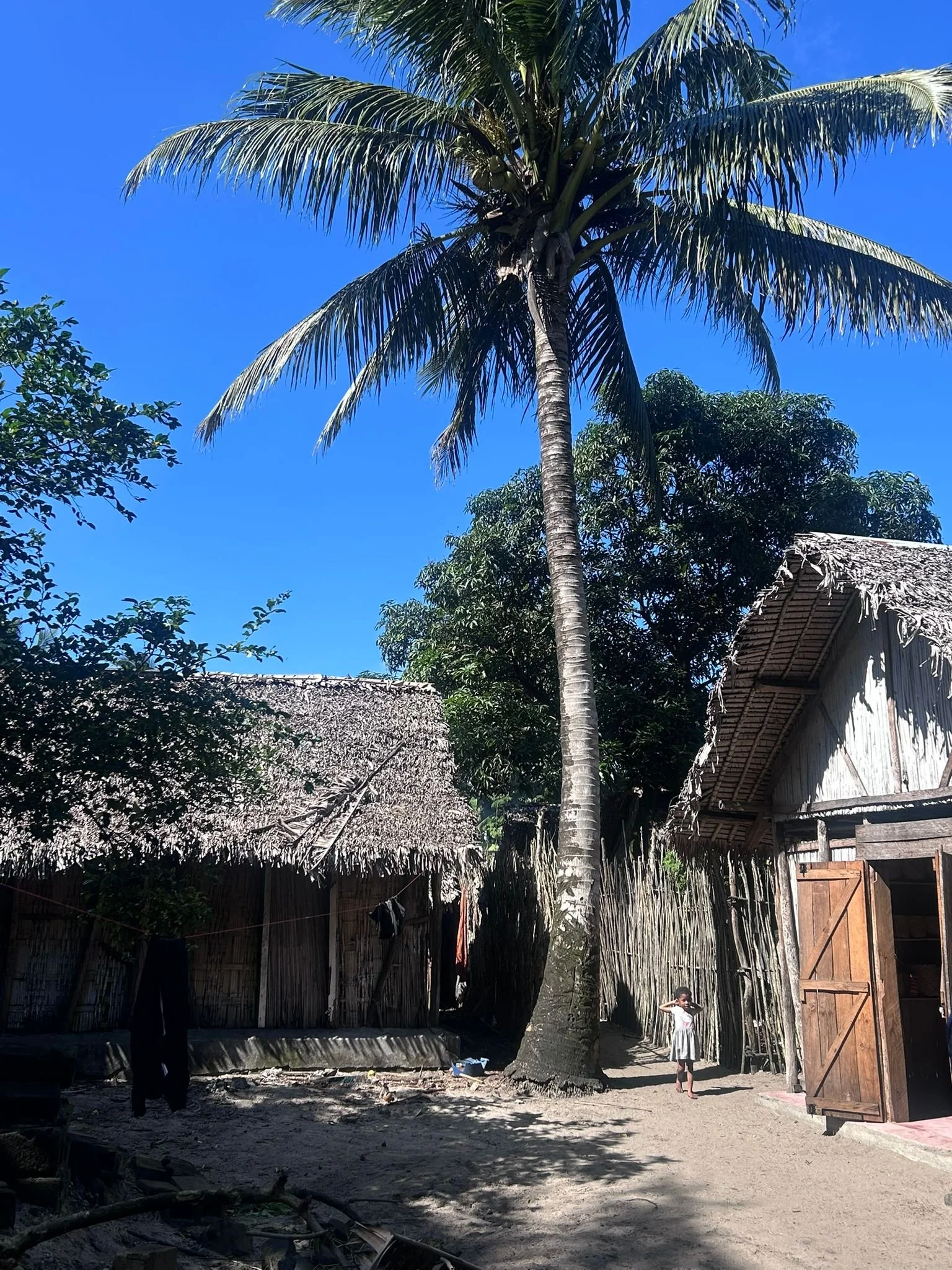
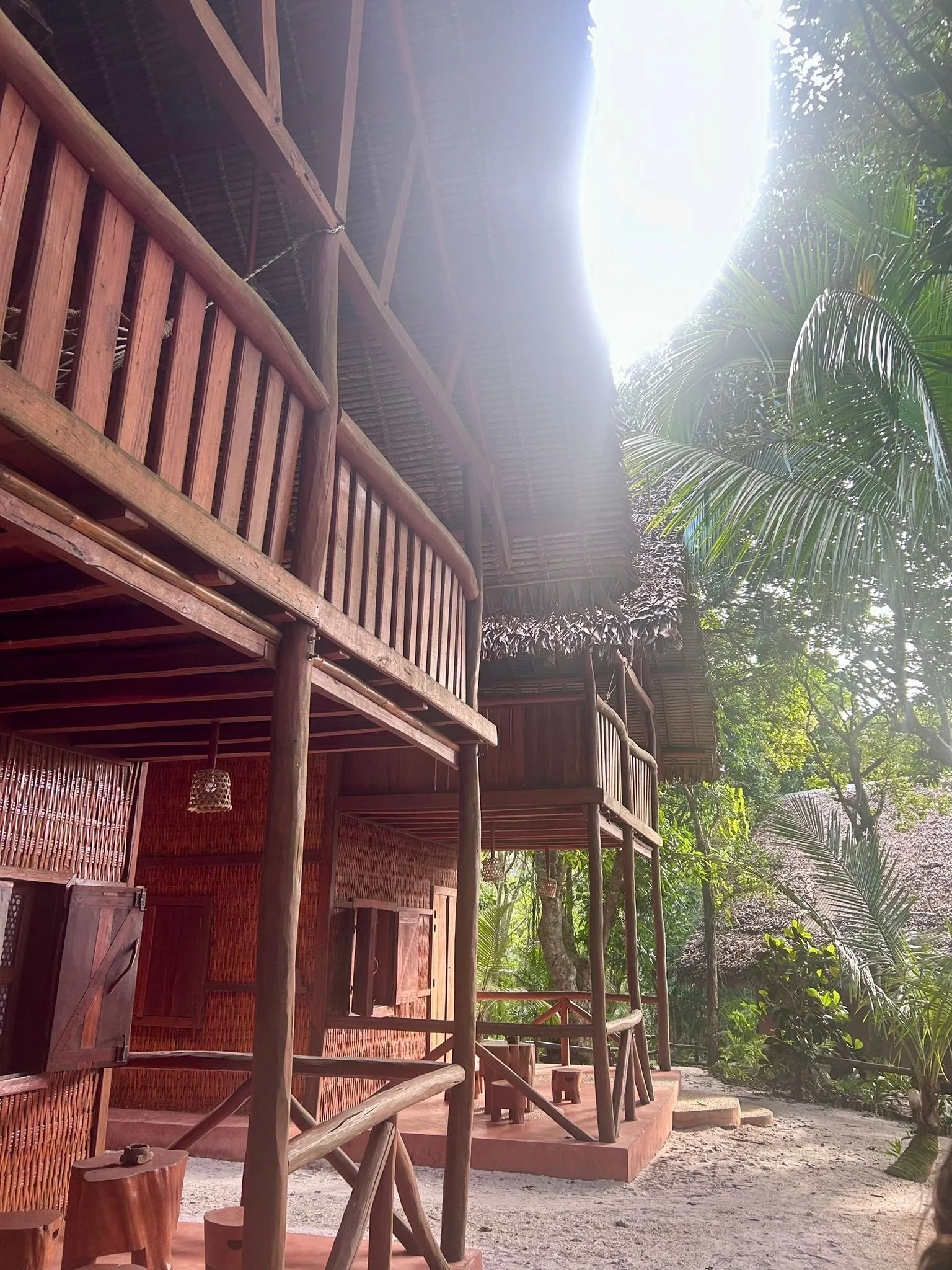
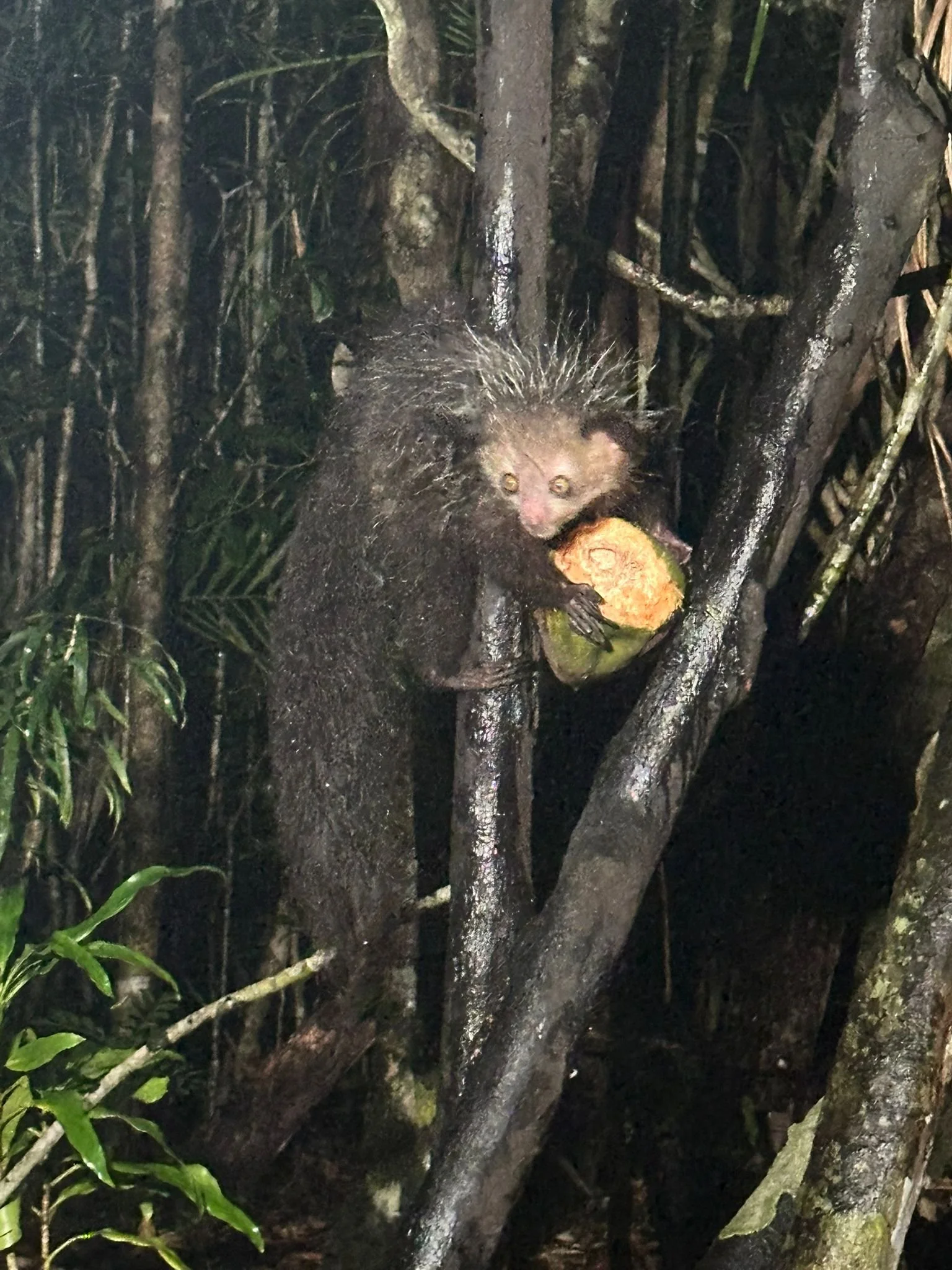
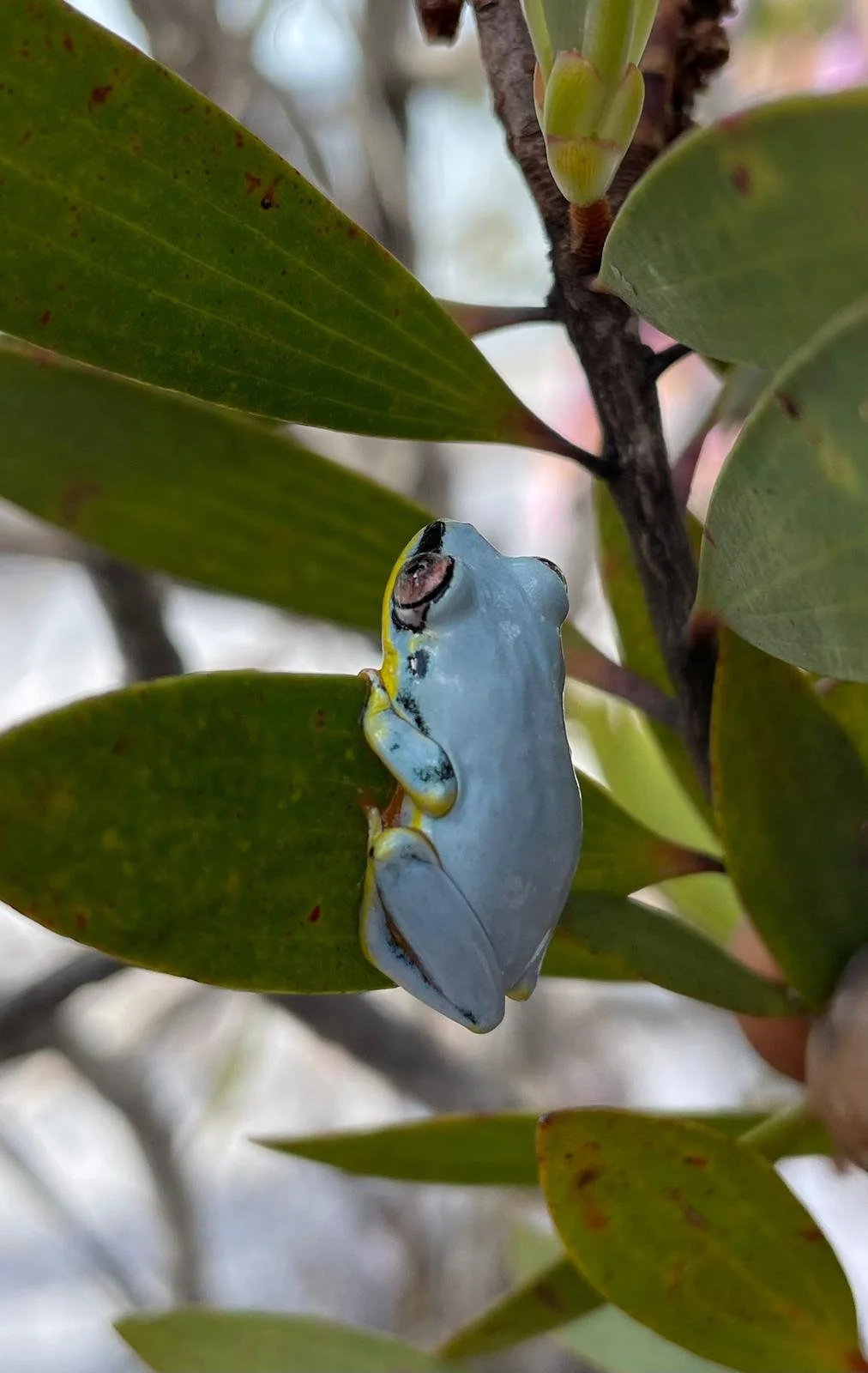
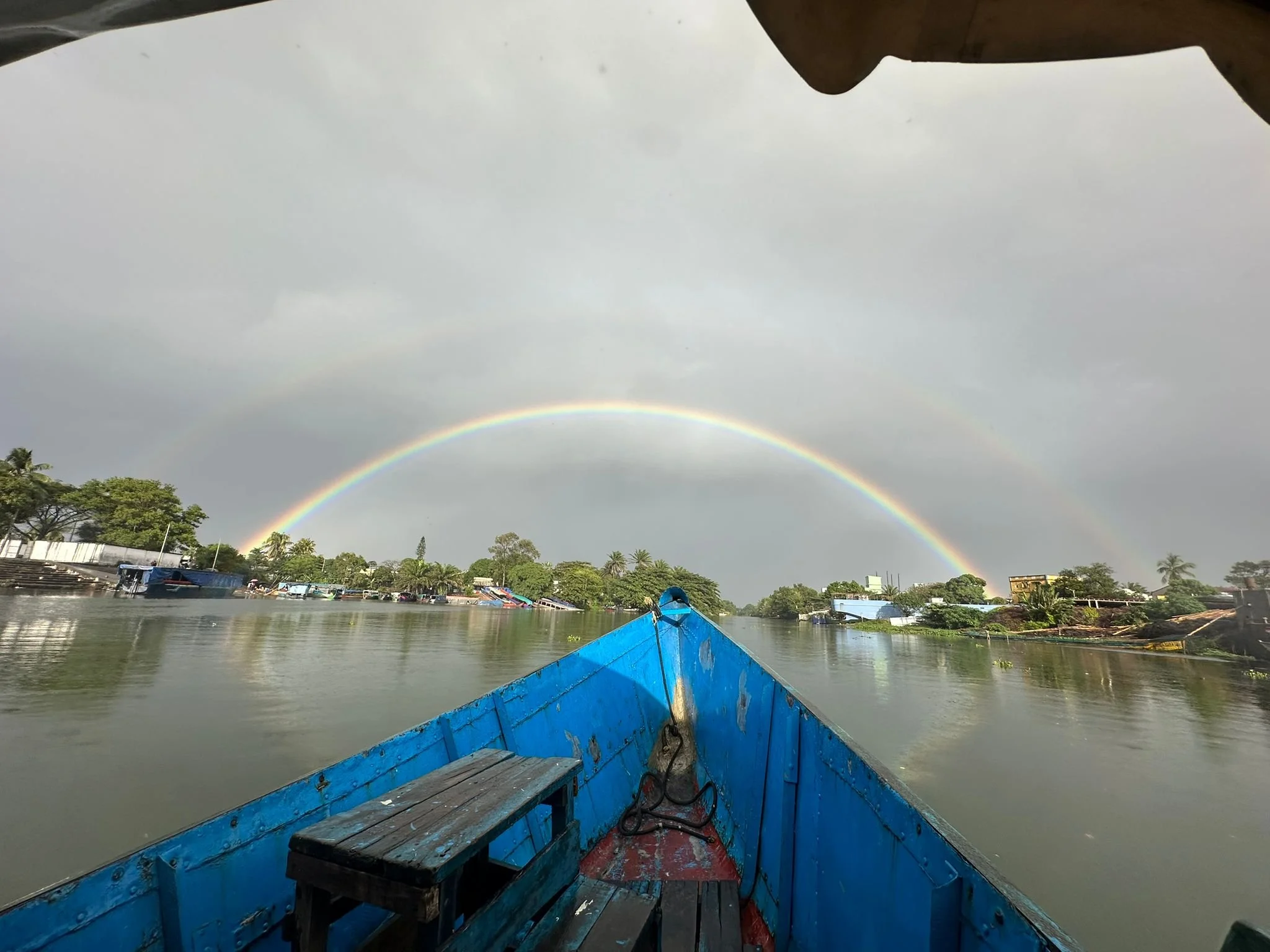
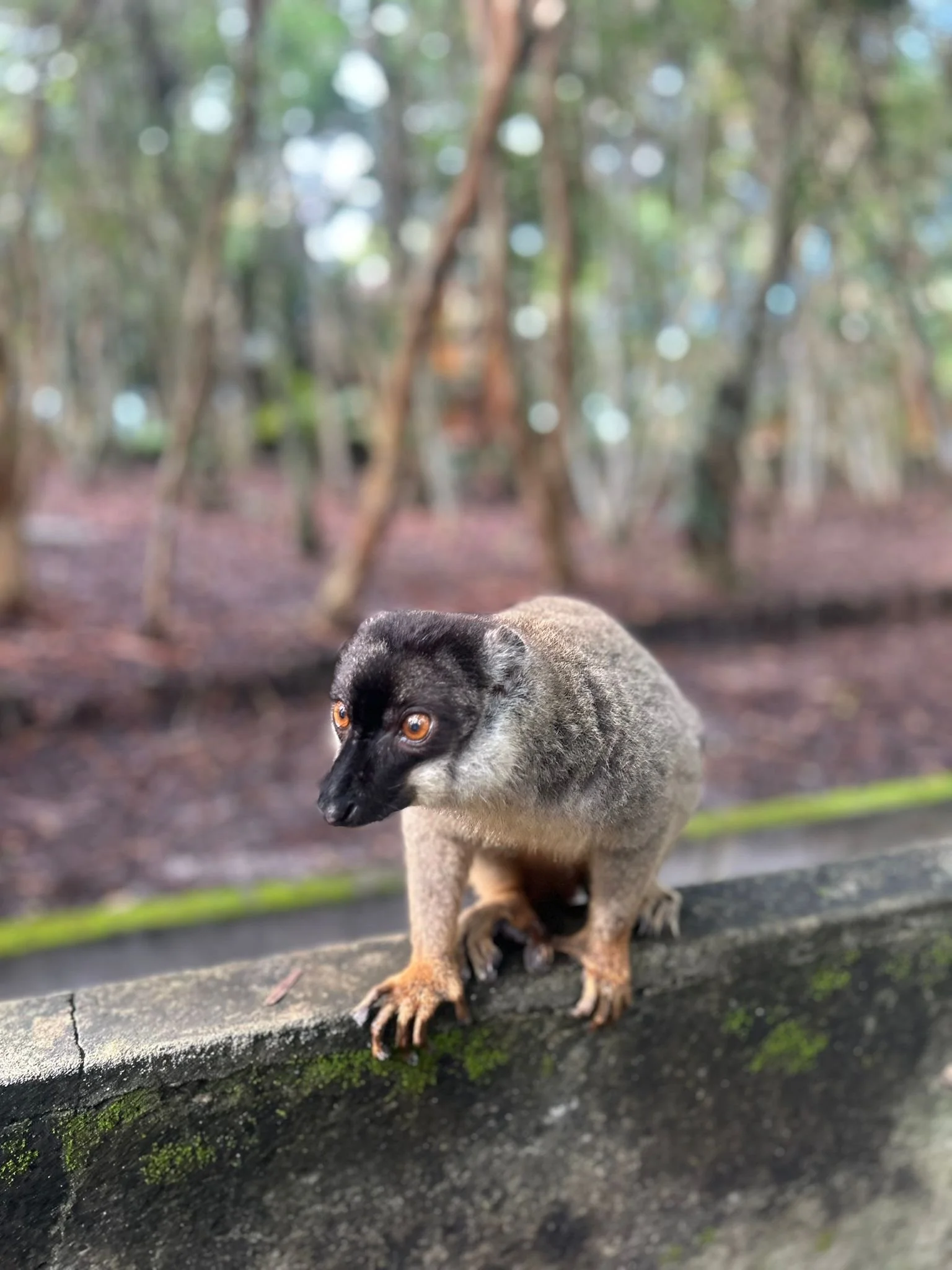
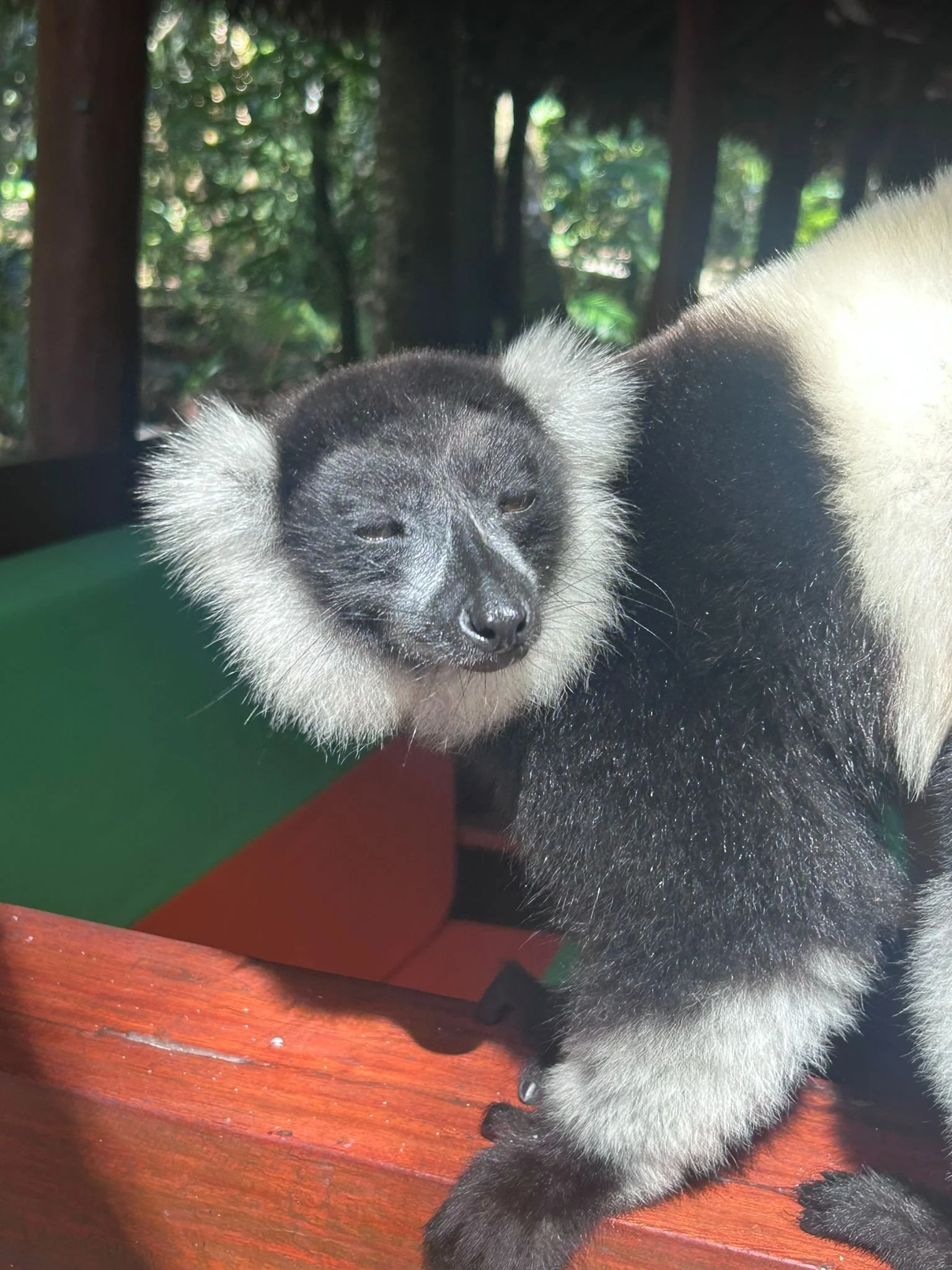
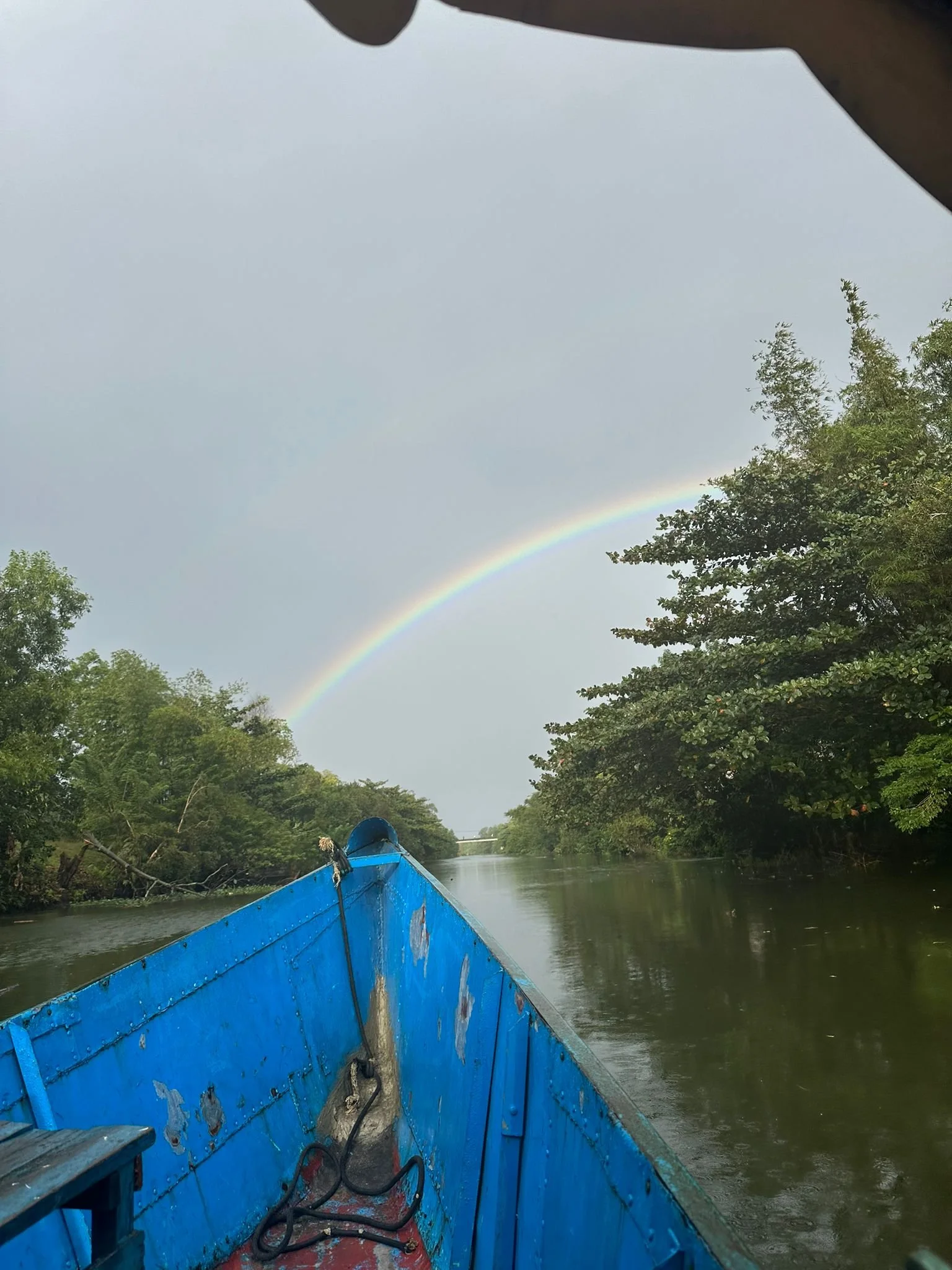
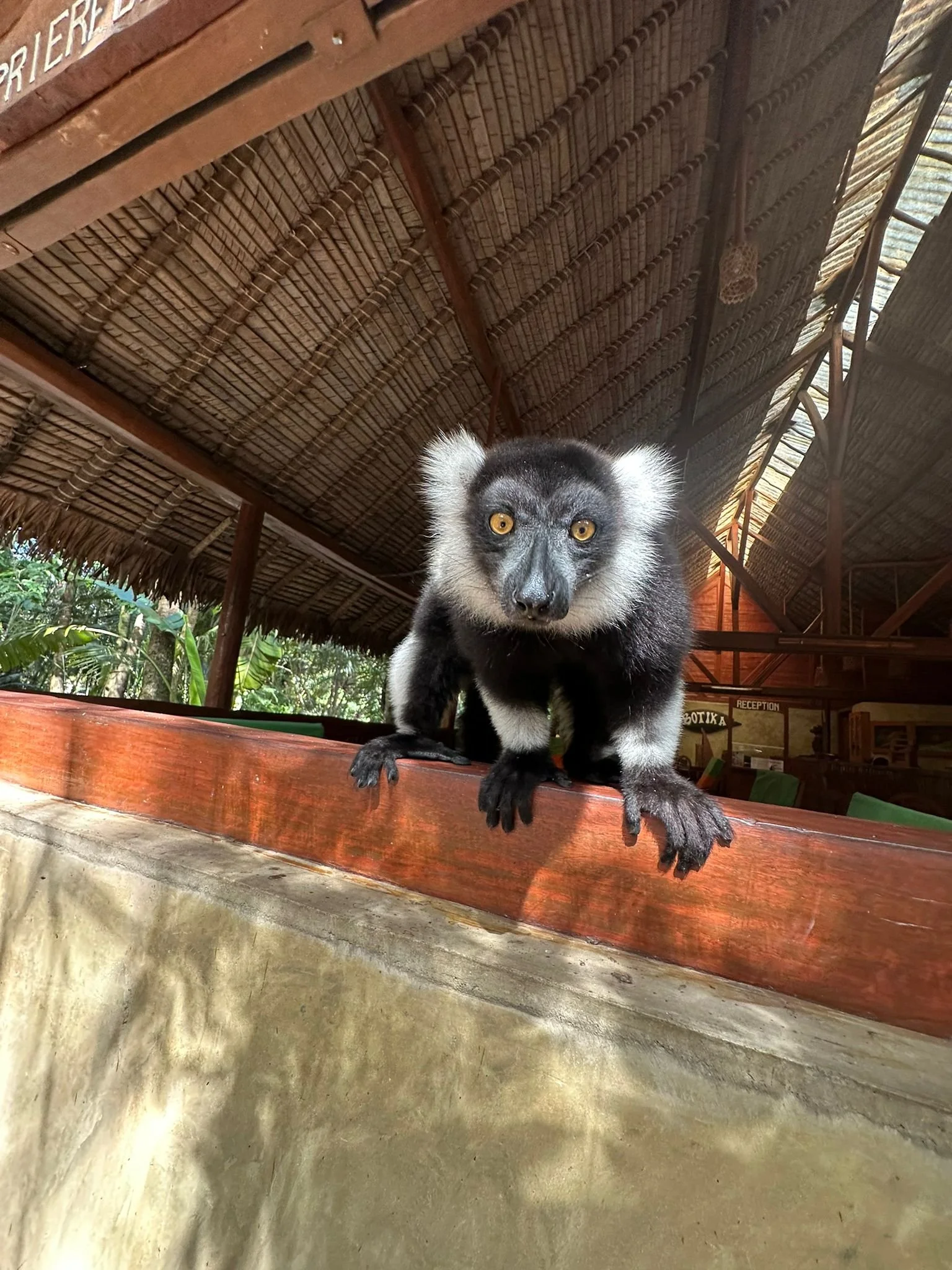
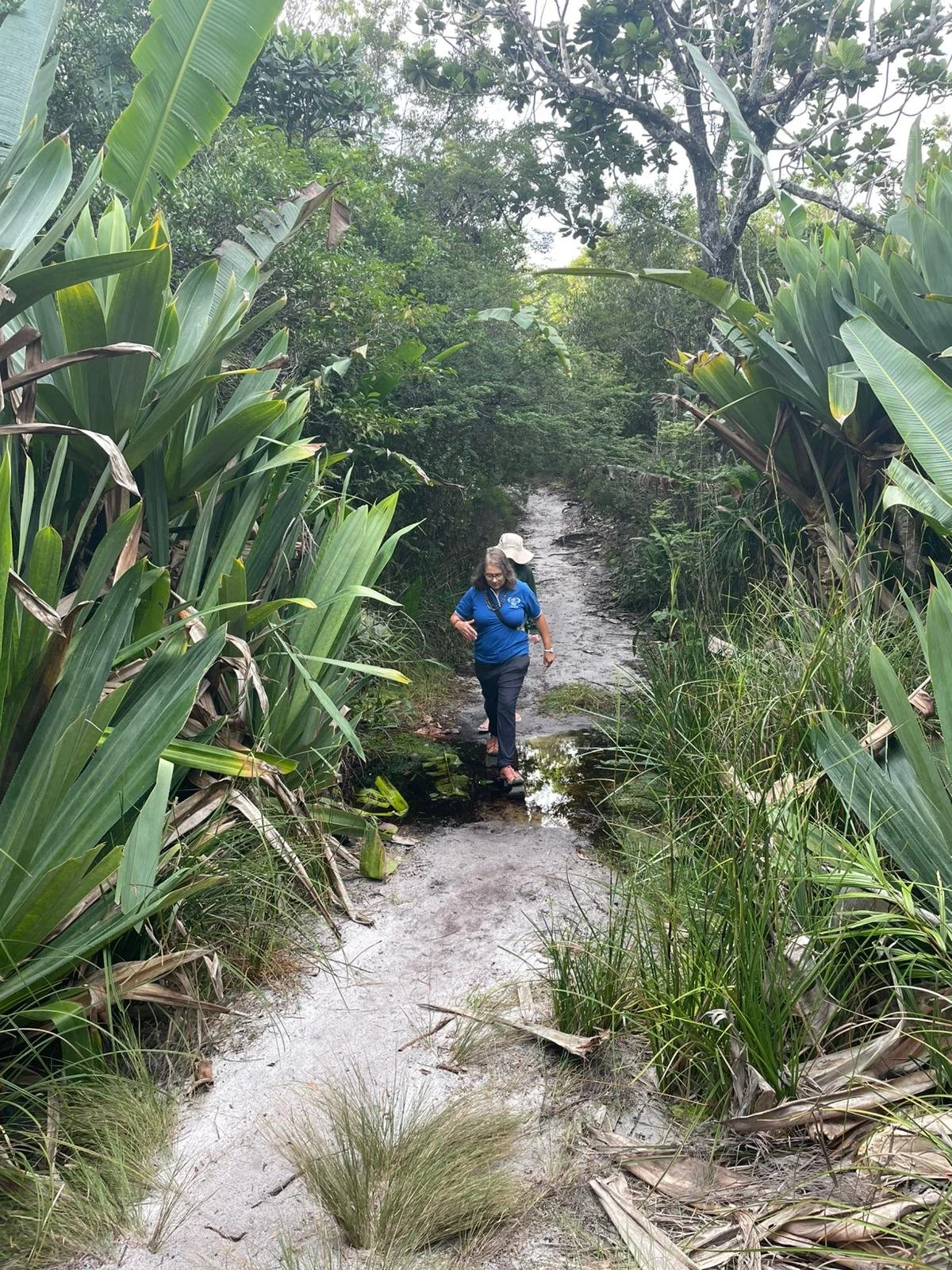
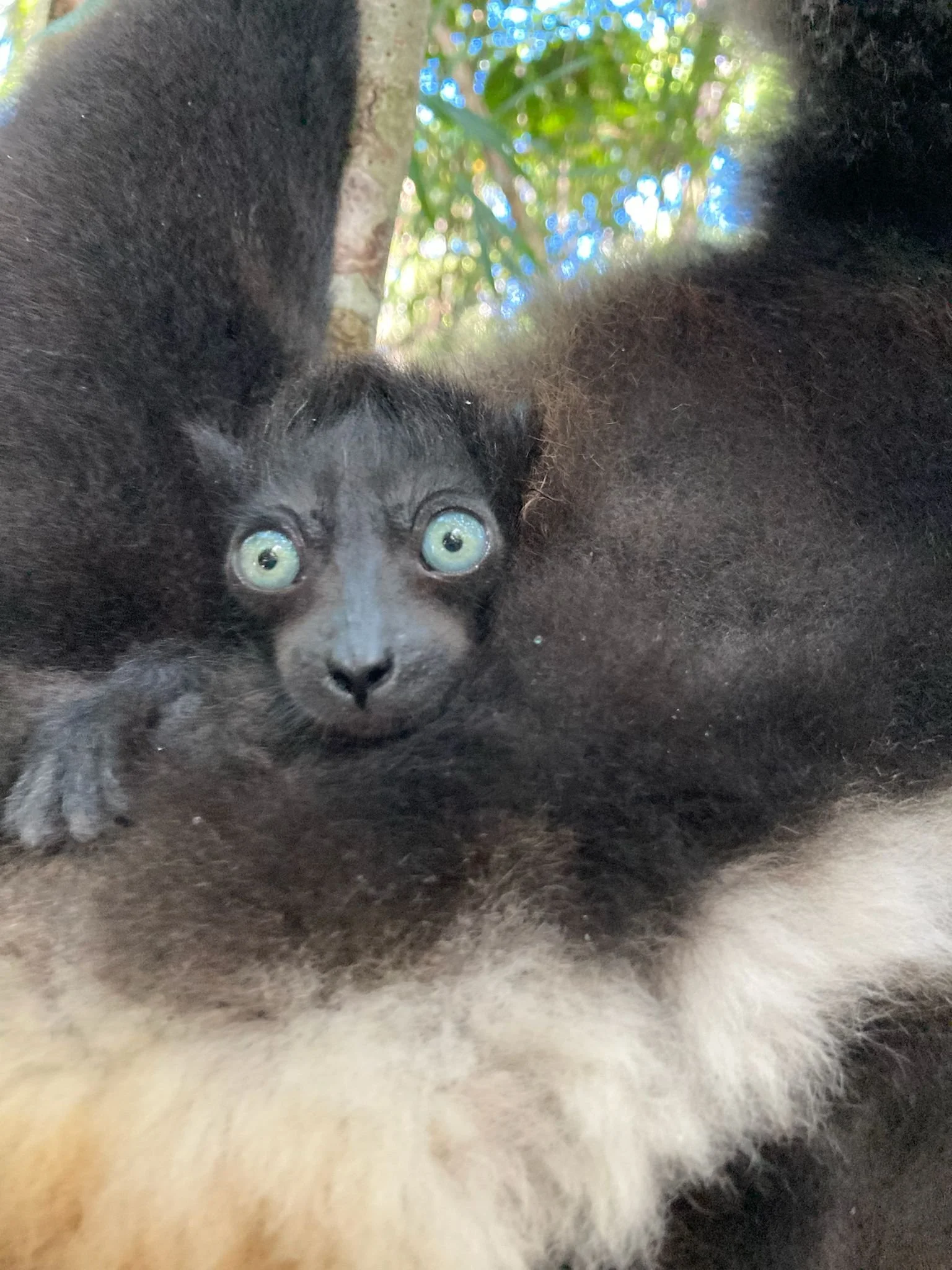
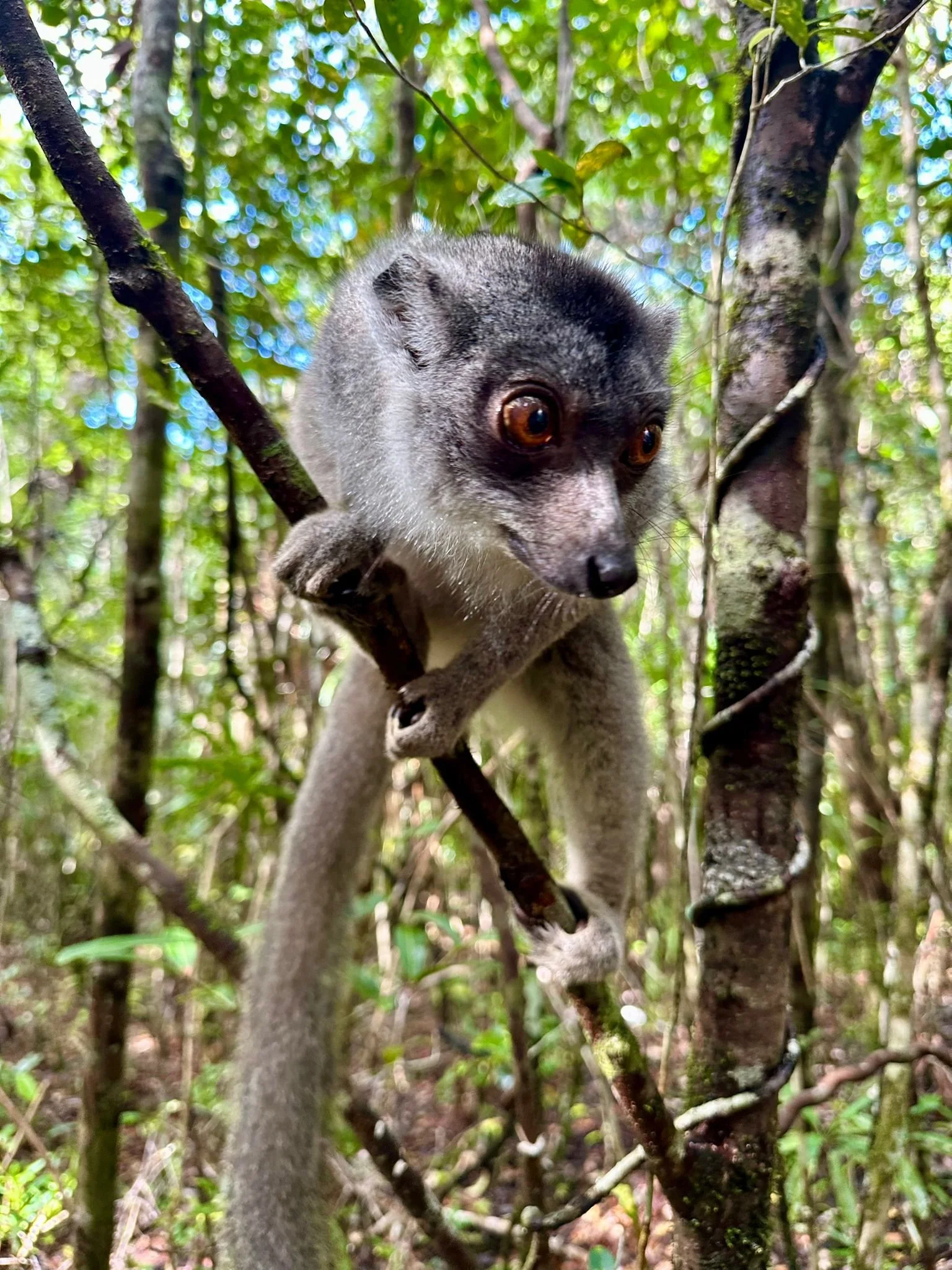
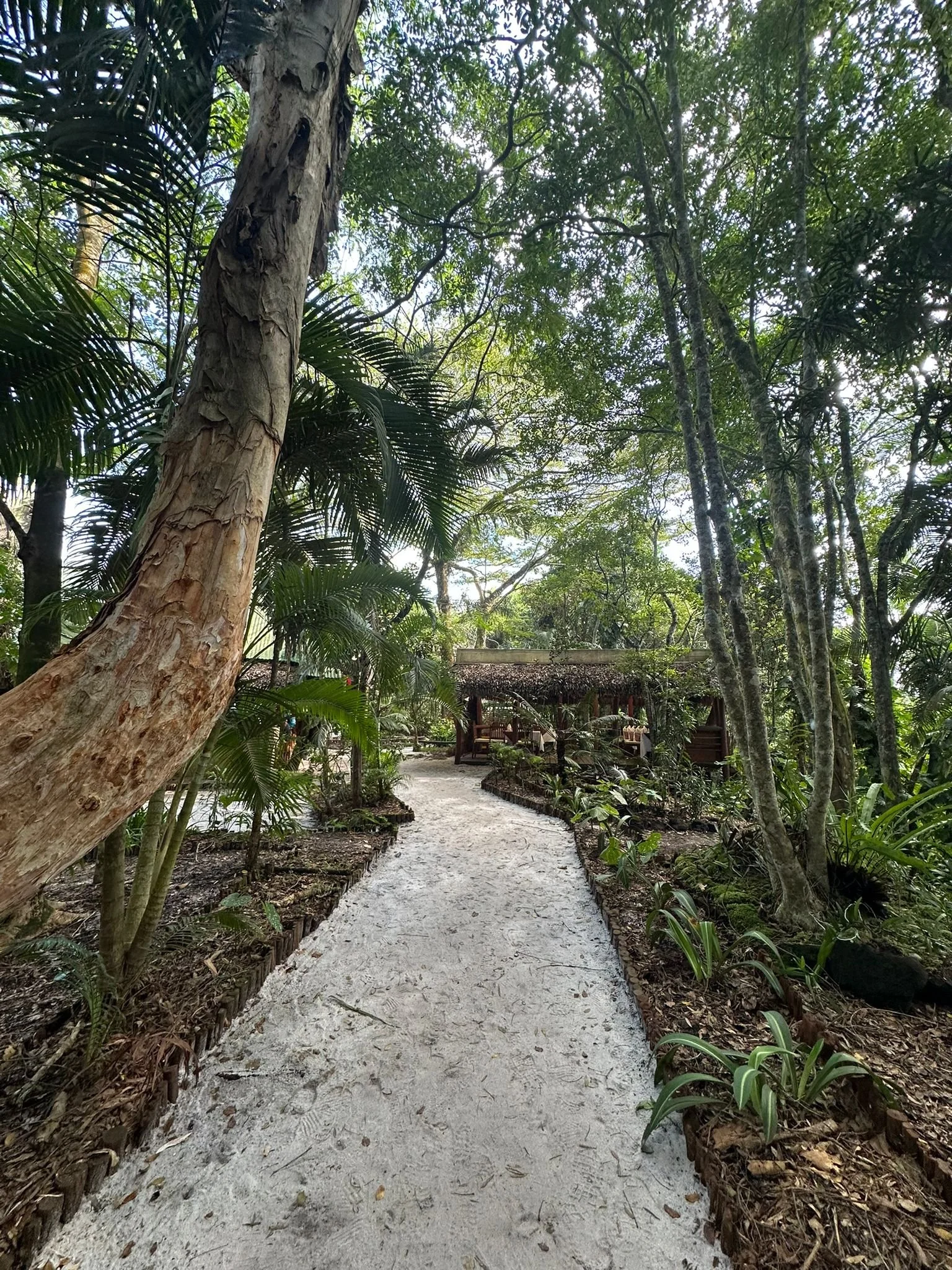
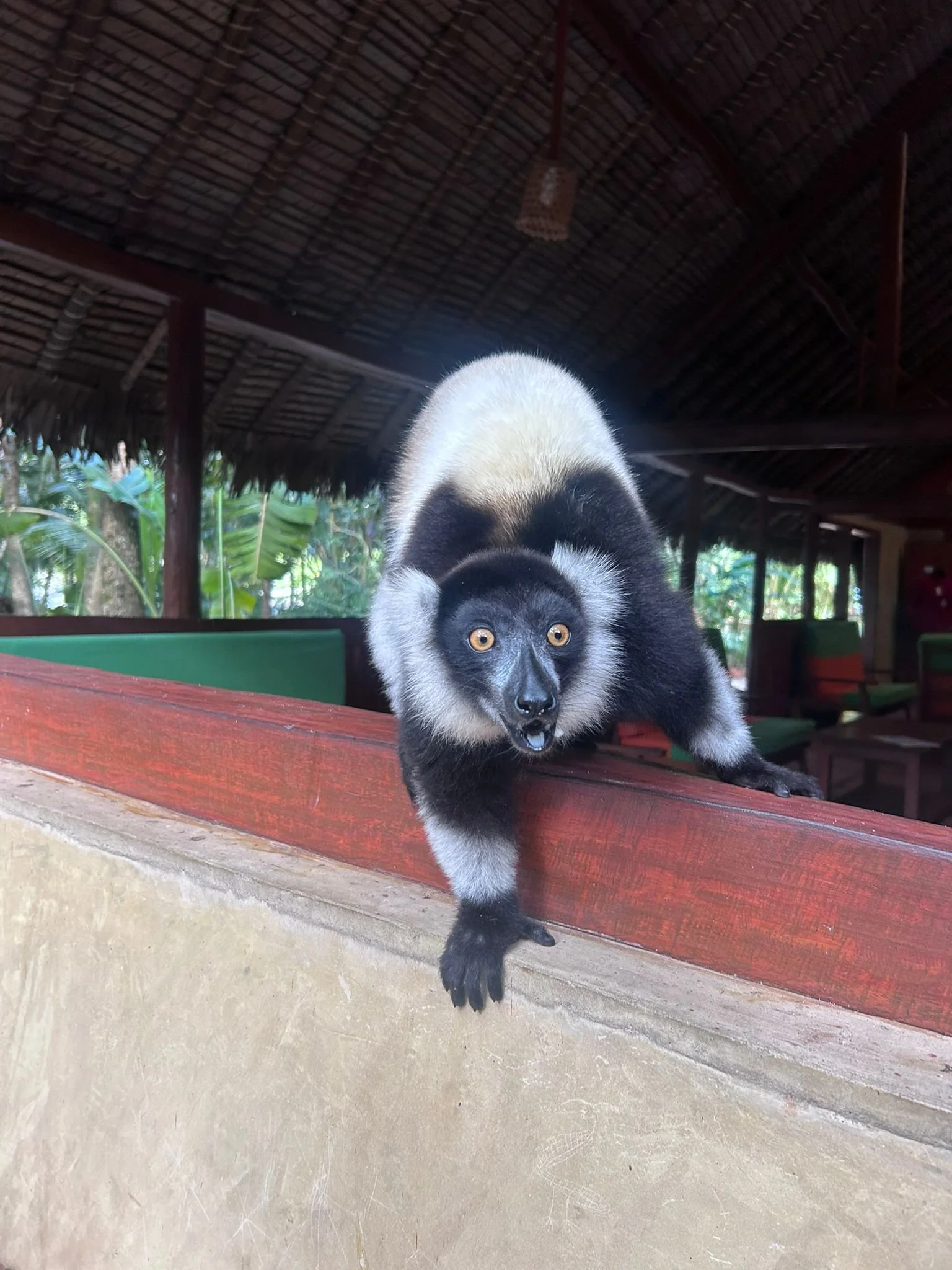
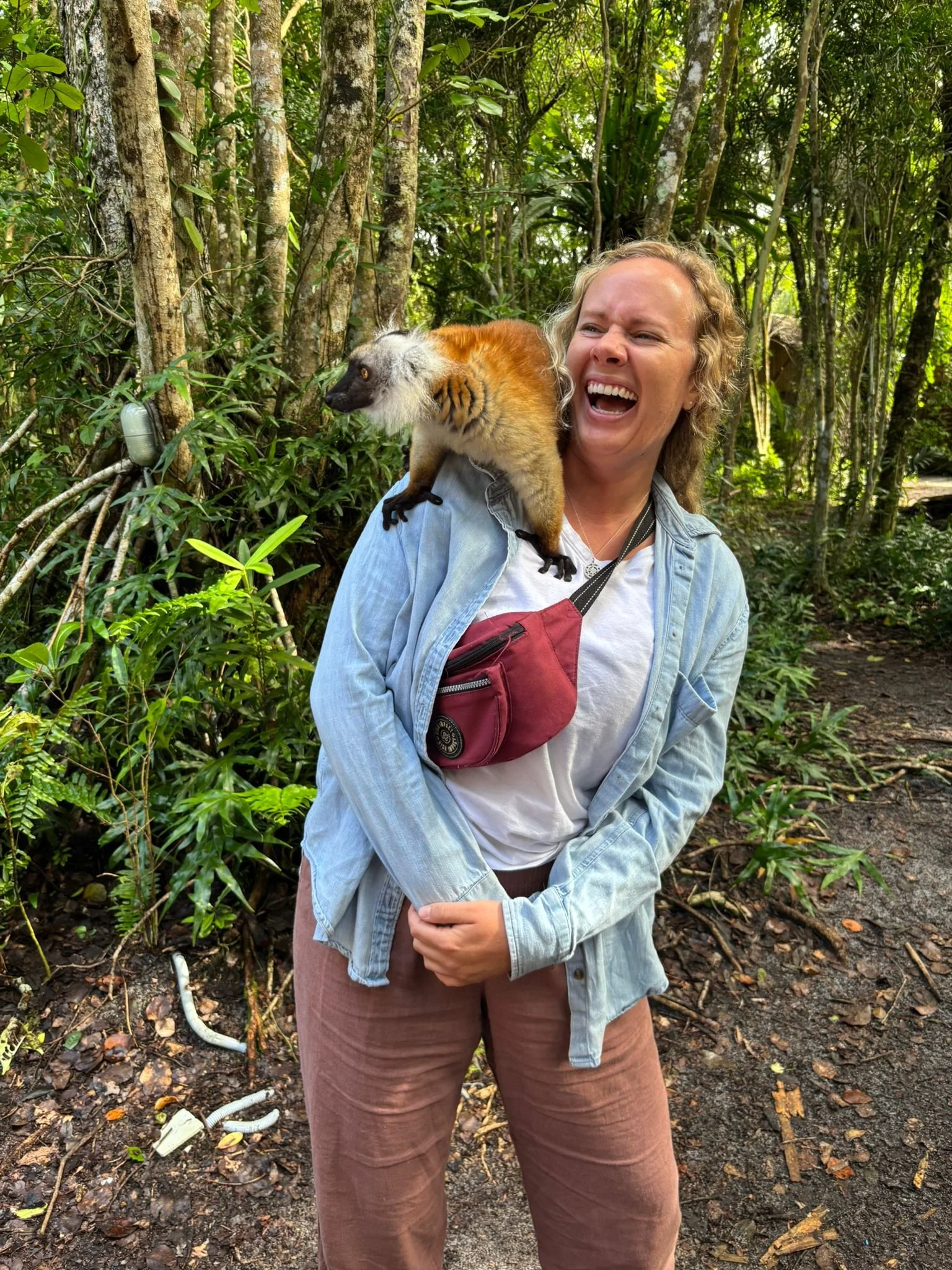
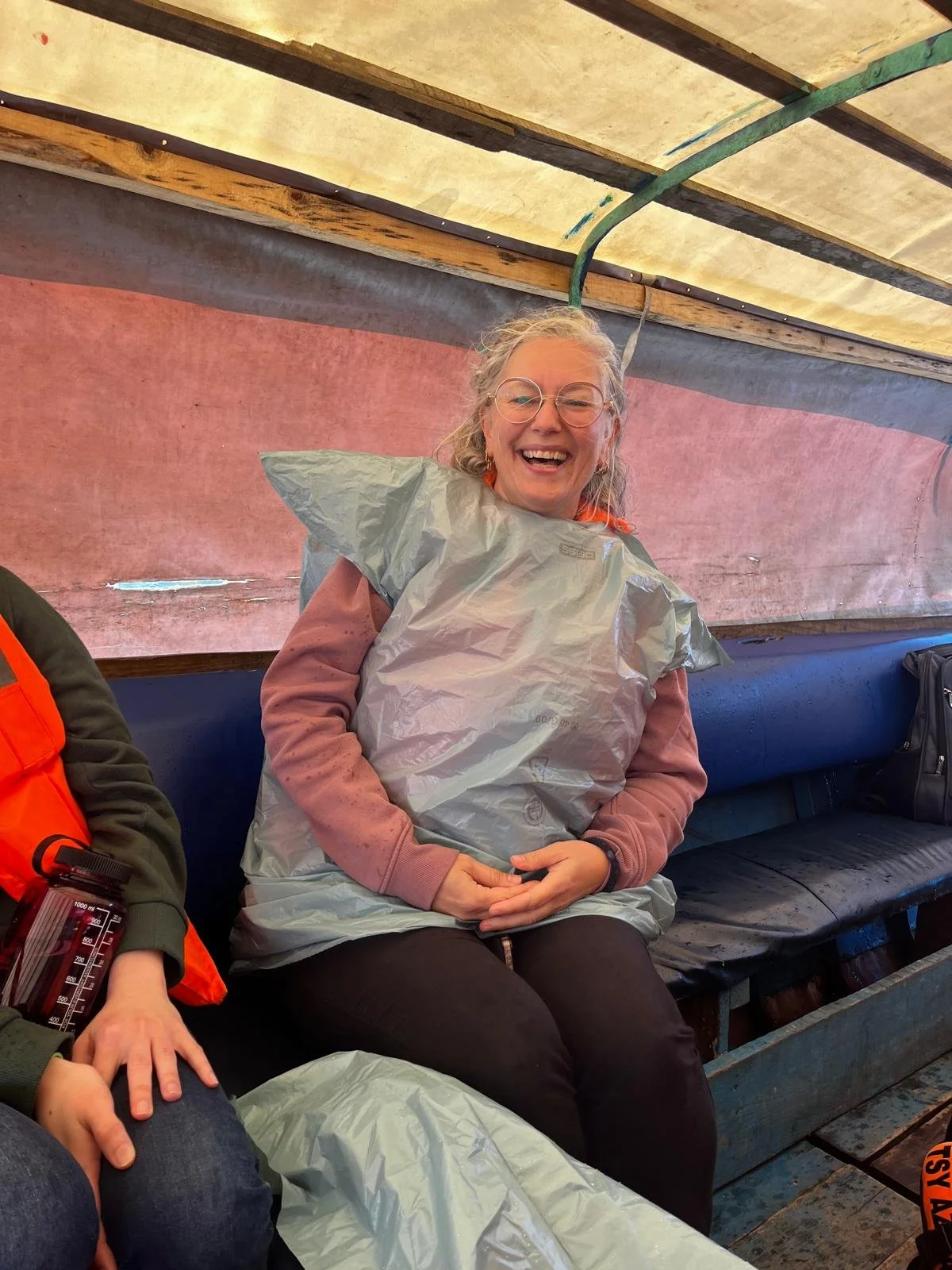
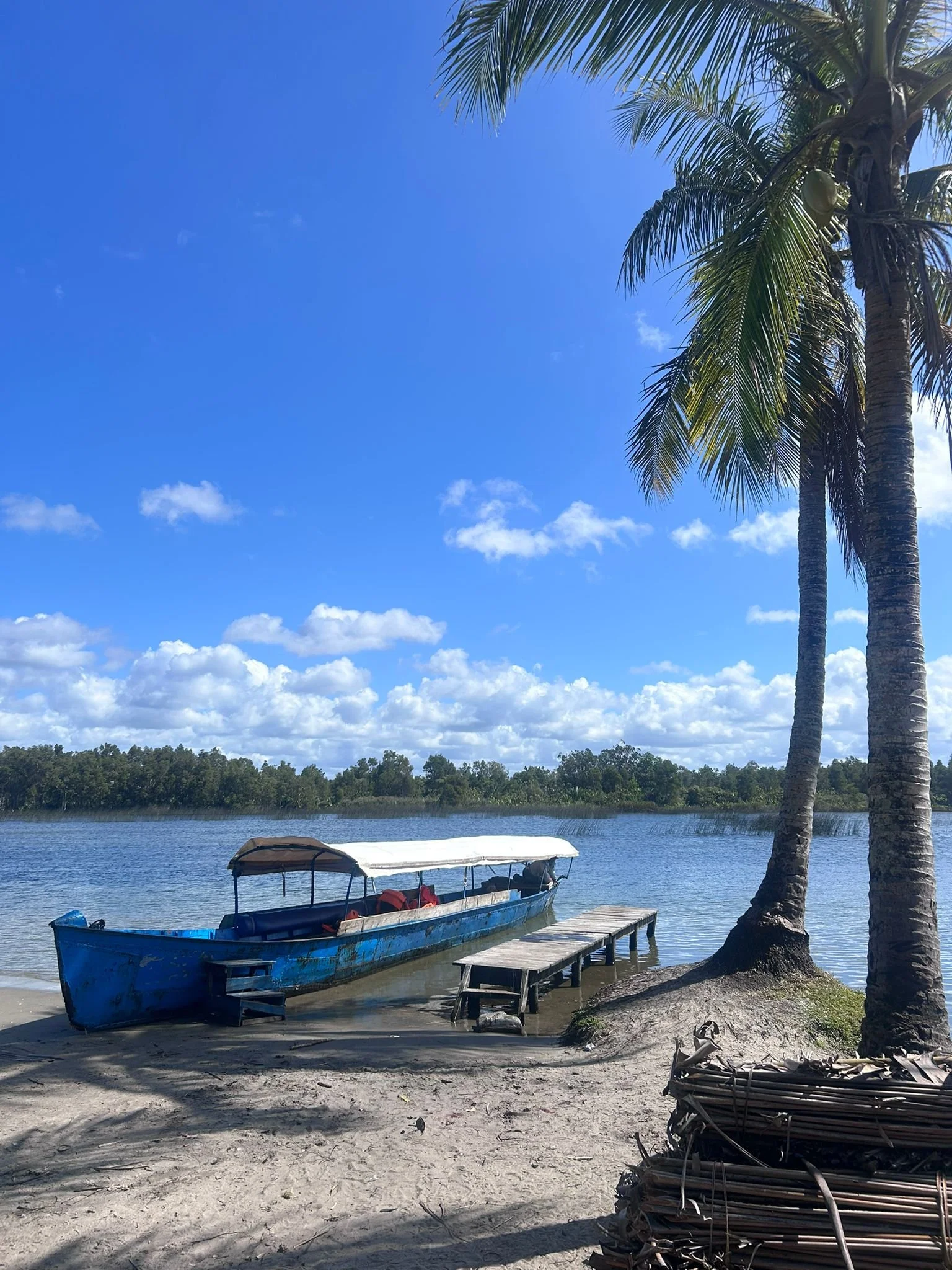
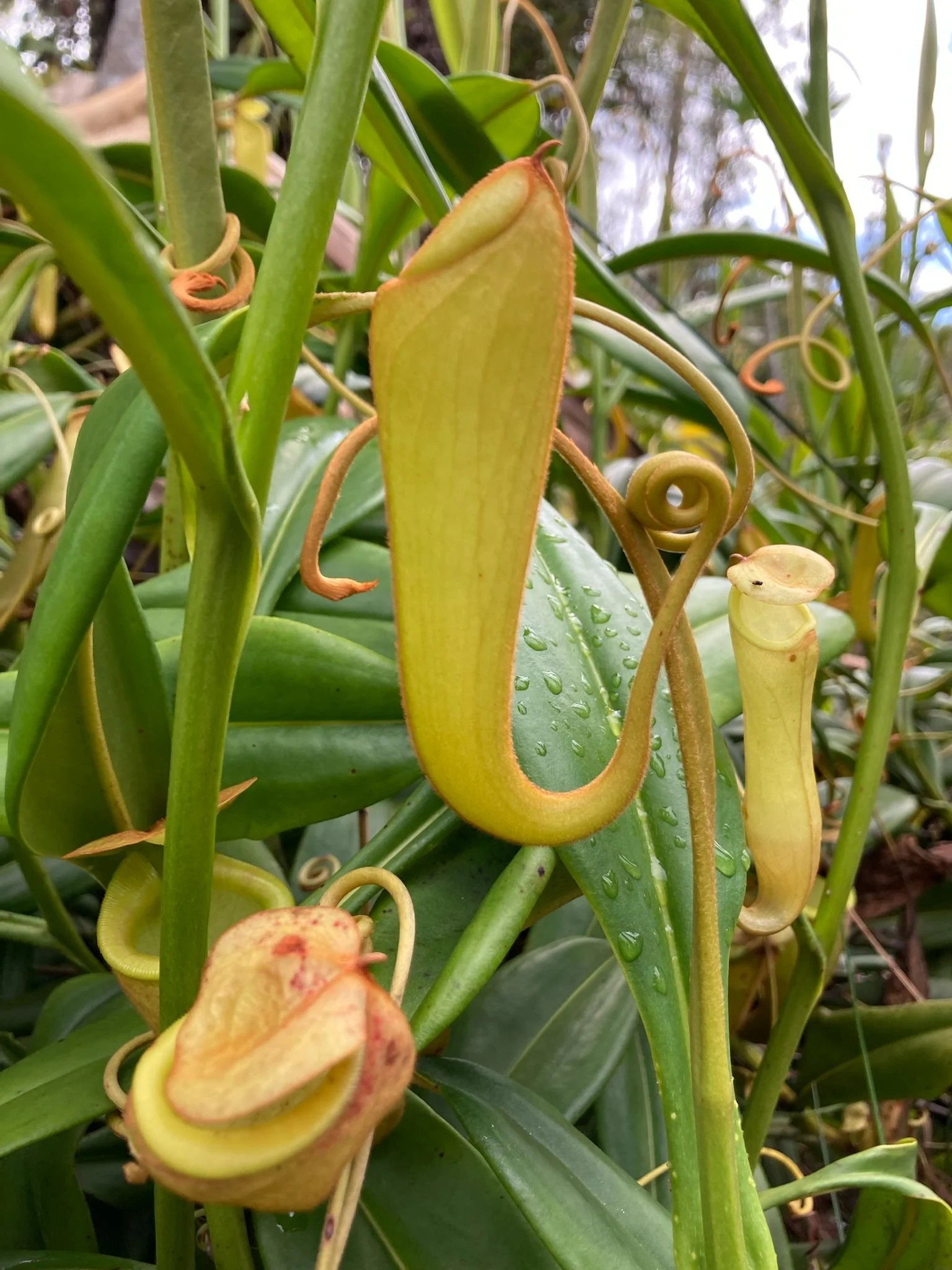
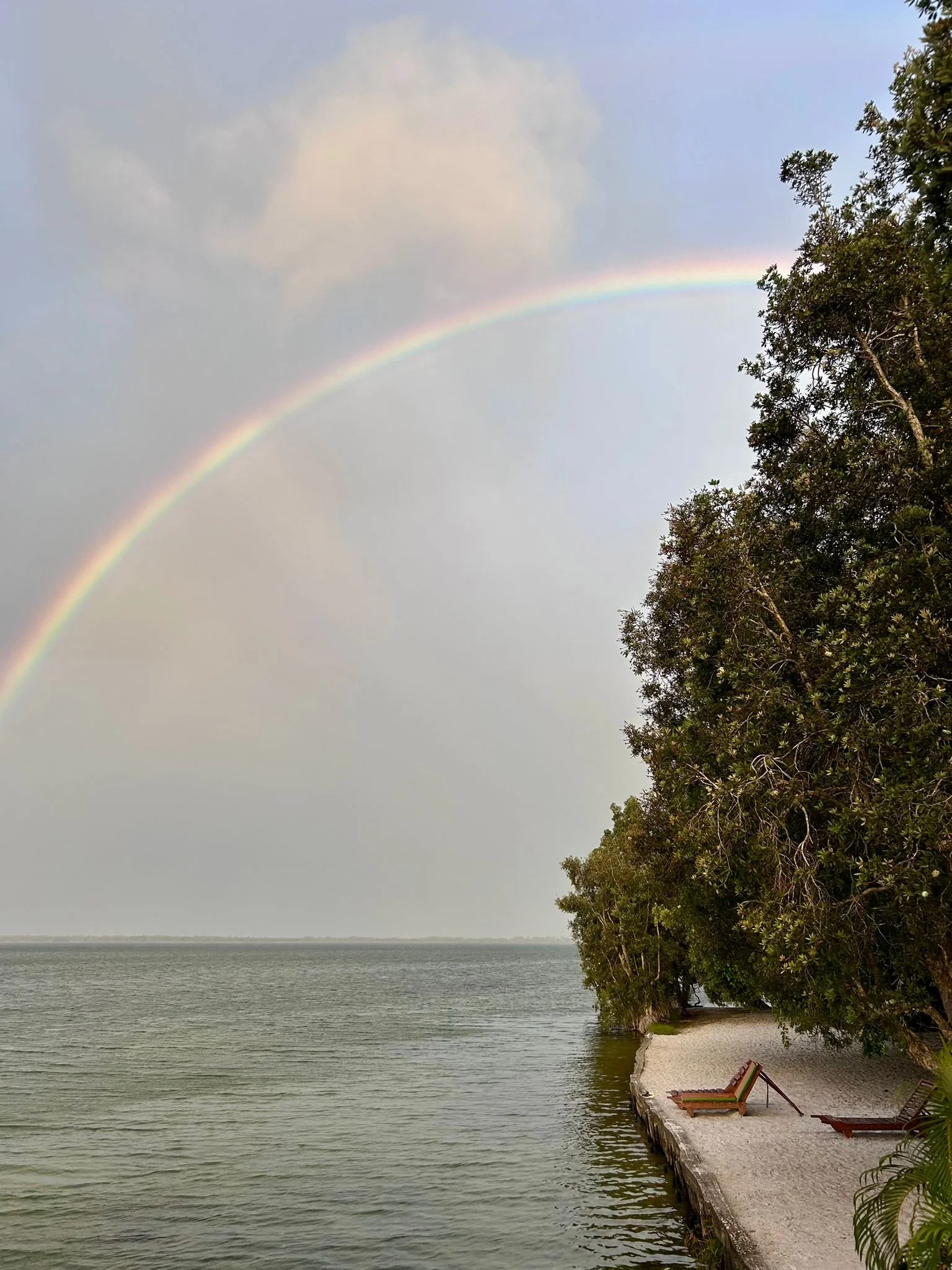
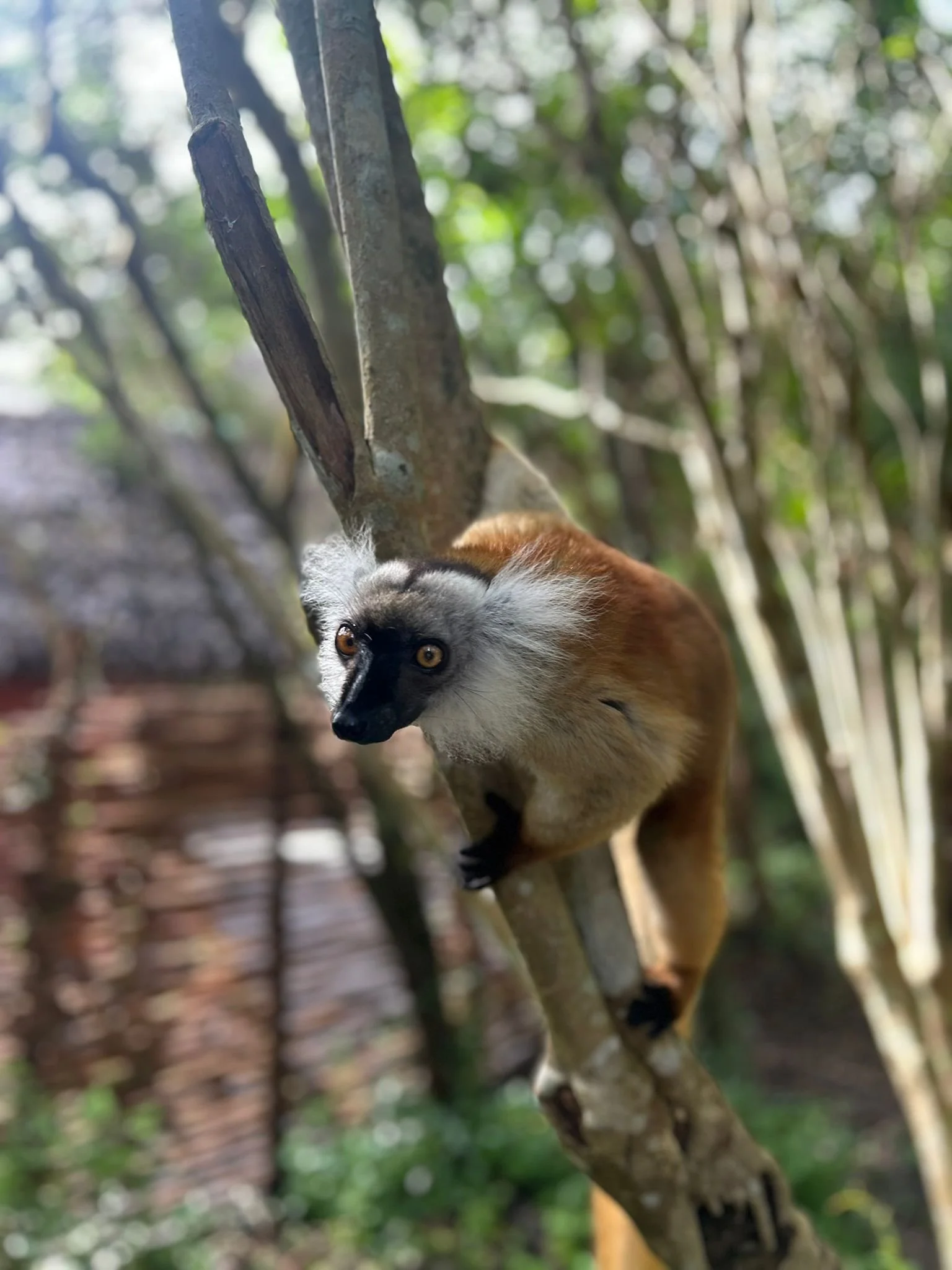
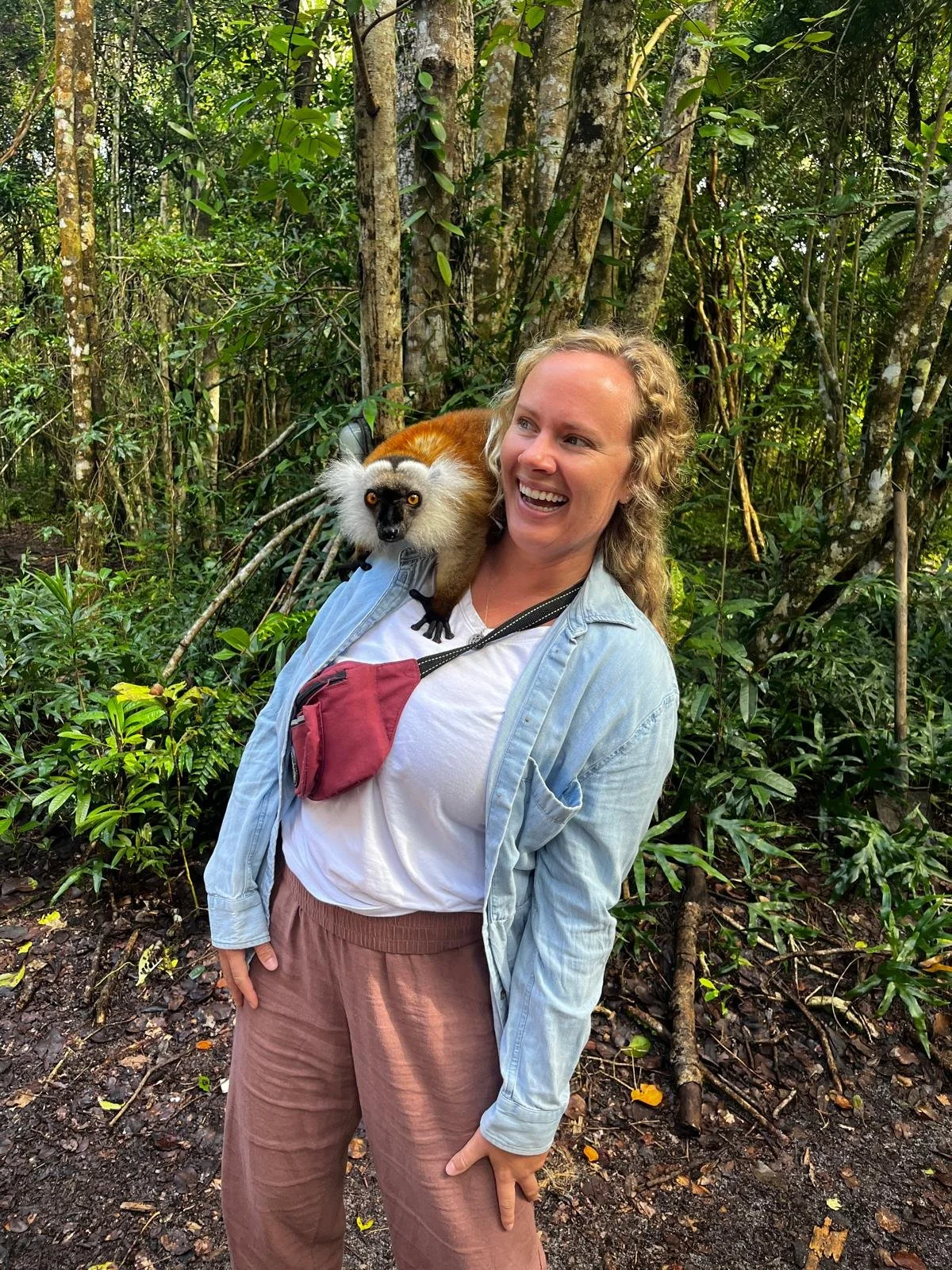
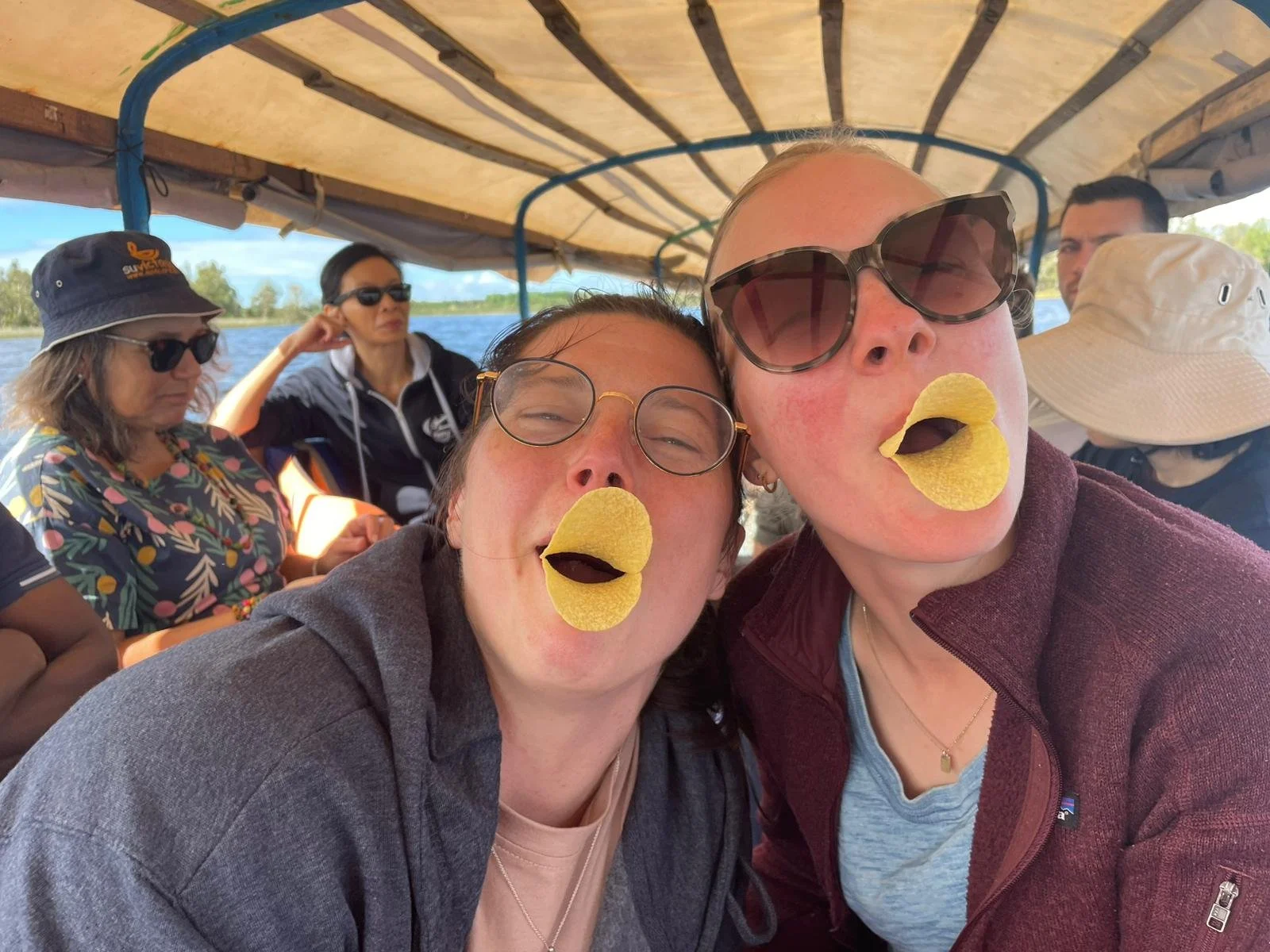
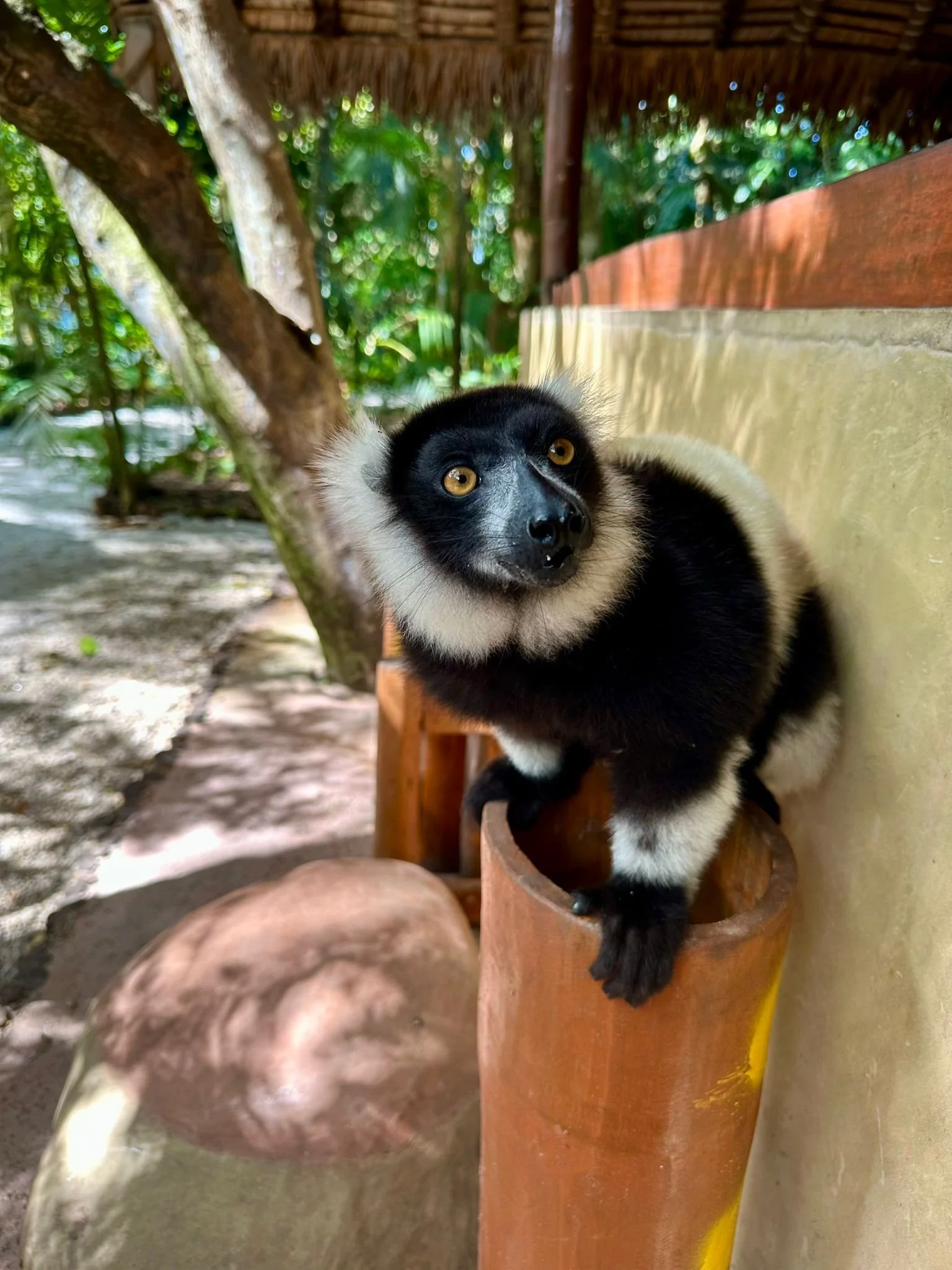
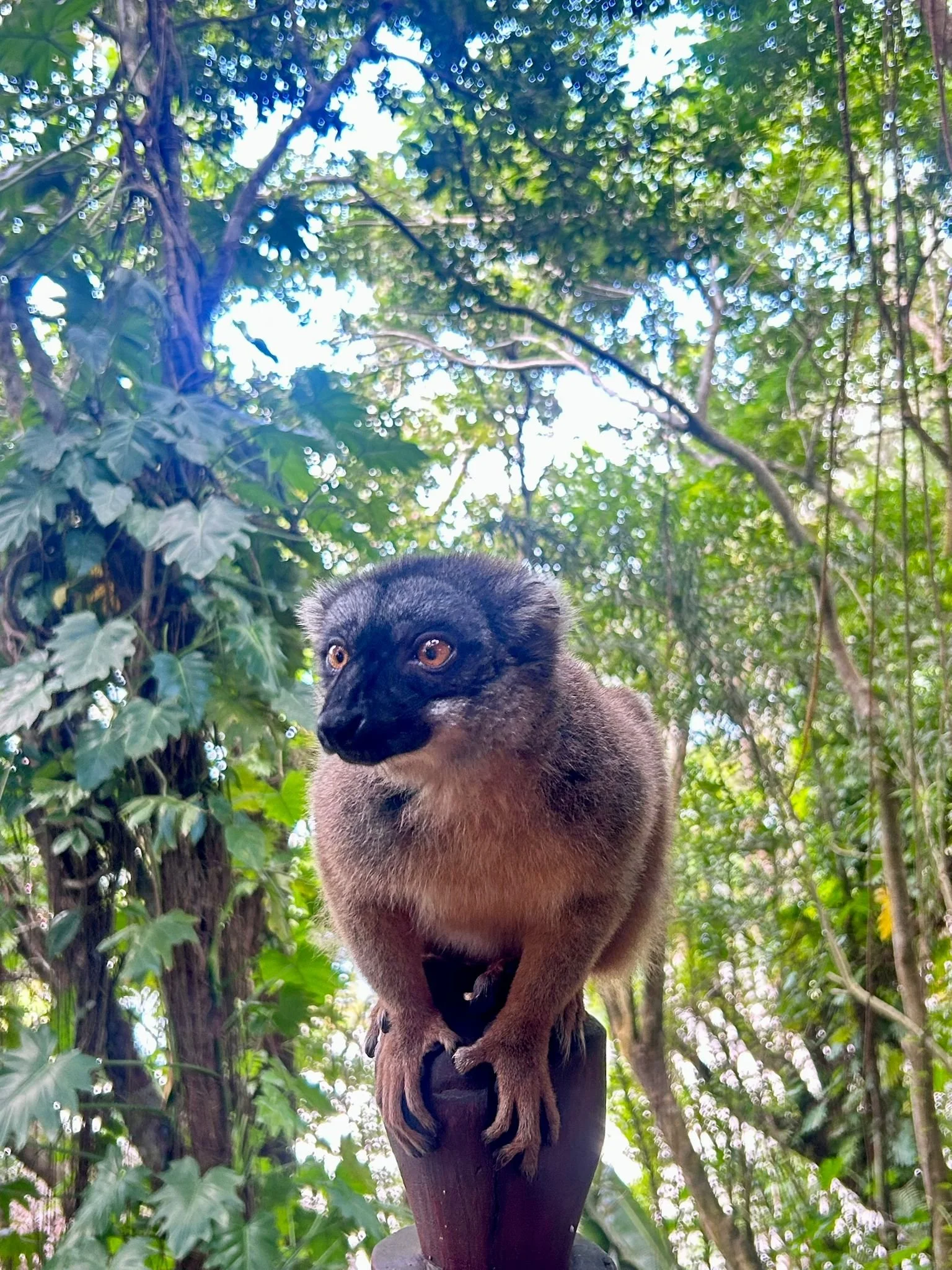
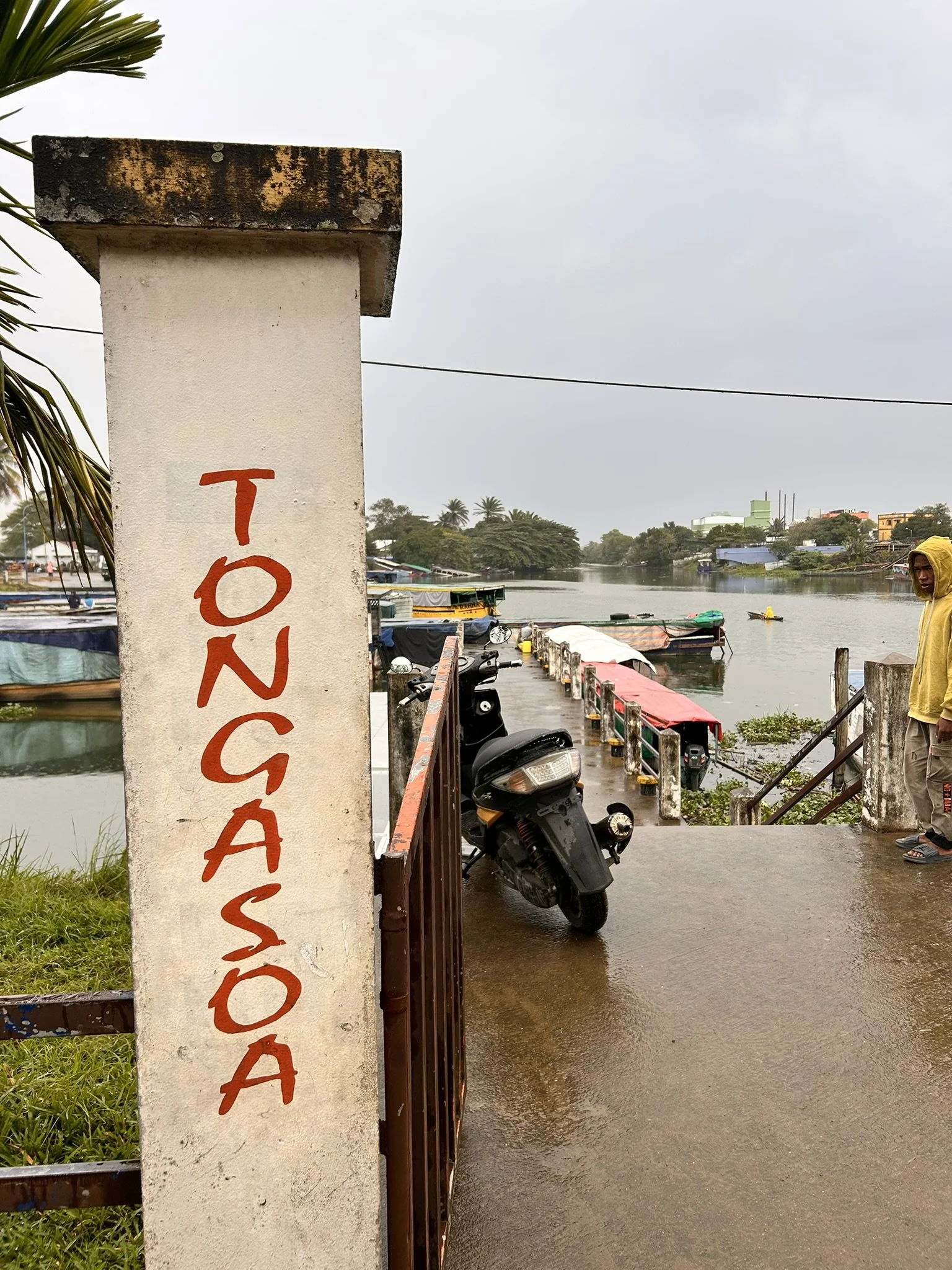
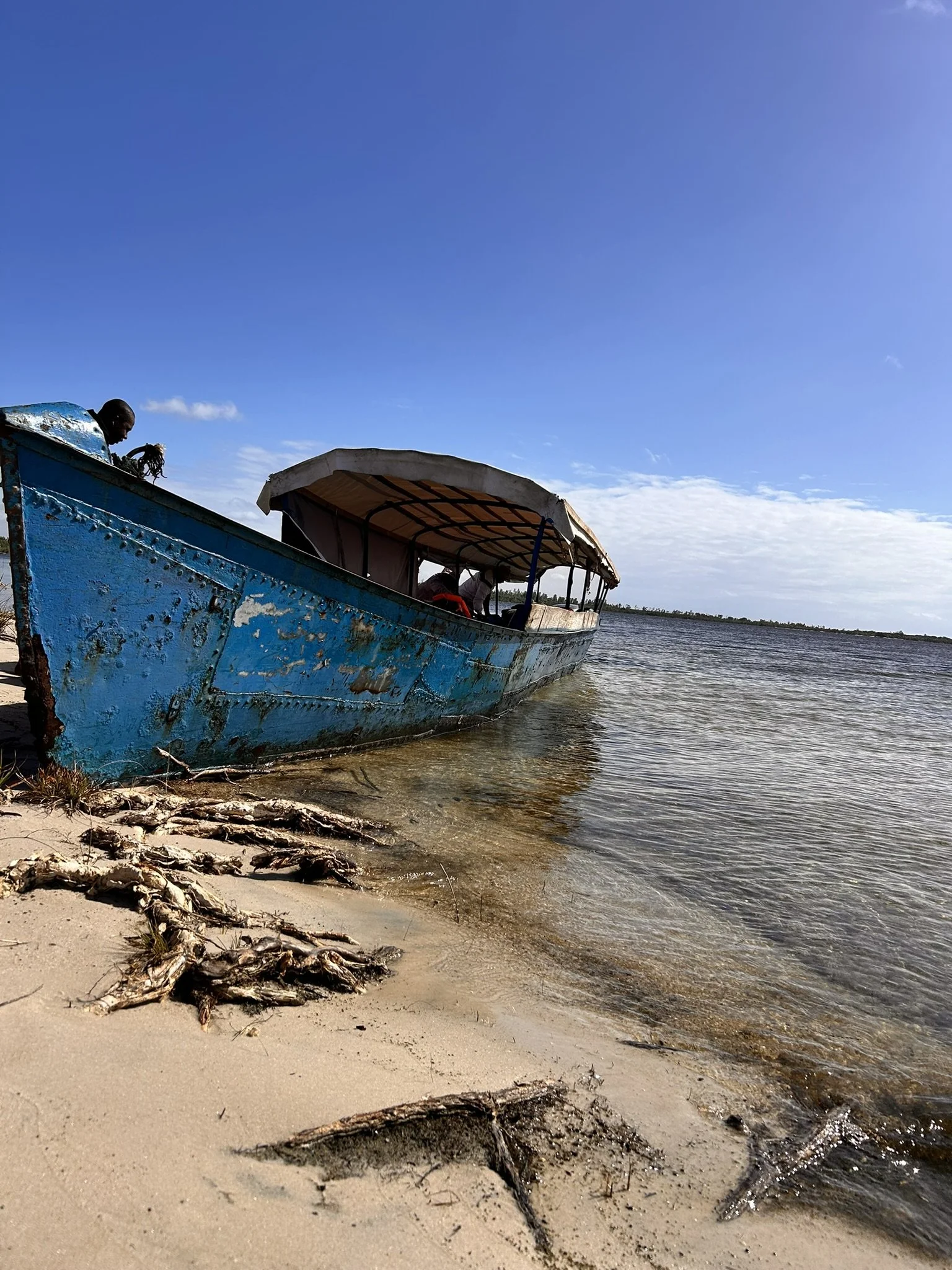
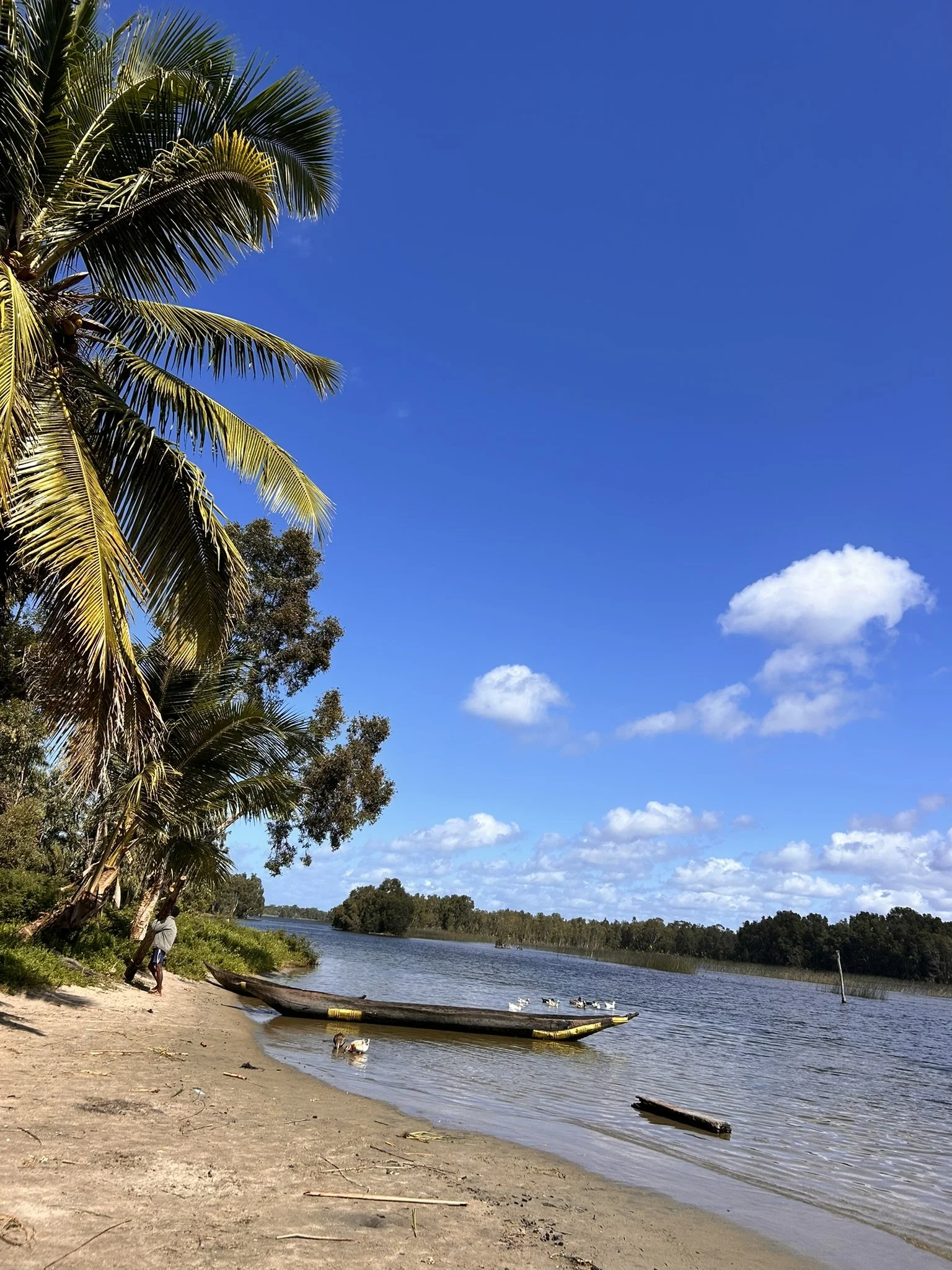
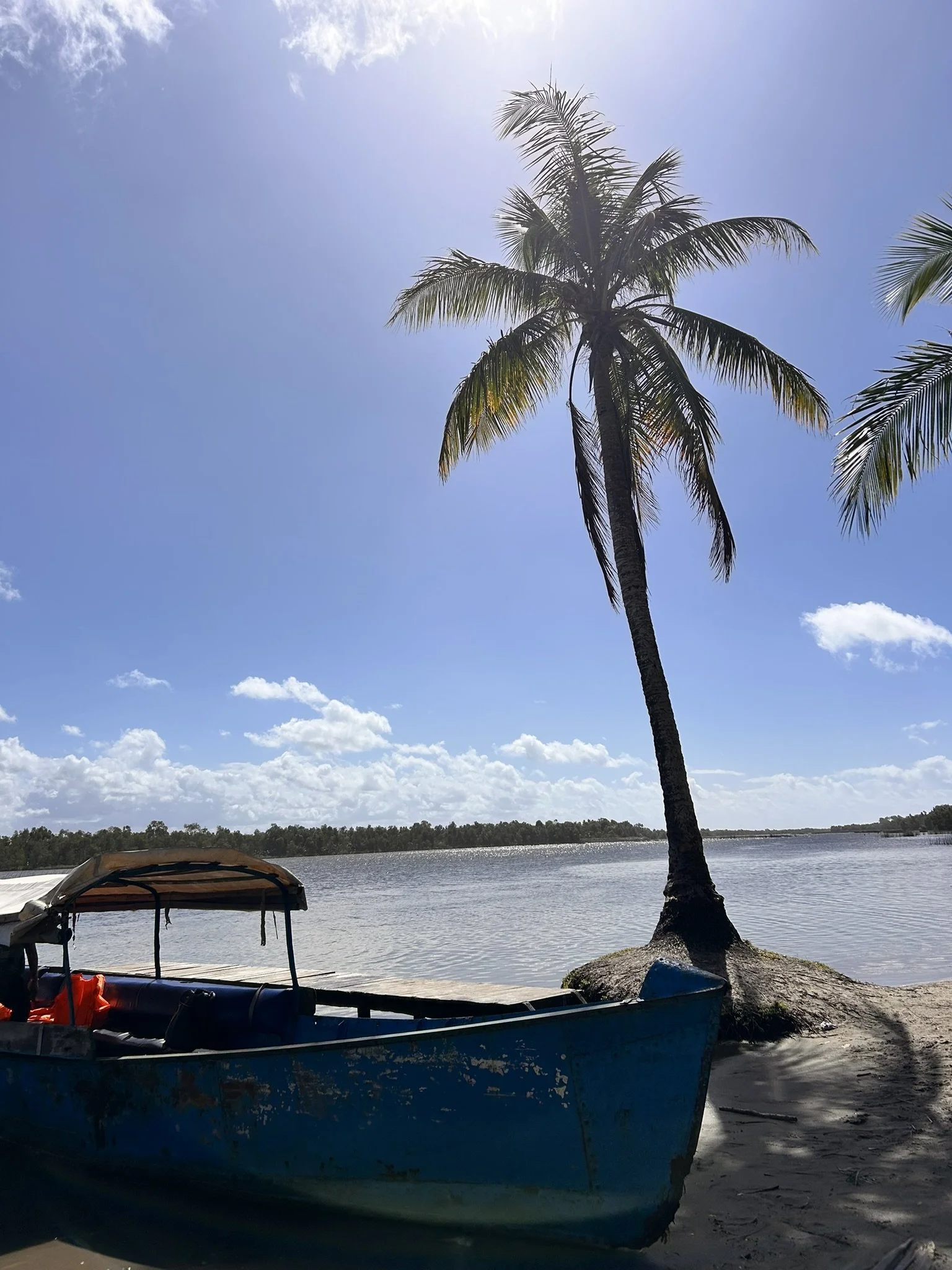
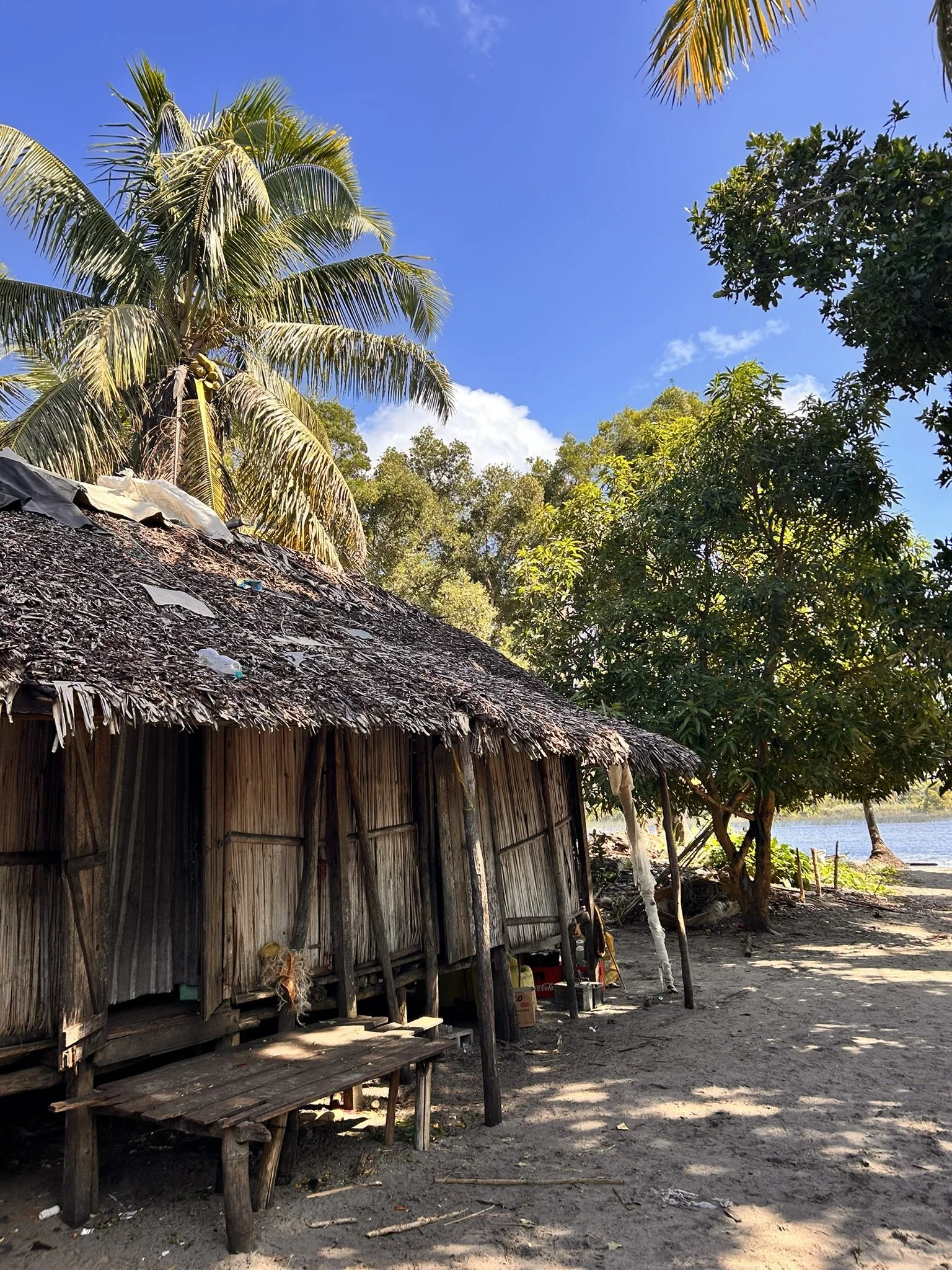
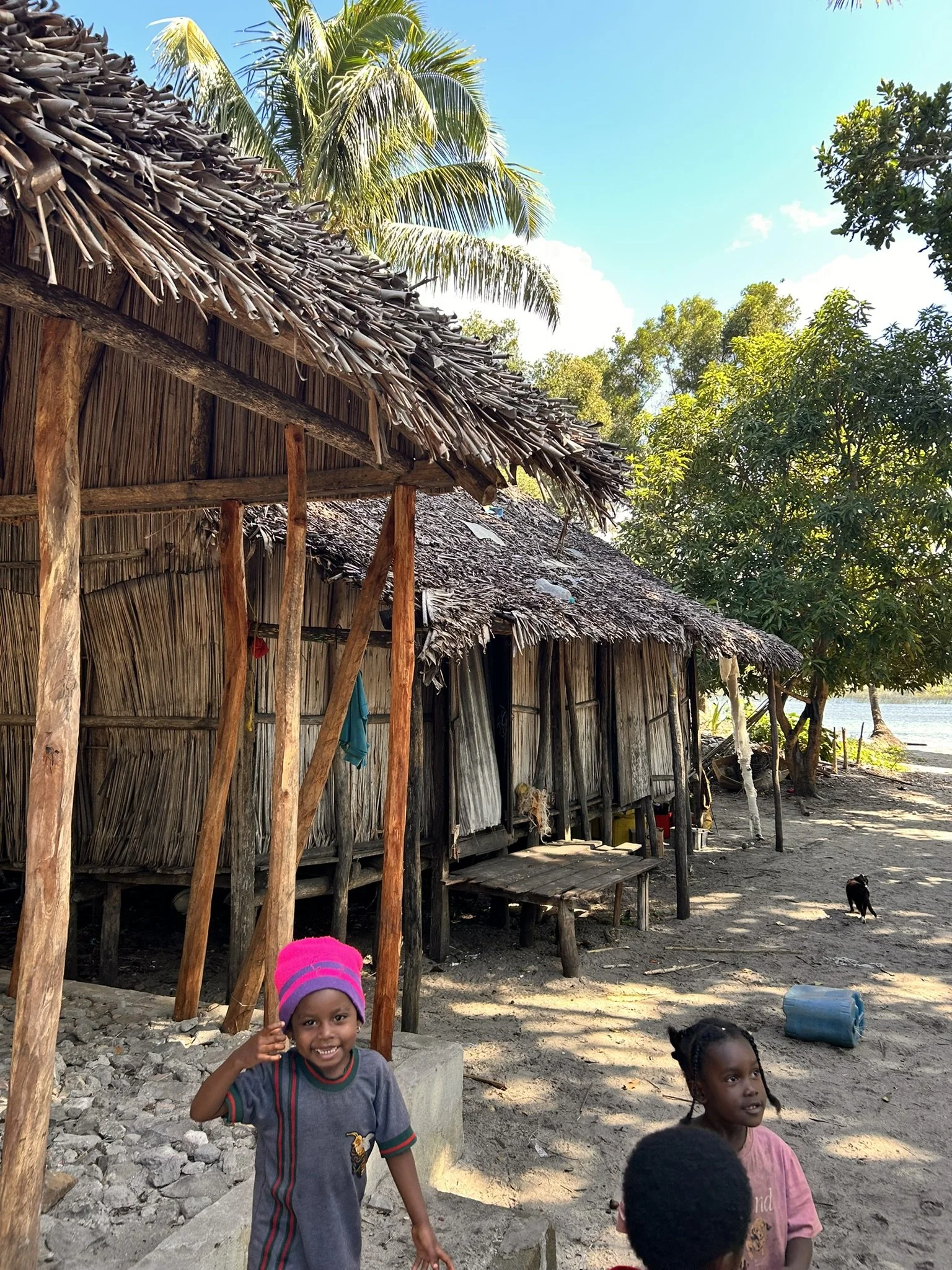
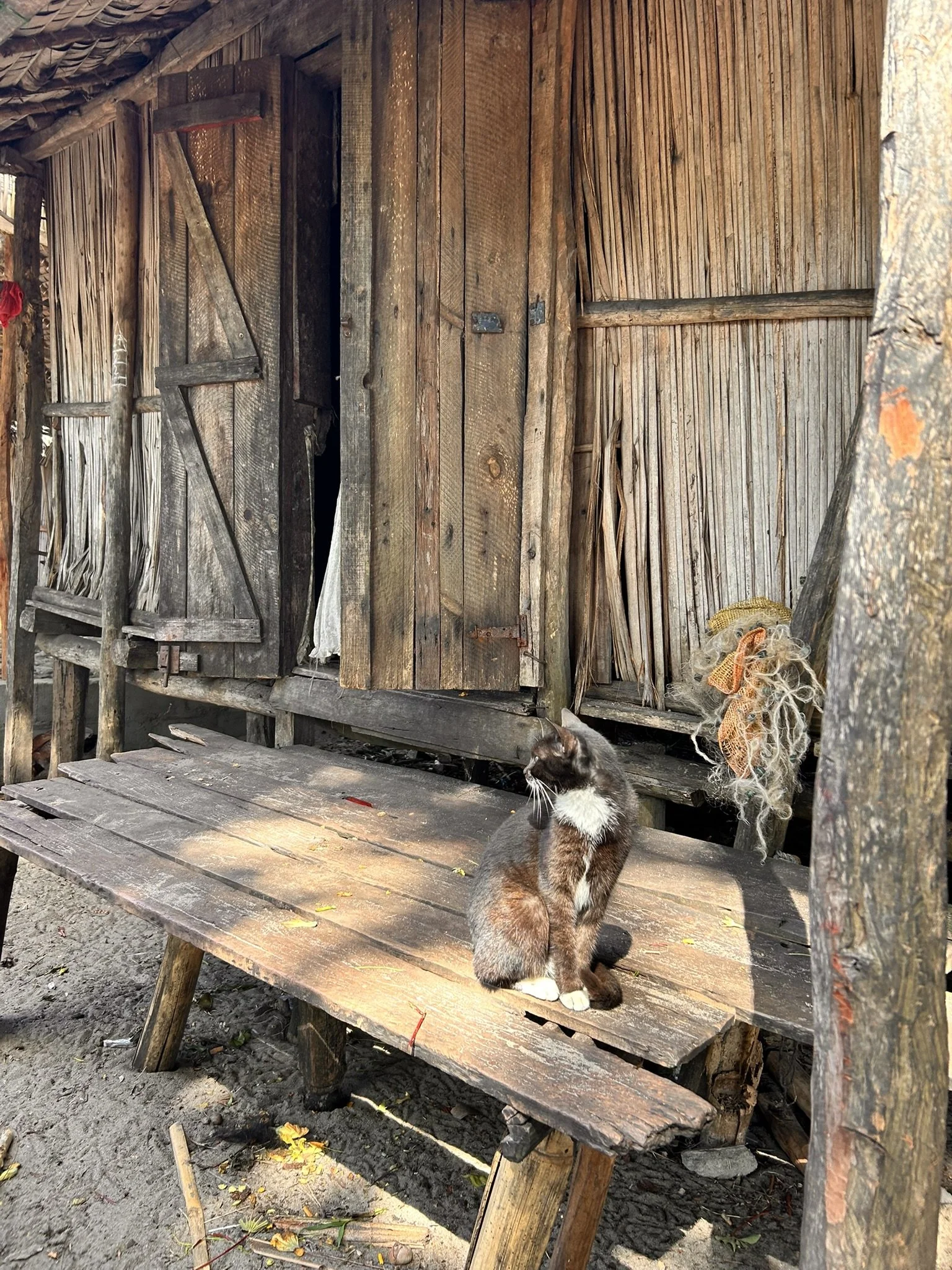
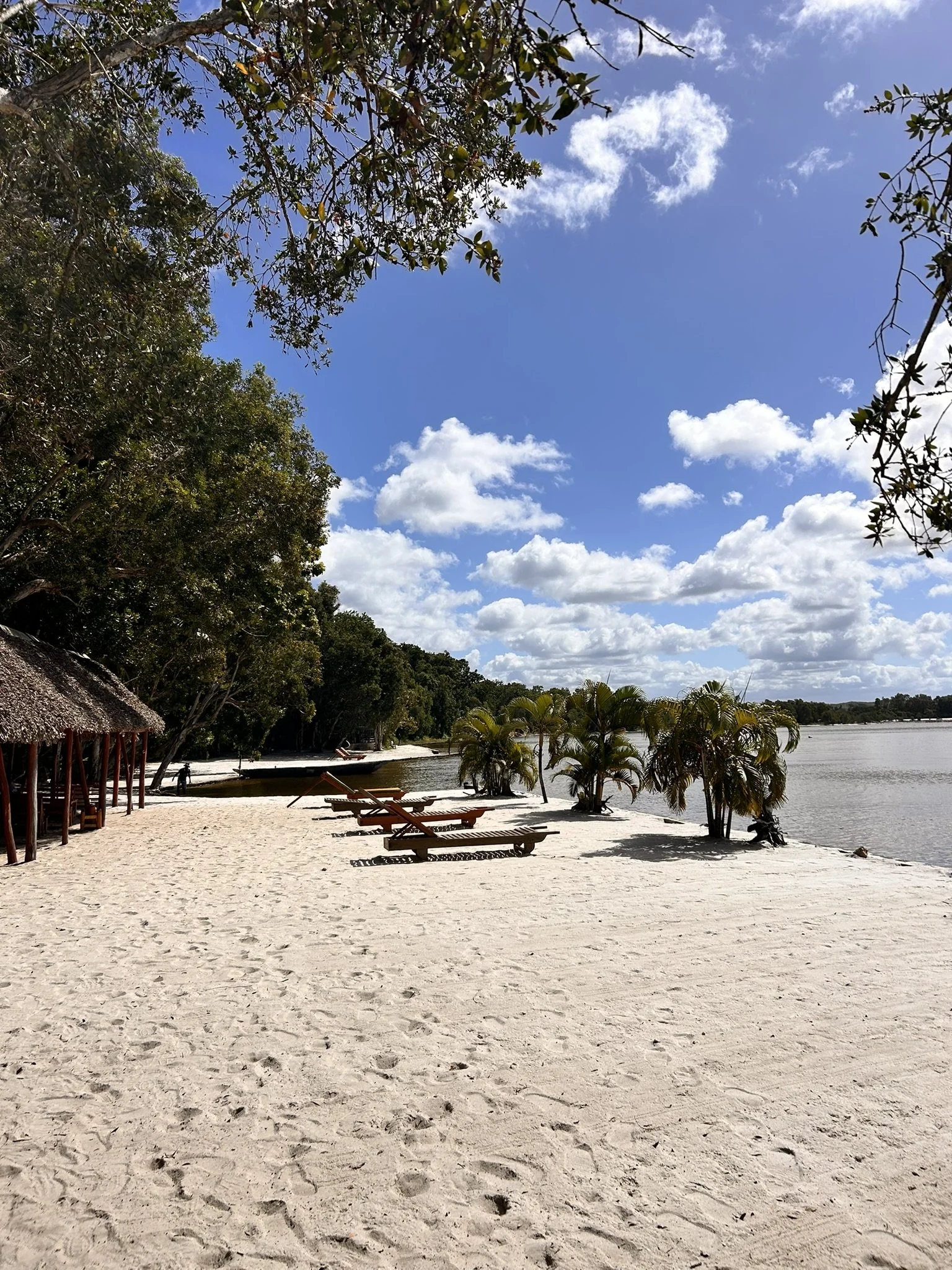
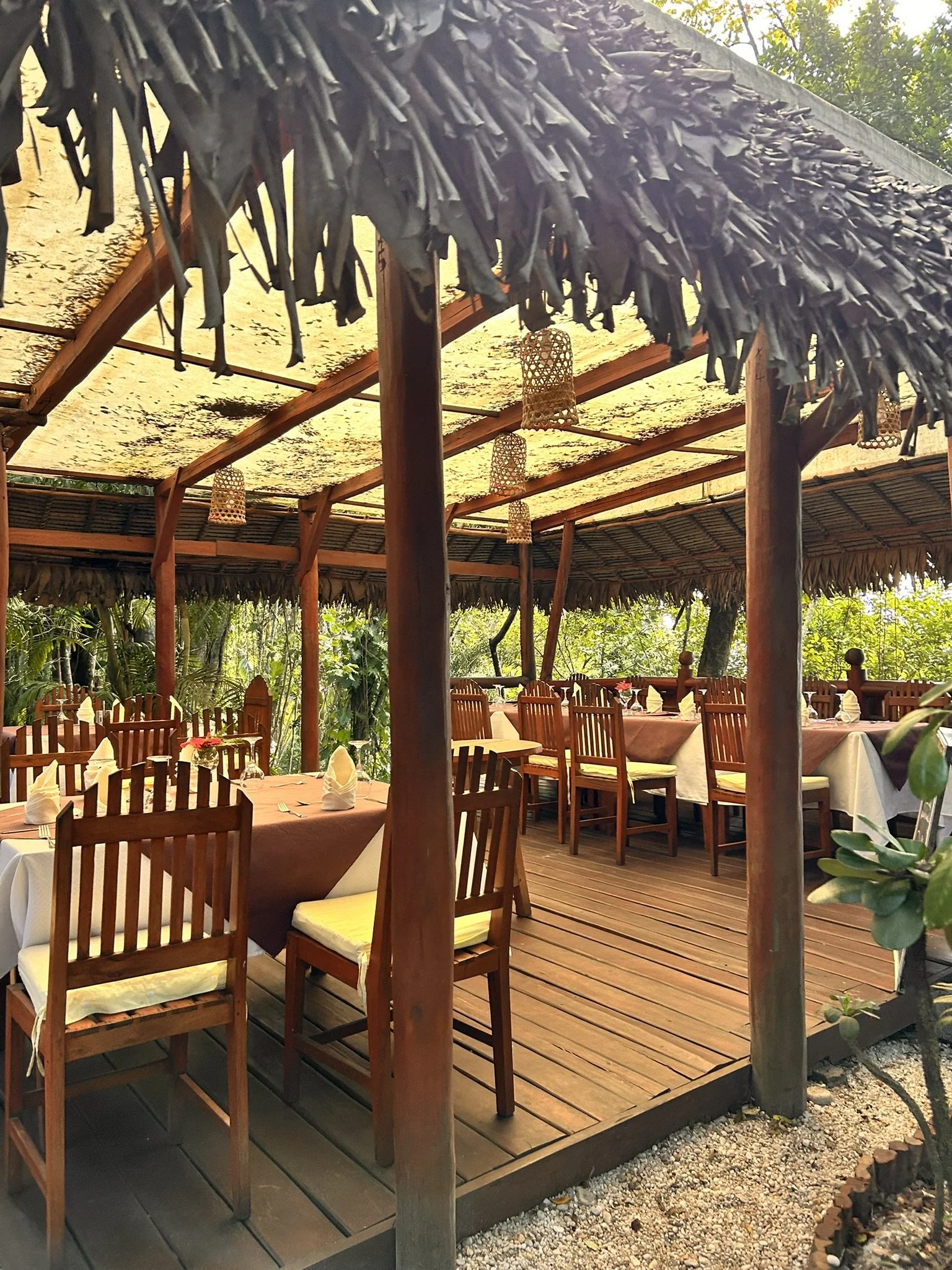
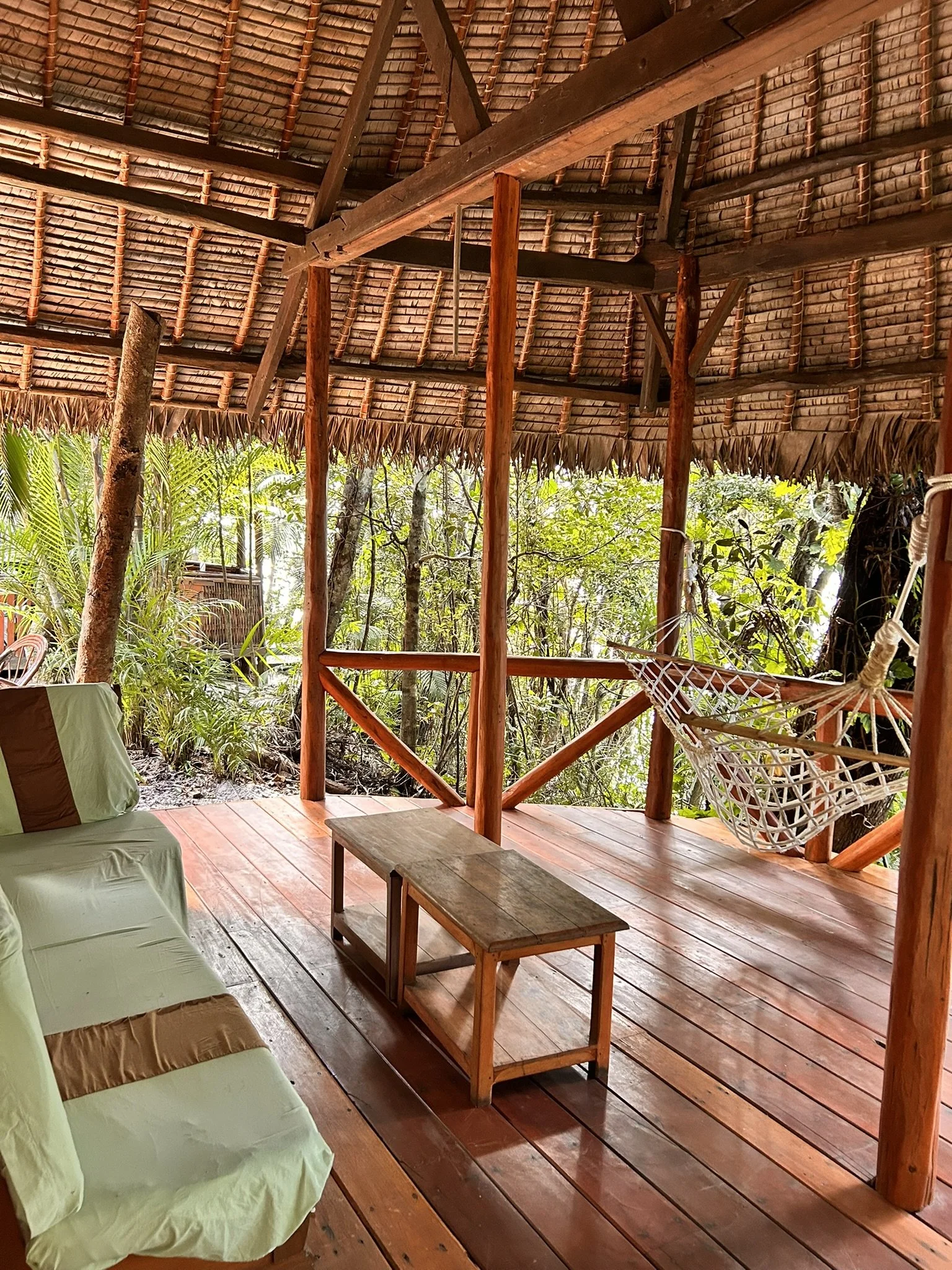
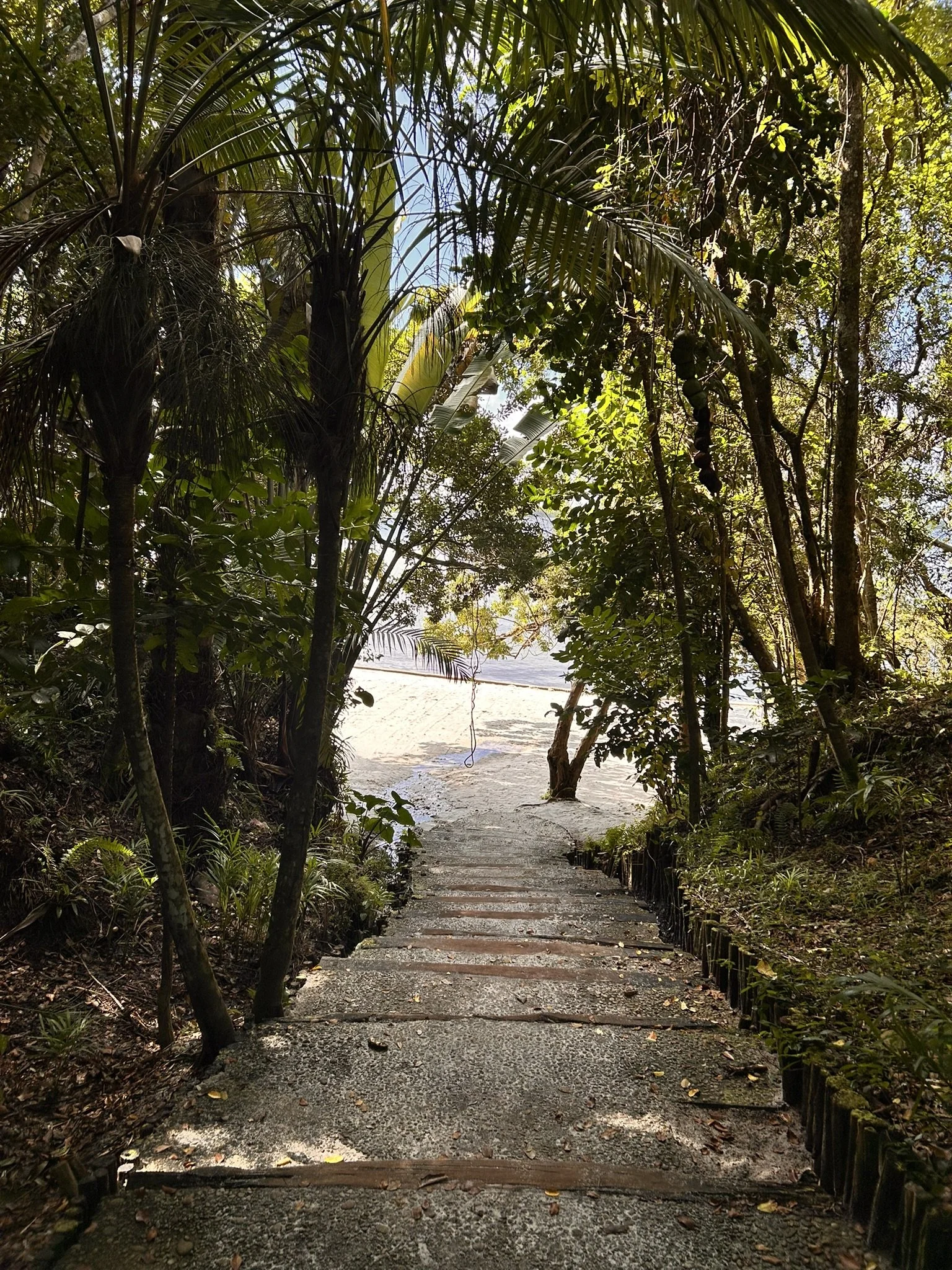
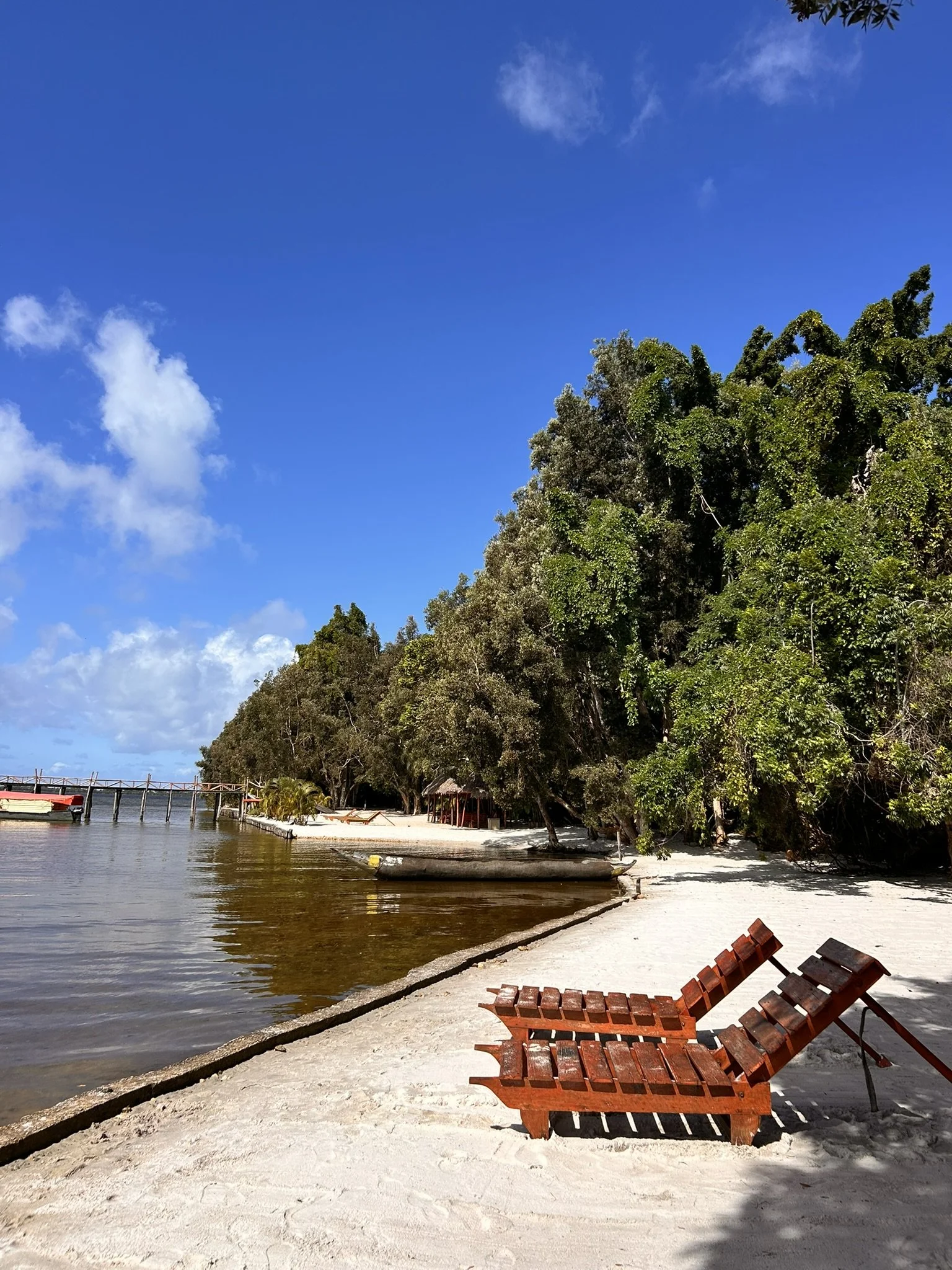
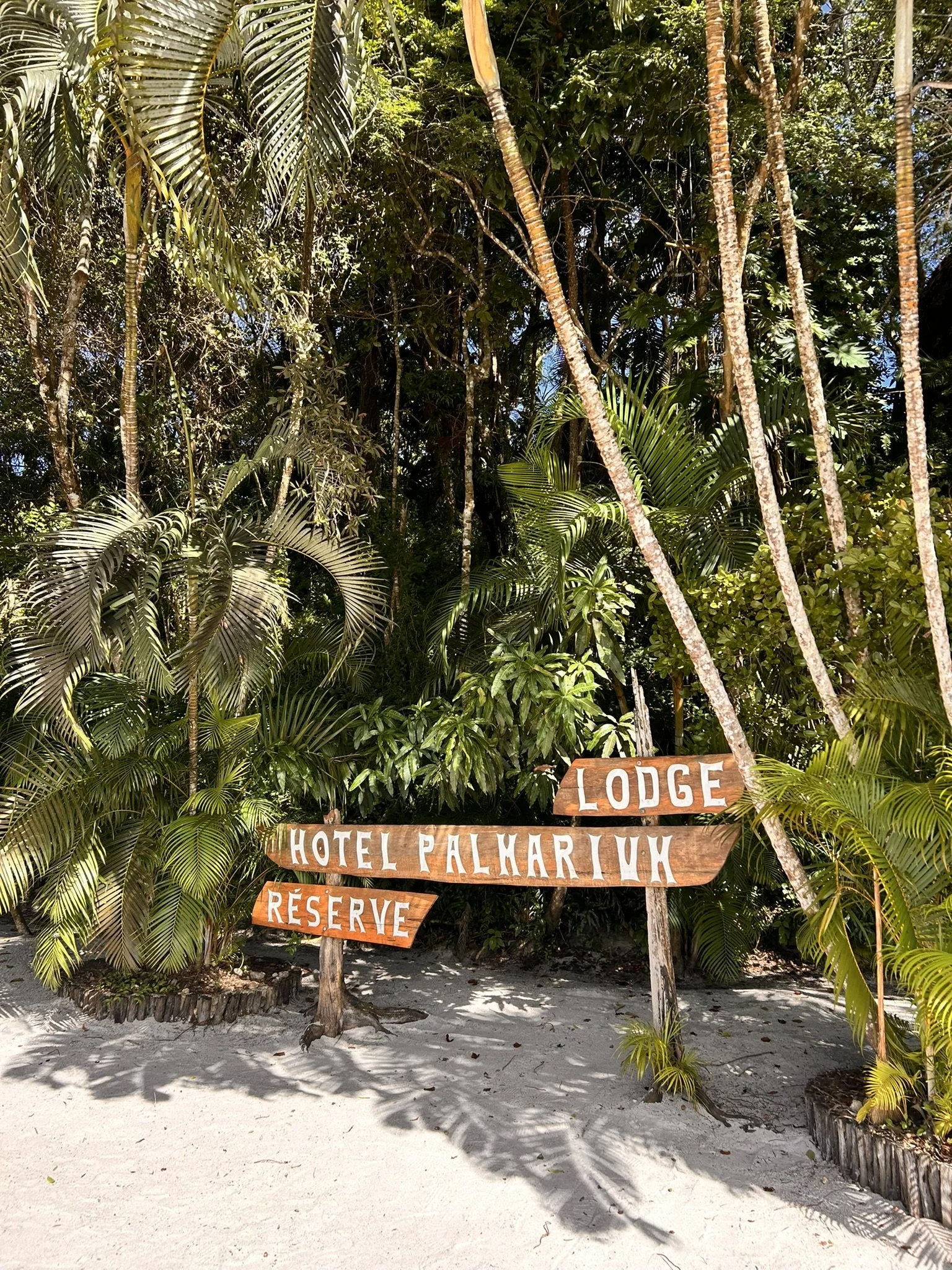
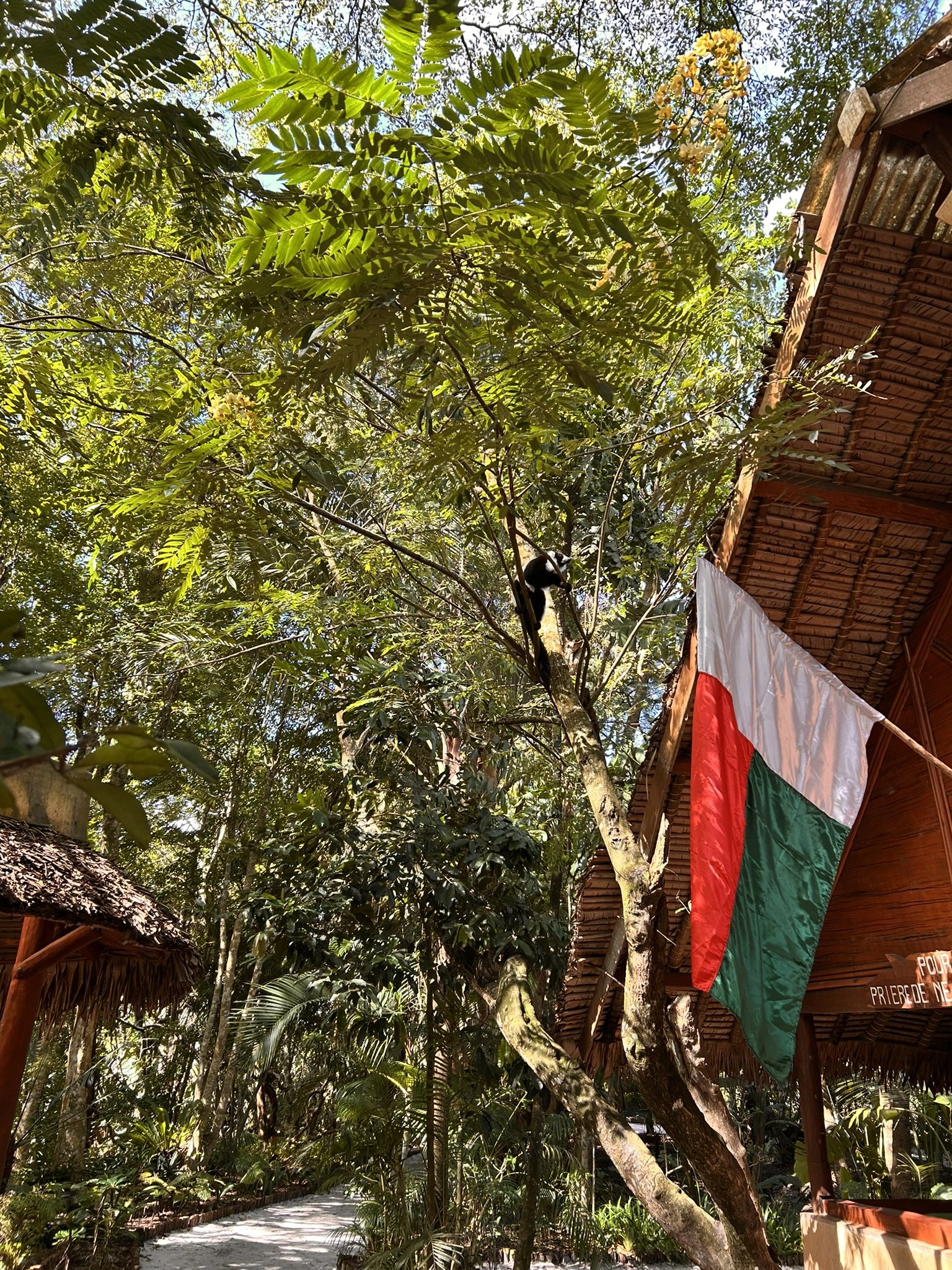
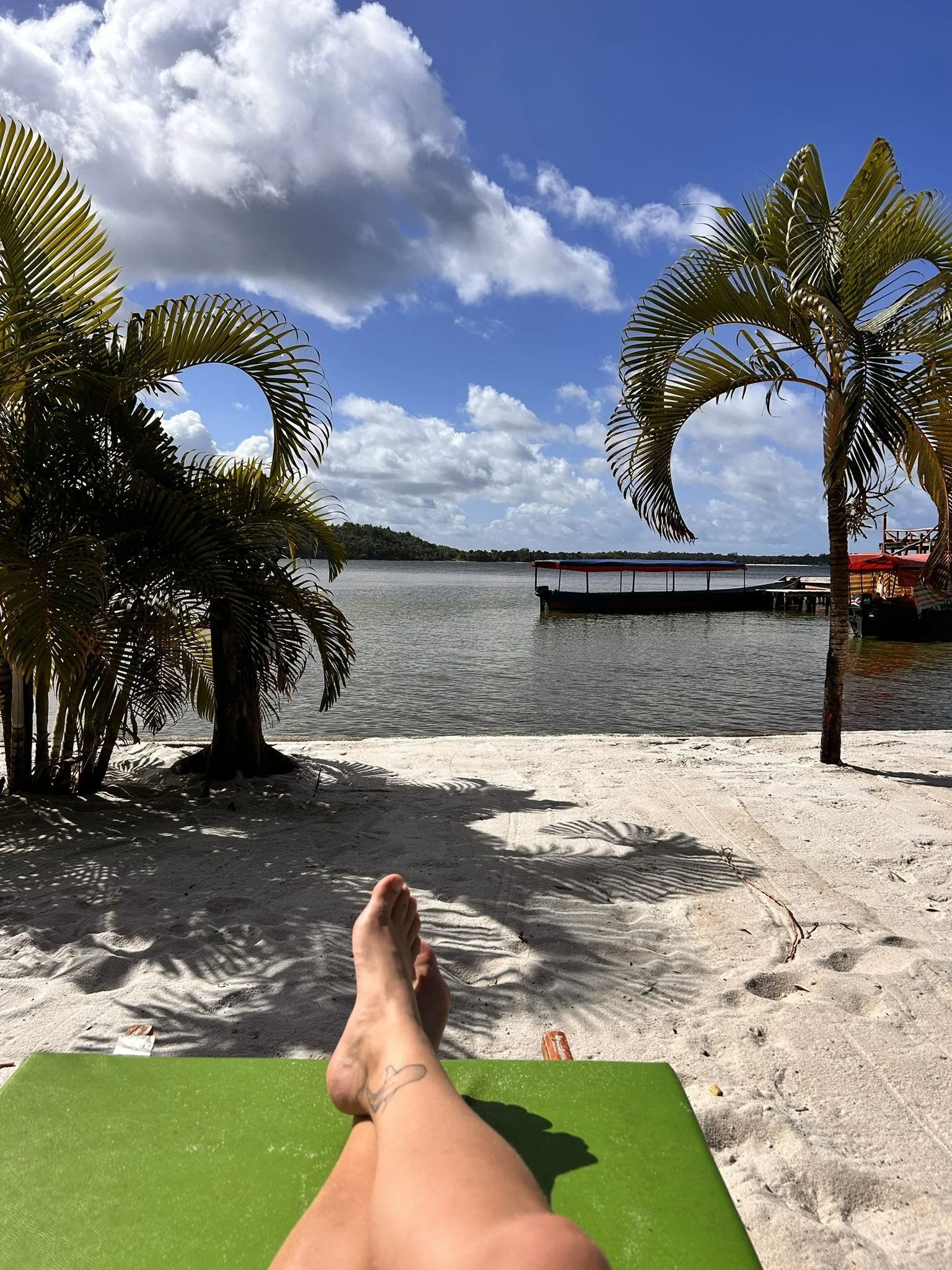
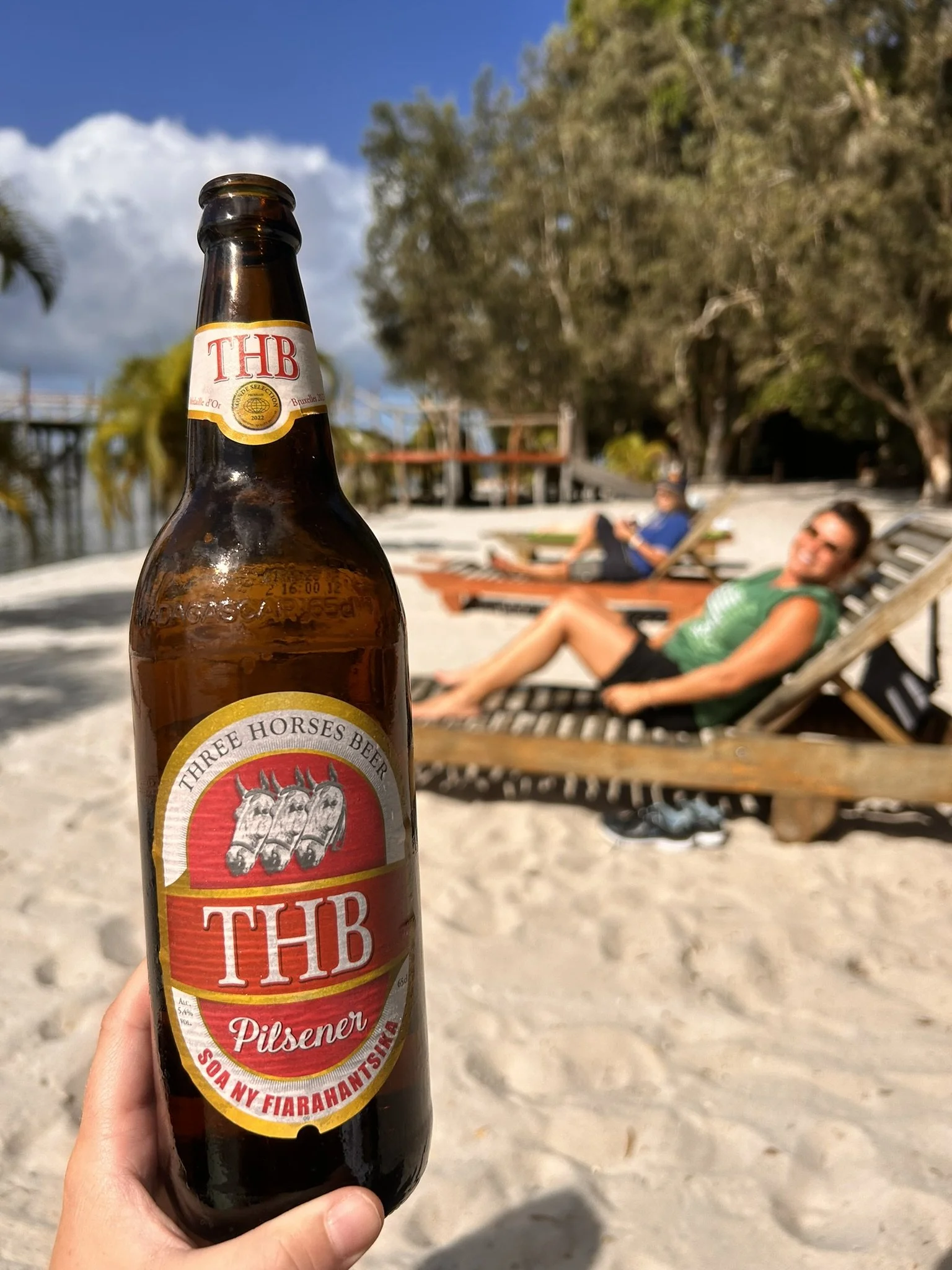
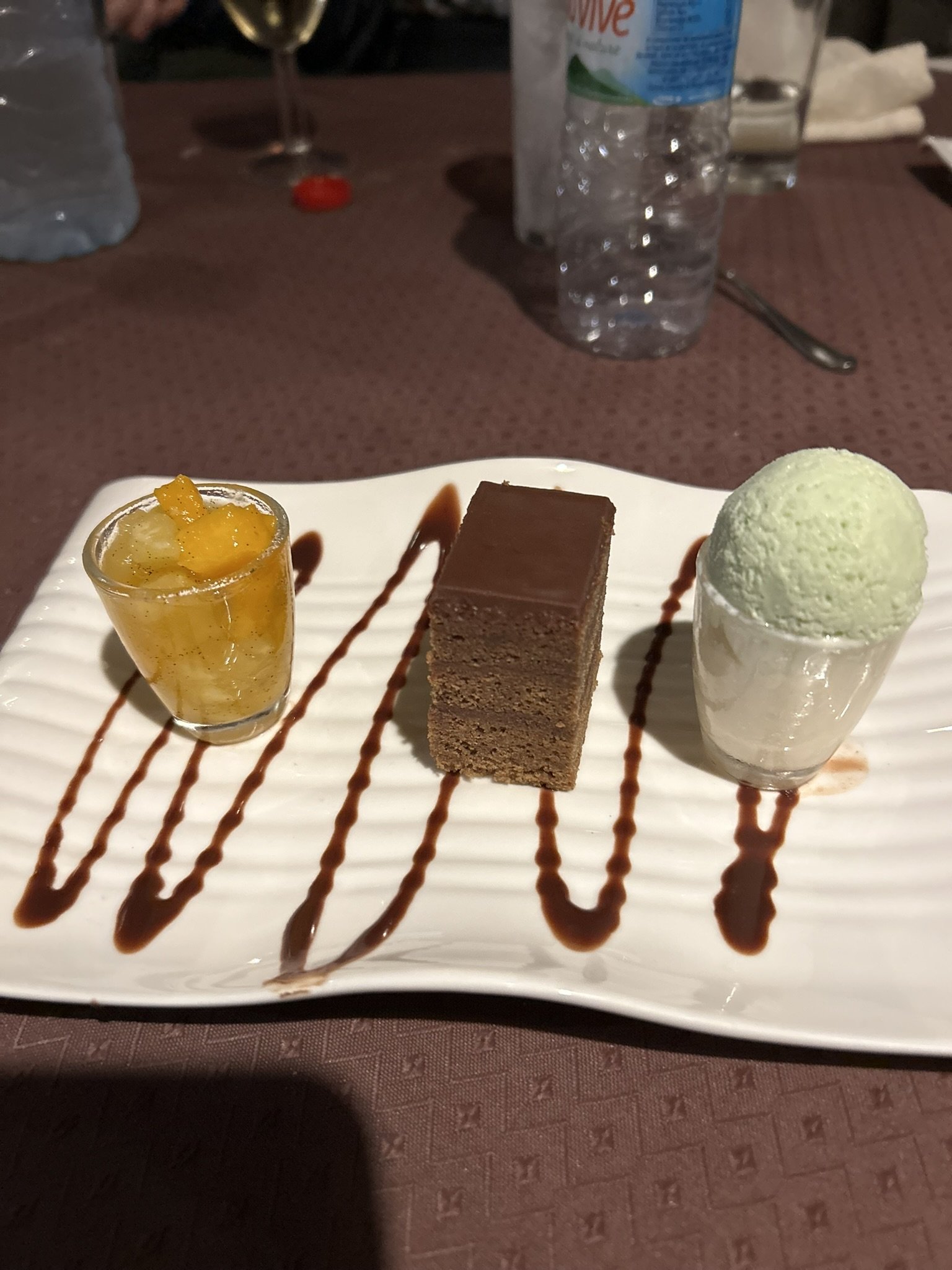
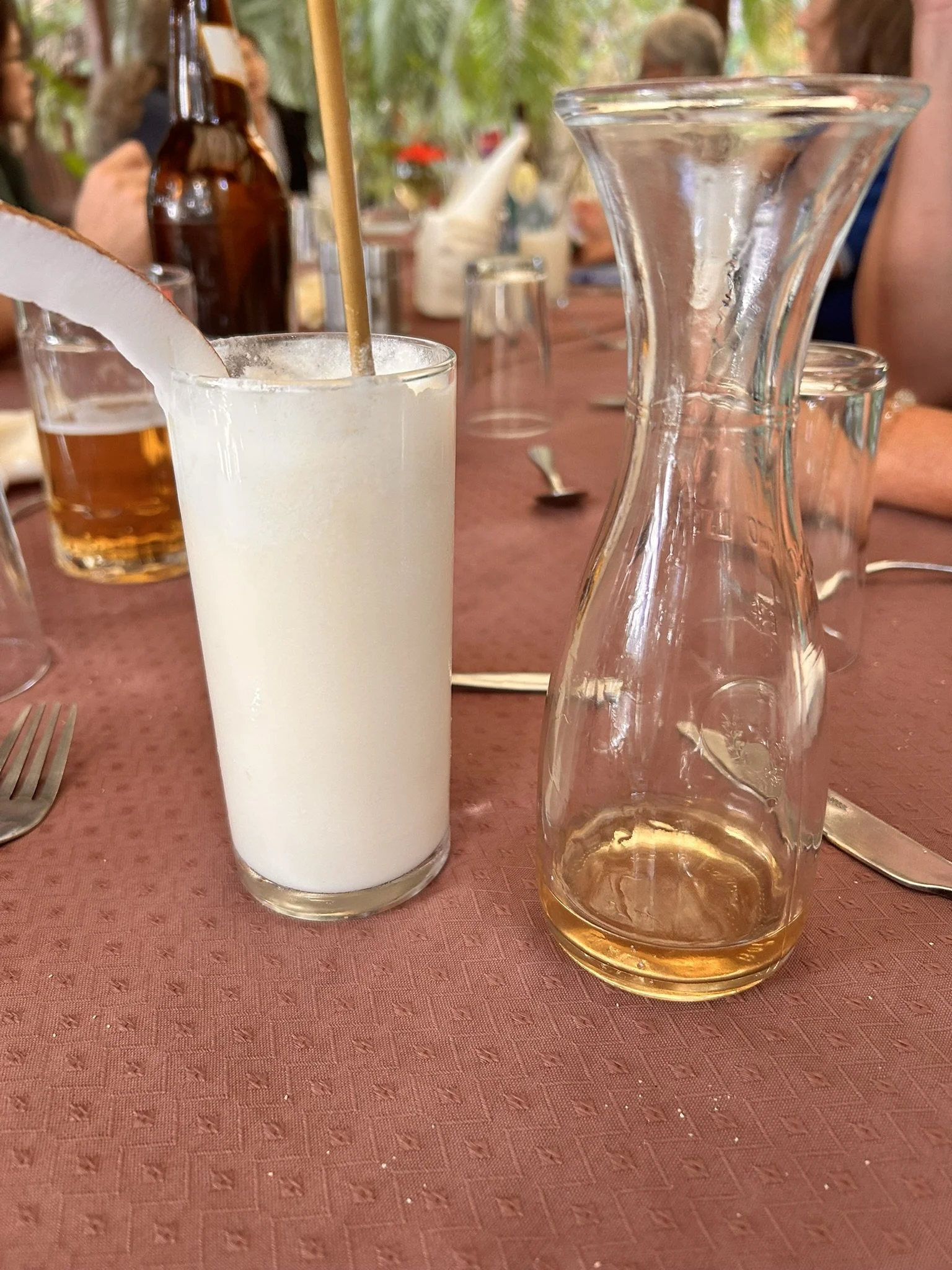
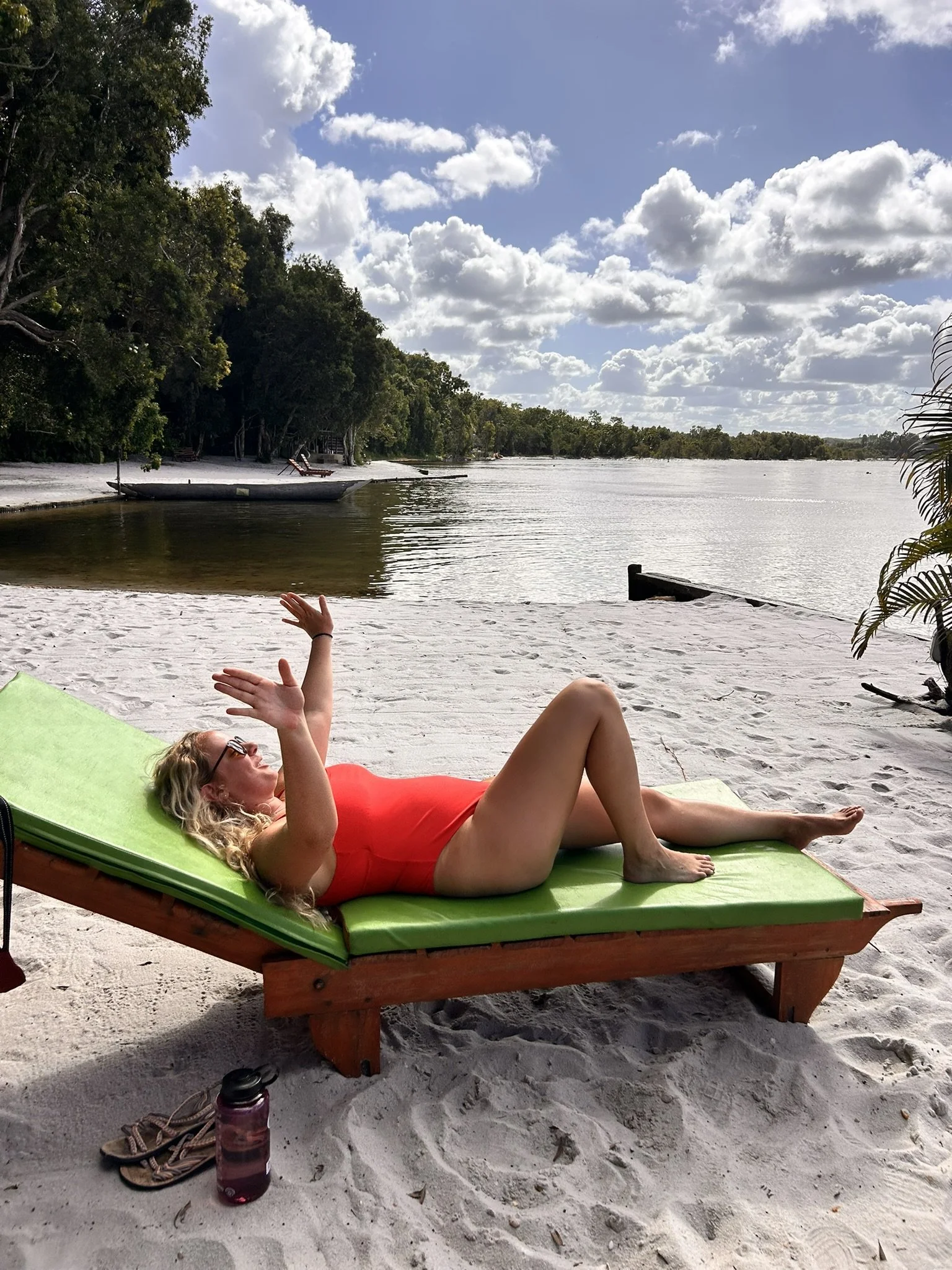
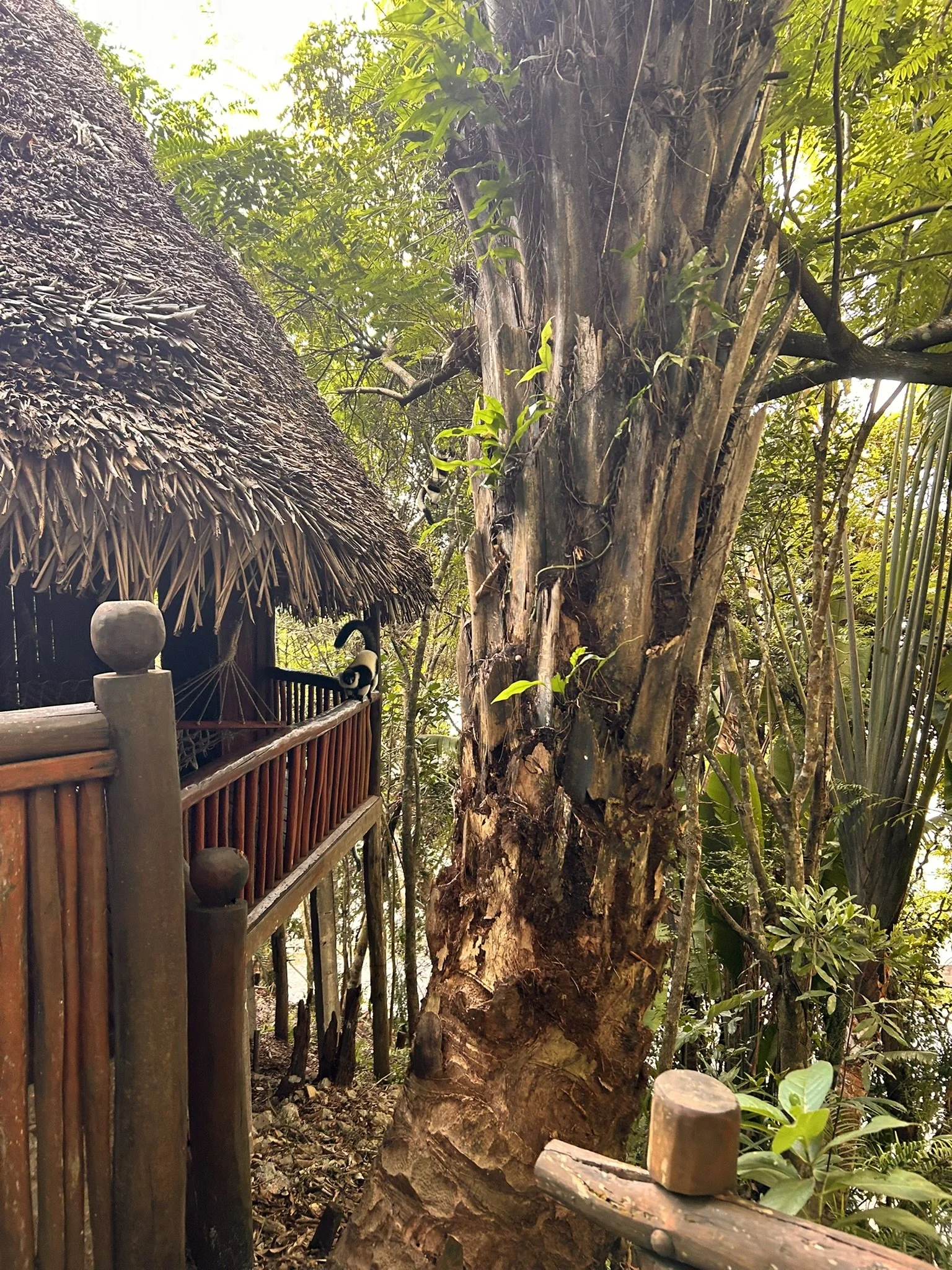
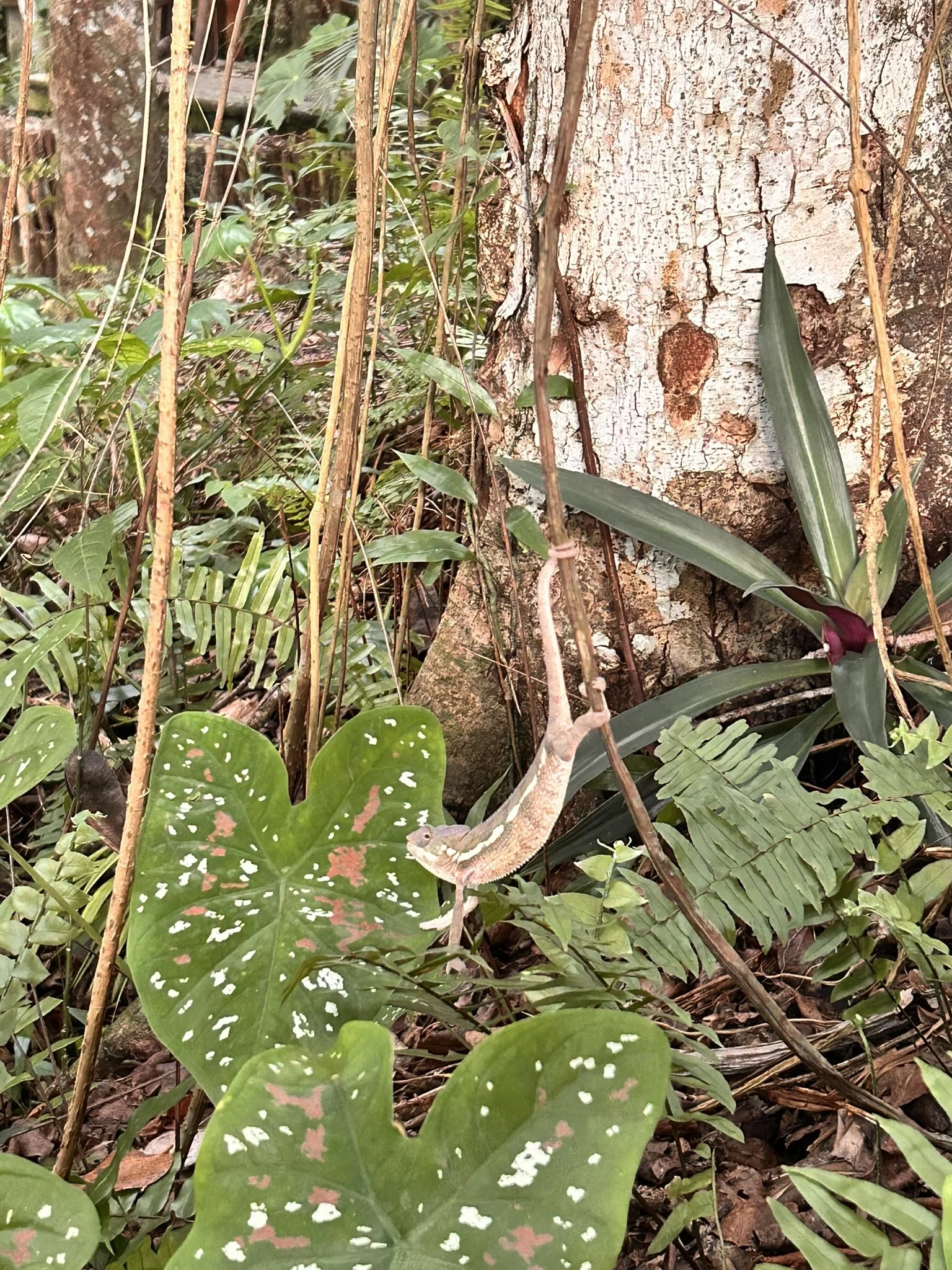
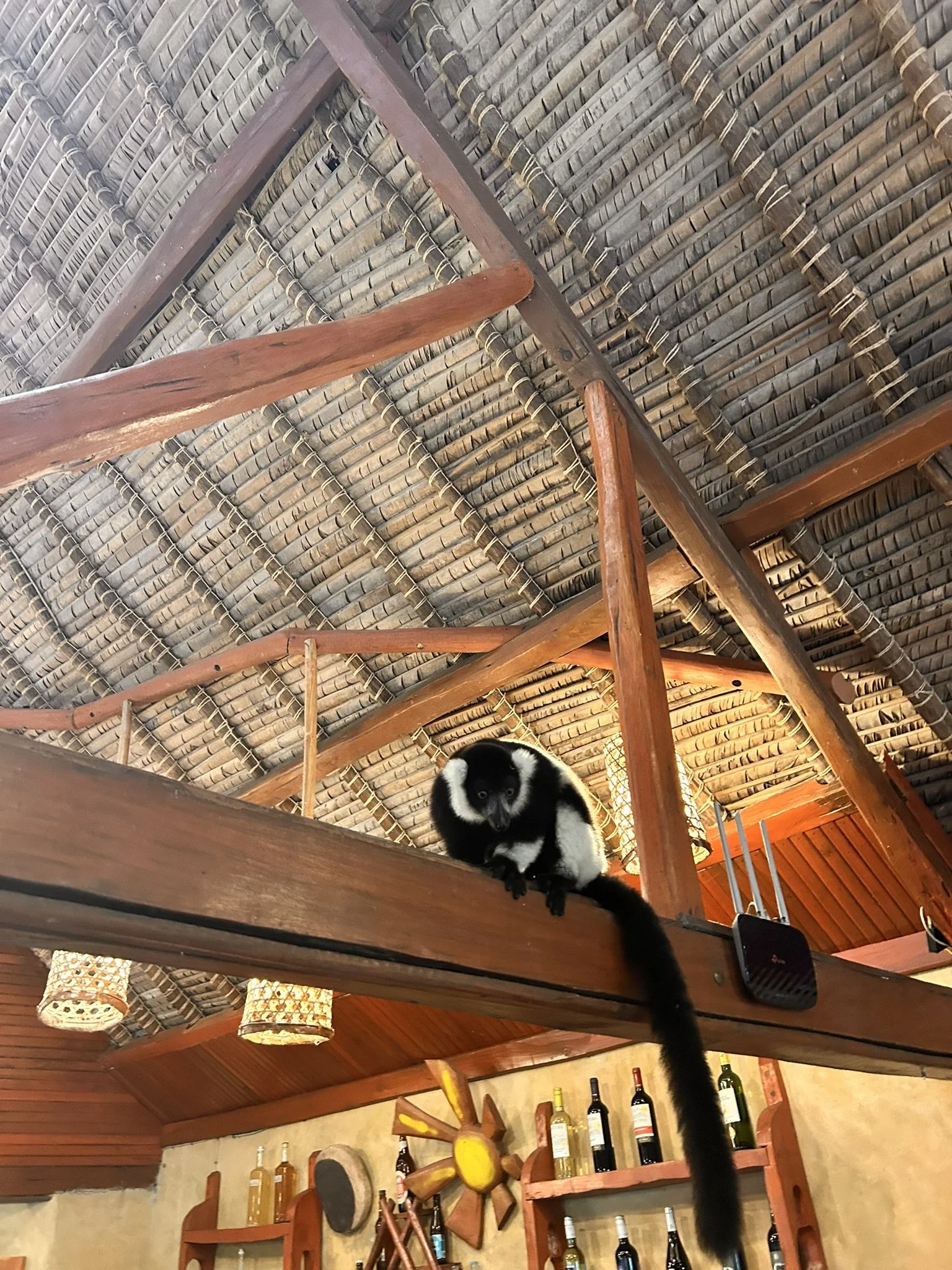
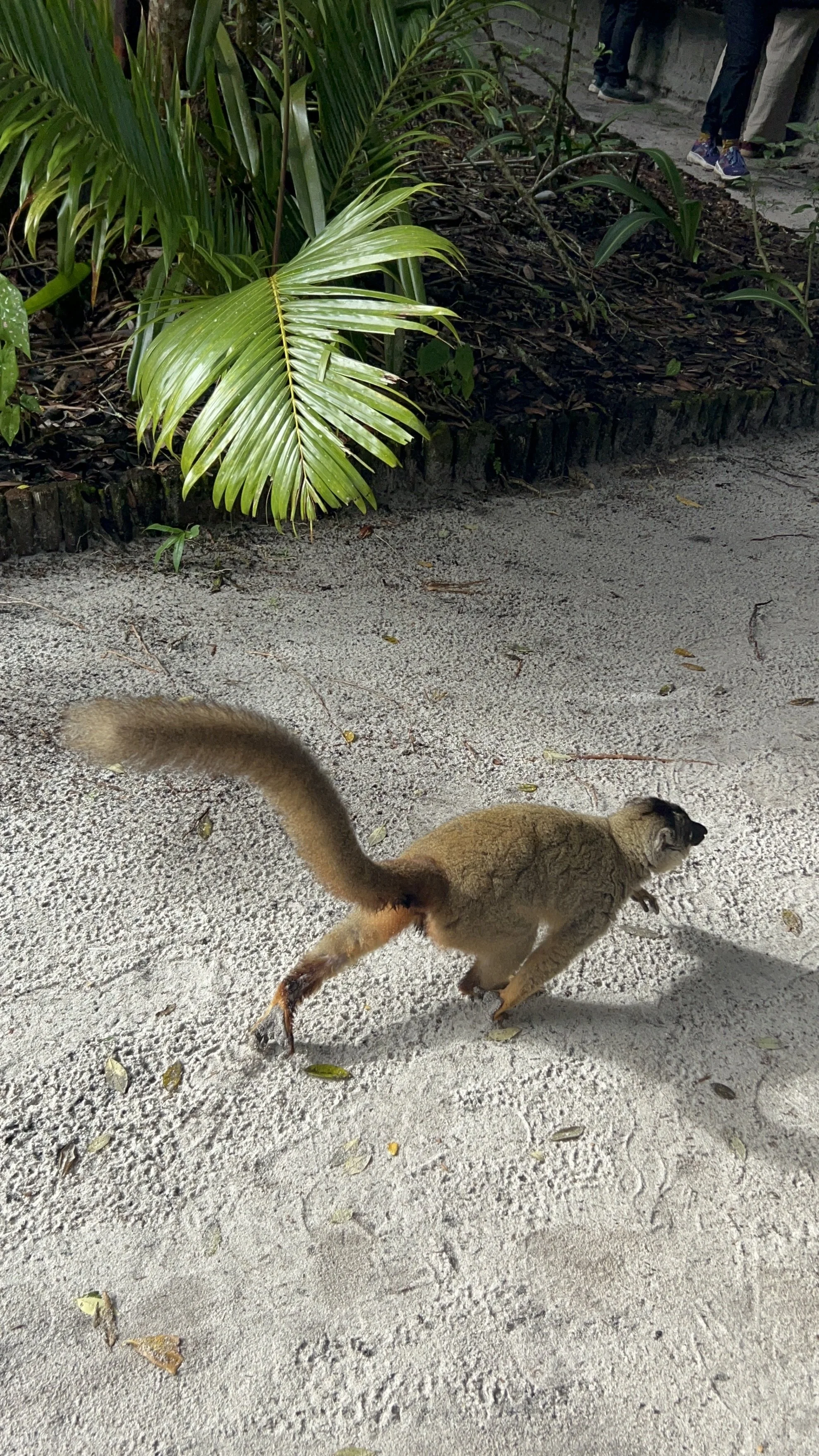
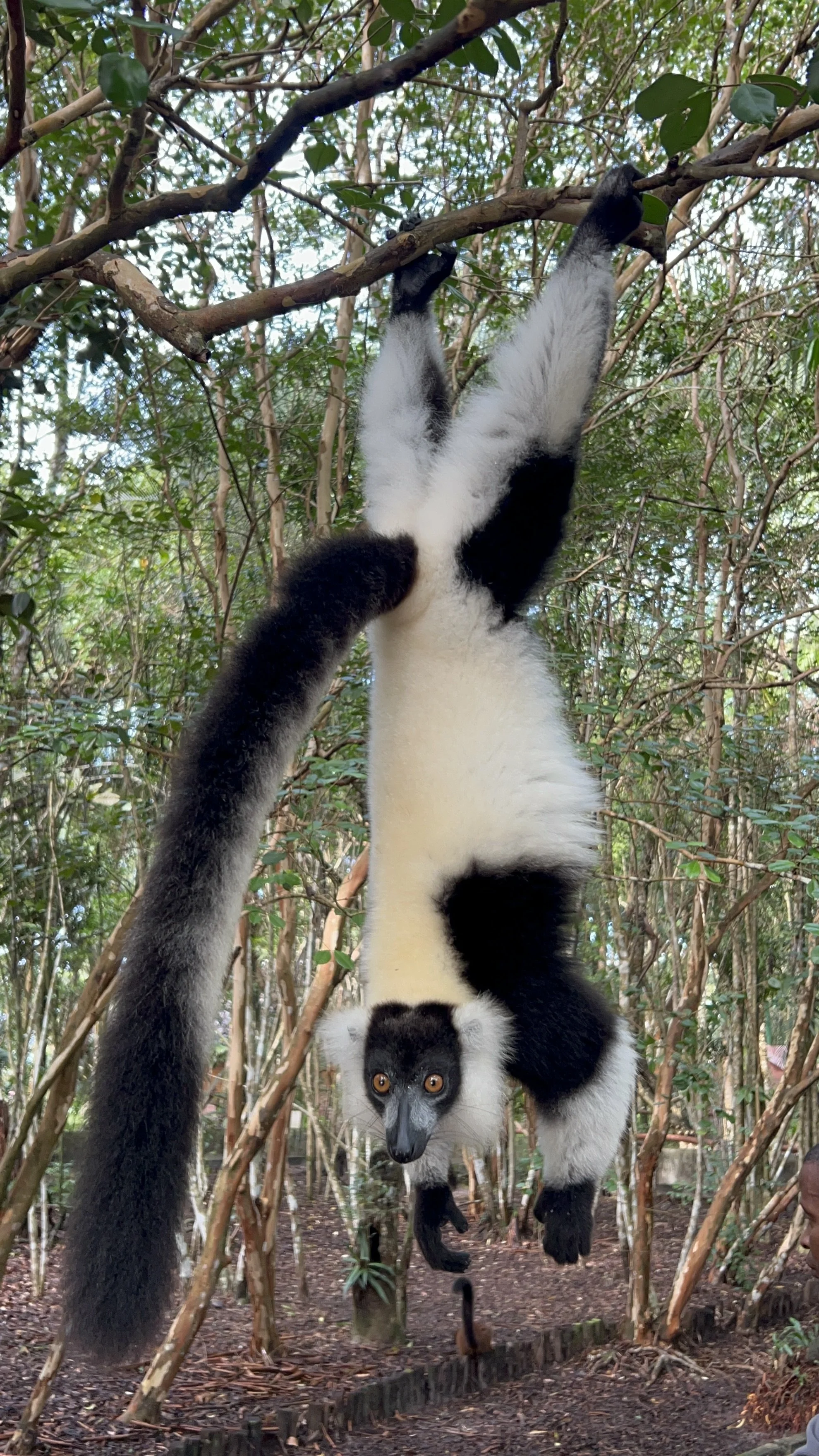
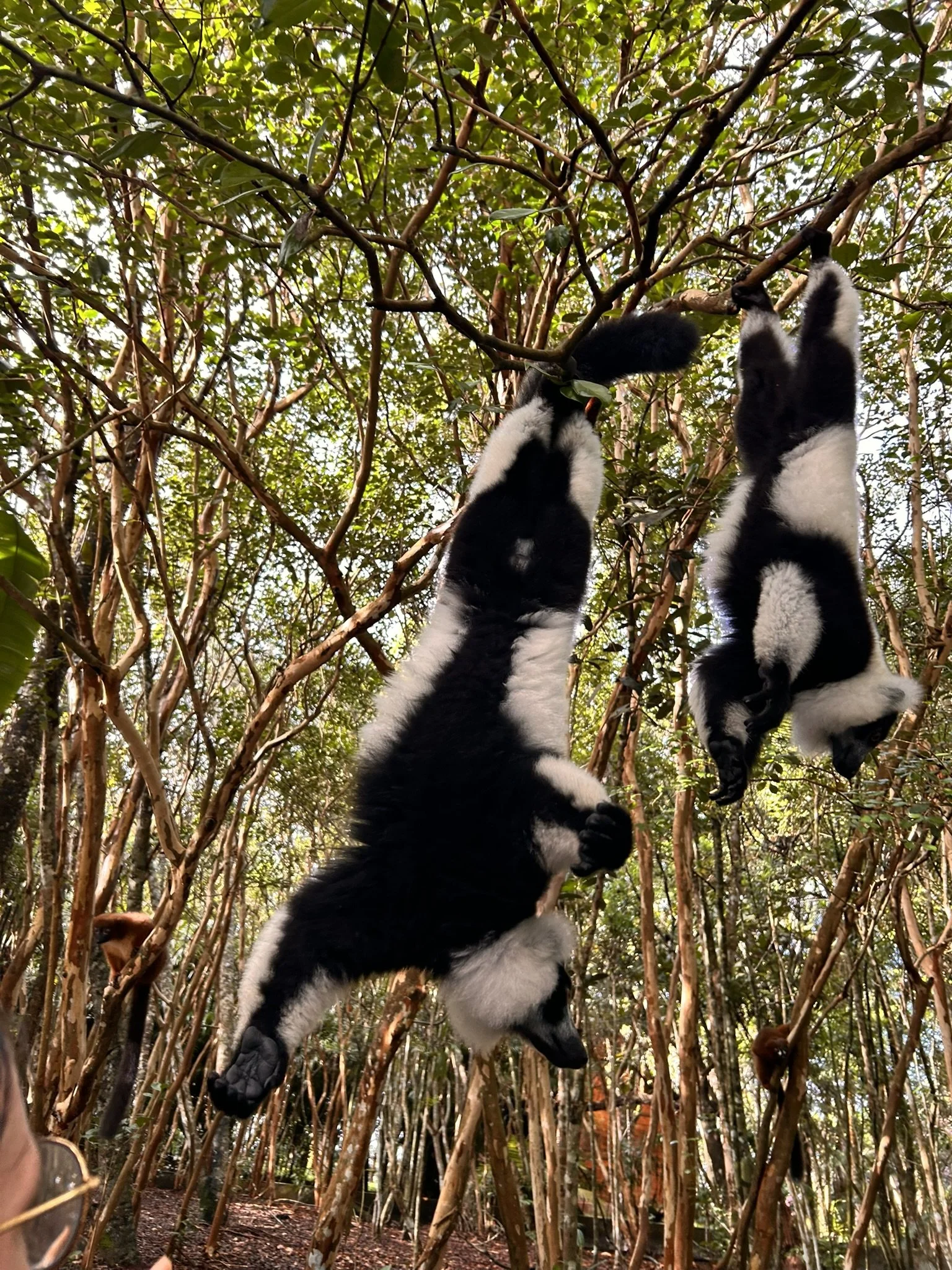
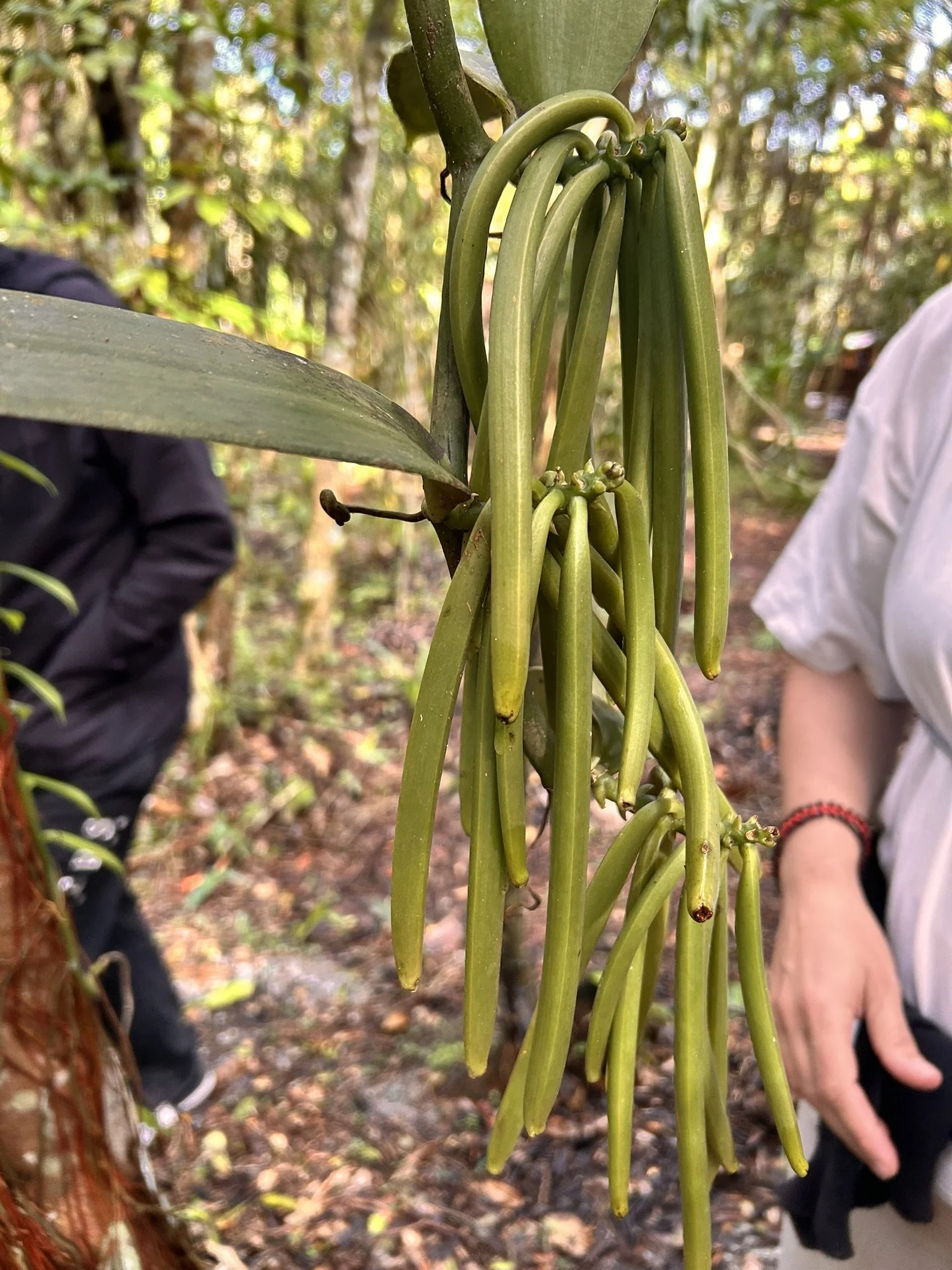
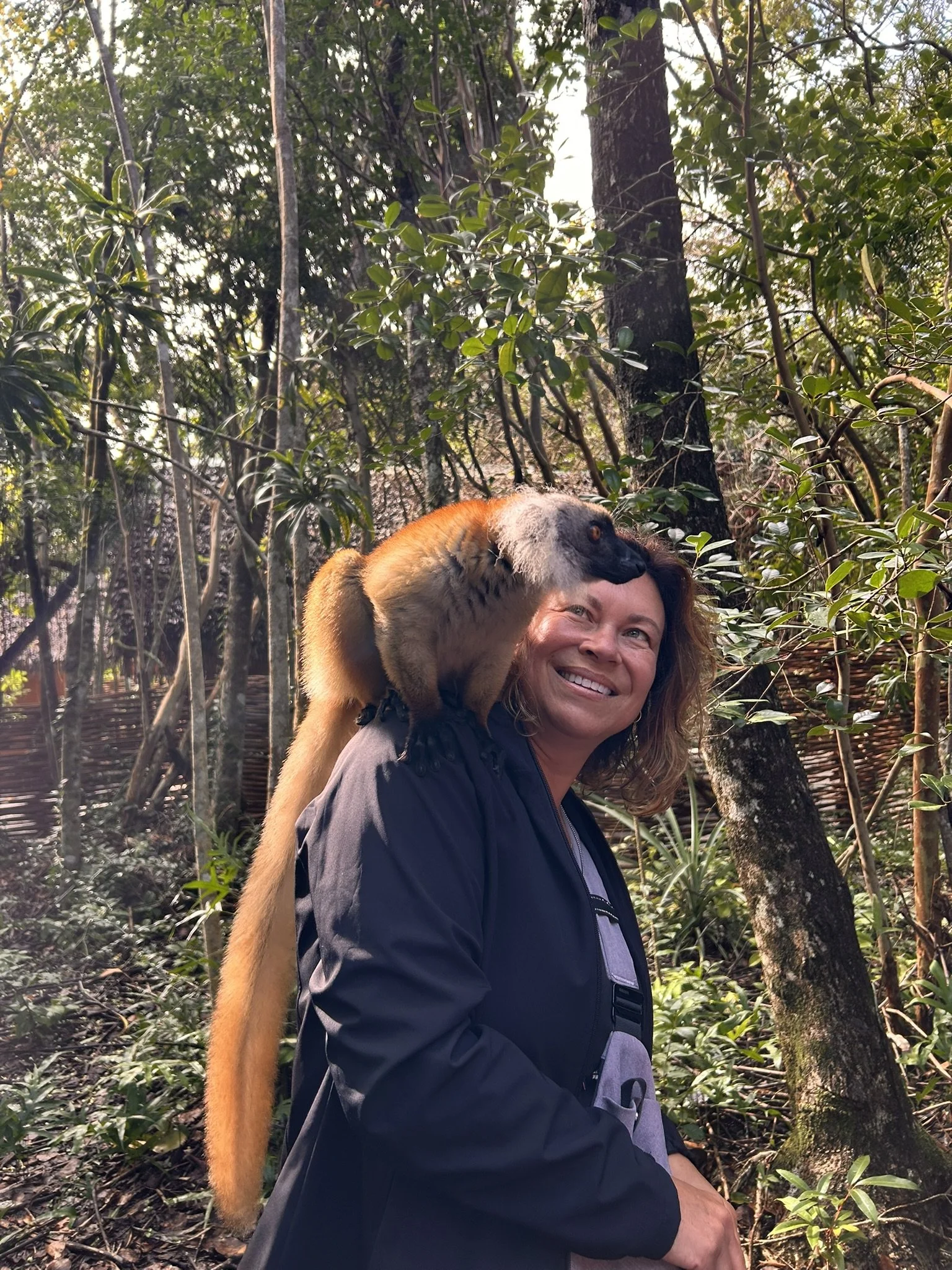
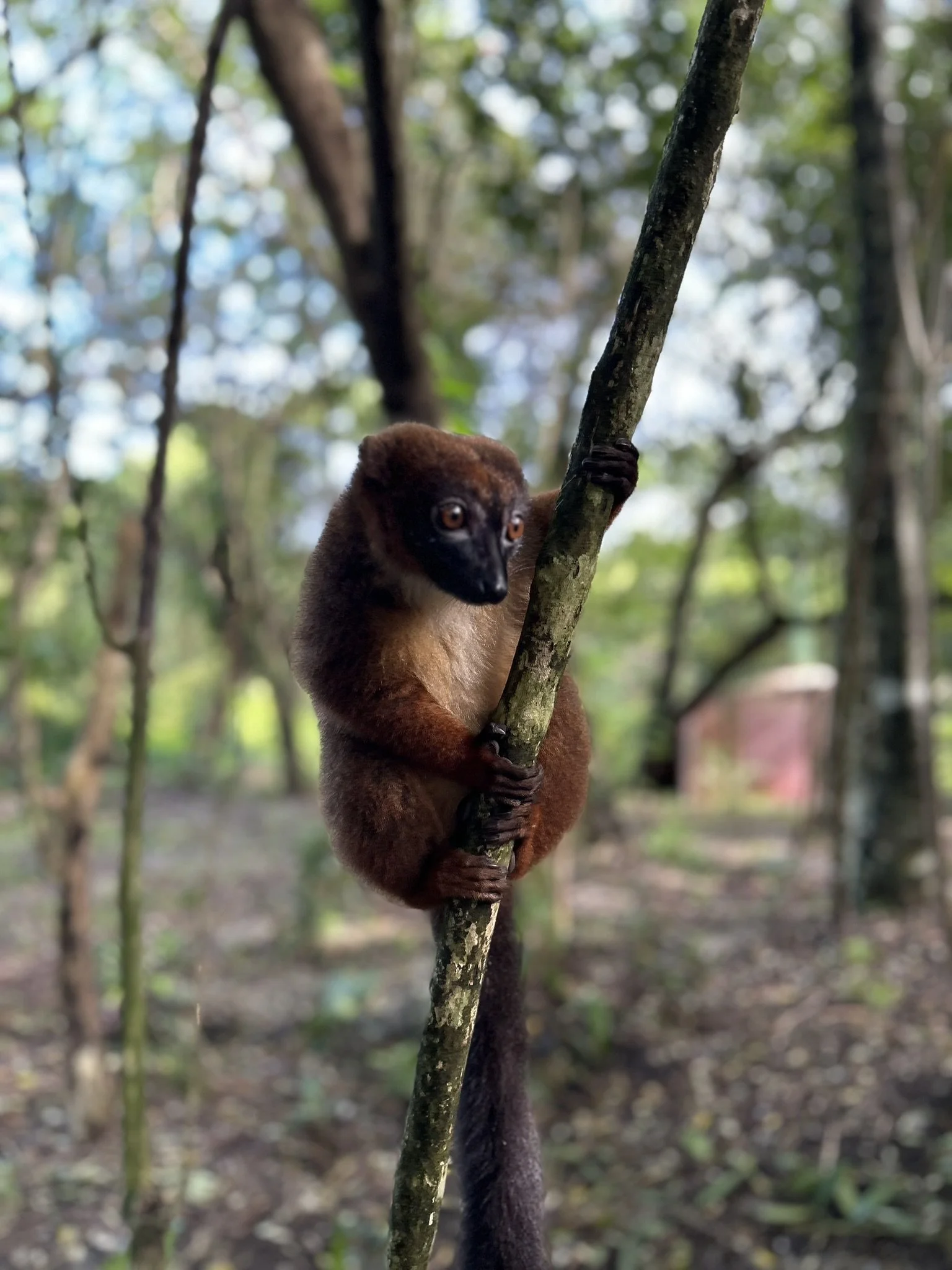
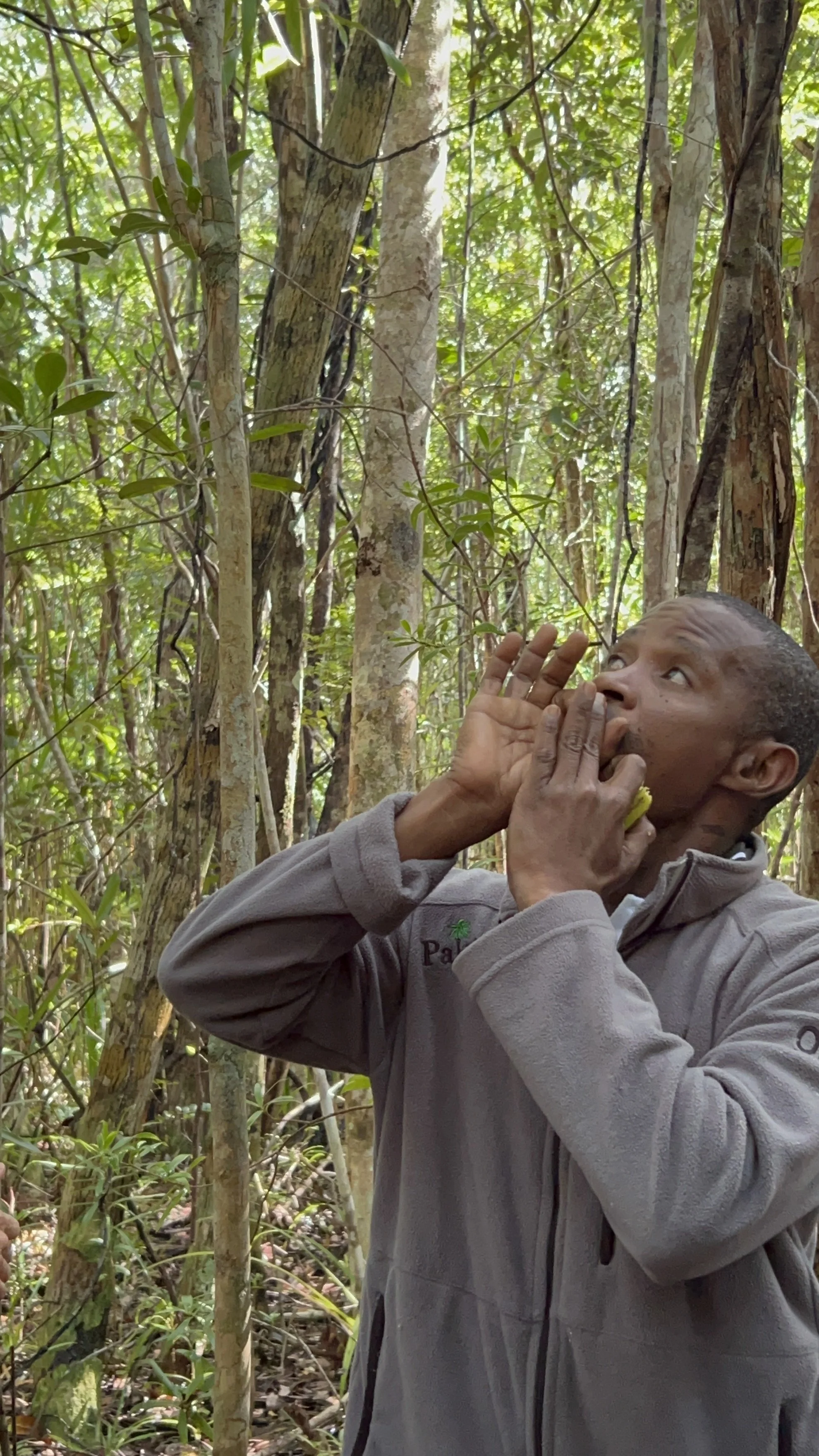
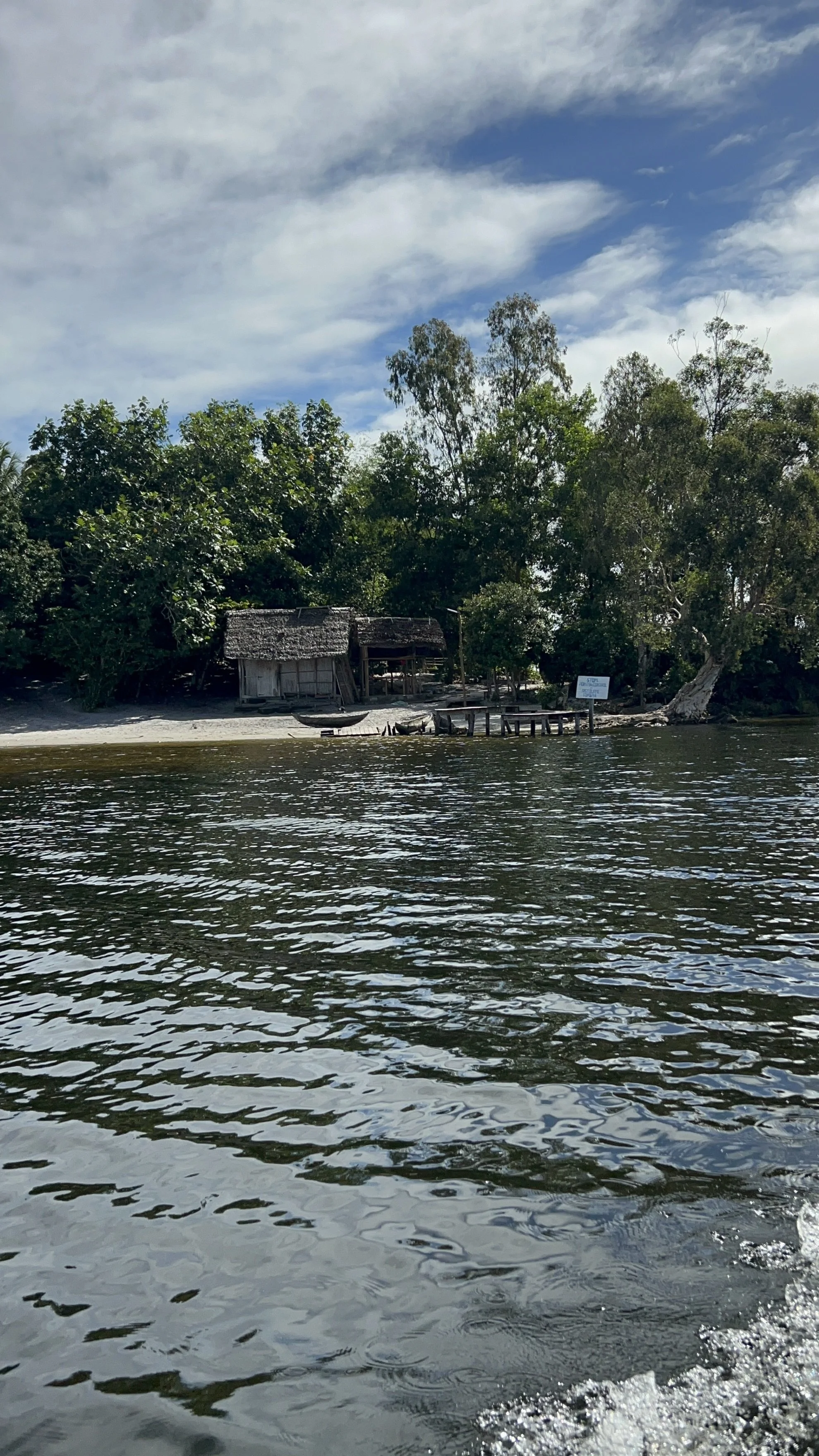
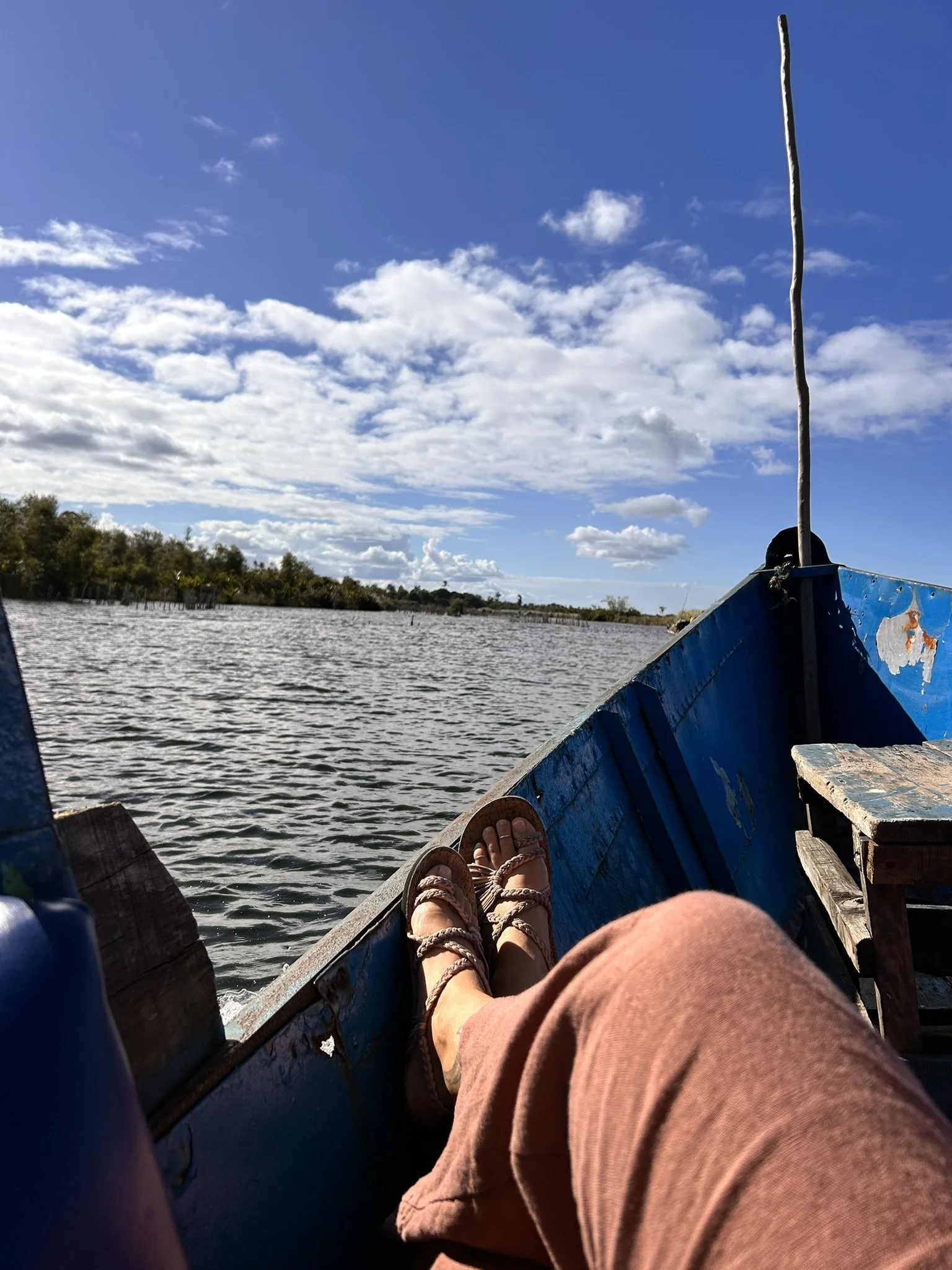
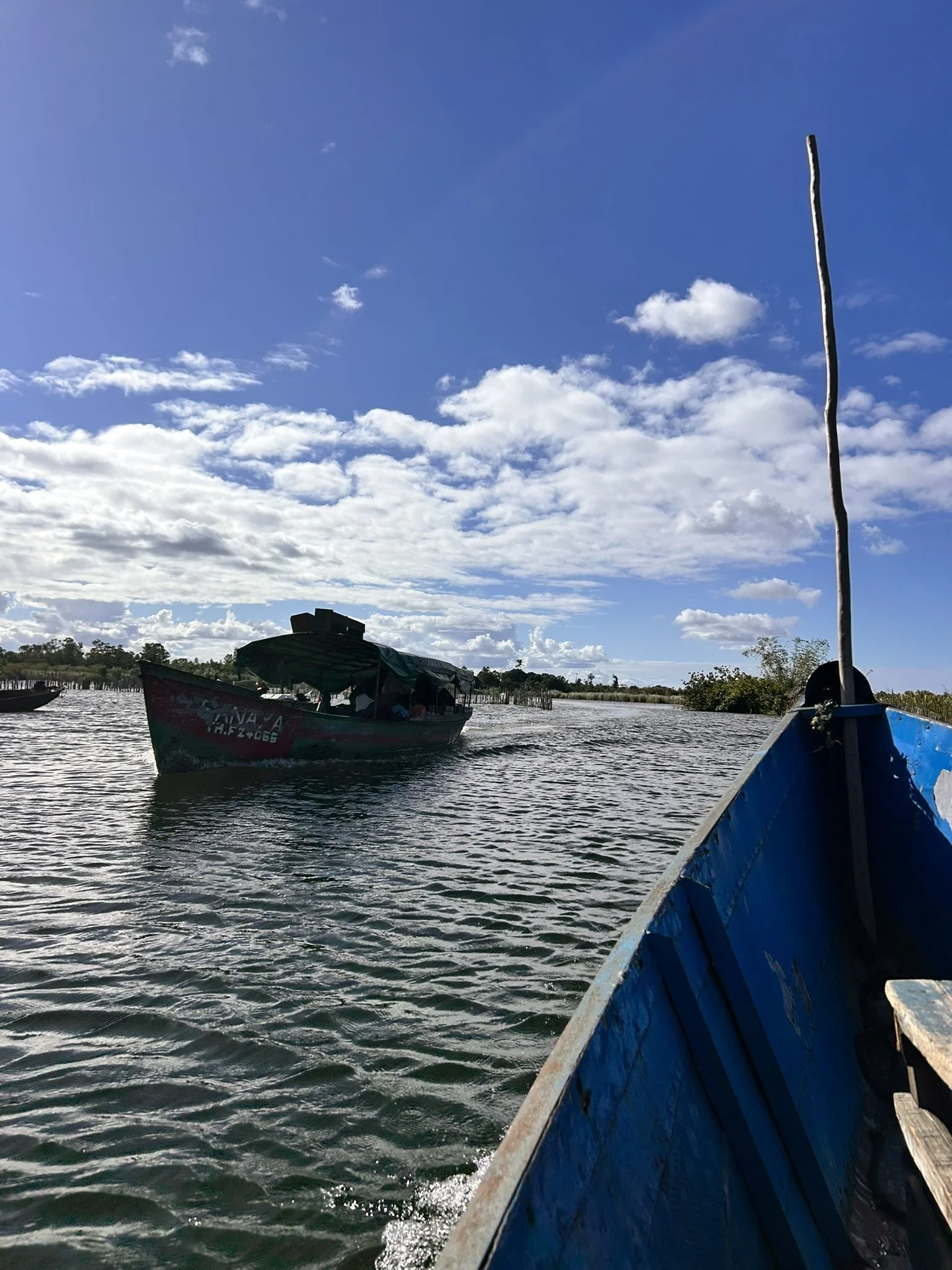
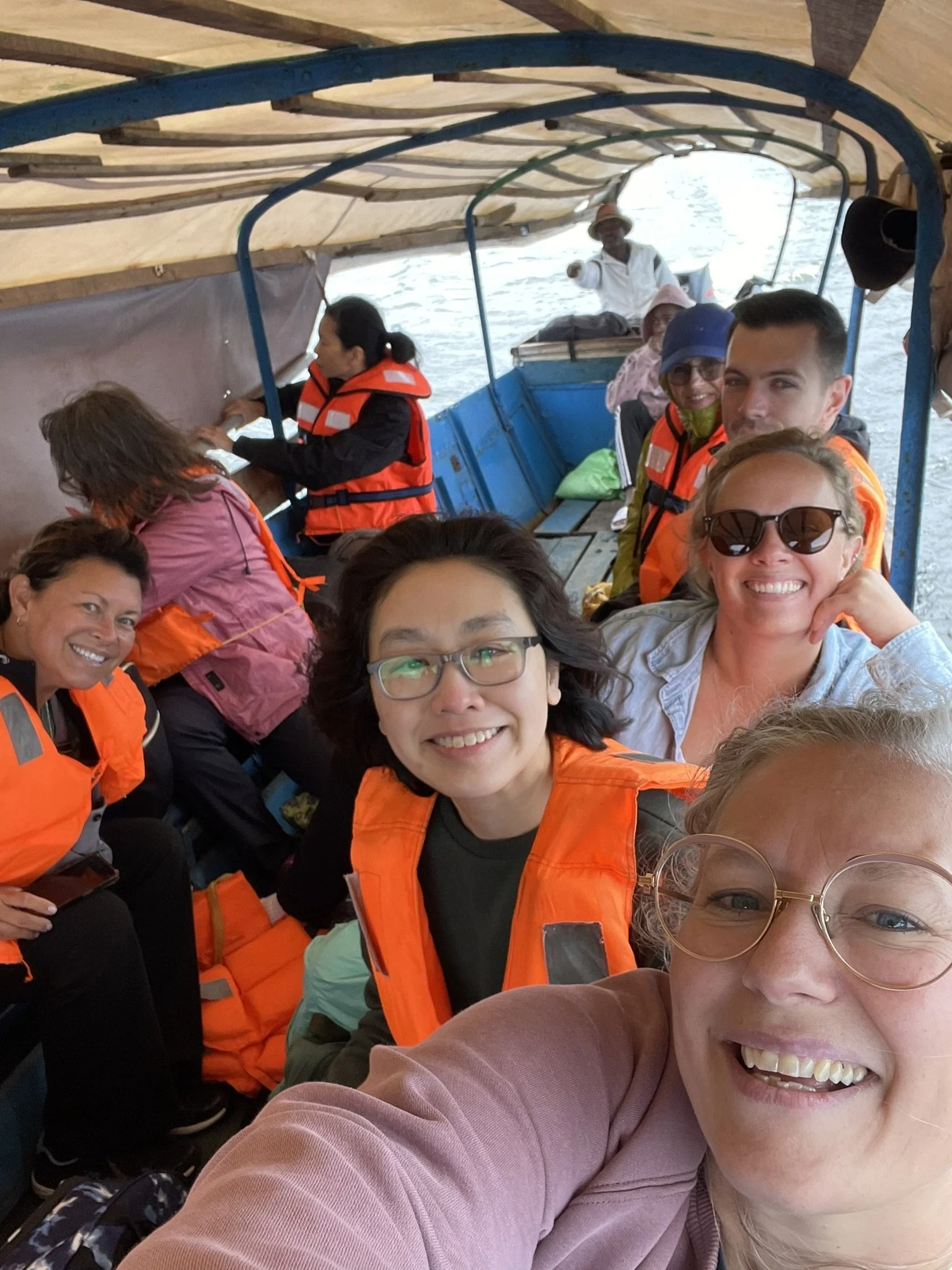
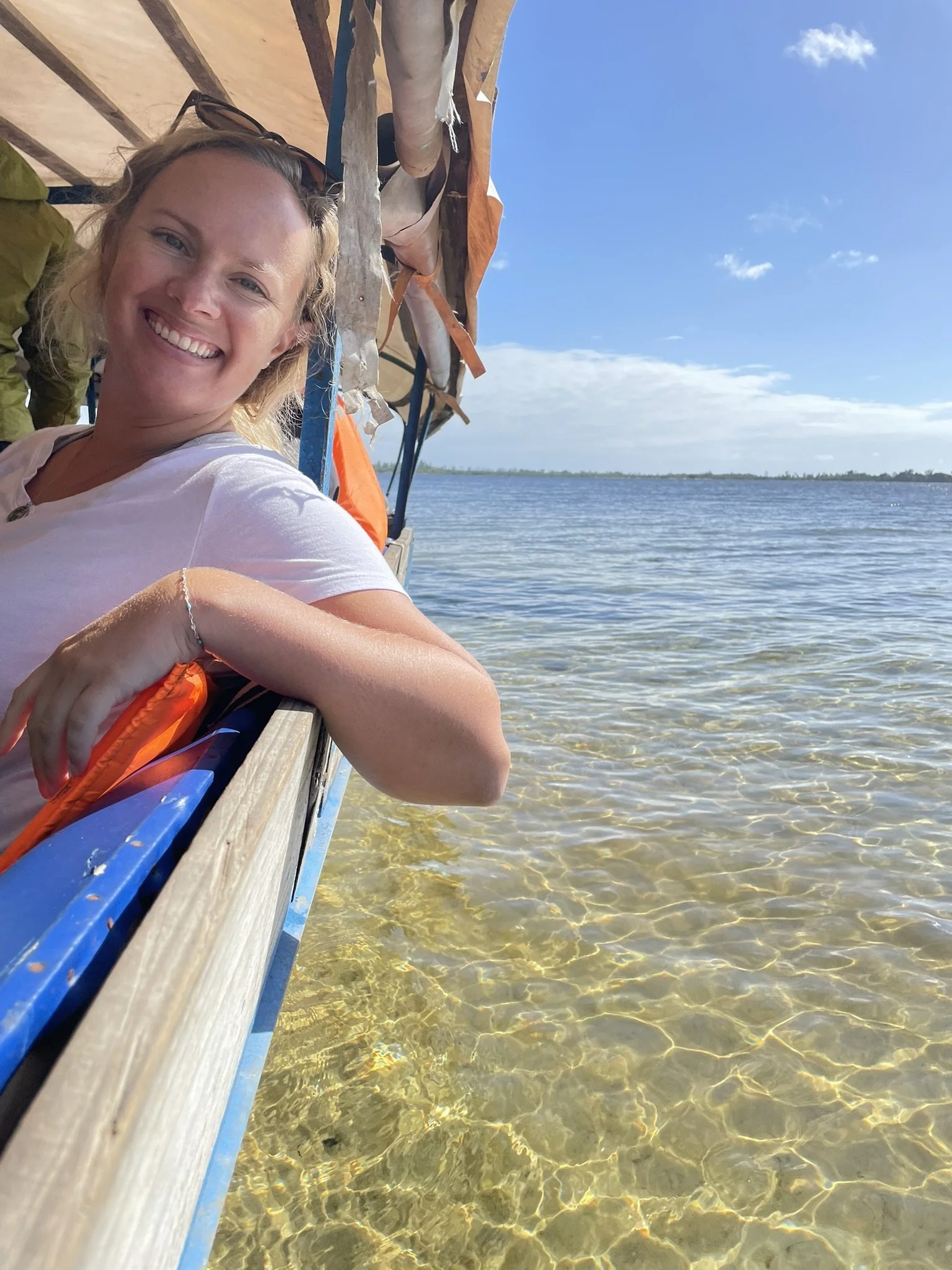
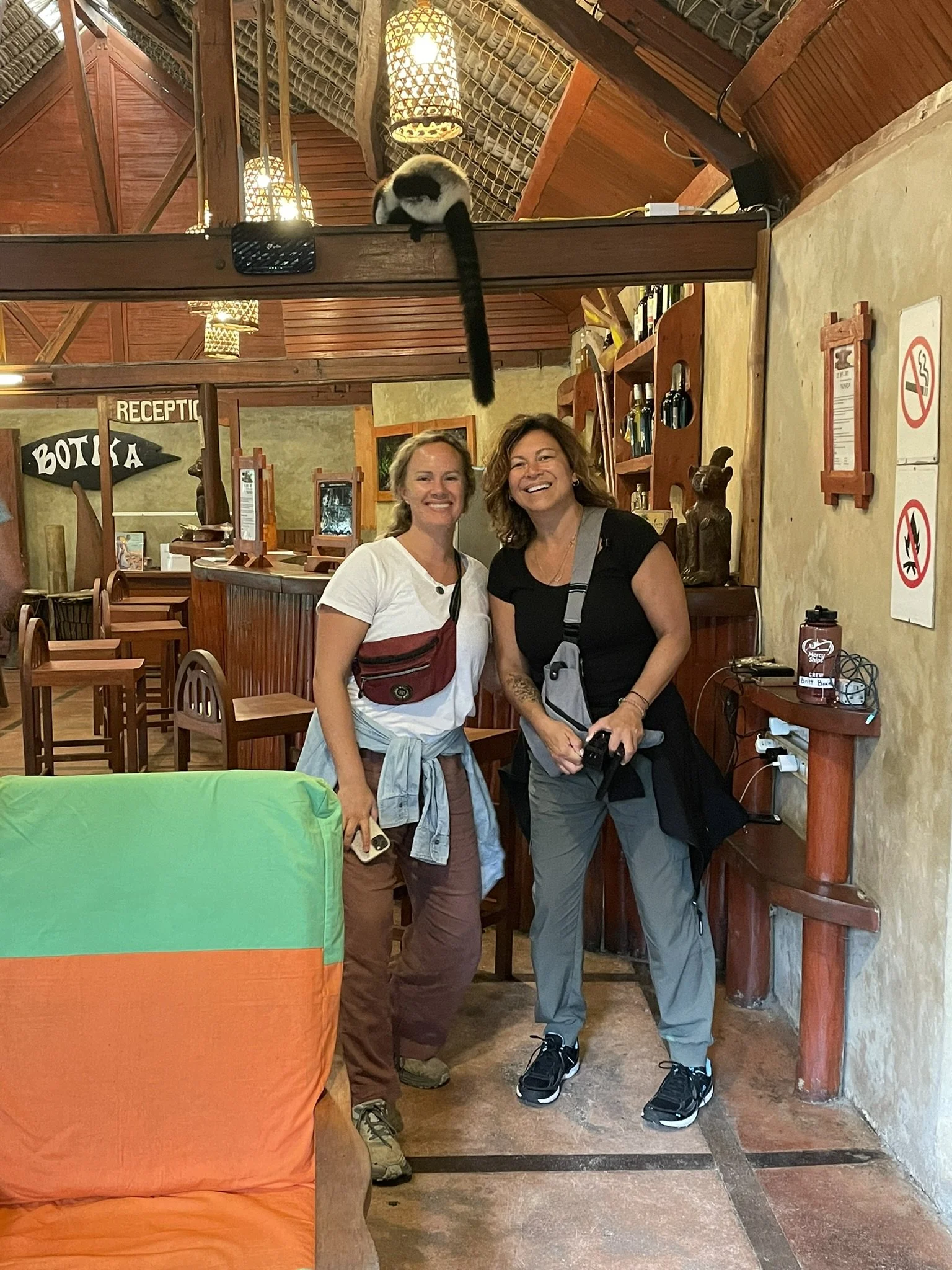
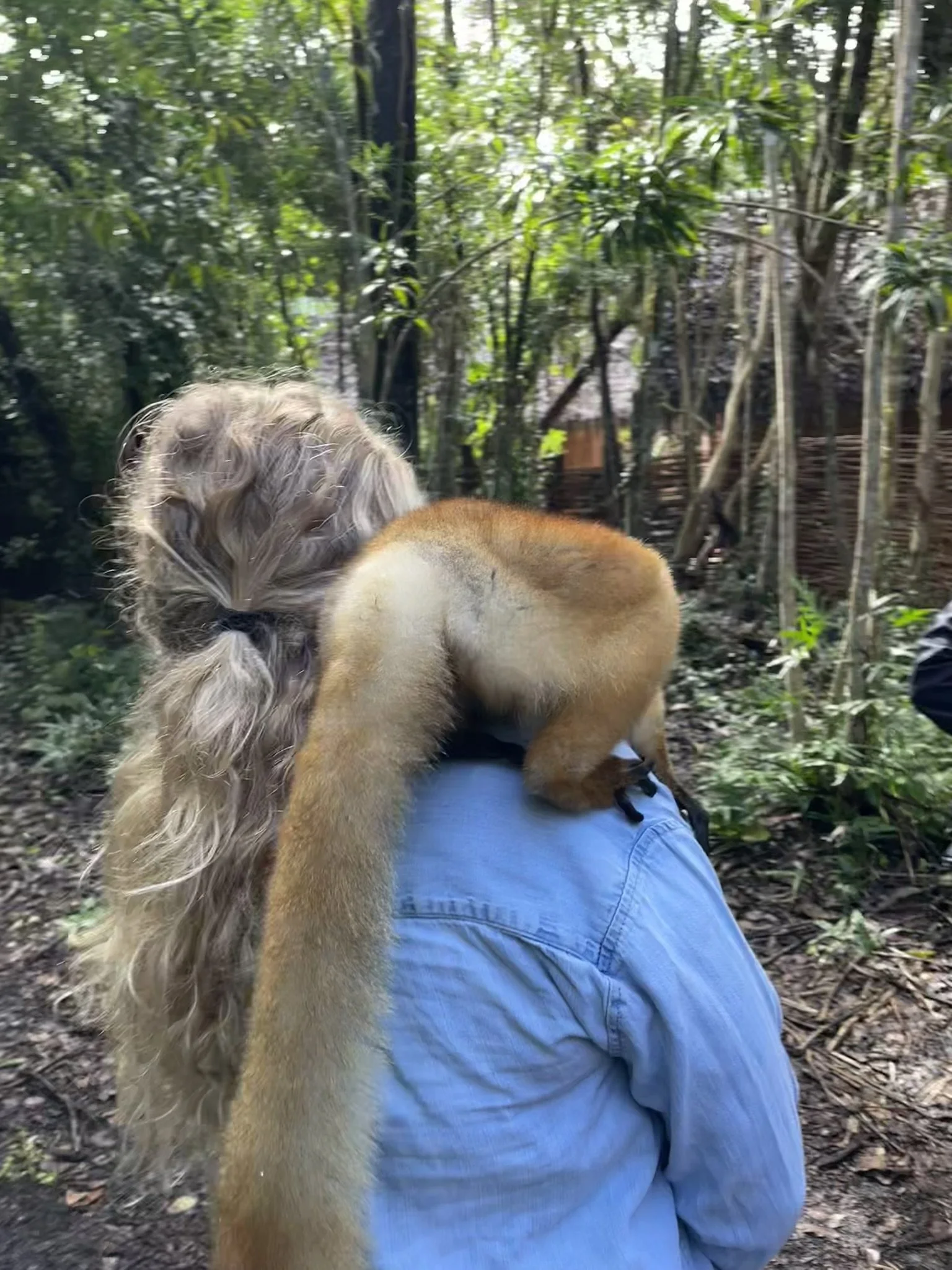
Palmarium Lodge & the Pangalanes Canal
We rose early and boarded a narrow skiff for a four-hour journey along the Pangalanes Canal—a 637-kilometer ribbon of water running down Madagascar’s eastern coast. The stretch from Toamasina to Palmarium is about 70 kilometers, threading past remote villages so isolated that the canal is their only highway; there are no roads to reach them.
The Pangalanes Canal itself is part natural, part man-made—an ambitious French colonial project begun in the late 19th century to link a chain of coastal lagoons and rivers into a navigable route. Originally designed for transporting goods (especially timber, coffee, and spices) along the cyclone-prone coast, it remains a vital artery for local trade and travel today.
Our little boat carried eleven of us, gliding past coconut groves marking each settlement. Some “villages” were no more than two families, others larger, but all had designated fishing spots along the canal. The catch includes tibata, eel, zoompu, and tilapia. Our guide explained the four main livelihoods here: fishing, planting crops, making charcoal, and, as he put it with a grin, “breeding.”
He also shared sacred customs linked to the canal’s lakes—rules you don’t want to break if you respect local tradition: never point at anyone or anything, never wear all red, and absolutely no pork allowed in certain waters. These fady (taboos) are deeply rooted in Malagasy spiritual beliefs, blending respect for ancestors with local lore.
When we arrived at Palmarium Lodge, perched on the shores of Lake Ampitabe (which runs parallel to the ocean), we ordered lunch, toasted with piña coladas laced with fragrant vanilla rum, and basked in the sun by the water’s edge.
That night, after dinner, we joined a boat tour to a neighboring island in search of the elusive, nocturnal aye-aye lemur. With their long, skeletal middle fingers and wide, searching eyes, they are equal parts eerie and endearing.
The next morning, we hiked around the island, spotting five different lemur species. Our guide spoke to them in their own vocalizations—an uncanny conversation that drew them closer. One tiny baby lemur with dazzling blue eyes clung to its mother as they leapt effortlessly through the canopy, calling out to others. Watching them dance through the trees felt like stepping into a living dream of Madagascar’s wild heart.
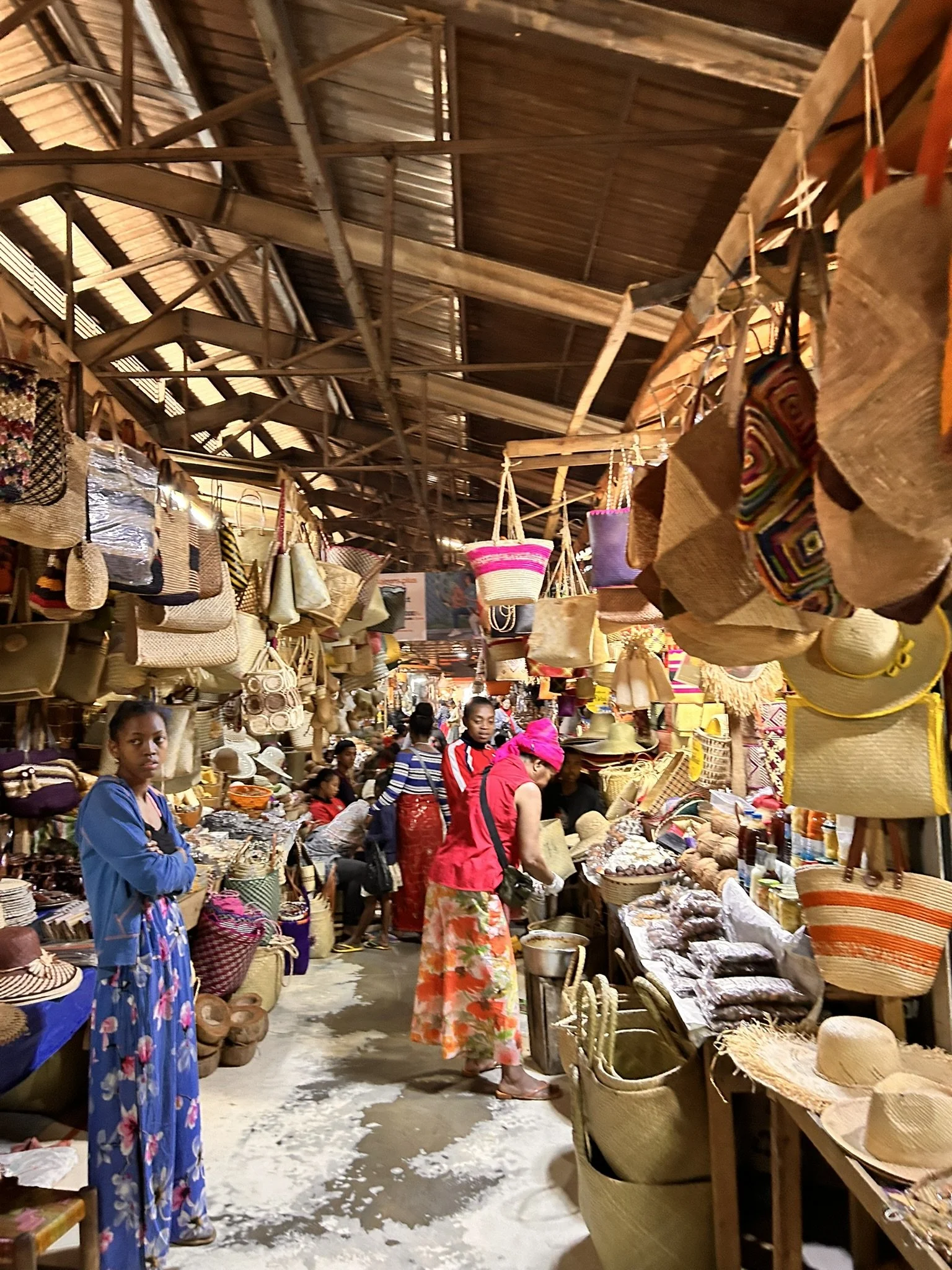
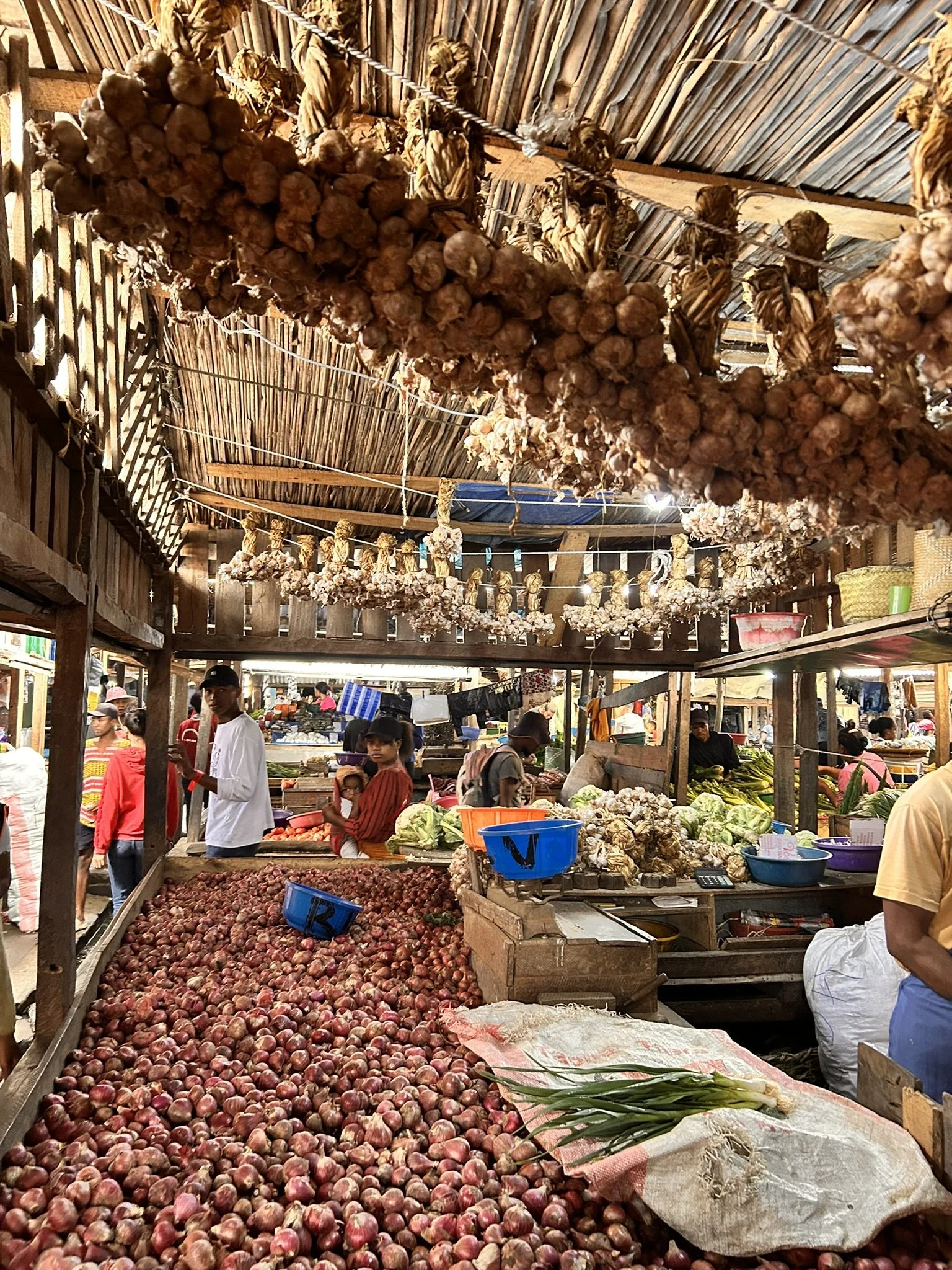
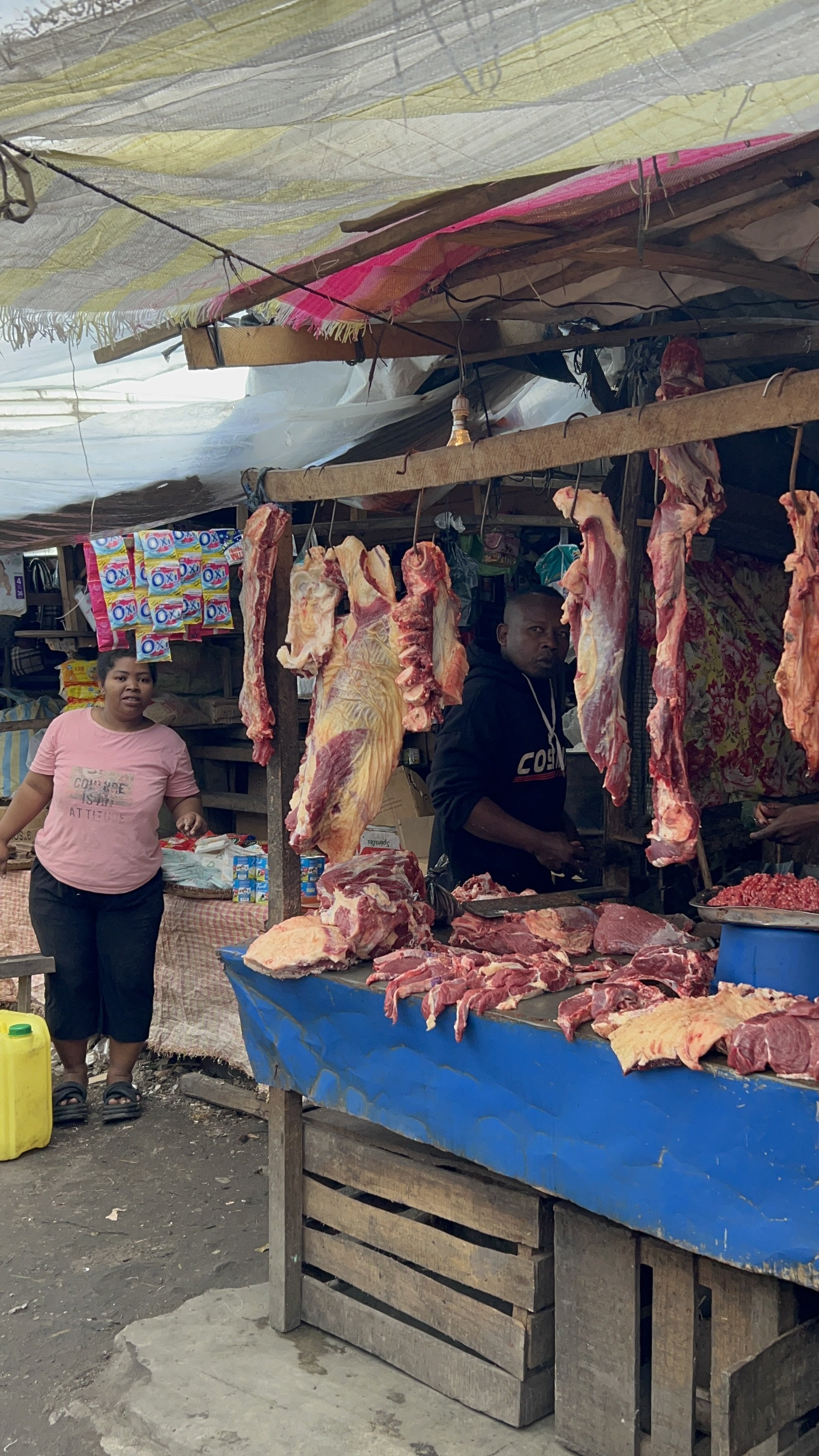
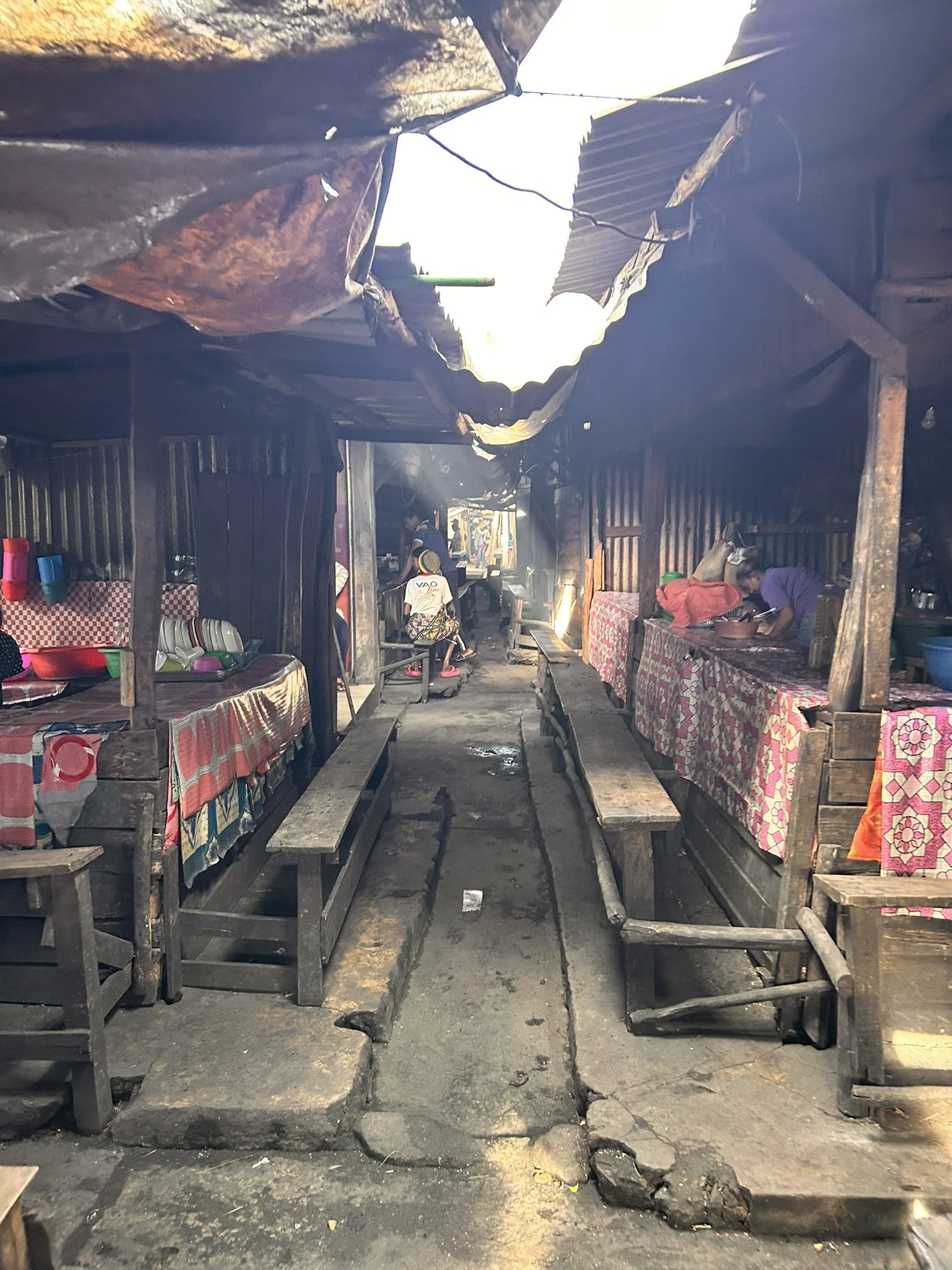
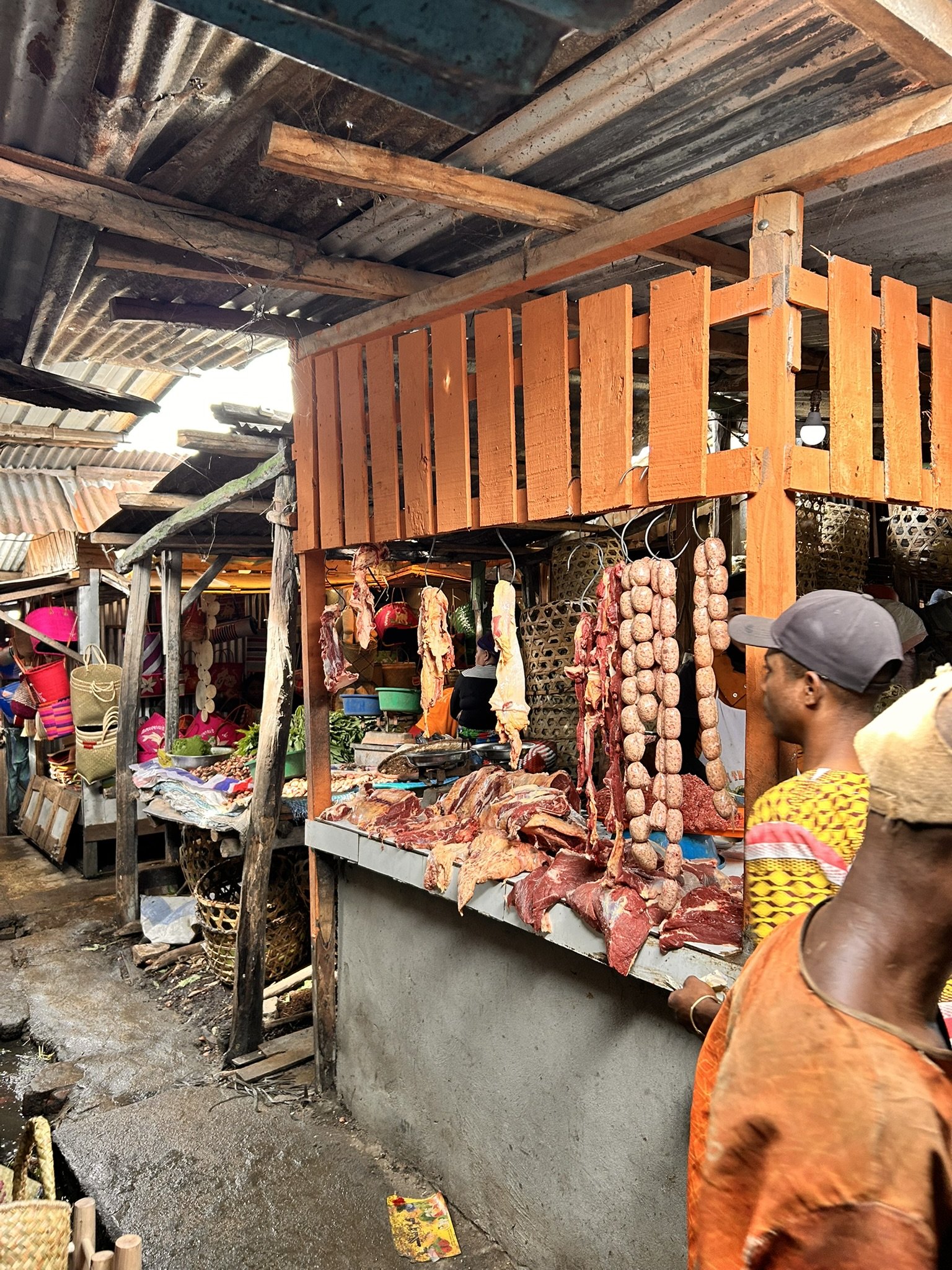
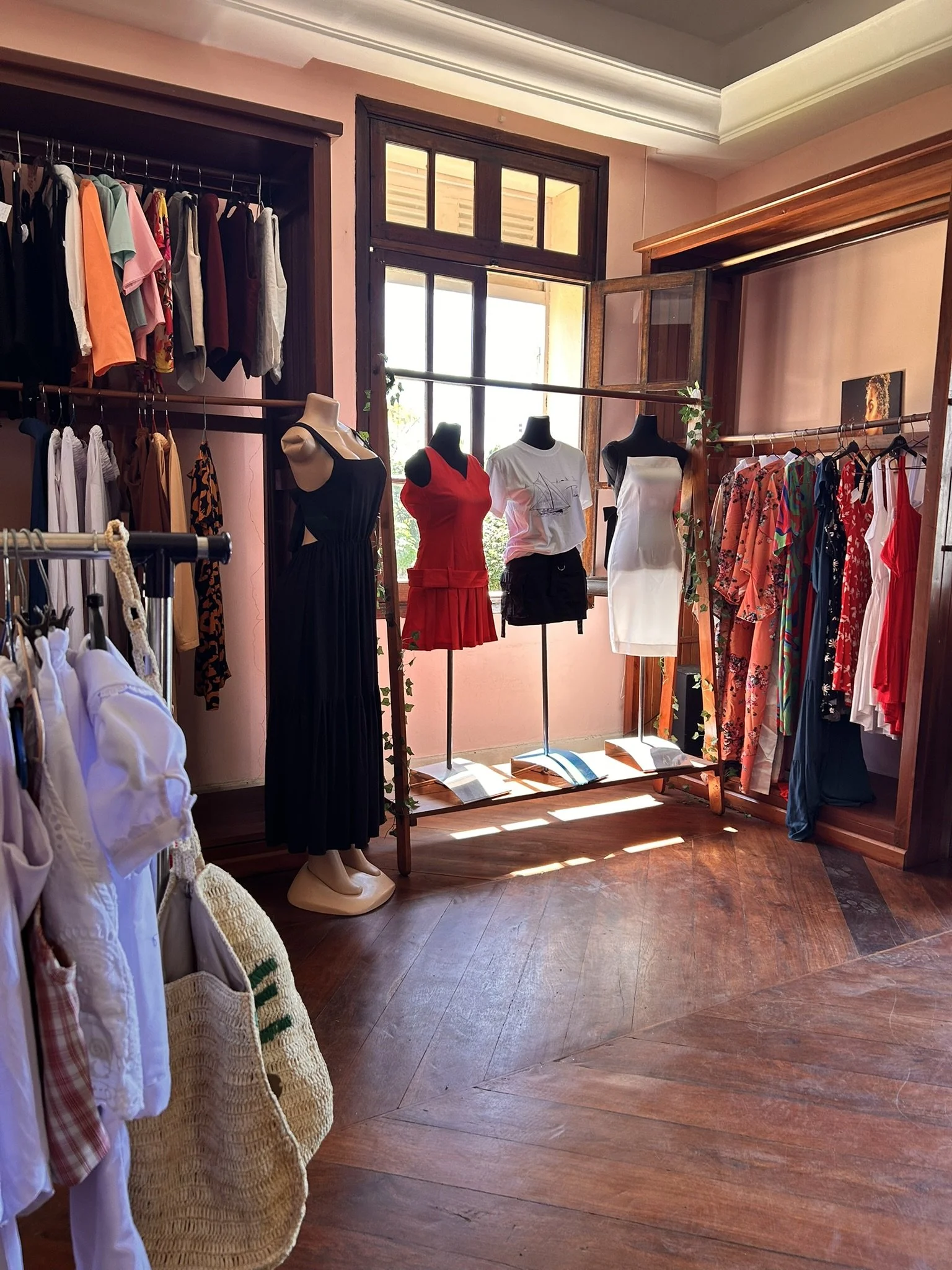
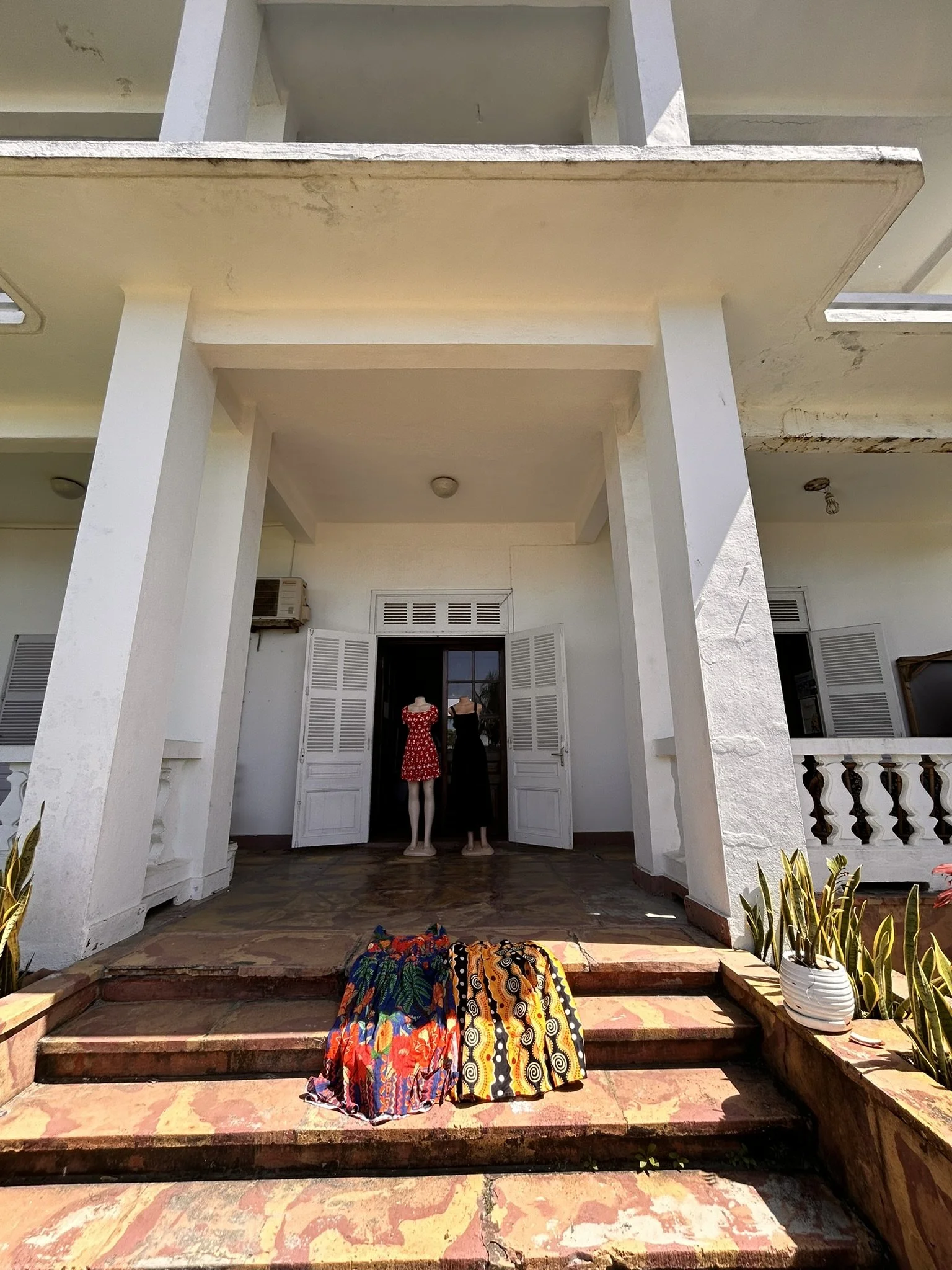
The Two Faces of Toamasina’s Markets
If you’re in Toamasina and want to dive headfirst into the real, unfiltered market scene, head to Bazar Kelly. This is the place where “rough and tough” isn’t a warning—it’s the charm. You might encounter maggots wriggling in your meat or veggies, but you’ll also find yourself swept into a dizzying maze of stalls and shops crammed under a patchwork of semi-covered roofs. The mud squelches underfoot, the air hums with chatter, and the smell is… unforgettable. Kelly is where anything and everything is for sale—if someone can find it, make it, cook it, or dream it up, it’s here. Best of all, the market boasts the richest variety of fabrics in town—riotous colors and patterns you won’t see anywhere else.
For something a little more “tourist-friendly,” Bazar Be offers a calmer but still colorful experience. Sure, you’ll still see meat sharing counter space with raw vegetables and rusty metal odds and ends, but here the real treasures are the arts and crafts. You can watch artisans at work—hands moving with practiced ease to weave baskets, carve wooden sculptures, or create intricate household tools. This is where I found the perfect hand-carved mask for my wall collection back home. I even coached my Belgian friend Natalie on the fine art of bartering—after all, if you’re going to buy half the market, you might as well get a good deal.
One of the most popular things to do—especially after a fabric run at Bazar Kelly—is to visit the “White House” Tailor. This place is legendary among locals and crew alike. Bring your fabric, and they’ll turn it into anything—skirts, shirts, bags, even ties. I had matching skirts and ties made for Edgar and I, and I can’t wait for the day we wear them out on a date and tell the story of how our outfits began in a bustling market on Madagascar’s east coast.

